- 2024 TRAVEL UPDATE
- Work with us
- Beyond Bologna
- Regions of Italy
- Travel books
- Best group tours
- Itineraries
- Accommodation guide
- Italian phrases for travel
- Rocket Italian review: 2024 update
- Ultimate Italy Travel Planner
- City Planners
- Essential Guides
- Italy themed gift ideas
- Trip planning services

How to plan an Italy trip
Want to know how to plan an Italy trip? You’ve come to the right place. Italy trip planning is one of our favorite things to do. So much so that we set up this website.
We wrote this article to take you step by step through planning your trip. From deciding when to go and how much it will cost to what to take and how to use your mobile phone, it’s all here to remove the overwhelm and make your trip planning easier. Even if you choose to hire a travel agent to assist with your bookings, it is a good idea to walk through these steps as it will help the agent build the best trip for you.
You can see an overview of the steps you need to follow in the article contents below. Follow our guide and you’ll be on your way to planning your own trip or choosing the right tour for you and your travel companions.
Article contents
Step 1 – Decide when you want to go and your budget
When to go to italy.
There is no bad time to visit Italy but there may be one that suits you better. Depending on your interests and the places you want to see you need to be aware of seasonal differences that you need to know about:
- Summer – June to August: peak tourist season, weather is hot and prices higher. Many Italians are on vacation and the coastal areas are very busy especially in mid August
- Fall / Autumn – September to November: September remains hot and busy in most of the major tourist centers. By October the weather is cooling and ferry services on the coast and lakes stop running. At this time grape harvest is in full swing. November is generally quite wet but there is lots of sunshine between the showers.
- Winter – December to February: As the weather cools so do the crowds. Attractions are much less busy and the lead up to Christmas is magical with lights and decorations in shop windows. In January and February restaurants in many coastal areas are closed. February’s Carnevale in Venice is generally one of the most expensive times to visit the city
- Spring – March to May: In March and April wildflowers bloom and the countryside is awash with color. Easter is a popular holiday for Europeans to visit Italian cities especially Rome, Florence and Venice.
NOTE: peak season in the most visited destinations is May – October.
Our favorite time to visit Italy in the shoulder months. In April and May and October and November the weather is generally sunny and mild, the crowds are manageable and you can find great value deals on your flight and accommodation.
Although we are past the worst of the pandemic and travel restrictions, things can change quickly – you can check our article Can you travel to Italy plus current situation. We update this regularly with the latest travel news.
READ: Our full article on the Best time to visit Italy
How much will it cost?
This will depend on your expectations, interests and travel style. You can travel very cheaply in Italy if you visit lesser-known regional areas and avoid the big cities. Even in the big cities it is possible to find free attractions and budget accommodation if you know where to look.
If you want to see the main sights and enjoy experiences such as cooking classes, private boat cruises and wine tours then the sky is really the limit when it comes to cost.
Most travelers fall somewhere in the middle however and a reasonable daily budget per person for food, transport and activities is around €100 on top of flights and accommodation.
READ: Our full article on Budgeting for your trip to Italy .
Expert Assistance
Need some help planning your trip?
Book in for a trip consultation with our expert Italy travel planners ready to help you build your dream vacation in Italy whether that be a classic first timer trip or an off the beaten path adventure
Step 2 – Do some preliminary research and preparation
Where to research your trip to italy.
From online news and magazines, blogs, Instagram, Facebook groups (check out Italy Travel Planning ) and even podcasts like ours – there are thousands of resources online. I am sure you’ve already seen quite a few of them already. Sometimes endless options can be overwhelming so we recommend collecting ideas in an online folder or scrapbook and organizing them into destinations that you really want to see.
You’ll probably want to “do it all” but really have a think about your interests and what will best suit you and your travel style. Once you have some ideas, it’s best to consult a structured resource to check your assumptions and thoughts.
Traditional guidebooks definitely have their place for planning a trip to Italy. Well researched and structured, they’ll give you in depth information on destinations and sights to see as well as practical tips to help you plan. Even after 30+ trips to Italy we still consult guidebooks for new destinations we want to visit. You can find our favorite Italy guidebooks here .
Italy travel planners
We noticed that even guidebooks can provide too much information in the planning process so we created one page travel planners for the top places to visit in Italy. Our planners tell you the top sights, best viewpoints, must have experiences and our favorite places to eat (including best gelato stops) in each place.
You can print them off or keep them on your phone and there’s a link to an online map so you can map out your days. We have guides for Rome, Florence, Venice, Milan, Cinque Terre, Amalfi Coast and Sorrento. Our goal is always to simplify the trip planning process and we know you will find them useful.
DISCOVER: Our Digital travel guides and planners .
Group tour itineraries
Tour companies – like ours ! – put a lot of effort into designing tours that cover the main sights and even lesser known regions. They know the times it takes to get around and how long you can stay in each place to get a taste or feel for the destination.
We often check itineraries of places we would like to visit as an input into our own planning. Here are some recommended tour companies and itineraries to investigate.
Private tours
If you want maximum flexibility and comfort, consider a private driving tour . From the moment you land, to when you depart, you’ll have a personal driver with local knowledge making sure your trip is exactly what you imagined.
Passports and visas
At this stage of your planning it is a good idea to check the validity of your passport and if you require a visa. Citizens of the United States, Australia, Canada, United Kingdom and New Zealand may enter Italy and stay up to 90 days without a visa within an 180 day period. You must have 6 months validity on your passport when you enter Italy. Go and check this now as it can take several months for new passports to be processed.
All other nationalities should check this Italian government site that will walk you through whether a visa is required for your visit.
Citizens of the European Union can travel with photo identification.
Please note – this information is subject to change and it is always best to check with your local foreign office for the latest advice on travel to Italy.
- United States – click here
- Australia – click here
- United Kingdom – click here
- Canada – click here
READ: Can you travel to Italy plus current situation .
Step 3 – Confirm your itinerary
Itinerary planning is where many people get stuck. We understand. There are so many amazing places to see in Italy that deciding where to go and how much time to spend there can be hard. As a general rule, we like to spend a minimum of three nights in each place to minimize time spent traveling and also enjoy each place as much as possible. So if you have a 10 day trip then 3 main stops would be a good baseline to start with.
Where to go
From your research, you probably have an idea of where you want to go. You may want to visit the popular cities and regions on your first trip however each city and region in Italy offers something special.
Most popular cities
Most popular regions.
On our site, you can also browse Italy’s lesser-known cities and regions on the destinations page or visit our article on hidden gems in Italy for inspiration.
Itinerary suggestions
As a general rule, for a 3-5 day trip we suggest choosing one destination – a city or region. If you have a week to 10 days then you can plan 1-3 places in either the north OR south of Italy. In a two week trip you could cover 3-4 places and see both north and south.
Try not to squeeze too much in. It’s easy to underestimate transit times and getting in and out of airports and train stations. Plus you want to have plenty of time to enjoy yourself and soak up every last moment.
Suggested itineraries
If it is your first trip to Italy, like many first-time visitors you may choose to start your journey in Rome and visit Florence and Venice. This 10 day Italy itinerary covers that route. It includes detailed instructions on how to make the most of your time in Italy.
Want our FREE Italy trip planning checklist? >> Click here .
Alternative 10 day itinerary suggestions
Most people travel to Italy for 10 to 14 days so we built some itinerary suggestions to cater for that time frame that cover both northern and southern Italy.
Group Tours
Packaged group tours of Italy are a popular way to travel and avoid the stress of planning your own trip. They are also a great option if you would like some company along the way. Here is a quick summary of popular tour companies:
- Untold Italy small group tours – we run exclusive small group tours for food and wine-loving travelers wanting to get off the beaten path to see hidden Italy beyond the major cities and tourist areas. We lead groups of 14 people on journeys of discovery to experience the regions of Sicily, Puglia, Piedmont, Tuscany, Umbria, Bologna and surrounds, Capri and the Cilento coasts > learn more
- Trafalgar – popular and well respected brand appealing to the 50+ age group. Travel is by coach and the focus is on culture and history. Expect group sizes of 40-45 passengers and 4 star hotels. Trafalgar also include interesting local experiences such as wine tastings and unique stays in their itineraries. Check out their popular Best of Italy tour
- Intrepid Travel – small group tours with an average of 10 travelers with plenty of free time built in for exploring. Their popular Italy Real Food Adventure is an 8 day itinerary that showcases their travel style well
- Peregrine – Intrepid’s premium brand offers some interesting hiking tours of the Italian Lakes and Amalfi Coast
- Tourradar – is a market place for group packaged tours where you can browse hundreds of package tours by different operators, and by date. You then filter by your interests and age group and read detailed reviews. You can browse fully organized tours to independent self-drive or train itineraries
READ: Our full article on the Best package tours for Italy .
When should you start booking your trip?
Italy is one of the most visited destinations in the world, so in our opinion, it is never too early to start the booking process. Book accommodation as soon as possible, and at least 6-12 months in advance especially for peak times in July and August. We prefer to pay the higher rate for flexible bookings on both Booking.com and Plum Guide .
Day tour and attractions also sell out months in advance at peak times. In 2020 our preferred booking site GetYourGuide refunded all tours canceled due to the pandemic and stand by their policy of allowing cancelations with a full refund up to 24 hours before your activity starts.
Flight bookings will depend on where you are flying from. For long haul flights the best deals are generally found 6-12 months in advance while deals pop up regularly for travel within Europe.
Rail bookings can be made up to 4 months in advance on high speed intercity and standard intercity trains.
Step 4 – Book your flights, inbound travel & insurance
Flights to italy.
It is easy to fly direct (or with a single stop) into Italy from most places in the world. Rome Fiumicino [Leonardo da Vinci](FCO) international airport is the main hub for air traffic but you can also easily fly into Milan Malpensa (MXP) or Venice Marco Polo (VCE) airports from major hubs around the world.
There are many other airports throughout the country that can be accessed within Italy and Europe. Pisa is useful for trips to Tuscany and the Cinque Terre and you will need to fly into both Sicily and Sardinia.
To source the best flight deals to Italy we use a combination of Skyscanner , CheapoAir and Google flights .
- Skyscanner – portal where you can view cheapest days and routes to fly and set alerts for price drops
- CheapoAir – uncovers the best deals on first and business class flights around the world
- Google flights – great for checking schedules and airline routes
Secure the best deals by setting up alerts on Skyscanner for the month you wish to travel and wait for price drops. It’s good to have a price that you wish to pay in mind but be prepared to be flexible on dates and stopovers. It is often cheaper to fly into Milan rather than Rome and that city is a useful entry point for northern Italy itineraries.
TIP: always use an incognito browser window to search for flight deals. Prices are amended up for users known to be searching for specific dates and times.
Inbound rail from within Europe
Major Italian cities – Milan, Rome, Florence and Venice – have fantastic fast speed train links from other capitals and major cities in Europe. The website Seat 61 is a great resource for planning train travel within Europe.
Bus travel to Italy
If you’re on a tight budget and traveling within Europe, then you might want to consider coming to Italy by bus. Low cost operator Flixbus covers 3,000 destinations in 39 countries.
You can compare schedules and prices using Omio – a useful site for booking a combination of train, bus and air travel within Europe.
Organize travel insurance
Once you have booked your flights or tour, we recommend organizing travel insurance straight away. The main reason you should purchase insurance is to cover health costs and emergency repatriation to your home country should you fall ill. Since 2020 you need to check whether there is cover provided for issues relating to covid19 however general health cover is recommended regardless.
Cover for cancelation, delays and loss of belongings is a bonus and again they may not apply under pandemic conditions. You need to read all the terms and conditions of your cover including any exclusions before you commit to buy.
Policy costs vary by your country of residence, what is covered, age, existing conditions and the insurer. You can visit Worldnomads for a quick quote. We use this company for our family travels and find the cost, coverage and claims process to be good to excellent.
Another option if you are in the United States is Safety Wing’s Nomad Insurance . Unfortunately neither option provides policies for those aged over 69. In this case you can try Travel Insurance Master – a service that allows you to compare quotes and insurance policies.
Step 5 – Book accommodation and transport
Accommodation.
Choosing where to stay at each stop is an important part of itinerary planning. Italy has many different options for tourists and you can expect the usual range of hotels and bed and breakfast accommodation as well as apartments and villas.
If you plan to spend any time in the country, consider staying at an agriturismo or farm stay. This is accommodation offered by Italian farmers who earn additional income by providing rooms and meals. Very popular in Italy and Europe, prices ranges from budget to luxurious. You can find agriturismi (plural) with swimming pools, hammams, restaurants and wine cellars. We always try to build them into our itinerary.
LISTEN: Find out about farm stays in Italy in this podcast episode .
How much will accommodation cost?
Here is a rough guide to average prices for a double room. This will vary with prices higher in popular areas at peak times
Upscale / Luxury – €210+ [USD $240+] per night Midrange / Boutique – €120-260 [USD $135-295] per night Budget / B&B – €70-130 [USD $80-150] per night Ultra budget / Hostel or shared room in AirBnB – €30-45 [USD $30-40] per night
Best accommodation sites
Our favorite sites for booking lodging are Booking.com and Plum Guide – between them, you’ll find a huge range of options from hotels and resorts to bed and breakfast, apartments and farm stay accommodation.
Plum Guide is particularly useful for longer stays in apartments and villas and if you’re traveling as a family and need some extra space. Use the code “Untold5” for a 5% discount here .
Other sites we use and recommend
- BookingsForYou – beautiful villas and apartments in Tuscany, Italian Lakes and Puglia – 5% for readers when you mention our site or code – UntoldItaly – when booking
- VRBO – has some great options for long stay villas and apartments, particularly on the Amalfi Coast
- Agriturismo.it – great for finding smaller farm stays but the booking engine is terrible. You can usually find the same properties on Booking.com
- Airbnb – we have used Airbnb on many occasions in Italy but are now finding better value and booking conditions on Booking.com and VRBO
LISTEN: To more accommodation options and what to look for in this podcast episode .
Further reading:
- Where to stay in Rome – a district by district guide to the best areas to stay
- Best places to stay in Florence – neighborhoods and areas best suited to your trip
- Where to stay in Venice – a neighborhood and area guide
- Where to stay in Milan – best areas, places and hotels
READ: Our Italy accommodation guide .
Transport while in Italy
As a general rule, if you are traveling between cities and major towns then the best way to travel around Italy is by train. If you want to explore the countryside and small villages you will need to rent a car.
When you are mapping out distances to travel between destinations use Google maps or Rome2Rio .
Train travel in Italy
Trains in Italy are modern and efficient. Fast speed services link the major cities and regional trains connect smaller towns and villages. Two major train networks operate throughout Italy – Italo and Trenitalia .
You should book in advance for high speed intercity services where seats are allocated. If you purchase non-flexible tickets you can make significant savings with advance bookings. They are not required on regional services.
READ: Our Complete guide to train travel in Italy .
Recommended train booking sites – Omio and The Trainline
You can book directly with the Italian operators or an easier way is with:
Omio – compare train times and prices across both Trenitalia and Italo schedules and keep your ticket details on their handy app. Click here to search for rail tickets on Omio
The Trainline is a similar service to Omio offering schedules, pricing and booking for train companies in Italy and Europe. They also have a useful app and great instructions in English. Click here to search for rail tickets on The Trainline
High speed train intercity travel times on popular routes
Rome to Florence – 1 hour 30 minutes Rome to Naples – 1 hour 15 minutes Rome to Milan – 3 hours Rome to Venice – 4 hours Florence to Venice – 2 hours Florence to Milan – 2 hours
Car rental in Italy
One of the best ways to see the smaller towns and countryside in Italy is to rent a car and take to the open road. Driving in Italy is quite straightforward. You just need to do some forward planning and use your common sense. Here are some tips to
- You are required to carry an International Drivers Permit – these can be arranged in your home country at minimal cost
- Standard transmission on cars is manual or stick shift. If you want to rent an automatic car expect to pay extra, if you can find one available
- Rent the smallest car you can to fit you and your luggage – roads are often narrow and you don’t want to get stuck!
- Heavy fines apply if you enter ZTL zones or historic districts where driving is not allowed
We use both Car Rental by booking.com and AutoEurope to find the best car rental deals in Italy including one way options. They both search international and local providers so you get a wide variety of choice and there is 24/7 support if you need it. AutoEurope is usually your best option if you want a one way rental.
Click here to search for car rentals in Italy with Car Rental by booking.com .
READ: Our guide to Renting a car in Italy .
Internal flights
If you want to visit the islands of Sicily or Sardinia, or travel very long distances, flying makes the most sense.
Check on Skyscanner or Google flights for routes and prices. Remember to set alerts for those routes you want to fly and book early for flights in the summer months.
READ: Our guide to all transportation in Italy .
Step 6 – Book Attractions, tours and activities
Major attractions.
The major cities of Italy – Rome, Florence, Venice and Milan – are some of the busiest cities for tourists in the world. And most visitors want to spend time at their famous attractions
We strongly advise you to prebook advance skip-the-line tickets for the following attractions – the Colosseum, Vatican Museums, Uffizi Gallery and Doge’s Palace. Otherwise, you could spend precious vacation hours standing in lines to enter these sites. Note – in winter months booking in advance is not as necessary.
We have given you the official booking sites and an alternative for approved ticket partners should you have trouble using the official site – unfortunately, that happens a lot! The direct sites are usually cheaper but the partner sites are generally more user friendly. Always check the terms and conditions of your purchase, particularly in relation to changes and refunds. GetYourGuide has a very easy cancelation policy which in many cases allows cancelation with refunds up to 24 hours prior to departure.
- Colosseum – official ticket site OR buy Colosseum tickets on Get Your Guide
- Vatican Museums – official ticket site OR buy Vatican Museum tickets on Get Your Guide
- Omnia pass – Colosseum + Vatican + one other museum + hop on, hop off bus – click here for details
- Uffizi Gallery – official ticket site OR buy Uffizi tickets on Get Your Guide
- ‘David’ statue [Accademia Gallery] – official ticket site OR buy Accademia tickets on Get Your Guide
- Duomo roof climb – official ticket site OR buy Dome climb tickets on Get Your Guide
- Doge’s Palace – official ticket site OR buy Doge’s palace tickets on Get Your Guide
- San Marco basilica – official skip the line tickets OR buy a tour of San Marco including tickets on Get Your Guide
- ‘Last Supper’ painting – official ticket site OR buy Last Supper tickets on Get Your Guide
- Duomo rooftop – official ticket site OR buy Duomo tickets on Get Your Guide
READ: Our full review of Get Your Guide .
If you want to learn about the sites you are visiting then we recommend a group day tour. We prefer small group or private tours where you learn about the culture and history of the places you are visiting. It’s so much more fun than reading plaques and you are also able to ask questions.
So make sure to build in a couple of tours when you are planning a trip to Italy.
Our favorite small group tour companies are Take Walks (formerly Walks of Italy) and Liv Tours and we prefer With Locals for private tours. Both offer very well designed and engaging tours of the major sights in Italy as well as interesting food and cultural tours.
- Take Walks have a longstanding reputation for excellent service, groups under 20 people and guaranteed departures. So if you are the only person booked on a tour it will still go ahead. We recently enjoyed our Colosseum at night tour and day trip to Tuscany with them
- Liv Tours – family run Italian company offering true small group tours of 6 people or less. All of their tours use expert guides who will help you fall in love with Italian history, culture, and food. Tours include a popular golf cart tour of Rome’s highlights and their fascinating Women’s history tours
- With Locals offer great value private tours. You choose from a series of set itineraries and guides in cities across Italy. There are tours focused on history, food, culture and other themes or they can be customized them for your group. We tried their 10 Tastes of Naples recently and it was lots of fun. They also have great options for families
- Eating Europe – food tour specialists who will ensure you discover the best local dishes
Save 5% on Liv Tours with code – ‘untold italy’ >> click here to browse tours
- Rome: A 3 Day Itinerary
- The best tours in Rome
- Unmissable day trips from Florence
- Day trip from Rome to Pompeii
- Best tours of the Vatican
- Tickets and tours for the Colosseum
- Rome’s best food tours
Activities and experiences
Seeing the sights of Italy is always a treat but you’ll also love immersing yourself in Italian culture. These days you can choose from a wide range of experiences and activities. From food and wine tours, to football matches, concerts and exploring the countryside by vintage car, there are memorable experiences to suit you.
Recommended experiences
- Cooking class with Nonna Nerina near Rome – Grandma Nerina teaches you how to make fresh pasta and welcomes you into her home. If you can’t wait until you get to Italy to do this she also does online classes
- Capri boat trip – small group on a private boat means a slower pace and more time to see the island. You can read what to expect on this day trip here
Our favorite companies for searching for interesting and unique things to do in Italy are:
- Cookly – cooking class and food and wine experiences like truffle hunting from small operators across Italy
- Get Your Guide – has the biggest listing of tours and experiences
Step 7 – Get ready for departure
Organize your money and credit card.
The local currency in Italy is the € Euro.
You do not need to carry too much cash when you are there. Credit and debit cards VISA and Mastercard are widely accepted while American Express and Diners Club are not as popular. You may want to consider a foreign currency card like the Wise Mastercard where you can convert Euros easily and cheaply from your US dollar, Australian dollar or Canadian dollar accounts (plus many other currencies)
Be aware of foreign currency charges and ATM withdrawal fees applied to your account when you are abroad. You may want to review the cards you are taking with you prior to your trip. We recommend that you take two – one as a back up for emergencies. And inform your bank before you go. Sometimes they can be overzealous and place a block on your card if they see unusual activity.
Book airport transfers
Planning your arrival in Italy is recommended. Most of the airports are a fair way out from the city center – and in the case of Venice, in the middle of a lagoon!
Compare different transfer services on Suntransfers – a company that specializes in transfer options from major airports. They have options to suit all budgets and prices for coach, mini bus, private car and limo services.
Rome – transfers from Fiumicino airport
Taxis are fine to take in Rome. There is a set rate into the center of €48 and the ride takes around 45 minutes. Or, if you would prefer to be met at the airport you can pre-book a transfer. A transfer is the best option if you are traveling with more than 2 people and have several items of luggage. We recommend:
- Welcome Pickups – available 24/7, a private car transfer means you are met at the arrivals hall and will take between 30 minutes and one hour door-to-door.
- Suntransfers – offers a wide range of vehicles for groups of all sizes. Transfers can be canceled up to 48 hours in advance with no penalty.
Another popular way to transfer into Rome is to take the Leonardo Express train . This non-stop service between Fiumicino and Rome Termini (the main station) takes 32 minutes. Trains depart every half hour from 6:08 to 23:23, and the cost is €14. You can purchase tickets at the station on the day. Unless you are staying close to Termini you will then need to get a taxi to your accommodation.
The cheapest transfer option – this bus goes direct from the airport to Termini – €6-7 one way.
READ: Our full article on Rome airport transfers .
Venice transfers
The water bus company Alilaguna runs shuttles every 15 -30 minutes in peak season to and from the airport and the islands on the lagoon. This bus stops at San Marco and Rialto as well as some other secondary stops. The fare is €8 one way €15 return and the journey takes 1½ hours – you can book online here
A private boat transfer or shared transfer in a water taxi is the fastest (and most glamorous) way to transfer to your accommodation in Venice. Journey times and prices depend on the number of people in your party and exclusivity. A direct private transfer to the airport takes around 45 minutes.
- Private transfer – around €200 for 6 people – book here
- Shared water taxi transfer – around €32 per person – book here
You can also take a taxi (cost €25) or express airport bus to Piazzale Roma (cost €8) and then take a vaporetto (water bus) or walk your hotel/accommodation. A one way trip on the ferry costs €7 per person and is valid for 60 minutes.
READ: Our full article on Venice airport transfers> .
Florence transfers from Florence airport
Florence airport is very close to the city center and a 15 minute taxi ride away. There is also an airport bus that takes around 20 minutes. A 20 minute tram ride takes you to the main Santa Maria Novella train station and costs €1.50.
Florence transfers from Pisa airport
Many people fly to Pisa to reach Florence as it is a larger airport. If you arrive during the day take the PisaMover train to Pisa Centrale train station – journey time 5 minutes. Then take a train to Florence. Starts at 6.00 am and the last train departs at midnight and it costs €5.00.
On our last visit we arranged a transfer with Suntransfers as we arrived too late for the last train. There is also a coach transfer option.
Amalfi Coast or Sorrento transfers from Naples airport or train station
We recommend organizing a private transfer for this journey. The train, ferry and bus via Sorrento can take 4 hours while a car service is around 1.5 hours. You can compare different services on Suntransfers – a site specializing in ground transportation.
You may find sites or groups where specific drivers are recommended. We do not recommend booking a driver this way for safety reasons – how do you know that the person recommending the driver is reputable, let alone the driver? And also for practical reasons – small operators may not have capacity or availability.
Plan how to access the internet
Consider how you will access the internet on your trip. You may be happy to disconnect and use paper or offline maps however many of us need internet access.
Italy has high speed internet and there are many options to stay connected depending on your needs. If you use minimal data and are happy to use offline maps and guides then you should be able to get by using wifi at your hotel or accommodation. Do not expect wifi to be available in restaurants and cafes because in Italy restaurants are for eating.
If you plan to use wifi make sure to turn off international data roaming before your trip to avoid unpleasant bill surprises.
Paid internet options
- Use your provider’s roaming plan – usually very expensive and slow speeds if coming from outside Europe
- Local SIM – purchase a tourist SIM before your depart or when you arrive that has enough data for map navigation and research. Italian provider TIM comes highly recommended and there are outlets at the airports and train stations
- Portable wifi device – connect multiple devices to high speed internet for reasonable prices. We use and recommend Solis Wifi (Get 10% off with our code – UNTOLDM )
READ: Our full guide to Cellphones and getting online in Italy (SIMs, wifi and more) .
Packing for your Italy trip
The key to packing for Italy is to pack the minimum that you need. Many people like to take carry-on luggage only for their trips. This is a great way to travel as you will find it much easier managing trains, cobblestones and stairs that are a feature of travel in Italy.
But, most of us find that a challenge, so try to stick to a medium bag per person plus one carry on item. Large suitcases are not a good idea. You will also thank yourself if you consider your footwear carefully. Three comfortable pairs will see you through most trips.
Note – We have a complete packing guide coming soon.
LISTEN: to packing strategies in this podcast episode .
Must have items for your trip
- Luggage – get the size right with our guide to the best luggage for Italy
- Untold Italy travel planners – one page checklists of the must see sights, restaurants and gelato bars in Italy’s most popular places
- Collapsible water bottle – stay hydrated and fill up at free water fountains all over Italy
- Camera – for your vacation snaps. We recommend lightweight mirrorless models like these ones
- Packing cubes – these make packing, organizing your luggage and unpacking so easy. We love them!
- Power cube – don’t bring lots of bulky converters. This one has 3 USB ports
- Battery pack – keep all your devices charged
- Plug adapter – you will need one!
- Face masks – for your safety and you may be required to wear one indoors
- Hand sanitizer wipes – to keep germs at bay
READ: Our Complete packing guide for Italy .
Get started and plan your Italy trip now!
We hope you now have more confidence to start planning your trip to Italy. This will no doubt be a trip that you’ll remember and cherish for years to come. And, like many of us, you may find it sparks a passion to return to bella Italia again and again.
Latest Italy Travel Podcasts and Articles
Can you travel to italy – latest travel information [june 2024], how to pack for your trip to italy, hidden gems in italy – off the beaten path from north to south, transportation in italy, 3 days in rome: itinerary ideas for visiting the eternal city, episode #225: avoiding italy trip planning mistakes – 2024 edition, italy in november – reasons to visit and what to expect, italy in september – reasons to visit and what to expect, planning a trip to italy.
We love travel in Italy and sharing our knowledge. Read our Italy trip planning guide or join our FREE Italy travel planning community . Our 140,000+ members are happy to answer questions about your itinerary, how to get from place to place, the best places to stay and fun things to do.
Sign up for our news and podcast updates where we share mini guides, tips, exclusive deals and more and we'll send you our Italy Trip Planning Checklist to say grazie ! >> click here to subscribe

Navigate forward to interact with the calendar and select a date. Press the question mark key to get the keyboard shortcuts for changing dates.
Navigate backward to interact with the calendar and select a date. Press the question mark key to get the keyboard shortcuts for changing dates.
Italy Trip Planner
Top destinations in italy.

Top attractions in Italy

Other notable attractions

Explore nearby places
- La Massimina-Casal Lumbroso
- Rocca Santo Stefano
- Cerreto Laziale
- Isola Farnese
- Torrimpietra
- Casal Palocco
- Ostia Antica
- Tragliatella
- Castel Romano
- Fonte Nuova
- Lido di Ostia
- Anguillara Sabazia
All related maps of Italy
- Map of Italy
- Map of La Massimina-Casal Lumbroso
- Map of Rocca Santo Stefano
- Map of Ladispoli
- Map of Rome
- Map of Cerreto Laziale
- Map of Gorga
- Map of Isola Farnese
- Map of Acilia
- Map of Torrimpietra
- Map of Maccarese
- Map of Casal Palocco
- Map of Fregene
- Map of Ostia Antica
- Map of Roiate
- Map of Tragliatella
- Map of Palidoro
- Map of Focene
- Map of Infernetto
- Map of Aranova
- Map of Cesano
- Map of Ciampino
- Map of Formello
- Map of Torre Gaia
- Map of Castel Romano
- Map of Fiumicino
- Map of Fonte Nuova
- Map of Lido di Ostia
- Map of Sacrofano
- Map of Anguillara Sabazia
- Map of Riano
Italy throughout the year
- Italy in January
- Italy in February
- Italy in March
- Italy in April
- Italy in May
- Italy in June
- Italy in July
- Italy in August
- Italy in September
- Italy in October
- Italy in November
- Italy in December
Q&A about Italy
Add places from guides with 1 click, collaborate with friends in real time, import flight and hotel reservations, expense tracking and splitting, checklists for anything, get personalized suggestions.
4.9 on App Store, 4.7 on Google Play

BEST of Italy in 2 Weeks: Detailed 14-Day Itinerary (+Map & Planning Tips)
By Author Jurga
Posted on Last updated: June 3, 2024
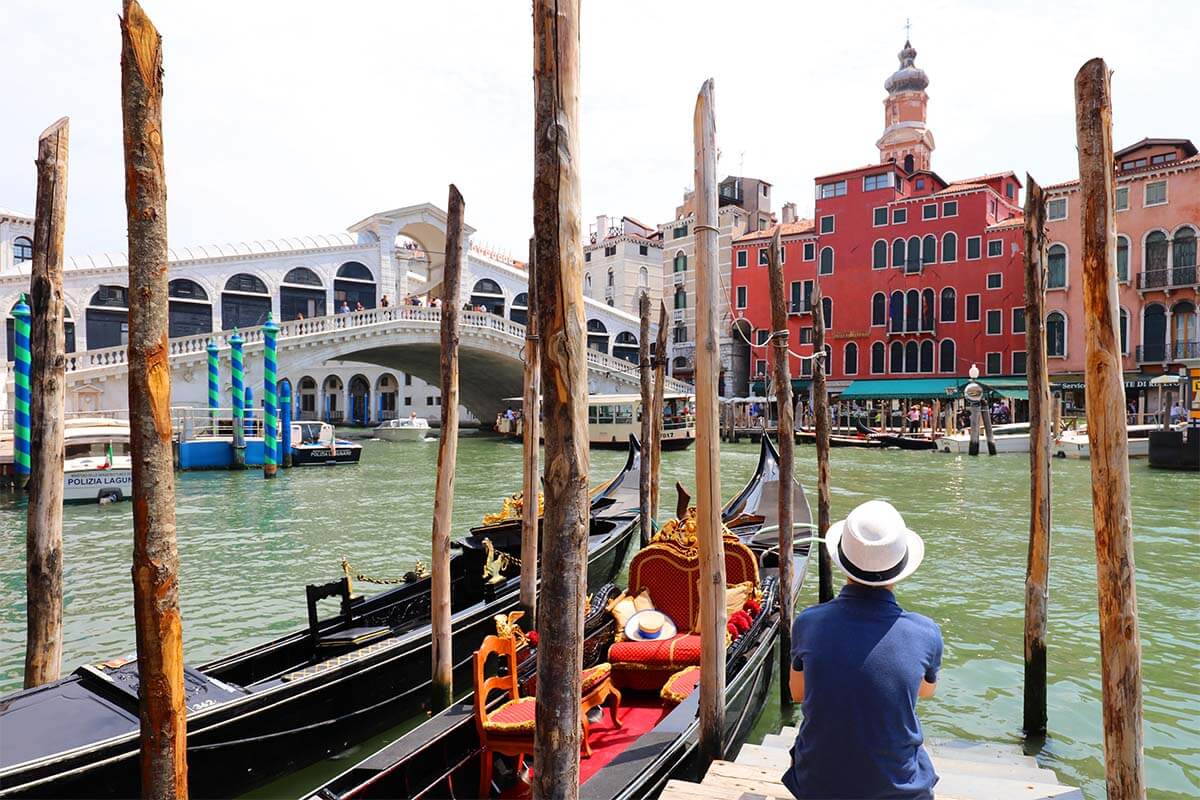
Planning a trip to Italy for the first time and getting overwhelmed? You are not alone! We get this question all the time: ‘What is the best Italy itinerary for a first trip’ ?
In all honesty, there is no one ‘best’ way to plan a trip to Italy. It’s a big and incredibly beautiful country and pretty much everywhere is worth visiting. But if this is your first trip to Italy and you don’t know where to start, I recommend focusing on the ‘musts’ – some of the most beautiful places in Italy that everyone should see at least once in a lifetime.
To help you plan a trip, in this guide, we share a detailed 2-week Italy itinerary that brings you to all the most famous places in the country : Rome, Florence, Venice, Milan, but also the famous Leaning Tower of Pisa, Tuscan countryside, Cinque Terre, Amalfi Coast, Pompeii, and a few other destinations that should be at the top of every Italy bucket list.
Will you see everything in Italy in two weeks? No, definitely not! But if you want to see the main highlights and get a good idea of what Italy is about, this itinerary is a great first introduction to this amazing country. And take my word for it – you will want to go back and explore more!
So why do we recommend 2 weeks? In my opinion, you really need at least two weeks in order to quickly see all the ‘musts’ in Italy. If you have just a week or ten days, don’t worry – Italy is still more than worth a trip (it always is!). But if you want to cover all the main highlights, you’ll really need at least 12-15 days.
In this article, we focus on helping you make the most of your first trip and plan the most complete Italy itinerary in 2 weeks. At the bottom of this guide, you can also find our additional suggestions on places to see if you have more time.
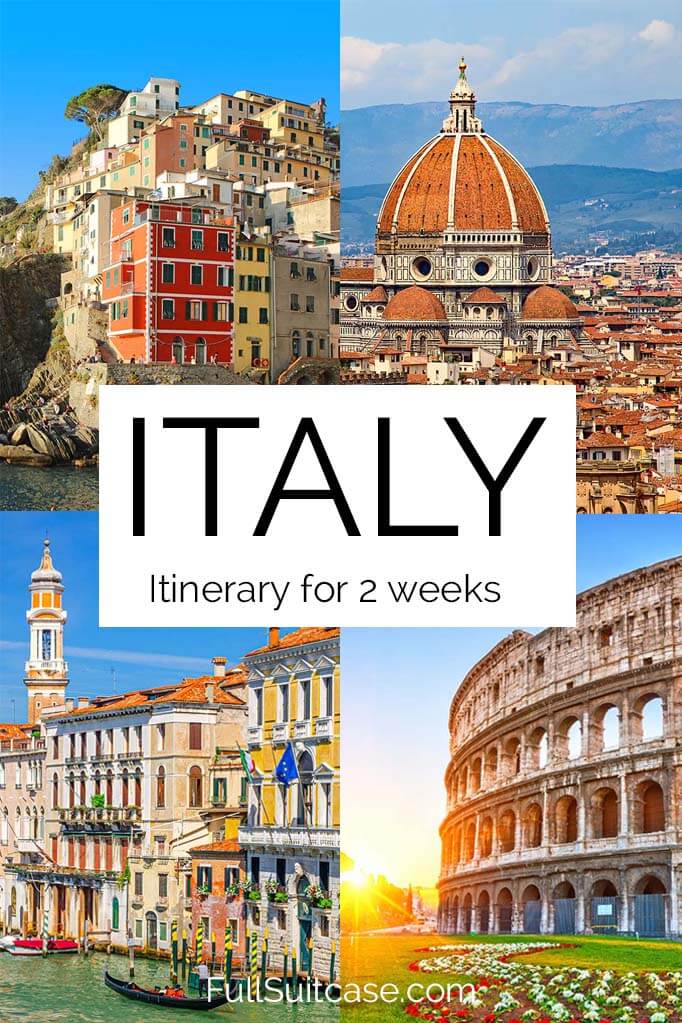
Good to know: You can visit Italy in any season and this trip itinerary is suitable for any time of the year. Some coastal areas might be a bit deserted in winter, but if you absolutely want to see them, it’s possible too.
Also, this itinerary is structured in such a way that you don’t have to change hotels too often . This will save you time for practicalities and leave more time to explore.
Since most of the places covered in this Italian itinerary are cities, we DO NOT recommend renting a car for this trip . You can’t do much with a car in Rome or in Venice and you can easily travel between the main cities by train . And for those few places where it would be useful to have a car, you can take day tours (you can find all this info in our article).
If you want to explore a few places in northern Italy deeper, you could rent a car after you visit Venice and then return it in Milan . Depending on what exactly you want to see, it might make sense to consider hiring a car for this part of the trip.
How to use this itinerary: As you’ll see, this 2-week trip starts in Rome and ends in Milan . Both cities have major international airports and it’s quite easy to find flights to/from Rome or Milan from pretty much anywhere in the world. Of course, you can do the trip in the other direction, or you can also make a round trip starting and ending at any of the cities mentioned below . This itinerary is solely meant to give you an idea of what can be done and how you can plan a 2-week trip to Italy.
MAP: To help you get a better idea of where all these places are located, we also created a map indicating all the places covered by our itinerary.
Take a look!
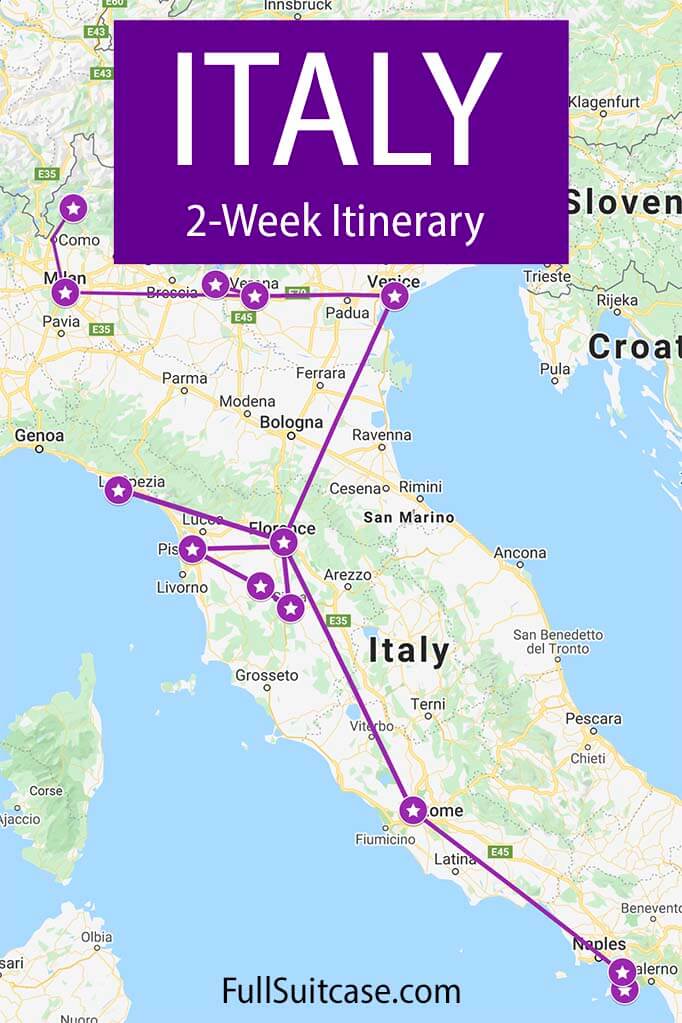
This is our recommended Italy itinerary that covers all the best places in two weeks:
Day 1: Arrival in Rome
There is no better place to start your Italian vacation than in the Eternal City – the capital city of Italy – Rome .
For this itinerary, I recommend that you spend at least 3 full days in Rome: 2 days in the city itself, plus make a day trip to Pompeii and the Amalfi Coast. This way, you won’t have to change hotels too often and can see (albeit very shortly) some of the best places in southern Italy as well.
Depending on when your flight arrives, you might be able to see some of the landmarks of Rome on the first day already.
TIP: If you can make it, I highly recommend joining an evening walking tour of the city’s highlights – it’s a great first introduction to the city!
Accommodation: Stay in Rome for 4 nights. Here you can find our guide to the best area to stay in Rome . We recently stayed at 9Hotel Cesari and loved it (especially the breakfasts on their rooftop terrace). On a bit lower budget, Hotel Accademia is an excellent choice, and you’ll find many other hotels in the same area.
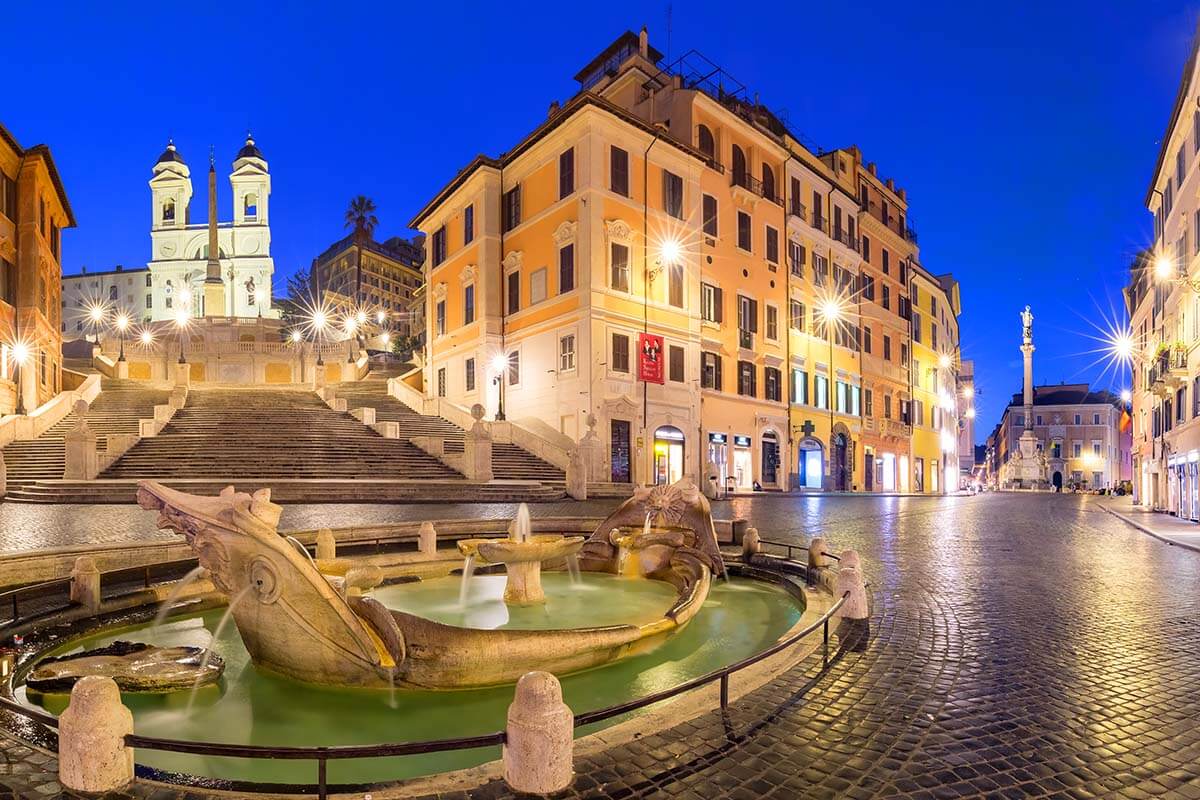
Days 2-3: Rome
While two days are really short for Rome, if you plan well, you can see most of the ‘musts’ in just 2 days.
We recommend focusing on the main attractions, such as the Vatican , the Colosseum , and all the famous sights in the historic city center (Trevi Fountain, Pantheon, etc.). In addition, you can also add one or two more local experiences such as e.g. a food tour . It will make your visit more memorable and also a bit more relaxing!
Good to know: Be sure to book your tickets/tours for the Colosseum and also for the Vatican in advance!!! Both are extremely popular attractions and tickets often sell out (in high season, sometimes a few weeks in advance). Tip! This Rome Tourist Card allows you to book timed entry tickets for both these attractions in one place, so you’ll also immediately see what is open on the day when you are there (and can adjust your itinerary if needed).
TIP: If you didn’t get the tickets in advance and they are sold out, you can usually still join one or the other guided tour (they usually have access to tickets that are reserved for tour groups). In any case, at least for the Colosseum and the Roman Forum, we highly recommend going with a guided tour rather than on your own. We took this amazing tour that also includes the Colosseum Underground and Arena Floor (these levels are not included with the regular ticket).
For more info on what to see and how to best plan your time, please see our 2-day Rome itinerary below . This itinerary includes all the top sights that you absolutely shouldn’t miss, a detailed schedule, as well as our experience-based tips on how to make the most of your short visit. Check it out!
LEARN MORE: How to see the best of Rome in 2 days
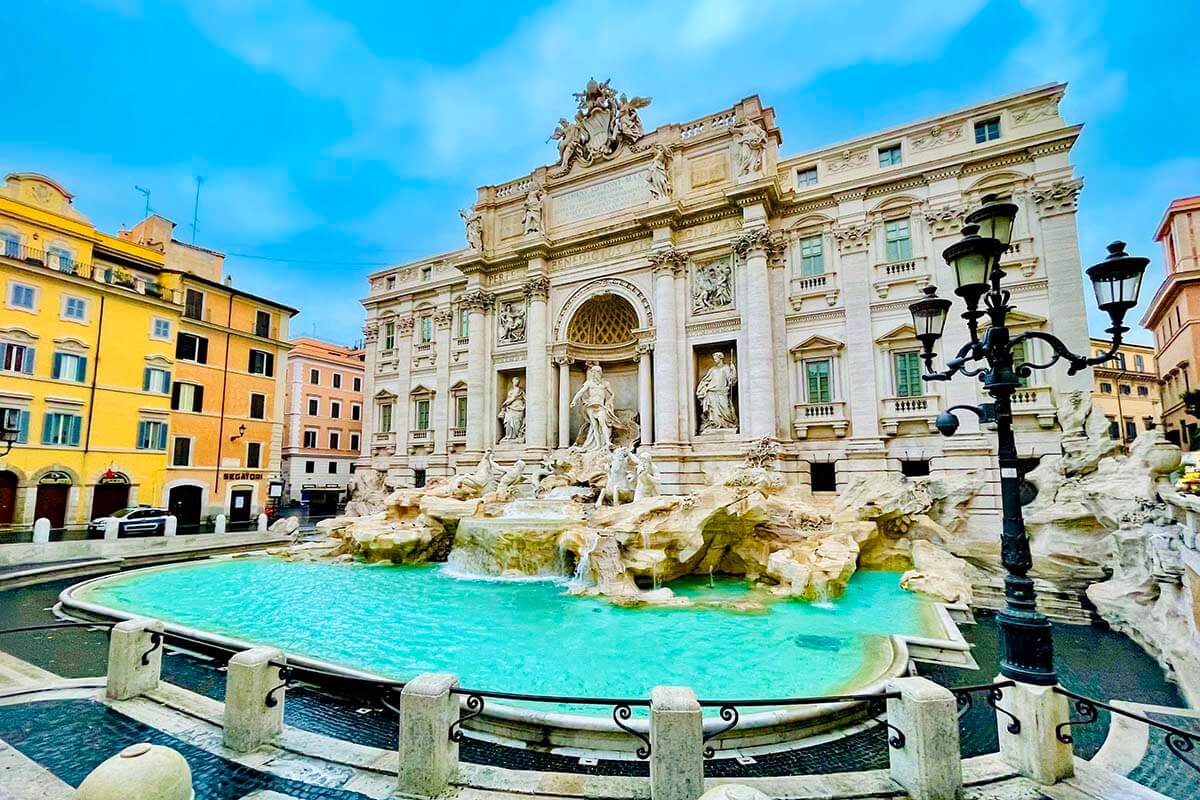
Day 4: Pompeii & Amalfi Coast day trip from Rome
You could easily spend this day in Rome and find plenty to do too. But if you want to make the most out of your two weeks in Italy, we recommend visiting Pompeii and the Amalfi Coast as a day trip from Rome . You don’t necessarily have to do it on day 4 of this itinerary; days 2 or 3 would work too, so you can move things around depending on your preference.
It’s quite a long drive to get to Pompeii from Rome, but if this is your first time in Italy and you want to see as many of the most famous places, then it’s probably worth it.
There are various tours that visit Pompeii and either Mt Vesuvius , Amalfi Coast , or Naples from Rome in one day. Any of these tours will be rushed if you only have a day, but all are really nice and you can’t really go wrong with either option.
- If visiting in the warmest months (+-March to October), we recommend this tour . It includes Pompeii and the Amalfi Coast.
- If visiting in the lower season, we recommend this tour . In winter, it brings you to Pompeii and Naples.
TIP: If you’re just interested in the city of Naples, you can also easily come here for a day by train from Rome. In that case, see our recommended 1-day Naples itinerary . Here you can also find a more detailed guide to the best things to do in Naples .
And if you have a few days extra to add to your Italy itinerary, definitely consider spending more time in this area. In that case, you could probably better fly to Naples first, before going to Rome.
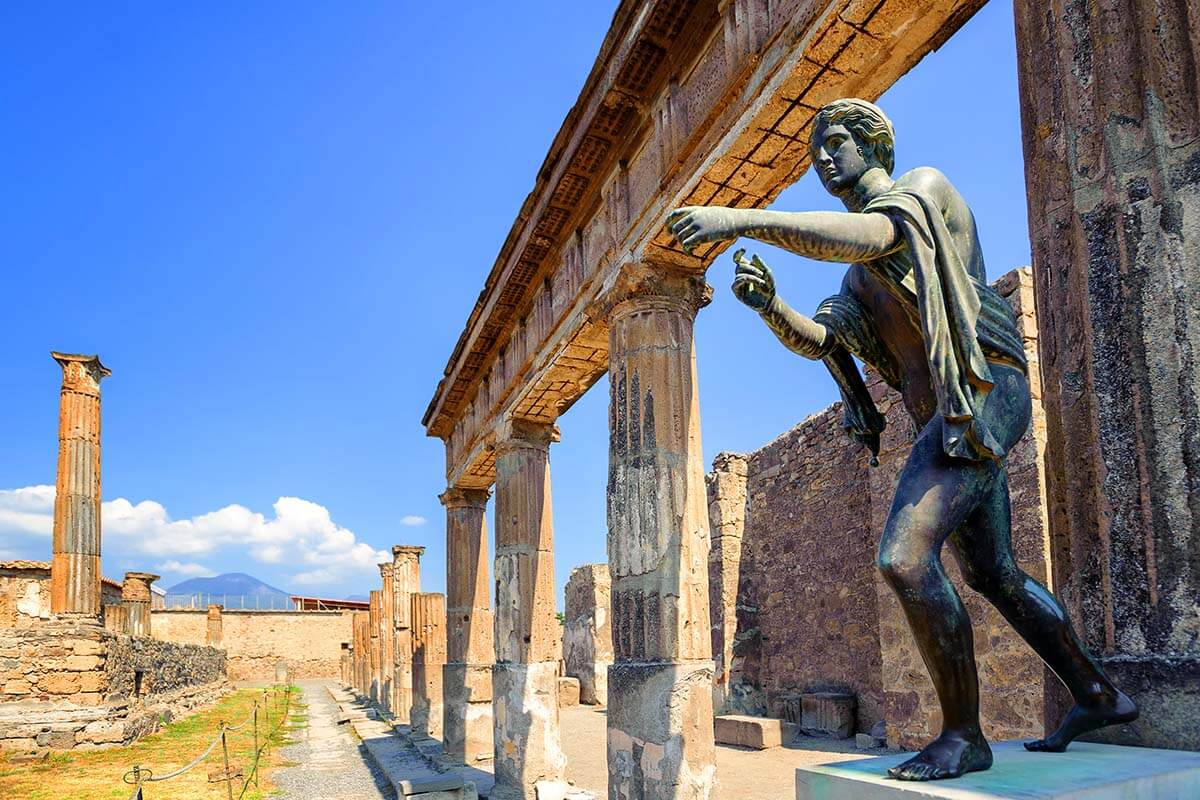
Alternative: If you don’t feel like doing a 12-13-hour day tour to Pompeii and rather stay in Rome, it’s a great choice too. In that case, we recommend getting a bit off the beaten path and visiting some of the most incredible ancient sites in Rome .
We recently did this amazing e-bike tour that brings you to the famous Appian Way, Roman aqueducts, and catacombs.
And with the extra time left in the city, you could visit some of the hidden gems of Rome or see some of the best viewpoints .
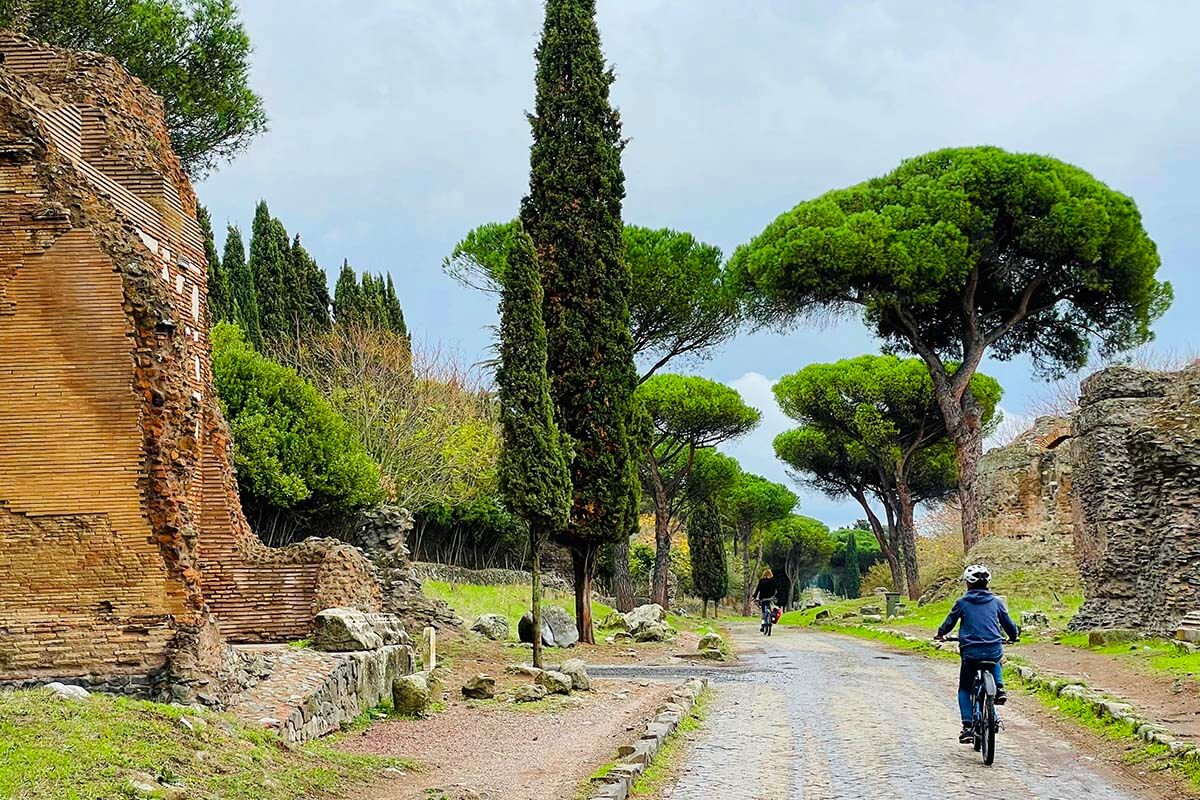
Day 5: Rome to Florence & visit Florence
Next on your Italy itinerary is Tuscany , one of the most beautiful regions in the country. We recommend basing yourself in Florence for the next few days. Florence is one of the most beautiful cities in Italy and is well worth a visit, but there are also some really nice places that you can see nearby. With just a few days here, you’ll have difficulties choosing where to go and what to skip!
Florence is just a short ride from Rome (+-1.5 hrs by train). Try to get an early train so you have enough time to explore the city after you arrive and drop off your luggage at your hotel.
On the first day in Florence, be sure to visit the musts, such as the Duomo Cathedral, the Uffizi Gallery, and/or Accademia Gallery . Depending on your interests, you can visit one or all three, but be sure to plan it well.
Good to know: All these places require a ticket and are extremely popular, so it’s essential to get tickets/tours in advance! Having your sightseeing itinerary well-planned upfront is the only way not to miss any of the most important sights and keep your Italian vacation enjoyable without feeling overwhelmed.
TIP: If you want to see as many of the musts in a short time, we recommend this popular tour that includes both – Uffizi Gallery and Accademia Gallery. Afterwards, visit the Florence Cathedral and climb the Dome (be sure to get a timed-entry ticket !).
Then, stroll the streets of the city center and see some of the main highlights that don’t absolutely require tickets or reservations – such as Ponte Vecchio, Piazza della Signoria, Basilica Santa Croce, etc.
LEARN MORE: One Day in Florence
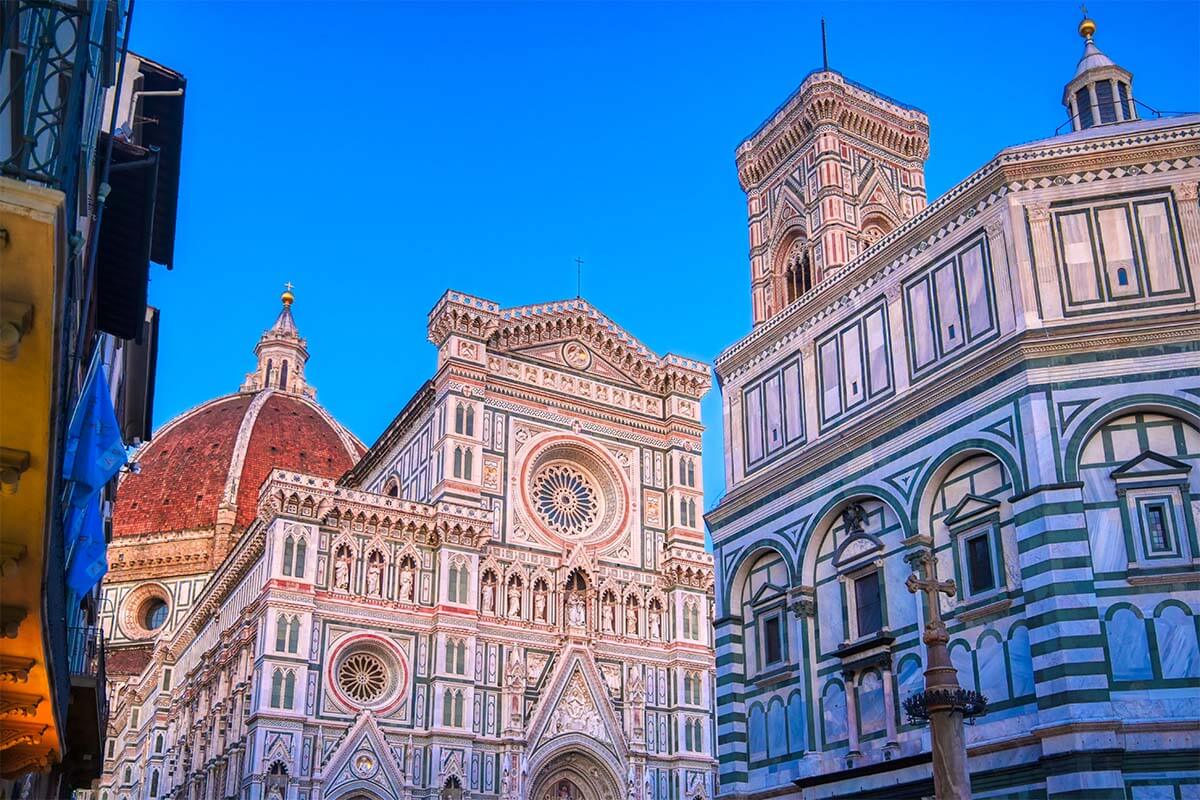
You’ll still have some additional time to explore Florence in the next days, but – depending on the day trips you choose – it will likely be just a few hours in the evenings after you get back from a tour. That’s why we recommend visiting the places that require a ticket on your first day already.
In the evenings, you can also enjoy some of the best sunset views from the nicest rooftop bars in Florence .
Needless to say, if you can add an extra day in Florence, you’ll be able to explore the city at a much more relaxed pace. But this counts for pretty much every place in this itinerary…
READ ALSO: Best Things to Do in Florence
Accommodation: Stay in Florence for at least 3 nights. Florence city center isn’t that big, but – to make things easier with the luggage and tours, stay somewhat close to the railway station. For one of our recent trips to Florence, we booked Hotel Croce di Malta – the location is excellent, they have a pool, and you can’t beat those rooftop views! On a bit lower budget, B&B Le Stanze del Duomo is one of the best price-quality hotels in the center!
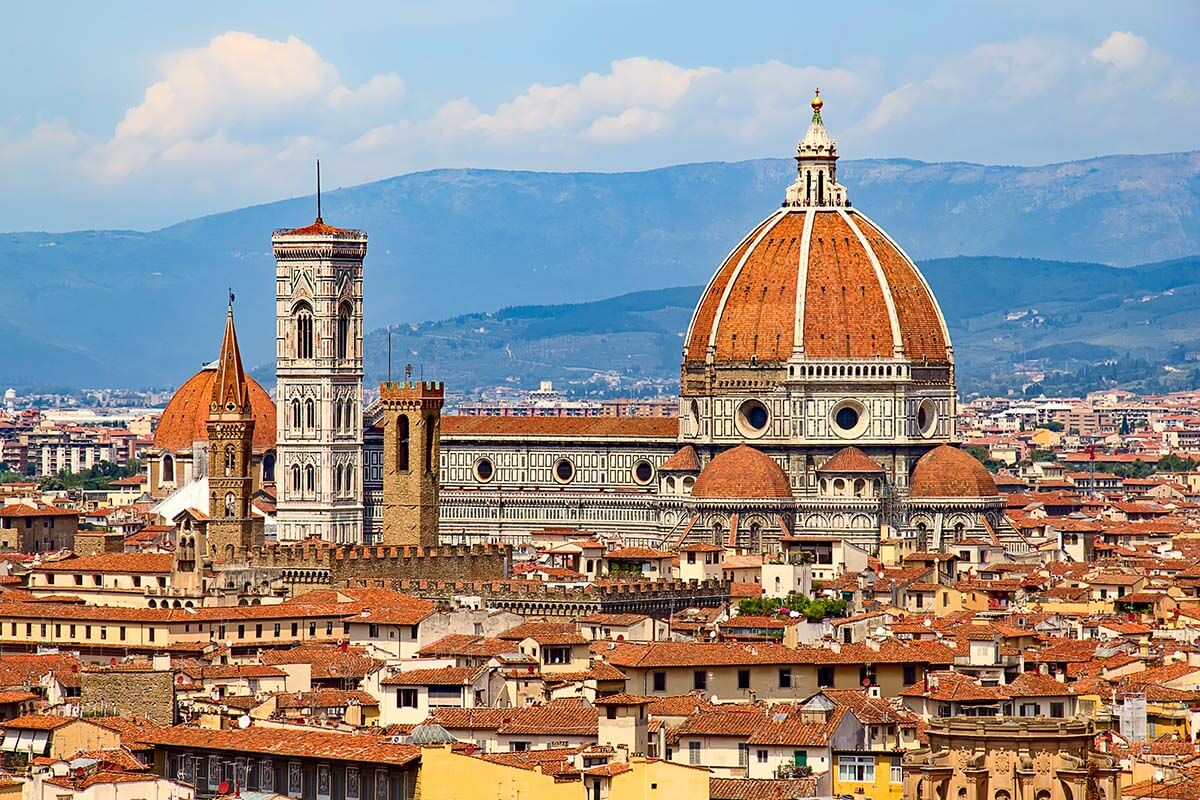
Day 6: Tuscany day tour from Florence
While there’s plenty to see and do in Florence to fill a few days, you’ll likely want to see some of the famous Tuscan countryside as well.
So on your second day in Florence, we recommend taking a day tour to some of the nicest towns of Tuscany .
You could just take a train and visit the cities like Siena or Pisa on your own, but you would likely only see one town that way (and waste too much time in transit). Also here – if you want to make the most of your time, it’s best to go with an organized tour that visits a few of the very best places in a day.
TIP: We recommend this highly-rated day tour . It brings you to the Leaning Tower of Pisa, the beautiful city of Siena, the charming medieval town of San Gimignano, and more. You could never see all these places in just a day on your own.
If you rather not join a tour, then take a train to Siena. Here you can find our guide to the best things to do in Siena , including a sample itinerary for your first. As an absolute minimum, don’t miss the Siena Cathedral !
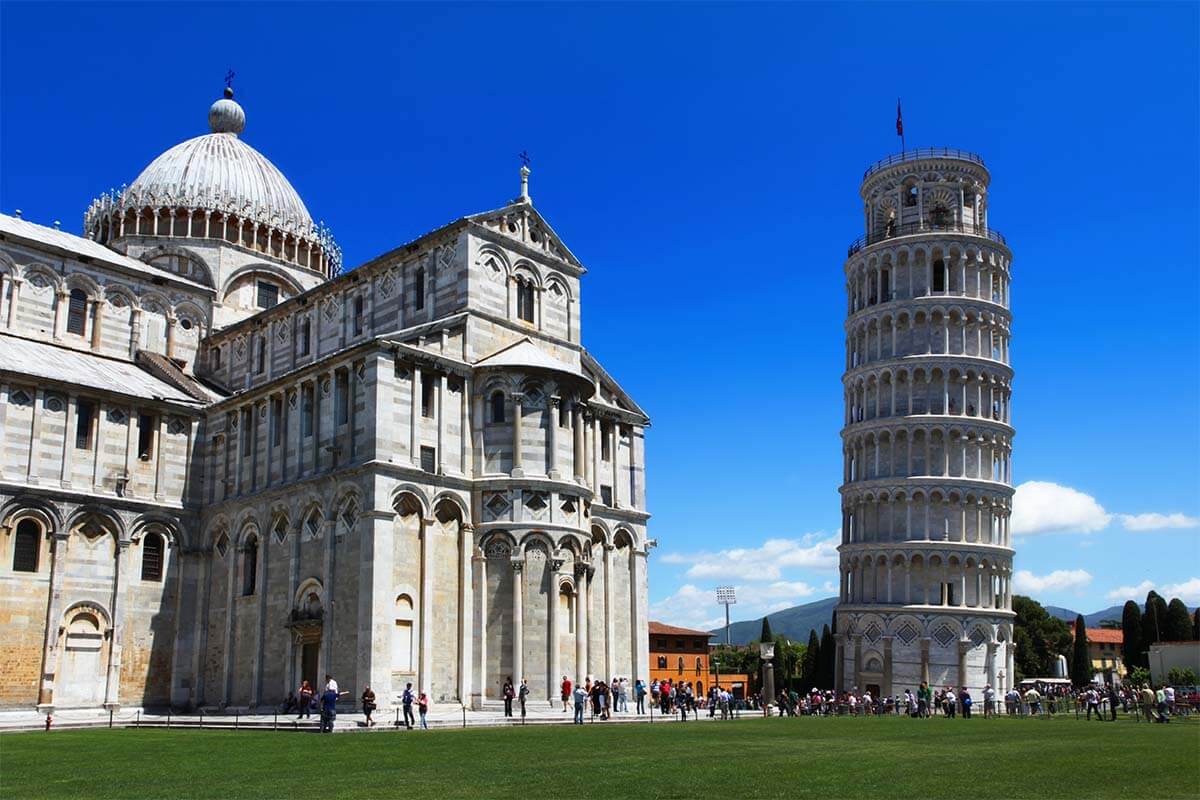
Day 7: Cinque Terre day trip from Florence
Next is another place that’s probably high on your Italy bucket list – Cinque Terre . The famous 5 villages on the Ligurian coast are among the most visited and most photographed places in Italy.
If you plan well, it’s possible to see the best of Cinque Terre in just a day, also if you are visiting from Florence. You could take a train to La Spezia and on to Cinque Terre, following our detailed 1-day Cinque Terre itinerary . If you decide to go on your own, be sure to also read our practical tips for visiting Cinque Terre .
However, Cinque Terre is very popular and extremely busy (especially in the high season from March to October). So planning a quick visit here might be overwhelming…
TIP: If you want to see all the best places without having to plan anything, you’ll be glad to know that there are also some organized day tours from Florence to Cinque Terre. This highly-rated tour is one of the very best options for a day trip from Florence and covers all the musts in Cinque Terre.
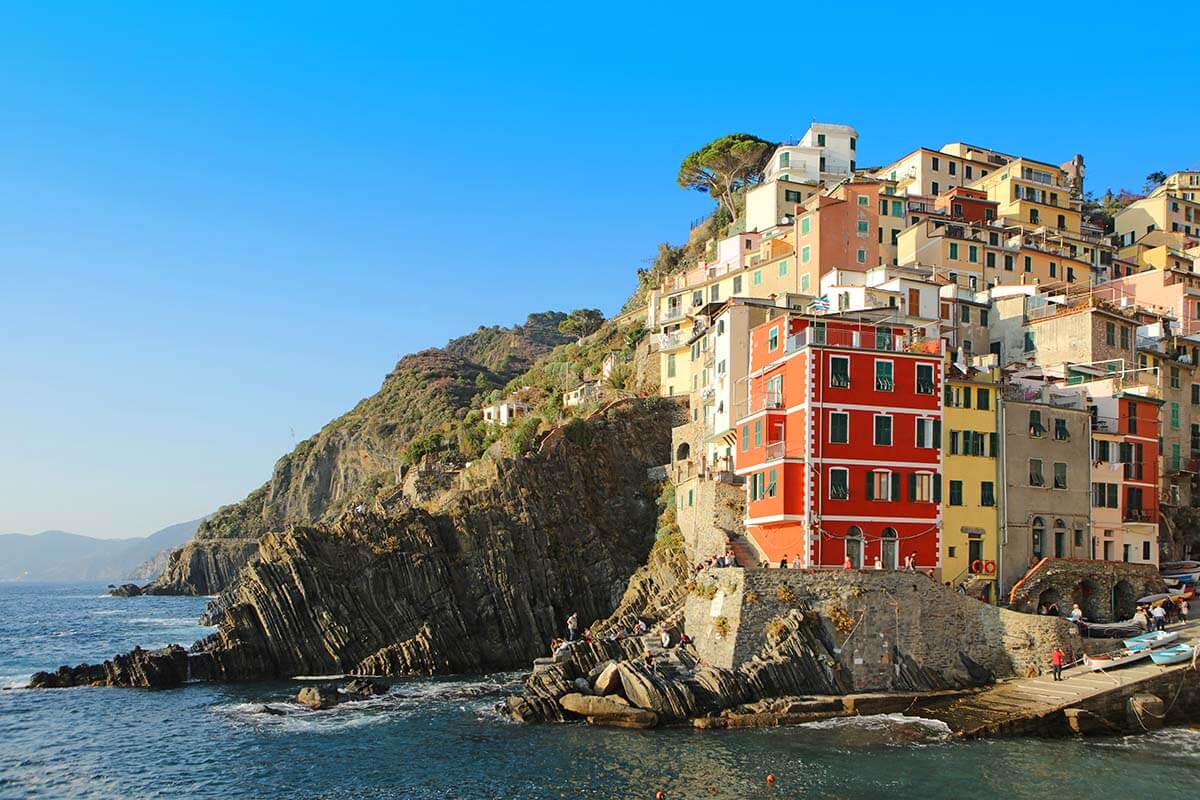
Alternative/ addition day: If you are visiting Italy in the low season, you may want to skip Cinque Terre and visit Bologna instead (it’s just 40 minutes by train from Florence). Or, you could also add a stop in Bologna when traveling between Florence and Venice.
One day is enough to see the main sights in Bologna and it’s worth it if you can squeeze it in. But – as already mentioned before – you can add extra days pretty much everywhere in this itinerary and still not see it all…
READ ALSO: Florence to Bologna Travel Info & Best Things to Do in Bologna
Day 8: Florence to Venice & explore Venice
The second part of this 2-week Italy itinerary takes you to northern Italy. The next stop is Venice , just about 2.5 hrs from Florence by train. Venice is one of the most unique cities in the world and so no Italy trip itinerary would be complete without visiting here!
If you take a train early in the morning, you’ll be in Venice by noon, which leaves you plenty of time to get acquainted with the city and see some of the main highlights. We recommend spending 2 nights here, so you have 1.5 days, plus two evenings in Venice. Venice is magical at night – the city is so pretty and you can appreciate it so much more without all the day tourists around.
On your first day, you could tick some of the must-see places on your Venice bucket list. One of the musts is St. Mark’s Square and Cathedral (one of the most beautiful churches in Italy ), and the other – Doge’s Palace , just next door. Needless to say, these are very popular attractions, so also here you have to book your tickets (or tours) in advance.
TIP: We recommend a tour like this that covers some of the musts in the most efficient way. Ideally, opt for an afternoon tour, so that you don’t have to rush in order to get there on time.
After that, explore the city center on foot, see Rialto Bridge and the Grand Canal. You should also take a Venetian gondola ride , which is another must-do in Venice!
READ ALSO: How to see the best of Venice in 1 day
Accommodation: Stay in Venice for 2 nights. To make things easy for yourself, you could stay close to the railway station – e.g. Hotel Carlton On The Grand Canal is a very good option and usually great value for the money. Alternatively, if you don’t mind taking a water bus to the more centrally-located places, check out H10 Palazzo Canova close to Rialto Bridge or Bauer Palazzo not too far from San Marco Square. For the ultimate Venitian experience, take a look at the famous luxury Hotel Danieli .
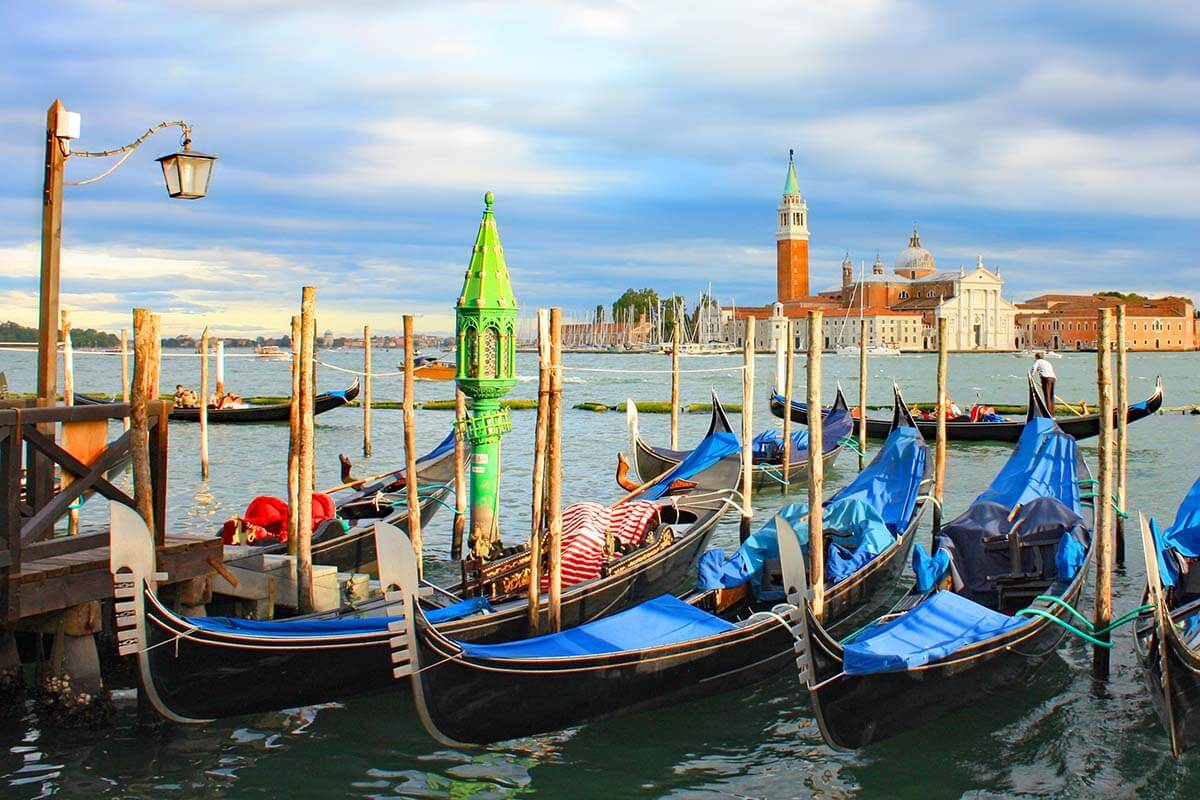
Day 9: Venice
Today, you have an entire day to explore Venice and its surroundings . You could opt to spend the day in the city, or you could also take a half-day trip to the nearby islands Murano, Burano, and Torcello (there are various boat tours that visit the islands in 4-6 hours ).
While not an absolute must, a visit to these islands is a nice opportunity to see some smaller Italian towns. Murano is famous for its glass-blowing factories, Burano – for its lace, and Torcello – for its Byzantine basilica. In addition, the towns are very colorful and picturesque, and completely different from Venice.
There is so much to see and do in Venice that you will easily fill the entire day in the city. So it all depends on your interests and how many activities you want to pack into your itinerary.
As a minimum, in addition to the places mentioned before, we recommend going to the top of St. Mark’s Campanile for some of the best views over the city and the Venetian Lagoon. In some seasons, it is now possible to reserve the tickets in advance (do it!). Otherwise, you’ll have to queue and wait a long time. If you can do it first thing in the morning or in the late afternoon, it will be easier to plan the rest of your day.
TIP: If you are looking for something special to do in Venice in the evening, check out this dinner cruise on the Venetian lagoon . Alternatively, see if there’s something interesting going on at Teatro La Fenice .
And if you can squeeze in an extra day in your itinerary, Venice is definitely worth a longer stay. In that case, check out our 3-day Venice itinerary for some inspiration on what to see and do depending on how much time you have.
READ ALSO: Best things to do in Venice

TIP: Next on your itinerary is Verona, Lake Garda, and Lake Como. If you want to explore these areas deeper, Venice would be a good place to rent a car for the remainder of this trip (we use and recommend this website for the best car rental deals ). You can easily visit Verona by car, drive to (and maybe even around) Lake Garda, visit Lake Como, and then return the car in Milan.
Renting a car in Italy is normally not expensive, but driving and parking in the small towns by the lakes – especially in high season – can be very challenging.
Anyway, the rest of the itinerary below is created assuming you take a train. But you can easily adjust it if you decide to drive.
Day 10: Venice to Verona & explore Verona
The next stop on this Italian itinerary is Verona , one of the most romantic cities in Italy. It gets this reputation because of Shakespeare’s “Romeo and Juliet”, and Juliet’s House is one of the top attractions in the city.
The train ride between Venice and Verona takes about 1.5 hours, so you’ll have a big part of the day left to explore Verona. The city is quite compact and you should be able to see all the musts in a day.
As a minimum, be sure not to miss the Verona Arena , built 2000 years ago (best get a priority ticket for this one). Also the views from Torre dei Lamberti and the earlier-mentioned Juliet’s House with its famous balcony are must-see in Verona.
Just as in all the other cities, you can also find some really nice Verona city tours led by locals. There are walking tours , a very nice bike tour , and this food tour is very popular as well. The nice thing about Verona is that it’s not that big, and so you can see a lot at a rather relaxed pace.
LEARN MORE: Best Places to See & Things to Do in Verona
Accommodation: Stay in Verona for 2 nights. We recommend Hotel Milano & SPA***S – it offers excellent price/quality in the city center. And yes, it also has a beautiful rooftop terrace with an amazing view – something we recommend in every city in this itinerary because we love staying at hotels with nice rooftop terraces ourselves. It makes any city visit so much more memorable!
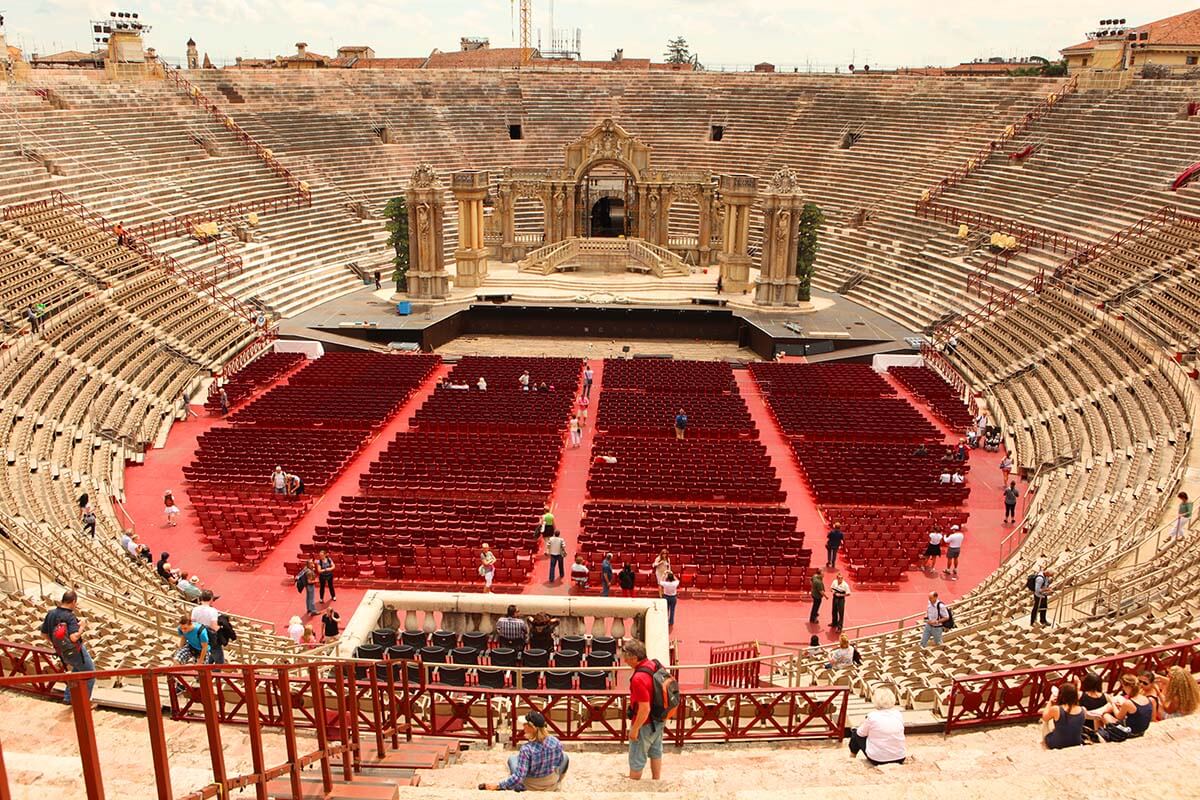
Day 11: Lake Garda day trip from Verona
Lake Garda is one of the most beautiful lakes in Italy and if you have an extra day in your itinerary, it’s well worth planning a short visit here as well. This is especially the case if you are traveling in the warmer months.
If you don’t mind changing hotels more often, you could stay in Sirmione on your way between Verona and Milan. However, keep in mind that there is no direct train from Verona to Sirmione, so you’ll have to travel by bus or train + bus, or arrange a private transfer. To make it easier and simpler to plan, you can just visit Lake Garda as a (half) day trip from Verona. It’s good not to have to pack/ unpack every day.
You can come here by public transport and explore on your own. In that case, be sure to decide in advance where you’ll visit – just Sirmione or also some other towns along the lake, and research the public transport options to get back to Verona in the evening. See our Lake Garda itinerary suggestions on how to spend a day here.
There’s also a nice half-day tour from Verona that visits Sirmione town and includes a short boat ride on the lake. Sirmione is one of the best places to see at Lake Garda and the one that’s the easiest to visit if you don’t rent a car and/or don’t have at least a few days in the area.
TIP: If you take a half-day tour to Lake Garda, you’ll have a free afternoon in Verona. If visiting on weekends in summer (Thursday to Sunday, from +- mid-June to early September), you can attend an opera at the Verona Arena . It’s a really special experience!
Alternative: If you decide to skip Lake Garda altogether, then you could add an extra day in Florence or in Bologna as mentioned before. Or – if you visit Lake Garda with a half-day tour, you could take a train to Milan in the afternoon already and save some time in your itinerary this way.
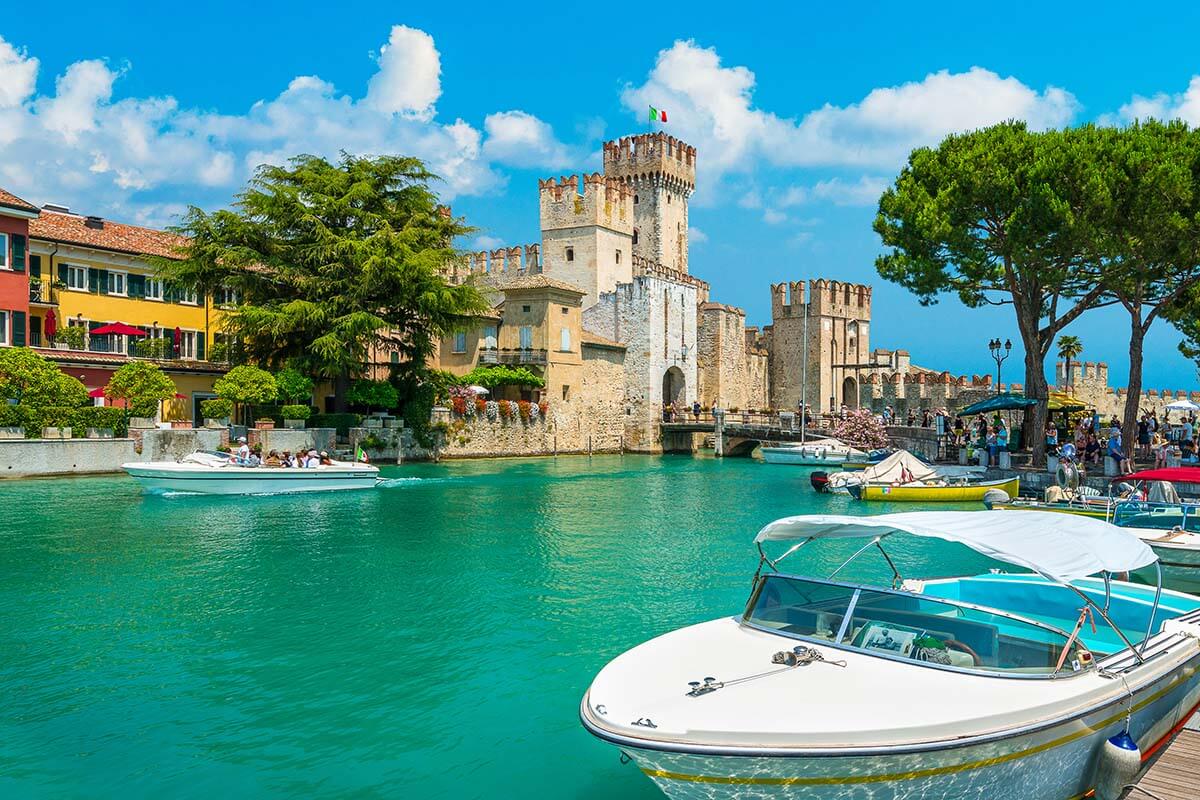
Day 12: Verona to Milan & explore Milan
The final destination in this 2-week Italy itinerary is Milan , where you can also visit the beautiful Lake Como nearby.
One of Italy’s biggest and richest cities, Milan is also one of the most fascinating places in the country. It has such a unique mix of old, historic places and modern contemporary lifestyle and architecture. Plus, if you like Italian fashion and want to do some shopping, Milan will not disappoint either.
The train ride from Verona to Milan takes about 1.5 hours, and since you have almost two days for the city alone, you should be able to see all the musts in a rather relaxed way.
On your first day in Milan, you could visit the two main attractions – the Duomo Cathedral and see Leonardo Da Vinci’s Last Supper . There are also some great tours that visit The Last Supper and some of them also bring you to the Cathedral. It’s also well worth visiting the Duomo rooftop , but you can leave it for the next morning as well.
Good to know: Also here, whatever you decide, be sure to book tickets/ tours for the most popular places in advance! Tickets for The Last Supper are often sold out a few months upfront, but finding a guided tour is much easier (they pre-book tickets and can usually accommodate last-minute bookings as well).
Accommodation: Stay in Milan for 3 nights. Hotel Dei Cavalieri Milano Duomo is a great option right in the heart of the old town.

Day 13: Milan
Today, you have an entire day to explore Milan . Visit the highlights in the old city center, but don’t miss the modern part of the town either!
For more information on what to see and do and how to plan your day, please see our recommended 1-day Milan itinerary . It includes all the musts and the details on how to best plan your time.
If you already visited the Duomo and/or Duomo Terraces and/or Da Vinci’s Last Supper the day before, just adjust your itinerary accordingly.
If you have some time left, you can go shopping in the center or visit Designer Outlet Serravalle (although this one will likely require an entire day).
In the evening, head to the Navigli district , aka the canals of Milan. It’s a very nice and lively neighborhood with lots of restaurants, bars, and cafes – a perfect place to end the day of sightseeing.
LEARN MORE: Best Things to Do in Milan
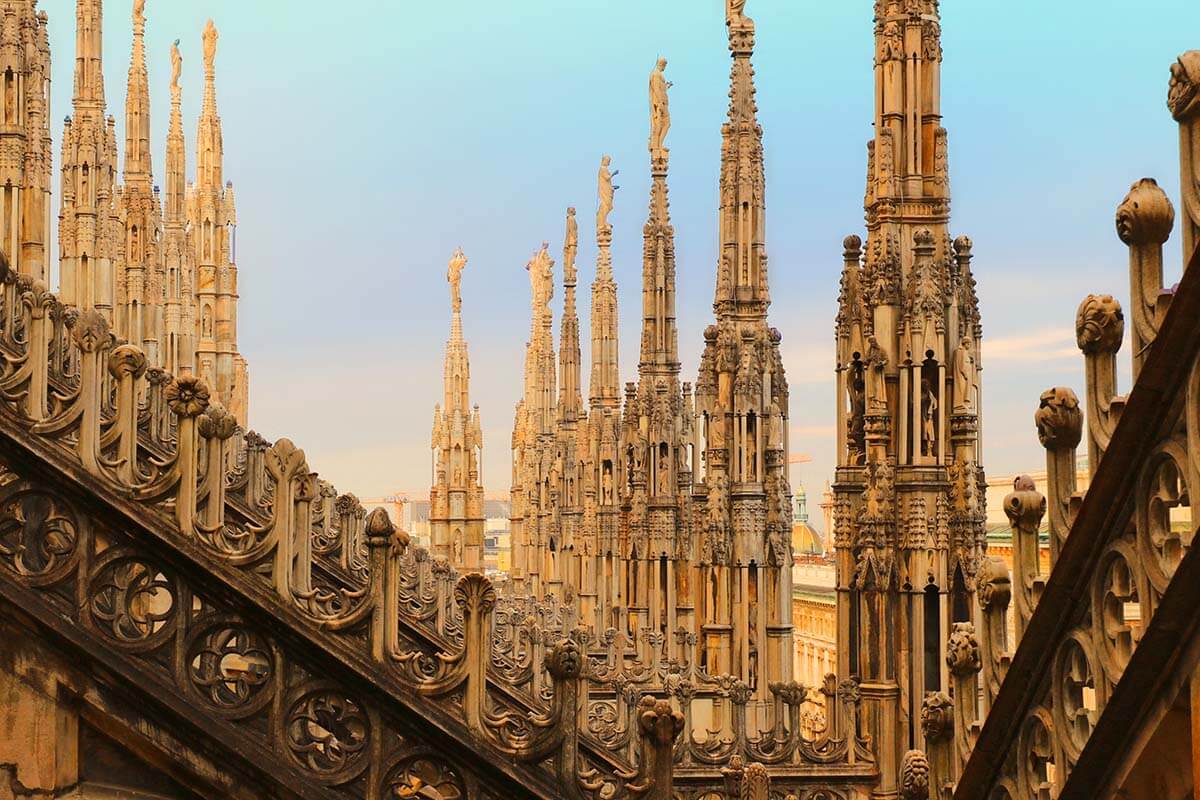
Day 14: Lake Como day trip from Milan
On the last day of your 2 weeks in Italy, we recommend visiting another famous lake in northern Italy, Lake Como . Located just near Milan, it’s an easy day trip destination and a wonderful addition to any Italian itinerary!
Just as with Lake Garda, you could visit Lake Como on your own. In that case, simply take a train from Milan to one of the towns (Como or Varenna are both good options) and then explore further.
However, ideally, you also take a boat trip on the lake and visit several of the nicest towns of Lake Como instead of one. And for that, it’s easier to join an organized tour and have them guide you to all the best places without having to plan or arrange anything.
TIP: We recommend this highly-rated day tour. It brings you to Como (including Villa Olmo), Bellagio , and Varenna – some of the most scenic places on Lake Como. It would be very difficult to plan a similar trip and see all of these sights in just a day on your own (mainly because tours use private transportation and don’t have to waste time waiting for trains or delayed ferries).
Also here, you could easily spend more time at Lake Como than just a day. In that case (or if you rather not take a tour even if visiting for just a day), you may want to read our guide with tips for visiting Lake Como .
READ ALSO: Top Places to See & Things to Do in Lake Como
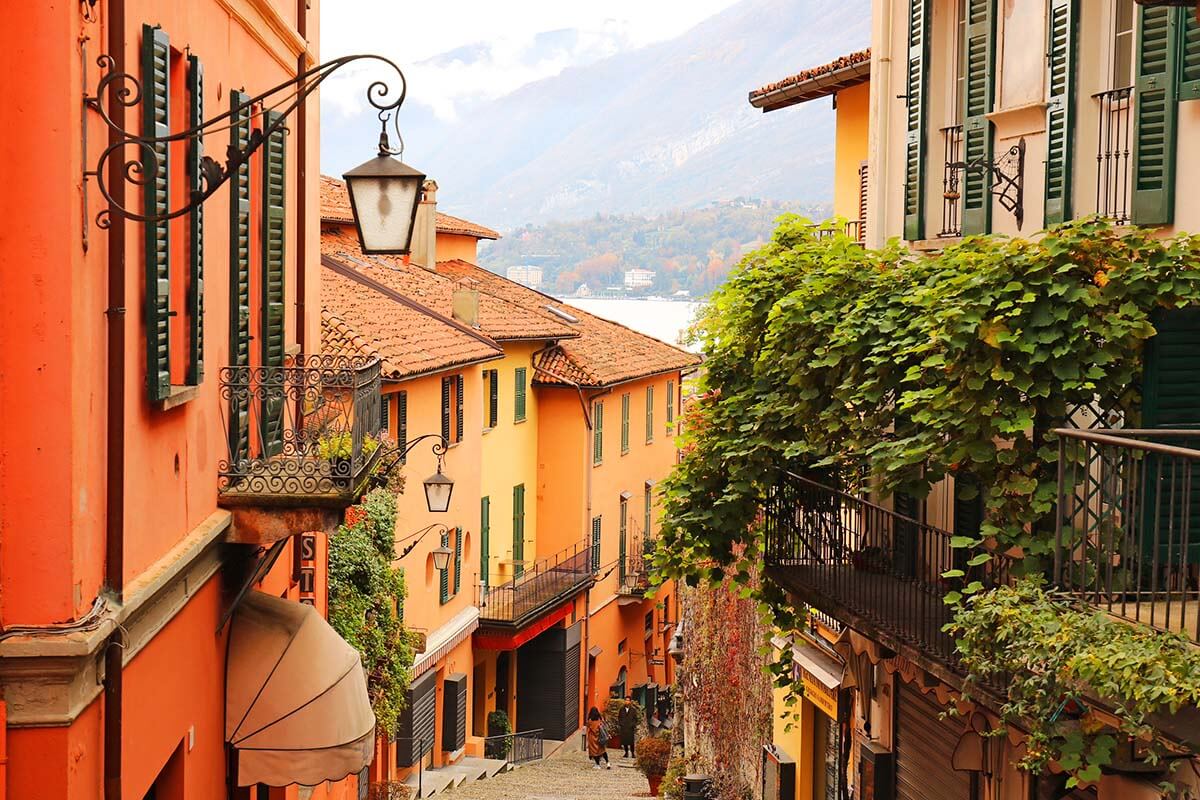
So, this is it – the ultimate Italy itinerary that allows you to see ALL THE BEST PLACES in 2 weeks. Of course, there’s much more to see and do in Italy than the destinations covered here. But if you want to visit all the ‘musts’, this sightseeing itinerary does exactly that.
We planned this Italy itinerary in such a way that it starts and ends at the biggest towns with major international airports, Rome and Milan. There are lots of direct flights to/from both of these cities to many other places in the world. So it should be quite easy to plan your trip in such a way that you can fly home from Milan.
And if you absolutely want to make a loop, a round trip starting and ending in Rome, you can simply take a train from Milan to Rome, and fly out of there. The fast train between the two cities takes about 3.5 hours.
Good to know: If you take regular trains in Italy, you can just get a ticket at a station. However, if you opt for high-speed trains between the main cities (recommended), it’s best to reserve your seat in advance. You can use the official Trenitalia website for that, but keep in mind that standard tickets are usually non-refundable. We also recommend checking this website for all the best options for train tickets .
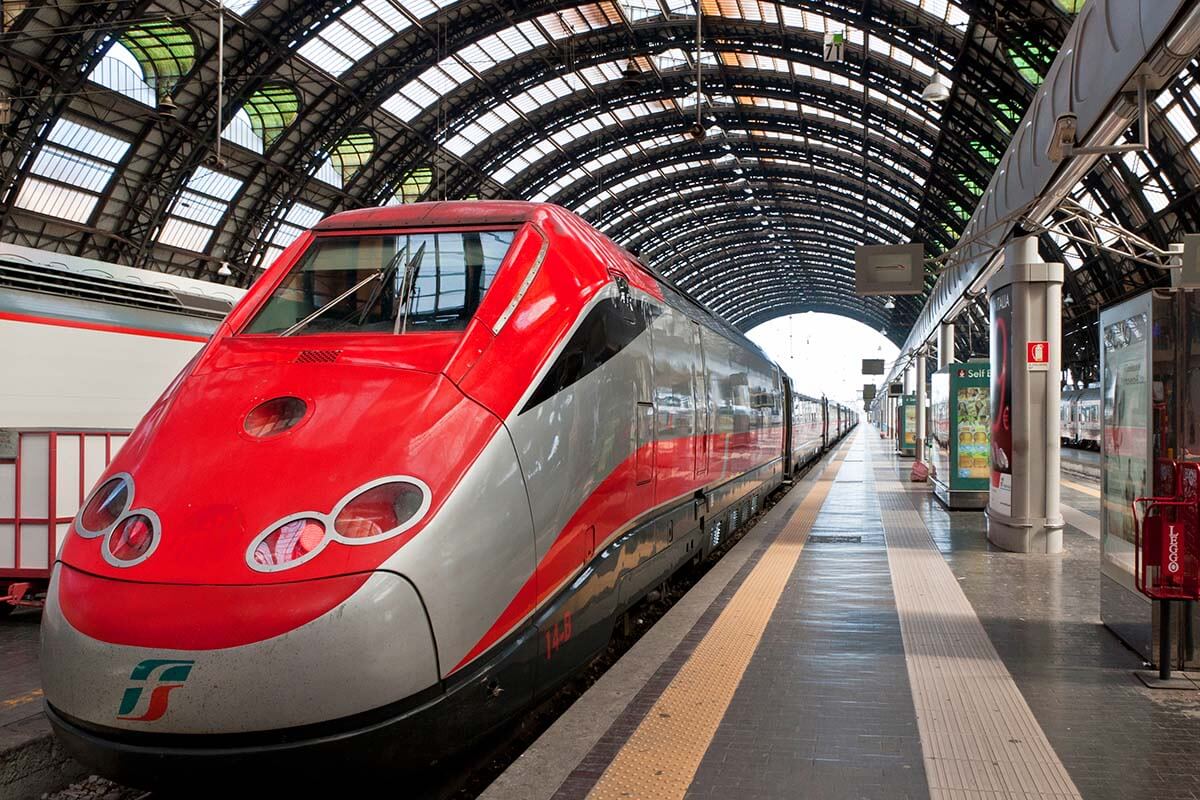
If you have more time…
If you have more time in Italy, you could add extra days pretty much anywhere in this itinerary and you’ll find plenty to do. We already included some additional recommendations above. And here are a few extra suggestions:
- You could add some extra time at the Amalfi Coast and also visit Capri Island and Naples . So instead of visiting this area on a day trip from Rome, you could stay here for several days. See our Amalfi Coast itinerary and Naples day trips for more suggestions on what to see and do there, and this guide for more information about the best areas to stay in Naples . You could easily add at least 5 days to your Italy trip itinerary just for this area – there’s so much to see!
- If visiting in summer, I also highly recommend adding at least a few days in the beautiful Italian Dolomites . You could rent a car in Venice and visit the mountains for a few days, continuing past Verona and Lake Garda and on to Milan. Here you can find some Dolomites itinerary suggestions and our guide on where to stay in the Dolomites .
- Tuscany is another area where you could easily add a few extra days. There are so many beautiful places to see! See our Tuscany itinerary for some additional inspiration for the best Tuscan towns .
- Bologna , one of the foodie destinations in Italy, is another nice addition to any Italy itinerary. You could just visit for a day from Florence, or spend several days here as well. Also Rimini , Ravenna , and San Marino are all worth a visit. See our Emilia Romagna itinerary for more information about these places.
…. I could go on and on. As you can see, there’s plenty to see in Italy to fill another few weeks or months. And once you visit this incredible country, you’ll definitely want to come back and explore more.
But for your first trip, this is a very complete itinerary that shows you the best of Italy in two weeks .
Yes, this itinerary is quite packed and yes, you’ll probably want to stay longer at many places you visit. But it gives you an amazing overview of what Italy is about, and you can always plan a repeat trip to the areas that you liked the most. You can also find a lot more travel inspiration in our Italy travel guide .
READ ALSO: Italian Food – traditional dishes to try in every region
If you found this post helpful, don’t forget to bookmark it and share it with your friends. Are you on Pinterest? Pin these images!

This site uses Akismet to reduce spam. Learn how your comment data is processed .
Tuesday 5th of March 2024
Please offer your ideas and suggestions for a 1-week trip to Italy in May 2024. We only have a short time to visit so any guidance to enjoy Italy in a few days will be so helpful!
Thursday 7th of March 2024
Hi Shannah, there are so many options, so pick the places that interest you the most. And don't overdo it in terms of too many different locations. With a week in Italy and if it's your first trip, you could visit Rome (2-3 days + potentially a day trip to Pompeii/Amalfi e.g. like this), Florence (1 day in the city and one day trip, e.g. to Tuscan towns like this or to Cinque Terre - see this tour), and Venice (1-2 days). Of course, you can just visit one specific region, but there are literally thousands of options, so you have to see what interests you the most. Hope this helps. For more details about all these places, please see our article above.
Monday 26th of February 2024
We are to Italy/Switzerland for 3 weeks in August. We are starting in Switzerland for a week then two weeks in Italy starting with Milan and working our way down as far south as the Amalfi Coast. We are a bit stressed because we finally booked our flights and then read that August is the worst time to travel to Italy due to the weather, horrendous crowds and Italy national holiday starting August 15 when Italians and other Europeans go to the coastal cities (where we wanted to end our trip) an overcrowd those areas.
Do you have any tips on places to go to make an August trip most enjoyable? We prefer some areas that are beautiful, nice to stroll around, eat and see some sights, but don't have to go to all the main tourist attractions. We'd love some suggestions that help us get off the beaten path vs. all the main highlights. I've been to Venice, Florence, Rome once before and my husband has not been at all, but doesn't care too much about all the 'must sees' besides Rome. We plan to leave from Rome airport, but want to try to make it further south to Amalfi coast first.
Any suggestions would be super helpful!
Tuesday 27th of February 2024
Hi Erica, I'm afraid that what you read is correct. Italy can be crazy busy in August, especially in coastal areas. That being said, the cities are usually deserted (=locals are gone), but places like Rome are full of tourists so you won't be alone. The best way to avoid the biggest crowds is to skip the most popular seaside destinations. Amalfi Coast, Italian Riviera, Cinque Terre, Capri, Rimini, etc. will be crowded at that time of the year. But if you book accommodations in advance and plan your sightseeing activities in the mornings, it could be manageable. Of you visit places like e.g. Amalfi Coast, you will have to pre-book everything, not just hotels and excursions, but also restaurants. If you go more inland and stay in smaller villages, you can have a perfectly enjoyable trip. A few years ago, we were in Tuscany in the second half of August and it was great. But we started our days early, did most of the sightseeing in the mornings, and when it started to get busy everywhere, went back to our accommodation and spent the warmest hours by the pool. In the evenings, we usually visited smaller towns, but it was really busy everywhere, parking was not easy, etc. So you need more patience, especially if you go to the main tourist hotspots. Take a look at these articles for some additional tips: Amalfi Coast Travel Tips (don't rent a car here!!!) Where to Stay on the Amalfi Coast Where to Stay in Capri Rome Travel Tips Lake Como Travel Tips If you like nature, consider spending some time in the Italian Dolomites. It will also be very busy, but different than at the sea. Also there, top places and most popular hikes will be crowded, so start your days early. Or avoid the top places and you can have a very enjoyable visit. The nearby Trentino region is much quieter, but it's popular with locals = August is the peak season. You can find some inspiration in this article - most activities are definitely not just for kids. Having said all this, when you travel somewhere from the other side of the world, it's just normal that you want to see the top spots. The best tip I can give you is to try to get a bit off the beaten path in addition to the top places, AND book as much as possible in advance. Good luck and enjoy your trip. Italy is always a good idea and I'm sure you'll have a wonderful time!
Sunday 22nd of October 2023
Hello Jurga,
A great article to read through! Me, the wife and two kids (11 and 14) are planning a trip through Italy next Summer. He have 6 weeks off for summer, so we're looking at a 2-3 week trip through Italy probably. With the kids I don't want to be rushing so do you recommend staying longer in some of these locations? More hotels don't phase us.
Monday 23rd of October 2023
Hi Matthew, so much depends on your interests! With the kids in the summer, you may want to spend some more time in the nature rather than sightseeing in big cities. So you could add Italian Dolomites to your itinerary. Also, you could spend more time at the Naples/Capri/Amalfi Coast and/or Italian Riviera (around Cinque Terre). Also places like Lake Garda and Lake Como offer a great mix of nature, sightseeing, and some relaxing time by the pool. There are so many options. That's why it's really difficult to help our readers with specific itineraries. Pick the places that interest you the most, plan a few longer stays once in a while so that you can all wind down and relax a bit, and realize that whatever you do, there is no way you can see everything in Italy in 3 or even 6 weeks. You'll want to go back ;). Good luck with the choices!
Madonna Hanes
Thursday 19th of October 2023
I'm thinking of coming out to Italy for 10 days, 2 days for flights, and 8 days for touring Italy. What do you recommend and where? Thanks advance.
I was thinking September.
Hi Madonna, so much depends on your interests and on the season when you travel and - as you can probably imagine - the possibilities are endless. But if it's your first trip to Italy and you want to see 'the musts', then I'd probably concentrate on the main cities - Rome (3 days), Florence (3 days), and Venice (2 days). In Rome, I'd probably just stay in the city - there's a lot to see. Take a look at this itinerary for some ideas. In Florence, take a look at these suggestions on what to do in a day. In addition, you can always take one or two day trips from Florence like this day trip that visits Siena, Pisa, and Tuscan countryside, and/or a day tour to Cinque Terre. In Venice, see this itinerary. In addition, you could take a (half)day trip to the nearby islands. Hope this helps.
Friday 11th of August 2023
Hello, Jurga. Your article is an absolute gem!!! I learned so much from it. I am planning a trip to Italy and i was going to follow your itinerary but we are only going for 12 days not 14. What do you recommend skipping? Thank you in advance
Hi Maya, that's a tough one since there is so much to see. You also didn't say when you are traveling. For example, in the winter you could skip some of the coastal areas/nature (e.g. Amalfi Coast from Rome on day 4, Tuscan countryside or Cinque Terre (days 5-6), or Lake Garda and Lake Como (days 11 and 14). In the warm season, the choice is much more difficult. Just see what interests you less and let it go. There is no way to see everything in Italy in 3-4 weeks, let alone 12 days, so you always have to make choices. Good luck!
Best Time to Visit
Weather & Climate
Best Destinations
Top Cities to Visit
Must-Try Foods
Two-Week Itinerary
Things to Do
Best Beaches
Best Museums
Dolomites Guide
Where to Go Hiking
Where to Go Skiing
Italy Guide: Planning Your Trip
:max_bytes(150000):strip_icc():format(webp)/ElizabethHeath-Headshot-horiz-e7525e97616245958bf3d94e8db7f119.png)
Italy is one of the most fabulous destinations in the world and ranks high on most travelers' must-see lists. As the seat of the once-mighty Roman Empire, home of the Catholic Church, and the birthplace of the Renaissance, its historical, artistic, and cultural treasures are almost too numerous to count (in fact, it boasts 55 UNESCO World Heritage Sites ). Italy is also a spectacularly beautiful country, with dazzling monument-filled cities, charming small towns, plus gorgeous beaches and mountain ranges. And the food? Don't even get us started. Let's just say there's a reason Italian cuisine is celebrated the world over.
This Italy trip-planning guide is a starting point for organizing your trip of a lifetime, deciding where to go and what to see, how long to stay and most importantly—what to eat!
Planning Your Trip
- Best Time to Visit : The best months to visit Italy depend on your preferences as a traveler. Springtime and early summer—April, May, and June—sees gorgeous weather, mostly mild temperatures and crowds that range from moderate to dense. Summer is the most crowded season, and it can be stiflingly hot in most parts of the country. September and October are still packed, but the weather is more pleasant. Except for December, wintertime is less crowded. If you can put up with cold, rainy weather—maybe with a few sunny days thrown in—January, February, and March are the least crowded months to visit.
- Language: Italian is the first language in Italy , and in major cities, shop owners, hotel and restaurant workers generally speak at least a little bit of English, and often French and German as well. In more rural areas, away from tourist centers, you may find that very few people speak English—an Italian-English pocket dictionary or a translation app on your smartphone will come in handy. It's always helpful—and polite—to be able to say a few words and phrases in Italian .
- Currency: All of Italy uses the euro , and other currencies are not accepted. Credit cards such as Visa and Mastercard are accepted everywhere, except for most street food stalls and smaller, independent merchants. It's always a good idea to have cash on hand, especially when stopping off for a caffe (coffee), buying bus, tram or Metro tickets, and at smaller stores or market stands. Note that American Express and Diners Club are less widely accepted in Italy. Be sure to confirm in advance with your hotel or restaurant if you intend to pay with these cards.
- Getting Around: Italy's cities and towns are connected by a comprehensive rail network of high-speed trains servicing major cities and slower, regional trains serving smaller destinations. Trenitalia is the national carrier and covers the entire country, while private rail company Italo serves major cities. If your trip to Italy involves mostly cities and towns on rail lines, you can quickly get around without a rental car. If you wish to spend a lot of time in the countryside, say, visiting wineries in Tuscany or hiking through the Dolomites, then a car will likely be necessary. In nearly all of Italy's major cities, tourist attractions are clustered in the centro storico , or historic center, and are within walking distance of one another. Otherwise, cities have a system of buses, subways, and often trams, all of which are inexpensive and relatively easy ways to navigate. Most smaller towns are entirely walkable.
- Travel Tip: Buy or reserve tickets in advance for those hotspot attractions you want to see. The Colosseum, the Uffizi Gallery, and Leonardo's "The Last Supper" are just a few of the sights in Italy where reservations are either required or strongly recommended. And, don't over schedule. While it's tempting to try to pack in every museum and attraction, remember that a big part of the appeal of Italy is its more relaxed, dolce vita lifestyle. Don't be so rushed that you miss out.
Patience is a virtue, especially in Italy. You may find slower restaurant service, trains that run late, and a general lack of urgency when it comes to customer service. Take a deep breath and adjust to life, Italian-style.
Things to Do in Italy
What you see and do in Italy depends mostly on how much time you have and what your interests are. When planning a trip to Italy, looking at a map of Italy's best attractions and cities is a great way to gain perspective on your travel itinerary. That way, you can make informed decisions about where you want to visit, how long you will need to explore each location, what time of year you want to travel, how you can get around from place to place most effectively, and most importantly, what you want out of your trip.
Everyone knows the three most significant destinations in Italy—Rome, Venice, and Florence—but one of the biggest mistakes travelers make is to try to see this triumvirate in 10 days. While you can certainly travel to each of them within 10 days, you won't get to experience any of the depth of these diverse and interesting places. If you have just a short time in each city, a half-day walking tour is a great way to cover a lot of ground.
To help you start forming your itinerary, here's a brief list of some of the top destinations and activities in Italy:
- Rome : The capital of Italy is the home of the Colosseum, the Pantheon, the Trevi Fountain, Vatican City, including St. Peter's Basilica and the Vatican Museums, and so, so much more.
- Florence : Michelangelo's David, the treasures of the Uffizi Gallery, Ponte Vecchio bridge, shopping for leather goods at San Lorenzo Market.
- Venice : A gondola ride on the Grand Canal, the glory of St. Mark's Square and Basilica, getting lost, and seeing the smaller Venetian islands.
- Naples : Art, archaeology, history, and Baroque churches, plus fantastic street food and proximity to Pompeii, Capri, and the Amalfi Coast.
- Tuscany : Italy's most famous region, known for red wine, rolling hills, and picturesque cities and towns; home to Siena, Lucca, Pisa, and Florence.
- Umbria : The hill towns of Orvieto, Perugia, and Spoleto, plus regional wines and hand-painted ceramics.
- The Lakes Region : Italy's northern playground, with lakes Garda, Maggiore, Como and more.
- Pompeii and the Amalfi Coast : The ruins of a city buried by Mt. Vesuvius, plus the incredible scenery and ambiance of the Amalfi Coast towns.
- Milan and Torino : Italy's fashion capital is also packed with important museums and is home to "The Last Supper," while busy Torino is an underrated European city, with museums, performing arts, and cafe culture.
- Cinque Terre and the Italian Riviera: Hiking from one lovely seaside town to the next, discovering Genoa, enjoying the beaches near San Remo, Savona, and those south of Genoa.
- Puglia : Curious Trulli dwellings, 1,000-year-old olive trees, beautiful beaches, and the "heel" of Italy.
- Emilia-Romagna : Come for the cuisine, then enjoy the great art and culture cities of Bologna, Ravenna, Modena, and Parma.
- Sicily : For Europe's most active volcano, magnificent Greek ruins and regional cuisines like caponata and cannoli .
What to Eat and Drink
Italy is, of course, famous for pasta and pizza, both of which can be found in virtually every corner of the country. These dishes, especially the kinds of pasta, will vary widely depending on the region, with each dish utilizing readily available local products. In Milan and other northern cities, you may find more polenta and risotto on the menu than pasta. At seaside areas and on Italy's islands, fresh seafood will dominate. Desserts are also regional, but tiramisu and panna cotta, a dish similar to flan, are found just about everywhere. Be sure to try some of the local cuisines wherever you are, rather than limiting yourself to familiar dishes.
Outside of your hotel's buffet, breakfast in Italy is light, consisting of an espresso ( caffe ) or cappuccino with a cornetto (breakfast pastry like a croissant), usually eaten standing up at the bar . Lunch is often the biggest meal of the day and is eaten from 1 p.m. to about 2:30 p.m. Restaurants probably won't open before 12:30 p.m. Similarly, dinner is eaten late by U.S. standards. If you show up at a restaurant at 7:30 p.m., you'll likely be the only customers, but by 8:30 or 9 p.m., the place will have filled up.
Wine in Italy is also regional, with every part of the country producing its own. House wines are usually from the region, very cheap and perfectly drinkable. In all but the priciest restaurants, you can find bottles on the wine list priced from around 15 euros. Craft beer is increasingly popular in Italy, and pairs well with pizza. Aperitivo , the before-dinner drink, is an institution in Italy, and usually consists of a glass of sparkling prosecco or an Aperol Spritz, plus light snacks. Bottled water is served in restaurants, either as normale (still), frizzante (with gas), or leggermente frizzante (lightly gassed).
For a more thorough look at the art of eating in Italy, check our guide to dining out in Italy .
Where to Stay
Accommodations in Italy run the gamut from simple to luxury city hotels, rustic farm stays at agriturismi , cozy B&Bs, and private homes and apartments available through sites like Airbnb and Vrbo. If you're visiting a city like Rome, Florence or Orvieto, especially for the first time, we recommend a hotel or lodging as close to the city center as possible. Even if it costs a little more, the convenience is worth it. Renting a private apartment can be a cost-saving measure, especially for families, but you miss out on the services of a hotel. In most hotels large and small, breakfast is usually included in the price and is quite often an extensive buffet.
Agriturismo are country houses set a few miles away from major towns. They offer a bucolic countryside atmosphere and locally sourced food, often grown on-site, and many have outdoor pools. They are ideal for large groups of family and friends, though many rent individual apartments or rooms.
Getting There
Most U.S. travelers to Italy arrive at Rome's Fiumicino airport on the outskirts of the city. International flights also arrive at Milan Malpensa airport , Naples, and Venice , though with far less frequency than Rome. All airports have rental car centers, as well as train stations for connecting into their nearest city. For example in Rome, trains depart every 30 minutes for Termini Station, one of the country's major transport hubs. From there, travelers can take taxis, trams, buses or Metro to their Rome hotel, or catch one of the hundreds of daily trains connecting to all parts of Italy.
Culture and Customs
Generally speaking, travelers from the U.S. won't find Italians too different from themselves. But there is a friendliness mixed with formality here, which visitors should try to adapt to:
- Greet people with a cheerful " Buongiorno !" during the day and " Buona sera " from late afternoon onwards. Say " arrivederci " when leaving a store or restaurant.
- When dining out, remember that sharing plates is frowned upon, but you can ask for a half-portion of pasta.
- In all but the most touristy restaurants, you'll have to ask for your check, il conto —it's considered rude for the waitstaff to present the check before you ask.
- Be respectful when visiting churches, by speaking in hushed tones and observing posted dress codes.
- While shorts, t-shirts, flip-flops, and baseball caps are standard attire for visiting Americans, Italians tend to dress a bit more elegantly. Especially for evening meals, wear something a little less casual.
- Italy is a safe country with a low crime rate. But in busy areas like train stations and public squares, and even in crowded museums, keep a firm grip on your valuables.
- Don't buy contraband purses or souvenirs from unlicensed street vendors, who are selling illegally.
- Uber is illegal in most of Italy or is allowed only in a limited capacity. Taxis are inexpensive when compared to most U.S. cities.
Money Saving Tips
- Save on evening meals by heading to a pizzeria . Even in most cities, diners can enjoy a pizza and house wine or soft drinks for 15 euros per person or less.
- During the day, look for a tavola calda , a cafeteria-type eatery where you can choose from a range of already prepared items.
- If you have an apartment or at least a mini-fridge in your hotel, you can buy lunch supplies at a local grocery store.
- In most cities, museums are free on the first Sunday of the month.
- Instead of buying costly and wasteful bottled water, refill a reusable bottle at any city water fountain, where water is always safe to drink and often, refreshingly cold.
- Look for city passes, like the Roma Pass, which offers savings on museum and attraction admission, as well as transportation passes.
Want more tips? Check out our guide on how to save money on your Italian vacation .
Italian National Tourist Board . "UNESCO World Heritage Sites."
Italian National Tourist Board . "More Information."
The Top 23 Things to Do in Italy
The 15 Best Destinations in Italy
Your Trip to the Amalfi Coast: The Complete Guide
48 Hours in Florence: The Ultimate Itinerary
Your Trip to Florence: The Complete Guide
Tuscany Guide: Planning Your Trip
Top 6 Tourist Attractions in Italy
Siena Guide: Planning Your Trip
The 14 Best Day Trips from Rome
The 25 Top Attractions in Rome, Italy
Capri Italy Guide: Planning Your Visit
The Most Romantic Places in Italy
Your Trip to Rome: The Complete Guide
How to Travel From Rome to the Amalfi Coast by Train, Bus, and Car
Your Trip to Milan: The Complete Guide
Where to Go on Italy's Mediterranean Coast
Italy Maps: City, Region, Transportation and Country Maps
Where to go, how to get there see our maps.
I'm a great fan of maps. Maps are a way to see how geography is structured, how cities are put together and how people move between them. Italy and maps just go together.
With a map I can show you places you couldn't search the Internet for, because they are unknown to you, so you'd never think to search for them.
We'll start with public transportation maps and then list our Italian places maps.
Italy: Big or Far
We'll start with the basics: how big is Italy, and how far apart are the attractions? Our first map shows you how big Italy is compared to the U.S. The second is interactive; it allows you to find the direct distance between any two points on a map of Italy. The Hilltowns map shows the distances between 25 top Tuscan hilltowns. The cities map shows the top cities to visit on a large, detailed map of Italy and the regions map is interactive and allows you to check out the differences between each Italian region and their attractions.
How Big is Italy? How Big is Sardinia? Interactive Distance Map Hilltowns in Tuscany Map Italy Cities Map Italy Regions Map Map of a Typical Italian City
Transportation Maps of Italy
See the major train lines in Italy and learn how to use the rail system in Italy with our Italy Train Map. Zoom in to a popular route: Torino to Trieste, which takes you on an itinerary of many of Italy's great cities.
Italy Train Map Torino to Trieste Rail Line Map
Transportation by car on the toll roads
Italian Autostrada Map
Airports Map
Know how to get around Rome by metro, bus or train?
Rome Transportation

Maps of Italian Regions and Places
Campania maps.
The most popular Italian region in the south of Italy is Campania. Renowned for its food, especially for pizza and bufala , the Buffalo milk mozzarella that folks swoon over, as well as some of Italy's most compelling archaeological sites and the stunning Amalfi Coast , Campania comes out a winner for tourists that want to stray just slightly off the well-beaten tourist track in the north. Head for the south to see the amazing Greek temples at Paestum; the area is called the Cilento, and it's known for clean beaches and mountain scenery.
Compania Maps and Guide Cilento Map and Guide
Lots of folks stop in Rome , then go on the another of the big three, Florence or Venice . It's a mistake if you've got the time, Lazio is full of Roman and Etruscan ruins, castles, seaside resorts, and more; Romans have always played in Lazio's plains and beaches.
Lazio Maps and Guide
See a map of Sicily showing the train lines and best cities to visit as well as lodging recommendations and information on some of the best archaeological sites on Italy's largest island.
Sicily Map and Travel Guide
Tuscany Maps
Italy's largest region is the most popular. There's a lot of diversity in Tuscany, from the seaside resorts, luxurious spas, rustic mountain villages, and cities full of Renaissance art. Discover it with our Tuscany Guide . Inside Tuscany is the Val d'Orcia , a very compelling place to spend a week of your Italian vacation.
Also within Tuscany, a is the traditional territory called La Lunigiana . It's rural and seldom visited, but has over 160 castles and castle ruins and food you won't find elsewhere. People make their own food, butcher pigs in winter, and enjoy kilometer zero meals all the time. It's the antidote to modern living with industrial food.
To the south of La Lunigiana is the Garfagnana , another historic territory where traditional food links to the local ingredients folks have been cultivating for years. There are amazing views every time you round a bend, and a train line runs through it, in case you want to ditch your idea of an expensive rental or lease car to visit the hinterlands.
Tuscany Map Tuscany Rail Map
Also lesser known is Pitigliano and its Vie Cave , "roads" carved out of rock, a fascinating city and surroundings. The town is shown in the picture below.
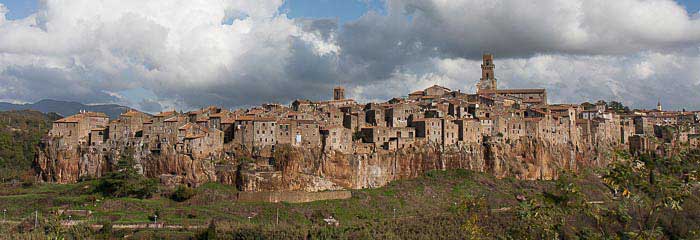
Puglia Maps
Always slated to be "the next Tuscany", Puglia has its own, different charms. It's all about the southern Baroque, beaches all around, Italy's best vegetables and citrus fruits, Byzantine monasteries and way more. Besides, it's flat. You can walk everywhere. Oh, and the food? Fabulous! See our Puglia Maps and Travel Guide .
The Gargano Peninsula is a unique land mass, once an island way back when the sea was higher. If you're looking for something to do in Puglia, our Gargano Itinerary features a map and suggested attractions and places to stay.
Puglia Rail Map
Marche: The Region and The Metauro Valley
Take a ride from the Tuscany border to the Adriatic sea with our northern Le Marche itinerary through the beautiful Metauro Valley. For an overview of the Marche region, see our Marche Map and Guide. Our favorite city? Ascoli Piceno , a gem few American tourists know about.
The Metauro Valley Itinerary Marche Map and Guide
Tourists don't exactly flock to the Molise, and that's a shame. But think of this: if you are looking for idyllic, look no further. The poverty of long ago caused folks to leave for industrial centers and the remaining population lives in a slice of Italy not blemished by industrial uglification, leaving an unblemished land softly yielding its bounties on the remaining population. You'll find ancient livestock trails Called Tratturi to trek, prehistoric archaeology to wonder over, and simple, hearty cuisine.
Molise Map and Guide
Italy's Green heart brims with interesting hill towns, religious art and architecture, unique wines and more. It is less populated than Tuscany, so there's room to roam. Take a language class in Perugia, trace the path of St. Francis in Assisi , Sip Grechetto in Todi, and enjoy the Italy's fourth largest lake.
Umbria Map and Guide Umbria Rail Map
Calabria dangles off the Italian Peninsula, sometimes a pass-through route for tourists heading from the mainland to Sicily via ferry. But there is plenty of charm, 500 miles of coastline, tons of Greek ruins, and food that's charming, simple, fresh, and sometimes spicy.
Can you tour Calabria on a train? Why yes, although you'll hear negatives from certain pundits because "you can't see everything on the train" it's highly unlikely that your week in Calabria will accomplish that goal anyway.
Calabria Map and Guide
Calabria Rail Map and Guide
Emilia Romagna
The culinary and automotive heart of Italy has a lot to offer, from the haunting beauty of the Po Delta to the great Renaissance cities of Parma and Ferrara. It you've seen Rome, Venice, Florence and the Cinque Terre, you might want to look into this sprawling and wondrous land.
Emilia Romagna Map & Guide
The Veneto is a land of Palladian villas, San Daniele Prosciutto, and artisan Grappa that sits pretty between the Dolomites and the Adriatic. Many tourists don't escape the lure of Venice and the villas, but Bassano del Grappa and the easily accessed Walled wine town of Soave stand as excellent examples of the little gems that make the Veneto region special. And what can you say about romantic Verona ? It's all here.
Veneto Map and Travel Guide
Friuli Venezia Giulia
The region borders the Adriatic and the countries of Austria and Slovenia. To the north are the craggy Dolomite Mountains, a UNESCO World Heritage site added in 2009. Some of Italy's best white wines come from the region. The Roman city of Aquileia , founded in 181 BC, once served as capital of the region. Now the small village hosts a walk through the ruins and a spectacular Paleo-Christian basilica with the largest mosaic floor in the Western Christian world. The town is also a UNESCO world heritage site.
Friuli Venezia Giulia Map and Travel Guide
Want to get out of Italy and into a brave new world born of a different, isolated set of people who have a different past, a different history and eat a different food? Take the ferry to Sardinia . You won't be disappointed. If you wish to discover a wild land the Romans couldn't conquer, with great mountain walks, interesting archaeology, and festivals and museums that will wow you, you'll want to get to the interior, the Barbagia. We have a guide to that, too.
Sardinia Map and Travel Guide Barbagia Map and Travel Guide Alghero Day Trips Map & Guide
Cinque Terre Hiking Trails Map
Perhaps the most front of Italy's "back doors," the Cinque Terre can be frightfully overtouristed in the summer, but it's still a prime destination for wanderers. We've made a printable map of not only the main trails, but of some of the more difficult trails near the ridge-top, with spectacular views.
Via Francigena Map
The Via Francigena is part of a medieval pilgrimage route that went between Canterbury and Rome, first recorded by Bishop Sigeric on his first trip to Rome in the year 990.
The cities along the route are some of the best cities to visit in Italy. Each usually got its wealth from the pilgrims and the commerce that came with them. You could do worse than to walk the Via Francigena, but you can also visit the cities along the way by car, of course.
Rome City and Neighborhood Maps
Need to see the neighborhoods of Rome in order to find a place to explore or a place to stay? Our interactive Rome Map and Neighborhood Guide will show you what's where. We've created a Rome Transportation Map that shows all the forms of public transportation routes. Individual maps provide detailed information on the best neighborhoods for the traveler, like the ever popular Trastevere .
Rome Map and Neighborhood Guide Rome Transportation Map Rome's Top 5 Attractions Map
Rome Neighborhood Guides: Map, Lodging, Eating and Attraction Recommendations
Trastevere Monteverde Flaminio Prati and North of the Vatican Aventine Hill Campo Marzio: Spanish Steps & Piazza del Popolo
Rome Airports
Flying into Leonardo da Vinci - Fiumicino Airport? We have a map, transportation information and recommended places to stay near the airport.
Rome's second airport is Ciampino, between Central Rome and the Castelli Romani .
Fiumicino Airport Map & Guide Ciampino Airport Map and Guide
Via Appia Traiana
Following this interesting alternative to the Via Appia along the coast in Puglia in your rental or lease car offers a fantastic number of interesting sites to visit. Our map will show you how to have a great time in the region that's perpetually poised to be the "next Tuscany".
Via Traiana Map | Puglia
Valcamonica Map
Northern Italy's Valcamonica has one of the world's richest collections of prehistoric petroglyphs (rock engravings)--over 140,000 artworks covering 8000 years have been discovered. Although few people visit, the Valcamonica can be one of the most interesting destinations of your vacation.
Valcamonica Map and Visitor Information

Italy Travel Maps
Unlock Italy’s treasures with our detailed travel maps. Navigate the iconic cities, savor local cuisine, and find cozy accommodations effortlessly. Our maps are your trusted guides to Italy’s best attractions, eateries, and hotels, ensuring you make the most of your Italian adventure.

Informative Map of Milan

Informative Map of Sicily

Interactive Map of Florence

Everyone dreams of going to Italy. From the food to the history to the breathtaking beaches and scenery, Italy has it all.
It’s no surprise that Italy – romantic, historic, cultural Italy - is one of the most sought-after travel destinations. With its exceptional combination of diverse natural landscapes, world-renowned art and architecture, rich cultural and historical heritage, bustling markets, and fabulous cuisine, Italy offers something for every style and budget.

Rome's charm extends beyond its historical sites to encompass the delectable culinary delights and enchanting ambiance that graces every nook and cranny of the city.

Because of its beauty and its convenient location, Sorrento buzzes with tourists from all over the world throughout the year.

Cinque Terre

With its crystal, turquoise waters and rugged hills, Positano is a seaside paradise and a favorite spot for American tourists.

Noted for its history, culture, architecture, and culinary scene, Palermo is also a good base for day trips around the area.

Naples was founded in the 9th century BC by Greek sailors who gave it the name "Neopolis" meaning “New City.”

San Gimignano

With its undeniable medieval charm, this town is full of history, churches, quaint streets, museums, and stately villas.
Trip Planner - Italy
Create your perfect trip to rome, italy.
Easily plan your trip based on your preferences, budget, and style
Plan your trip with RoutePerfect’s AI and optimize it by using RoutePerfect’s crowdsourced database, based on proven and enjoyable, well-crafted itineraries of thousands of travelers.
Explore Italy’s famous cities, roam through its cobblestone streets, and discover large, medieval squares, frescoed churches, legendary art museums, and extraordinary ancient ruins - and be sure to soak in the atmosphere at a quaint street side café while sipping the world famous espresso!
As part of your Italian adventure, the more remote places are a must, too. Combine your culture-based city tours with a tranquil day at the beach, lake, or in the stunning countryside. Travel to Northern Italy to experience the rustic mountain scenery of the Dolomites and the Alps, the crystalline lakes, vineyard-covered hills, and breathtaking coastlines. Enjoy the Mediterranean flavor of Southern Italy, including the Amalfi Coast and Le Cinque Terre, with its picture-perfect beaches, charming coastal islands, and variety of historic cities and towns. Cruise the canals of Venice ; take a wine tour or go truffle hunting through Tuscany .
If you’re wondering about the ideal time of year to visit Italy, the summer and transition months – as with many destinations - are most popular for tourists, though July and August can be quite warm in many parts of the country. Don’t rule out travel to Italy during the winter months! Because Italy has a Mediterranean climate, the winter isn’t particularly harsh, especially in the southern part of the country, and you’ll find lower rates. If you’re a ski enthusiast, you can find great ski conditions in some of Italy’s resorts.
Looking for guidance? Whether you’re an art-lover, foodie, history aficionado, or a traveler looking for the best off-the-beaten-track spots - or some of each, Routeperfect is your address for planning, organizing, and booking your personalized dream vacation to Italy. Unlike any other company, Routeperfect offers exclusive popular itineraries written by tourism professionals and experienced travelers to jumpstart your planning, helping you to customize your travel and book your accommodations so that you can experience the country YOUR way.
Regions in Italy
Attractions in italy, popular itineraries in italy.
RoutePerfect uses cookies to improve our content and provide you with a personalized experience. By clicking "Accept All Cookies", you agree to the storing of cookies on your device to enhance site navigation, analyze site usage and assist in our marketing efforts. Learn more

The Ultimate Italy Road Trip Itineraries: Routes, Sights, Guides, Maps And More
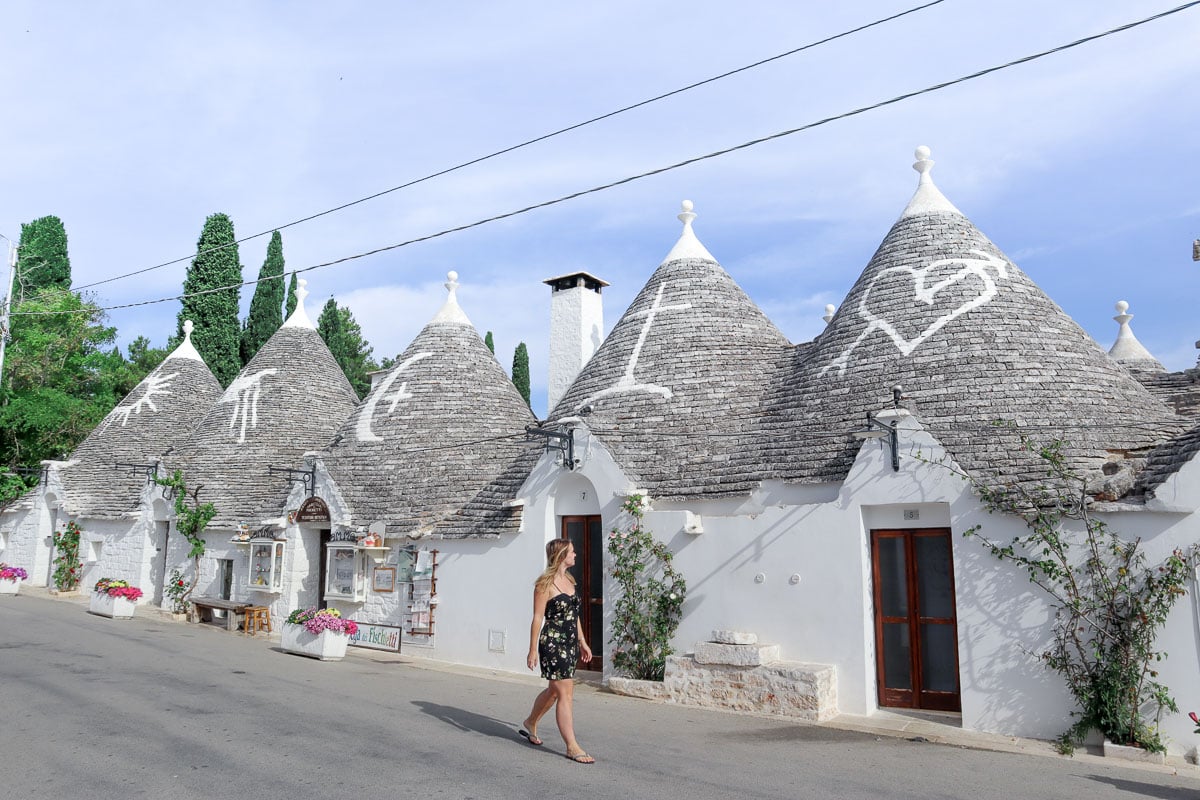
From the stunning scenery of Lake Como and the culture, art and beauty of Florence and Rome, to the epic views along the Amalfi Coast and traditional Italian towns of Puglia, this Italy road trip has it all!
Road tripping past vineyards, dramatic coastlines and historic cities sounds like a pretty perfect holiday doesn’t it? When it comes to European holidays, Italy is always one of my top recommendations. I love the views, the buzz, the people. And don’t get me started on the food – I mean, delicious Italian cuisine for brekky, lunch and dinner? That’s enough of a reason to visit in itself!
Whether you’re interested in art, architecture, history, food or fashion, a trip to Italy will no doubt appeal. Spend leisurely days floating beneath the Rialto Bridge in Venice on a gondola, window shopping in Milan’s boutiques, standing where gladiators once fought in the Roman Colosseum or staying in a traditional Trulli house in Puglia.
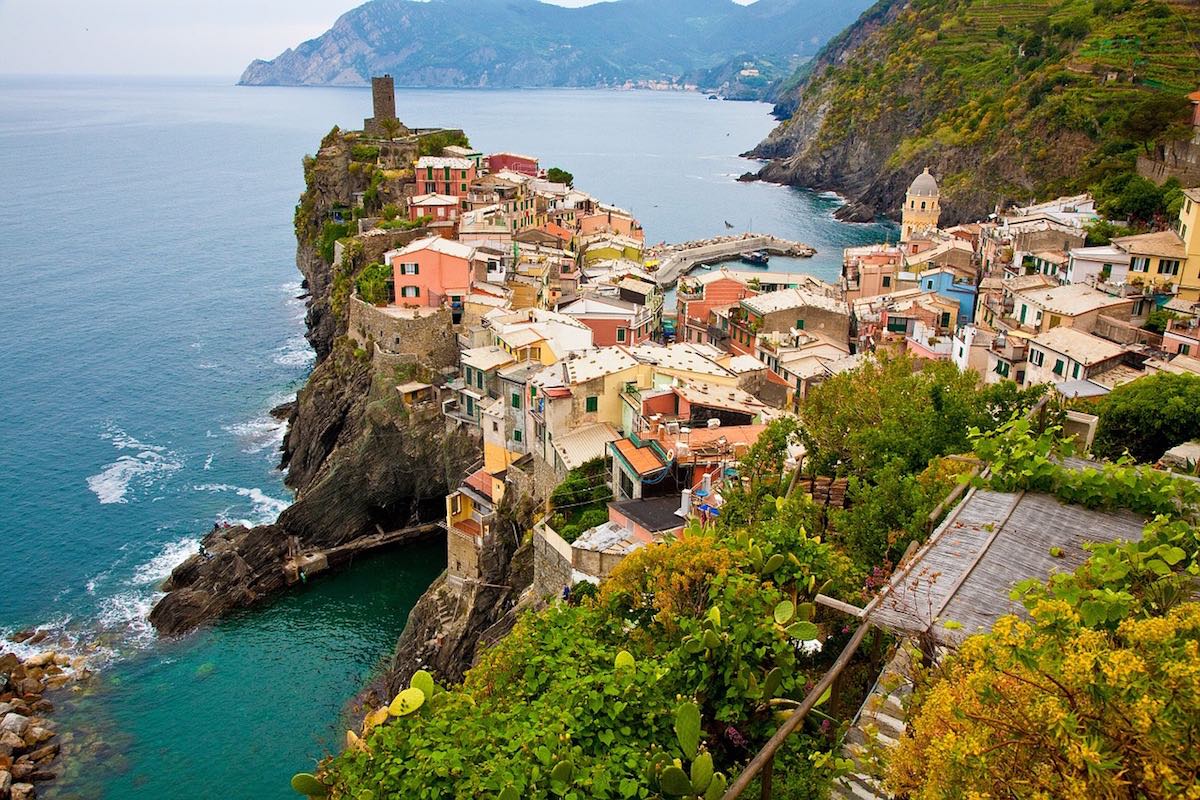
And the best part about an Italy road trip? The freedom! You don’t have to stick to the obvious routes. While I’ve created an Italy itinerary on the maps below, I’d encourage veering off course from time to time. That’s when you’ll find the hidden gems, the towns the tourists don’t know about, and no doubt some delicious Italian food too.
It’s also worth remembering that some of the interior parts of the country are as pretty as the coasts, with vineyards, sunflower fields and gorgeous hilltop towns. Going on a road trip means you’re pretty much guaranteed to see some of the most beautiful landscapes in Italy too.
So, rather than create one epic Italian road trip, I’ve divided it into a northern Italy road trip and a southern Italy road trip. That way you can just pick one and break the country up into manageable chunks. Got a while? Join the two up and continue down the coast from Rome to Milan.
Click through to take a look at each itinerary, and figure out which one is right for you…
The Ultimate Italy Road Trip Itinerary
From driving along the Amalfi Coast and enjoying traditional pasta in Puglia, to enjoying lake views in northern Italy and the incredible canals of Venice, it's time to plan the ultimate Italy road trip!
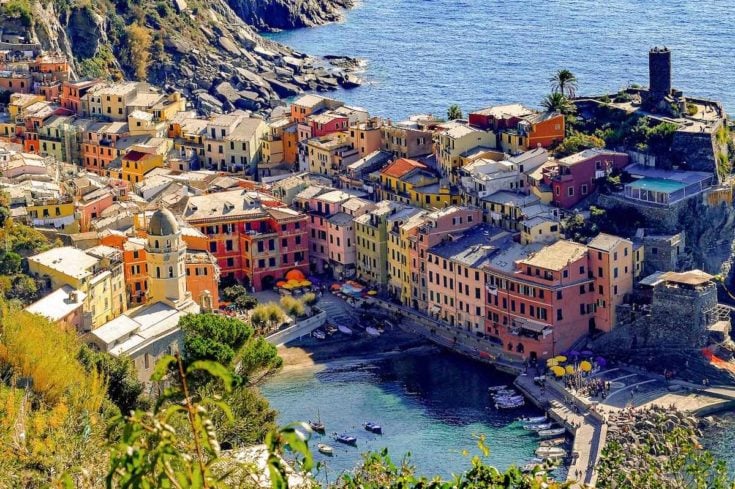
The Ultimate Northern Italy Road Trip: Routes, Sights, Guides, Maps And More
From the stunning scenery of Lake Como, dramatic coastlines of Cinque Terre and the canals of Venice, to the culture, art and beauty of Milan, Florence and Rome, it’s time to plan the ultimate northern Italy road trip!
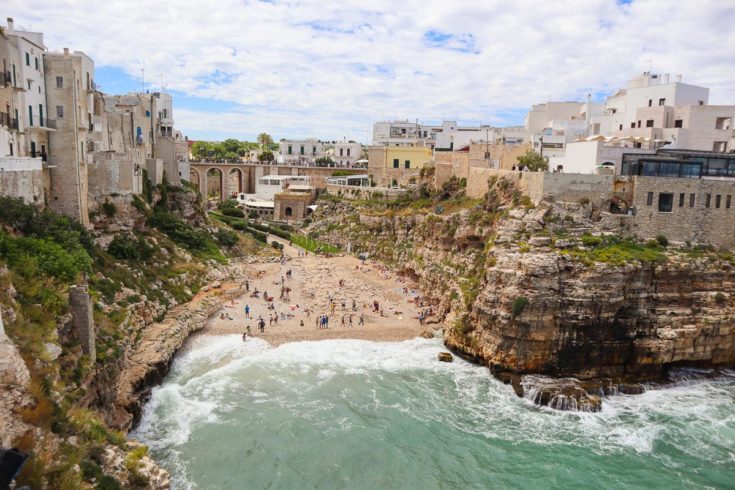
The Ultimate Southern Italy Road Trip: Routes, Sights, Guides, Maps And More
From the vibrant city of Naples and the awe inspiring views of the Amalfi Coast, to the traditional Italian towns of Puglia and Sicily’s beaches, volcanoes and cuisine, it’s time to plan the ultimate southern Italy road trip!
When Is The Best Time To Visit Italy?
Italy has a Mediterranean climate and is a lovely destination to visit all year round.
Temperatures vary by region, but as a quick example, you can expect average temperatures of around 0°C in around Cortina (a ski resort in the mountains) in January, and as high as 37°C in July in cities such as Milan and Venice. Temperatures in the south remain mild in winter, making destinations like Puglia and Sicily great options for a winter holiday.
If you’re wondering when is the best time to visit Italy, I’d suggest planning a trip between April and June, or in September or October, just after the peak summer season.
The weather tends to be consistent in these months, but isn’t too hot. Plus, as you’re missing peak season, you should benefit from lower prices and fewer people.
What to pack for your road trip
If you’re wondering what to pack for your trip, this guide to road trip essentials has you covered. From portable chargers to ways to stay entertained on long journeys, it’ll help you create your road trip packing list.
I hope you’ve enjoyed checking out my Italy road trip itineraries! Let me know where you decide to go and what your highlights are…
Enjoyed this post? Pin it for later…
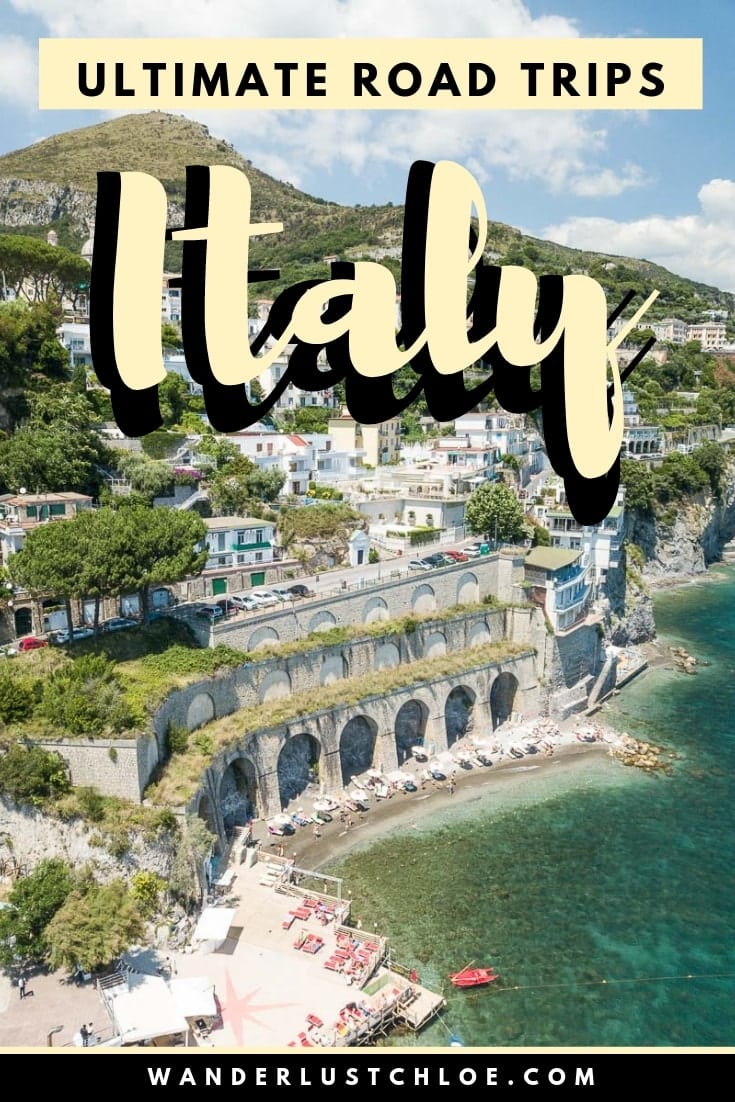
Chloe Gunning
With a passion for food, fun and adventure, Chloe is the content creator behind one of the UK's top travel blogs Wanderlust Chloe. From volcano boarding in Nicaragua, to sailing around Sicily and eating her way around Japan, her travels have taken her to some of the coolest spots on the planet. Named Travel Influencer of the Year in 2022, Chloe regularly works with a number of tourism boards, producing inspirational travel content across multiple platforms. Find out more about Chloe here.
2 thoughts on “The Ultimate Italy Road Trip Itineraries: Routes, Sights, Guides, Maps And More”
I am obsessed with Italy! I really want to visit Milan and Lake Como so I think that will be my next trip! xoxo Jess
Hey Jess – that’s a great route to take and super easy! I’ve just got back from Trentino which is also stunning!
Leave a comment Cancel reply
- Travel Planning
- Places To Stay
- Lifestyle & Culture
· April 4, 2024
Planning A Trip to Italy: The Ultimate Guide
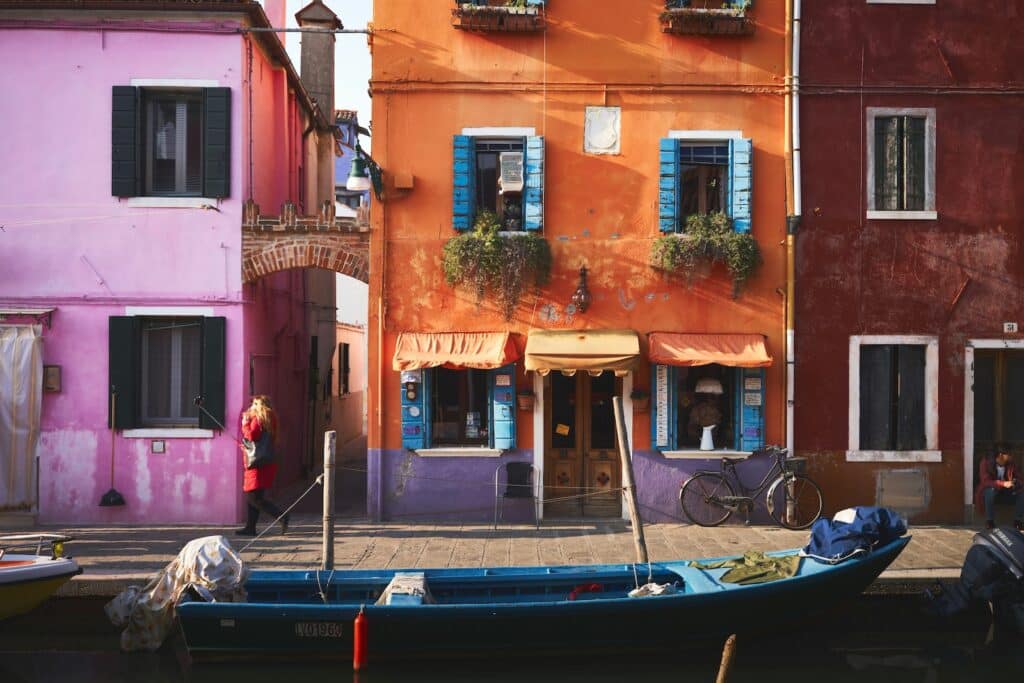
So you’re planning a trip to Italy?
Italy has something for everyone! But with so many options it can be overwhelming to decide where to go and what to see…but it doesn’t have to be.
In this guide, I’ll share the travel tips you need to know to plan the ultimate Italy trip.
This checklist will break down planning a trip to Italy into manageable steps, giving you a roadmap to make it simple and stress-free.
We’ll cover everything from deciding when to go to Italy all the way up through what to do to the day you leave for your trip.
At the end of this guide, you’ll feel prepared to start your Italian adventure with confidence!
Table of contents
Decide on your travel dates, ❒ define your italy experience, ❒ determine who will be traveling to italy with you, ❒ set a realistic budget, ❒ determine your trip duration, ❒ craft your dream itinerary, ❒ book your flights, ❒ book your accommodations, ❒ book attractions and unique experiences, ❒ get your etias visa, ❒ prepare your passport, ❒ learn some italian, ❒ finalize ground transportation, ❒ learn some local customs, ❒ start packing, ❒ get an international drivers permit, ❒ organize reservations and travel documents, ❒ financial considerations, ❒ set up international phone service, ❒ check the weather forecast, ❒ check for scheduled transportation strikes, ❒ final preparations:, ❒ first day itinerary, ❒ restaurant tips for first-time travelers to italy, ❒ don’t forget a thing: capture your italian adventure.
Hey there! Just a heads up: Some of the links in this post are affiliate links. If you click on them and make a purchase, I might earn a small commission at no extra cost to you. It’s one of the ways I keep this blog running and full of helpful content for you. Thanks for supporting!

When is the best time to go to Italy ? Each season brings its own unique experiences and challenges.
Summer is the peak tourist season with warm weather (often extremely hot and humid!) however it also has lots of crowds, and comes with higher prices.
Spring and fall offer milder temperatures, and fewer tourists, but also the possibility of rain. These seasons can be more cost effective too. (May and September are my favorite months to visit!)
Winter is the low season, with the best prices and the fewest tourists. But it also brings colder weather, more rain, and potential closures of certain attractions.
Read: My guide about When Is The Best Time To Go To Italy?
9-12 Months Before Departure: Dream & Decide
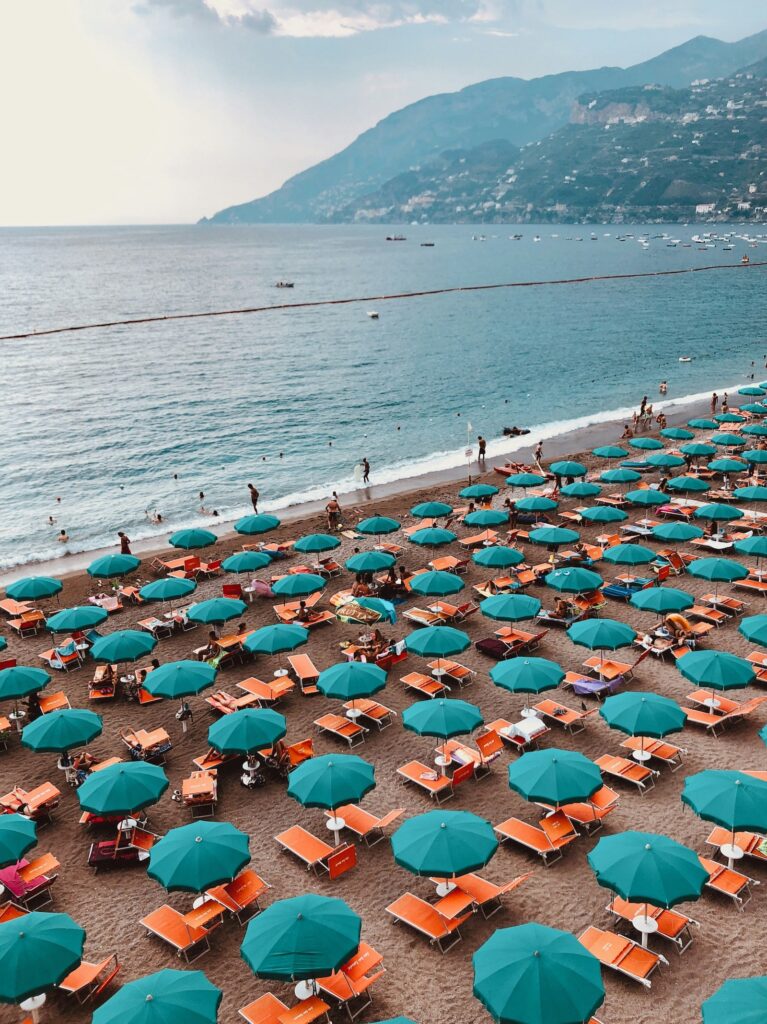
Are you a history buff, an art enthusiast, a beach lover, or a food aficionado? What’s your main goal in Italy?
Identifying your interests early on will guide the theme of your trip.
Your travel style in Italy should reflect what genuinely excites you, not what you feel obligated to do.
Travel guides and social pressures often influence our decisions, nudging us toward popular attractions and accommodations.
Yet, a truly memorable trip comes from pursuing what captures your interest.
If you prefer exploring medieval streets instead of wondering through museums, plan accordingly.
Food enthusiasts might find more joy touring Italy’s incredible culinary regions than checking off landmarks.
Tailoring your itinerary to your passions ensures a more enjoyable experience and deeper connections with the places you visit.
Make your adventure uniquely yours.
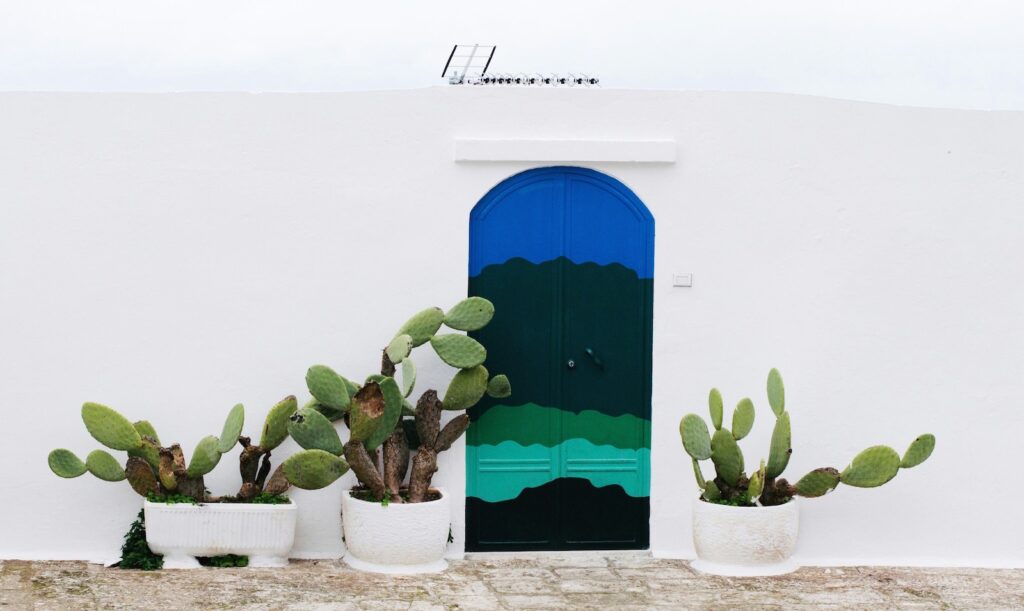
Finalizing your travel party is a crucial step in your Italy travel planning.
You’ll need to tailor your itinerary and budget per person to accommodate the specific needs of your travel companions for a memorable experience.
For families with kids, seek family-friendly tours, kid-friendly transportation, and accommodations with family amenities.
Traveling with teenagers? Consider their interests in planning activities.
For elderly or mobility-impaired individuals, choose accessible accommodations, transportation and tours with easy access. Don’t forget to request wheelchair service for flights if needed.
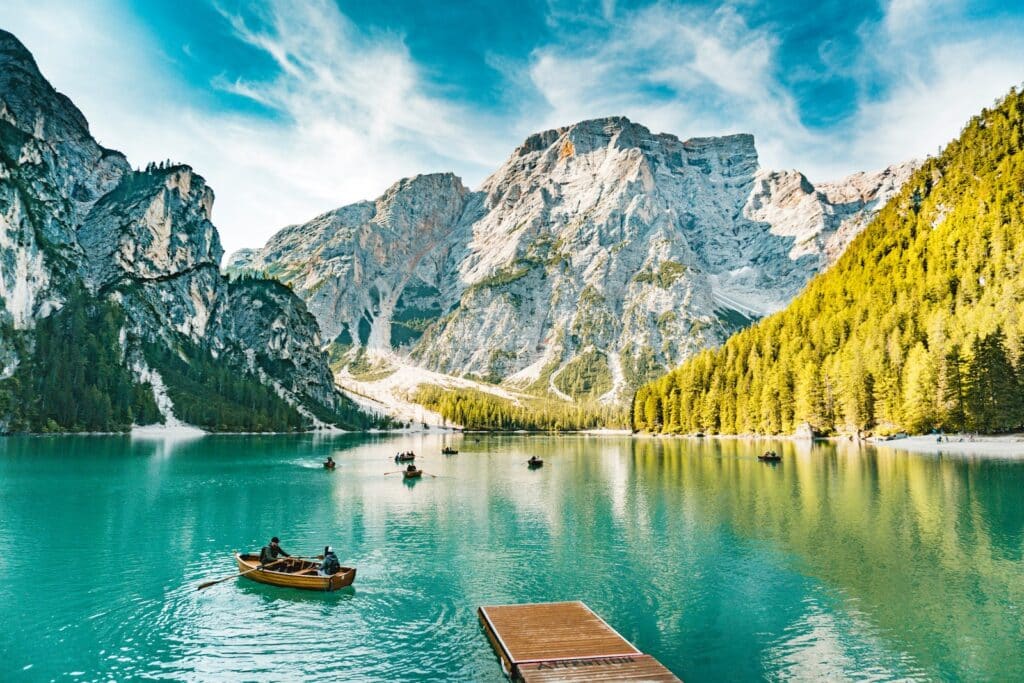
Traveling in Italy can get pricey. Assess your finances realistically. Consider major expenses like flights and stays, along with daily costs such as meals and activities.
Italy caters to various budgets. Here’s an estimate for two people weekly in Italy:
- Budget Trip: For a budget-style trip for two, plan to spend $1000 to $2000 weekly. This covers stays, meals, transport, and some attractions. Opt for budget lodgings, pizzerias, street foods, simple trattorias, and public transport.
- Mid-Range Trip: A mid-range trip for two costs $2000 to $3500 weekly. This includes cozy stays, moderate dining, group tours, and varied transport for a comfortable experience.
- Luxury Trip: A luxury trip for two can exceed $4000 weekly. Enjoy high-end stays, fine dining, private transport, and exclusive activities.
NOTE: These estimates are for two people weekly and may change based on choices like location, preferences, and activities. Flight costs are not included; research flight prices from your location for accurate budgeting.
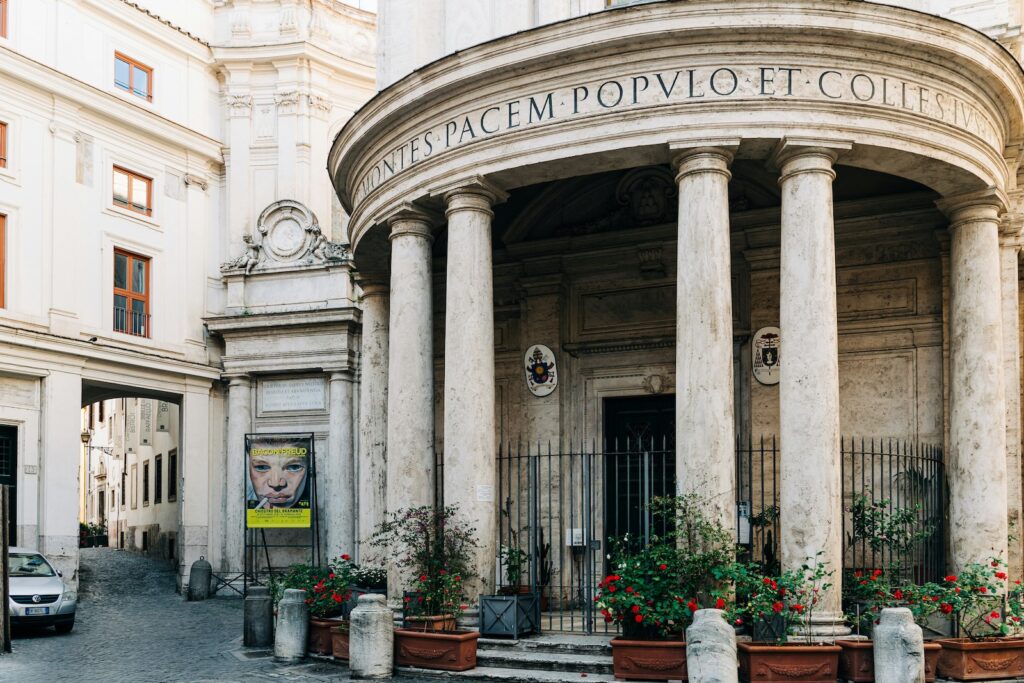
The next step is determining how long your trip to Italy will be and which areas you want to visit.
Planning a trip to Italy for 7 Days: With limited time, focus on thoroughly exploring one region instead of rushing through the entire country. Pick a region that intrigues you and spend time enjoying all it has to offer.
Planning a Trip To Italy for 2 Weeks: Combine two to three regions for a more comprehensive experience. Spend several days in each region to immerse yourself in the local culture, history, and cuisine.
An Extended Trip to Italy (3+ Weeks): With more time on your hands, you can explore three to four regions, settle in, and experience the beauty of Italy at a slower pace.

As I mentioned earlier, when you design your itinerary, consider why you want to go to Italy and what you are looking forward to experiencing. To help narrow down your options, here are some regions to consider based on your interests:
Art & History: Rome, Florence, Venice, Tuscany, Umbria
Food & Wine: Tuscany, Emilia Romagna, Piedmont, Sicily
Outdoor Activities: The Dolomites, the Amalfi Coast, Sardinia, Puglia
Relaxation & Beaches: Sardinia, Puglia, Calabria, Sicily
Culture & Local Life: Basilicata, Le Marche, Umbria
FREE Resource ==>> Italy Your Way Itinerary Planning Guide
Here are the steps to take to design your itinerary:
1. Research and Prioritize:
- Dive Deep: Start by researching the regions you’ll be exploring. Look beyond top cities – consider small towns and locations off the beaten path. Explore websites and guidebooks to get a comprehensive picture.
Explore some of my favorite travel guides .
- Interests First: Make a list of your priorities. Are you an art history buff craving Renaissance masterpieces? A foodie seeking regional specialties? Do you yearn for breathtaking hikes or romantic gondola rides?
- Prioritize Ruthlessly: Be realistic about what you can achieve in your timeframe. Narrow down your list, keeping the experiences that truly resonate with you. You can always add more if time allows.
2. Choose Your Home Base(s):
- Strategic Selection: Analyze your list – consider which locations can serve as convenient bases for exploring nearby destinations. Look for cities with good public transportation links or well-connected train stations.
- Consider the Vibe: Think about the atmosphere you desire. Bustling city life offers constant energy, while smaller towns provide a slower pace. You’ll be choosing your accommodations soon!
3. Map Out Distances and Craft Your Itinerary:
- Get Down to Details: Use online tools like Google Maps or Rome2Rio to calculate distances and travel times between locations. Consider different transportation options – trains, buses, ferries, or rental cars – and factor in their timetables and costs.
- Time for Everything: Now comes the exciting part – building your itinerary! Allocate realistic amounts of time for each location. Factor in travel days, check-in/check-out times, and time for relaxation – you don’t want to be constantly on the move.
- Deep Dives vs. Quick Peeks: Decide if you want in-depth exploration of a few places or a broader overview of many.
4. Embrace Flexibility:
- The Unexpected: Remember, travel can be unpredictable. Build in some buffer days in your itinerary to accommodate potential delays, flight cancellations, or spontaneous discoveries.
- Leave Room to Breathe: Don’t cram too much into your schedule. Allow time to put away your Google Maps and spend time getting lost walking the cobblestone streets, indulging in leisurely lunches, and savoring the Italian way of life.
6-9 Months Before Departure:

To ensure a smooth process, follow these steps and insider tips:
- Start Early: Begin your search for flights at least 6 months in advance. This can help you secure the best rates and choose from a wider selection of flight times and routes.
- Use Flight Comparison Sites: Utilize websites like Skyscanner to compare options from various airlines and sign up for email alerts when the price drops.
- Consider Nearby Airports: For potentially cheaper fares, don’t just search for flights arriving in Rome or Milan. Consider your itinerary and look at cities like Venice, Pisa, Florence, or Naples which could offer better rates.
- Check Airline Policies: Pay attention to luggage allowances and cancellation policies. Often the first tier of Economy Class won’t allow a checked piece of luggage. If you want the flexibility to reschedule or cancel your flight you’ll need to pick the ticket type that allows for that. Be sure to read the fine print of each class to ensure that your needs will be met.
- Sign Up for Alerts: Many airlines and travel sites offer notifications for when prices drop to your chosen destination. This can be a great way to snag a deal.
- Avoid Peak Season: If possible, aim to travel during the shoulder seasons (spring or fall). Not only are flights often cheaper, but you’ll also avoid the heavy tourist crowds.
Insider Tips:
- Tuesday Trick: Booking on a Tuesday can sometimes offer lower prices, as airlines often release new fare sales early in the week.
- Stay Flexible: Being flexible with your departure and return dates can save you money. Often, flying mid-week is cheaper than weekend flights.
- Consider Multi-City Flights: If planning to visit multiple cities, look into multi-city flight options. This can sometimes be more cost-effective than booking round-trip flights. If your itinerary is bringing you from one end of Italy to another, it doesn’t make sense to fly round-trip because you’ll waste precious time getting back to where you started.
My favorite companies for comparing and booking flights are:
Skyscanner: Helps you find the cheapest flights by searching across airlines and travel agents. It offers flexible search options and price alerts to ensure you snag the best deals.
CheapOair: Their search engine results prioritize finding discounted fares, including premium cabins.

When deciding which type of accommodation is right for you, consider factors such as your budget, desired level of service, location preference, travel style, and the specific needs of everyone in your party.
Hotels:
Hotels offer convenience, a range of amenities, and professional services. Choosing a hotel is a good option if you prefer ease of service, daily housekeeping, on-site dining, and access to facilities such as a gym or spa. Hotels are a common choice for those seeking a more traditional accommodation experience.
I recommend filtering your search on the left side of the screen by selecting a Guest Rating of 9+. You can also scroll down further to select the different amenities that you would like to have at your hotel.
Agriturismos:
If you appreciate a more authentic and serene atmosphere, agriturismos in Italy can be a fantastic choice.
Agriturismos are farm stay accommodations that provide an incredibly unique rural experience. These properties are located on working farms or rural estates, allowing guests to immerse themselves in the Italian countryside with accommodation options ranging from budget to luxury.
Agriturismos are characterized by their rustic charm, farm-to-table dining, and opportunities for activities such as vineyard tours, olive oil tastings, and cooking classes. They are especially popular in the regions of Tuscany , Umbria, Piedmont, and Sicily.
My favorite company for booking hotels and agriturismos is:
Booking.com: One of the world’s largest online travel agencies, allowing you to search and book accommodations like hotels and apartments along with flights and other travel necessities. They boast a massive selection of listings, making it a great resource to compare prices and find the perfect place to stay.
Vacation Rentals:
Vacation rentals offer a more independent and flexible experience for travelers who prefer a home-like environment, and can be much more cost-effective if you’re traveling as a family or group.
There’s a wide range of options, from budget to luxury . Choose from private rooms to entire apartments, houses, and villas.
Renting a vacation home allows you to have your own space, and gives you the option to do laundry (which means you can pack lighter!), cook your own meals, and live like a local.
A stay at a vacation rental can provide unique and charming properties in desirable locations, allowing you to feel more connected to the local culture.
When you’re doing research for your perfect vacation rental stay, be sure to filter the search by the amenities that you require like, WIFI, elevator, easy access, family-friendly necessities, washing machine, pool, etc.
My favorite companies for booking vacation homes are:
Plumb Guide: The world’s leading curated home collection. They have redefined the vacation rental landscape by meticulously curating extraordinary homes worldwide on an unprecedented scale.
Oliver’s Travels: With over a decade of experience in the travel industry, Oliver’s Travels specializes in villas and chateaux in France, UK, Italy, Spain, Portugal, and Greece, and maintains an extensive portfolio of handpicked properties throughout Europe.
VRBO: Vrbo offers vacation rentals ranging from simple apartments to luxury and unique options (even castles). Vrbo is the world’s leading marketplace for vacation rentals, with over 2 million paid listings of vacation rental homes in 190 countries.
Important Tips for Booking Accommodations
Thoroughly read the property description and always read the reviews!
Be sure to sort the reviews by “most recent”.
This is so important! This is so important. More than once I’ve fallen in love with the online photos of a property only to find out after reading the reviews that the property was difficult to reach or the property manager was unresponsive when issues came up.
The default review feed isn’t usually sorted in chronological order. A property’s management could change or there could be any number of reasons why a property with great reviews in the past could take a turn for the worse.
Do the best that you can to be sure you have realistic expectations of the property before you arrive and read the most recent reviews.
Also, if you’ve fallen in love with an accommodation, book your reservations as far in advance as possible! The best options tend to get reserved quickly and you don’t want to be disappointed if your dream stay isn’t available.
4-6 Months Before Departure :

Guided Tours:
Booking a guided tour will get you skip-the-line access and pair you with an expert who can enhance your experience with interesting behind-the-scenes insights and stories.
For major attractions like the Colosseum and Vatican Museums in Rome, or the Uffizi Gallery in Florence, book your guided tours at least 4 months in advance. These attractions can get busy during peak travel seasons, and advanced bookings allow you to secure your preferred dates and times.
Be sure to always read the reviews and check the ratings of the tour before you finalize your booking.
Deepen Your Italian Adventure: Immerse Yourself in Local Experiences
Consider incorporating immersive experiences or classes into your itinerary!
Instead of just browsing museums, imagine yourself kneading fresh pasta dough in a cooking class, learning the secrets of winemaking on a vineyard tour, or even hunting for prized truffles with a local expert.
These are just a few examples of the unique adventures that await you in Italy.
Small group tours offer a fantastic way to experience local traditions and have moments that you’ll always remember.
Perhaps you’ll create your own Venetian mask, unleash your inner artist with a painting class, or take the wheel of a Ferrari for a thrilling test drive on a scenic Italian road. The possibilities are endless!
My favorite companies for searching for unique and interesting tours and experiences are:
Viator: Viator offers more than 300,000 experiences throughout 200 countries, including wine tastings, walking tours, cooking classes, catamaran rides, tickets and passes to popular landmarks, as well as travel and transportation services, such as bus tours and day trips. Not only do they offer an incredible selection of experiences, but most bookings can be canceled for a full refund up to 24 hours before the scheduled date.
Get Your Guide: A booking platform that helps travelers find incredible travel experiences wherever they’re headed. These experiences include skip-the-line tickets to the world’s most iconic attractions, walking tours by top local experts, immersive food and beverage tours, cooking and craft classes, bucket list experiences, and niche offerings you won’t find anywhere else.
If Doing a Self-Guided Tour Be Mindful of Scams
If touring on your own, visit the official websites of the attractions to purchase tickets.
Stick to reputable sources and avoid deals that seem too good to be true. It’s always better to pay a bit more for peace of mind and a quality experience.
ROME OFFICIAL SITES >>> Colosseum , Vatican Museums , Pantheon , Roman Forum , The Palatine Hill, Capitoline Museums
FLORENCE OFFICIAL SITES >>> Uffizi Gallery , Accademia Gallery , Duomo
VENICE OFFICAL SITES >>> Saint Mark’s Basilica & Museum of Venice , Peggy Guggenheim Museum , Doges Palace
MILAN OFFICIAL SITES >>> Duomo , Last Supper Tickets,
If you want to avoid long queues, look for skip-the-line tickets which allow you to bypass the regular lines and save time. Many popular attractions offer these types of tickets, and they’re worth the extra cost, especially during peak travel seasons.
Beginning in 2025, tourists from eligible countries, including the United States and Canada must apply for the ETIAS (European Travel Information and Authorisation System) before traveling to Italy.
ETIAS will cost 7 euros (about $8 or US Dollars) for a three-year permit that allows “third-country nationals” to enter the Schengen Area for up to 90 days within a 180-day period.
Only visitors between 18 and 70 will be required to pay the application fee, but all ages will need ETIAS authorization to enter.
Not from the U.S.? You can visit the website of the Italian Ministry of Affairs to determine if you qualify for the ETIAS or need to apply for a different visa before entering Italy.

Here are 3 crucial things to do with your passport before traveling overseas:
1. Check Your Passport Expiration Date:
Passports should be valid for six months beyond the date of your trip. Some airlines will not allow you to board if this requirement is not met.
2. Sign Your Passport:
Have you signed your passport? In the hustle and bustle of trip preparation, it’s easy to forget. Signing is not only a legal requirement but also helps prove that the passport belongs to you.

3. Make a Copy of Your Passport:
Photocopy your passport and store it separately from the original.
Should your passport get lost or stolen, having a photocopy can be a lifesaver when dealing with local authorities and embassy officials.
And don’t forget to also snap a photo of your passport with your phone so you have an extra copy.
NOTE: When traveling within Italy, you should keep your passport or a copy with you at all times for the following reasons:
(1) The police could stop you for a routine check
(2) If you rent a car and get pulled over the police will ask to see it
(3) Train conductors could ask to see your passport when verifying tickets
(4) When checking into accommodations, you will be asked to present your passport upon arrival for identity verification.
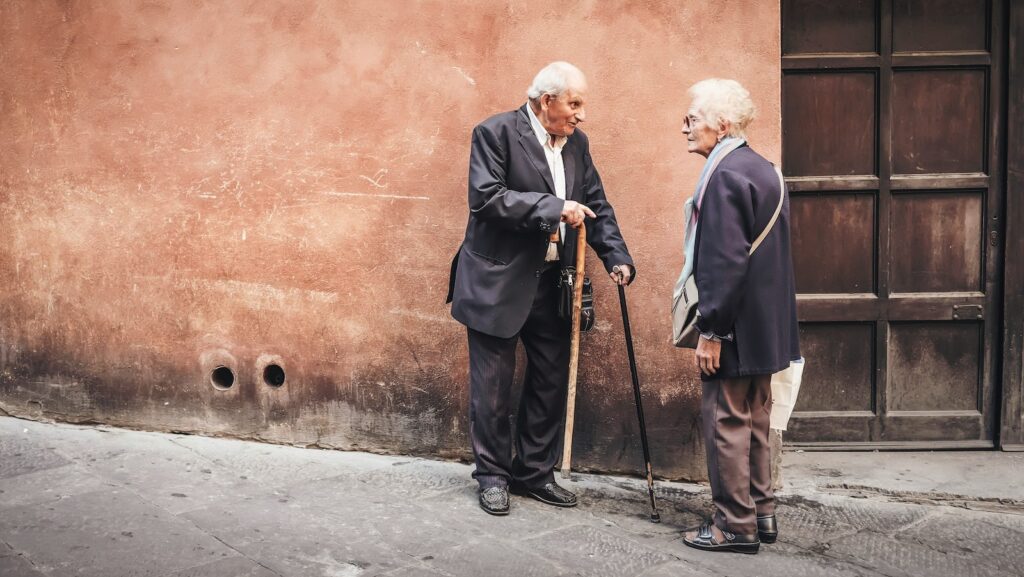
Want to enhance your Italy trip? Learn some Italian before you go! Even learning a few phrases can go a long way in making connections with locals.
Here are some options:
Babble : A language learning app designed for conversations with short, interactive lessons in 14 languages. It emphasizes speaking skills to get users comfortable talking in real-life situations.
Italki: An online platform that connects you with native-speaking language tutors for personalized lessons. You can choose a teacher based on your budget, goals, and even interests for a more engaging learning experience.
Self-study: Here are some of my favorite Italian language learning books. –>> Learn more
Immerse yourself in Italian culture and language by reading books, listening to music, or watching Italian films.
Here are a few online video resources >>>
- Italian Phrases To TRAVEL (TOP 25 Phrases You Need in Italian)
- Top 10 Italian Phrases for Travel you NEED to know
- EASY PHRASES FOR VACATION IN ITALY: How to Be Polite & Show Good Manners in Italian
2-4 Months Before Departure
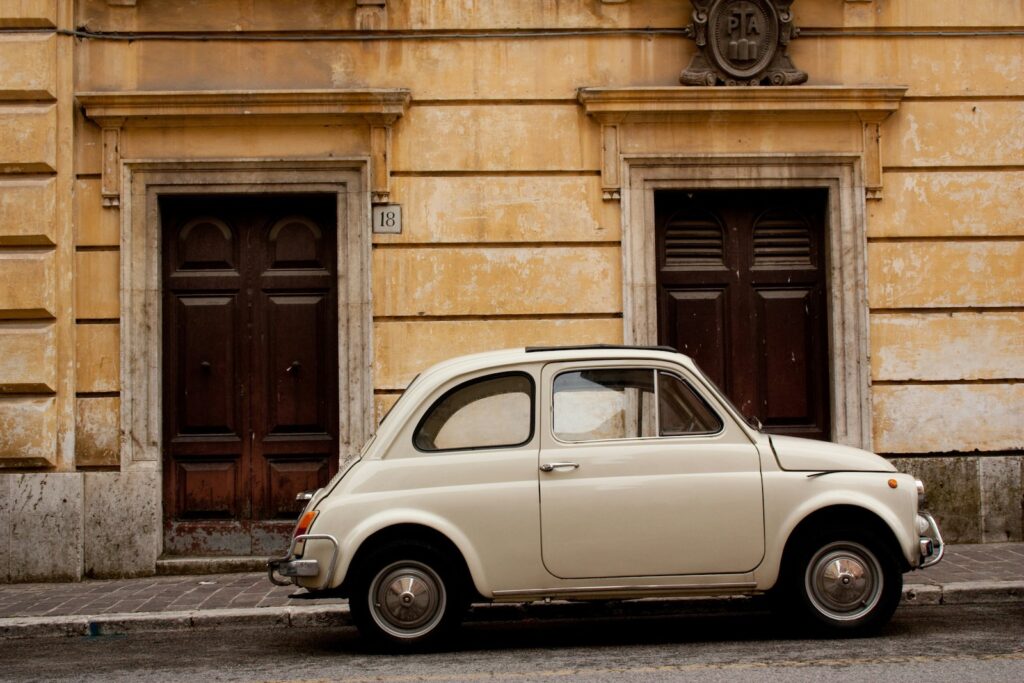
Rental Cars:
If your itinerary requires a rental car, be sure the reservation is made and the credit card being used is in the name of the person who will be driving the car.
Also, when booking be sure to filter your search for your preference of either a manual or automatic vehicle.
If you’re renting a car don’t forget to add toll costs and fuel expenses to your budget.
Also, be sure to get an International Driving Permit before you leave home (more on this later).
My favorite companies for rental cars are:
Booking.com : If you’re already using Booking.com to find your accommodation, you can streamline your travel planning by booking your car rental there as well. No need to jump between different websites.
Auto Europe: Auto Europe partners with trusted rental companies and negotiates rates, allowing you to compare options and potentially find better deals than booking directly with a rental agency. They offer rentals for luxury cars, vans, and even one-way rentals where you drop the car off in a different location.
Private Transfers:
Private transfers are the most expensive but most convenient way to travel between locations.
You can find them on sites like: Viator.com or GetTransfer.com .
You can also reach out directly to the contacts where you have booked accommodations. Their concierge services can recommend reliable local private car booking services.
Trains:
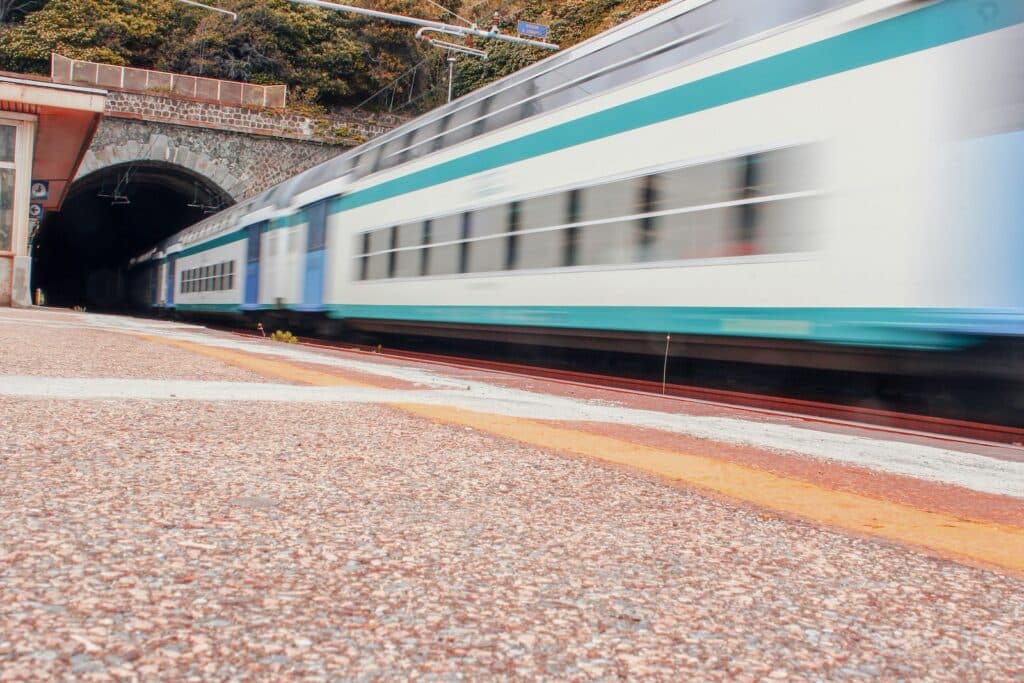
Train travel is an excellent option when moving between larger cities.
It might not be suitable for you if your itinerary is bringing you to more off-the-beaten-path regions of Italy which you can reach better with a car.
Here are some tips for booking trains:
Buy Train Tickets Online: I recommend Omio . Their user-friendly website allows you to book tickets, check schedules, and choose your seats.
- Book Early: Train tickets in Italy often have different price tiers that increase as the travel date approaches. To secure the best fares, book as early as possible.
- Frecciarossa: High-speed trains, operated by Trenitalia, reach speeds of 300 kilometers per hour and offer maximum comfort, making trips between Italian cities as smooth and short as possible.
- Frecciargento: Trains that run through both the traditional and high-speed lines with connections between Rome and other major cities of the northeast and south sides of Italy.
- Frecciabianca: Trains that are part of the Frecce high-speed long-distance rail service between Italy’s main cities. The trains, operated by Trenitalia, travel at a speed of up to 200 kilometers per hour.
- Inter-City: Non high-speed express trains that connect major and minor cities in Italy.
- Regional: Slow trains that operate within the same region or neighboring regions.
- Factor In Connection Times: To avoid any missed connections, leave at least 15-20 minutes between connections on a long trip. You don’t want unanticipated delays to cause you to miss your next train, especially when you have a trip that requires numerous transfers.
- Check For Discounts: Various discounts are available for different categories of travelers, such as senior citizens, children, and families. Make sure to check if you qualify for any discounts when booking your tickets.
- Seat Reservations: For some trains like Regional Trains, a ticket – or a rail pass – is all you need to ride because Regional Trains do not require seat reservations. For others, you’ll also need a reservation for a specific seat. Seat reservations are not included with train tickets, so if you travel on any trains that require reservations, like all high-speed trains in Italy, you’ll need to purchase those separately. You will be fined if you are traveling in a high-speed train without a seat reservation in conjunction with your train ticket.
Validate Your Train Ticket Before Boarding:
If you have a paper ticket and if you’re not on a fast train with a seat reservation, you need to validate your train ticket before boarding.
Why? When you purchase a paper ticket at the ticket window or from a ticket vending machine for a regional route, it’s considered to be an open ticket to be used for that route any day or time. By validating the ticket you are confirming that you’re using it for the train you’re riding on and it prevents you from being able to use the ticket again. Skipping this simple step could lead to a fine of $100 when the train conductor comes by to check your ticket.
How? There are validation machines (see image below) available throughout the train stations near the platforms.

Other Public Transportation:
Italy has an extensive public transportation network, including subways and buses, in major cities.
1. Rome: The metro system in Rome consists of three lines (A, B, and C) that cover most of the city. Buses and trams are also widely available and can take you to areas not covered by the metro.
2. Milan: The metro system in Milan consists of four lines (M1, M2, M3, and M5) that serve the city and its suburbs. In addition, there are numerous buses and trams that provide alternative transportation options.
3. Florence: Florence has a small but efficient tram system that covers the city center and surrounding areas. The city also has an extensive bus network, making it easy to get around.
4. Naples: Naples has an underground metro system with two lines (Line 1 and Line 6). Buses and trams are also available, offering convenient transportation throughout the city. There are over 500 outlets in Naples listed as places where you can buy tickets, typically bars and tobacconists. You can also buy at Metro, funicular, and train stations where there are ticket machines. There are different kinds of tickets and passes covering the city of Naples: hourly, daily, monthly, or annual passes.
5. Venice: In Venice, there are no cars or buses. Instead, you can explore the city on foot or use water buses , known as vaporettos, to navigate its canals.
These are just a few examples, and other major cities in Italy also have their own public transportation systems. It’s worth noting that each city may have its own ticketing system, so it’s advisable to check the local transport authority’s website for the most up-to-date information.
1 Month Before Departure
There are cultural norms and local customs that you should know before traveling to Italy to ensure a respectful and enjoyable visit. Take the time to inform yourself ahead of time so there are no surprises.
READ: My guide about 39 Things To Know Before Traveling To Italy (So you’ll feel like a local!)

Begin assembling your packing list. Consider the weather during your visit and the activities you plan to engage in. Refer to the BONUS Men’s and Women’s Packing Lists I’ve included in the additional resources for help with this task. Here are some packing tips to keep in mind:
Pack Light:
Packing light allows you to easily navigate public transportation and maneuver through crowded cobblestone streets. Many accommodations in Italy, especially in historic areas, might not have elevators. Packing light ensures you won’t struggle with heavy luggage while navigating stairs.
Include Modest Clothing:
Bring clothes that cover your shoulders and knees as most churches in Italy require that they are covered before entering. Pack at least one set of clothes specifically for days that you’re visiting sites like the Vatican.
Leave Some Room For Shopping:
Leave some extra room in your suitcase or bring a foldable bag for purchases you make during your trip.
Hairdryers, Curling Irons & Flat Irons:
American appliances run on 110-120 volts at 60 Hz, while European appliances run on 220-230 volts at 50 Hz.
As a result, American hair dryers and styling appliances designed for use in the United States (typically 120 volts at 60 Hz) may not be directly compatible with the higher voltage used in European countries. Plugging a 120-volt hair dryer into a 220-240-volt outlet without the appropriate voltage converter or transformer can cause damage to the appliance and outlet as well as pose safety risks.
If you plan to bring an American hair dyer to Europe, you may need a voltage converter to change the voltage to 220-240 from 110 volts.
Some models of hair dyers have the ability to change voltage. Before you buy anything new, you should check if your hair dryer has a label that says “INPUT AC 120V – 240V” or a switch/toggle that can be set to either 125V or 250V. This is a common feature in many devices, so it’s always worth checking. If your hair dryer doesn’t have the capability to switch between voltages, you will need to buy a voltage converter to use it in Europe or consider buying a new hair dryer , curling iron or flat iron to bring with you on your trip.
Weigh Your Luggage:
Be sure your checked luggage doesn’t exceed the 50-pound limit. Also, check your airline’s website to see if there are weight limitations for your carry-on luggage as many international flights now require them to not exceed a certain weight. Bring a travel luggage scale with you so you can weigh your luggage on the way home too.
See my list of must-have travel essentials.
If you’ll be renting a car you’ll need to bring your state driver’s license with you, but you’ll also need to have an international drivers permit (IDP) which can be obtained at your local AAA office for around $20.
In my experience, when picking up the rental car in Italy the sales clerk only asks to see the IDP half the time. So don’t be surprised if they don’t ask to see it. But if they require an IDP and you don’t have it you won’t be able to rent the car so it’s important you have it either way.
Also, remember to keep the IDP with you at all times while you’re driving just in case you get pulled over for a traffic violation.
1 Week Before Departure
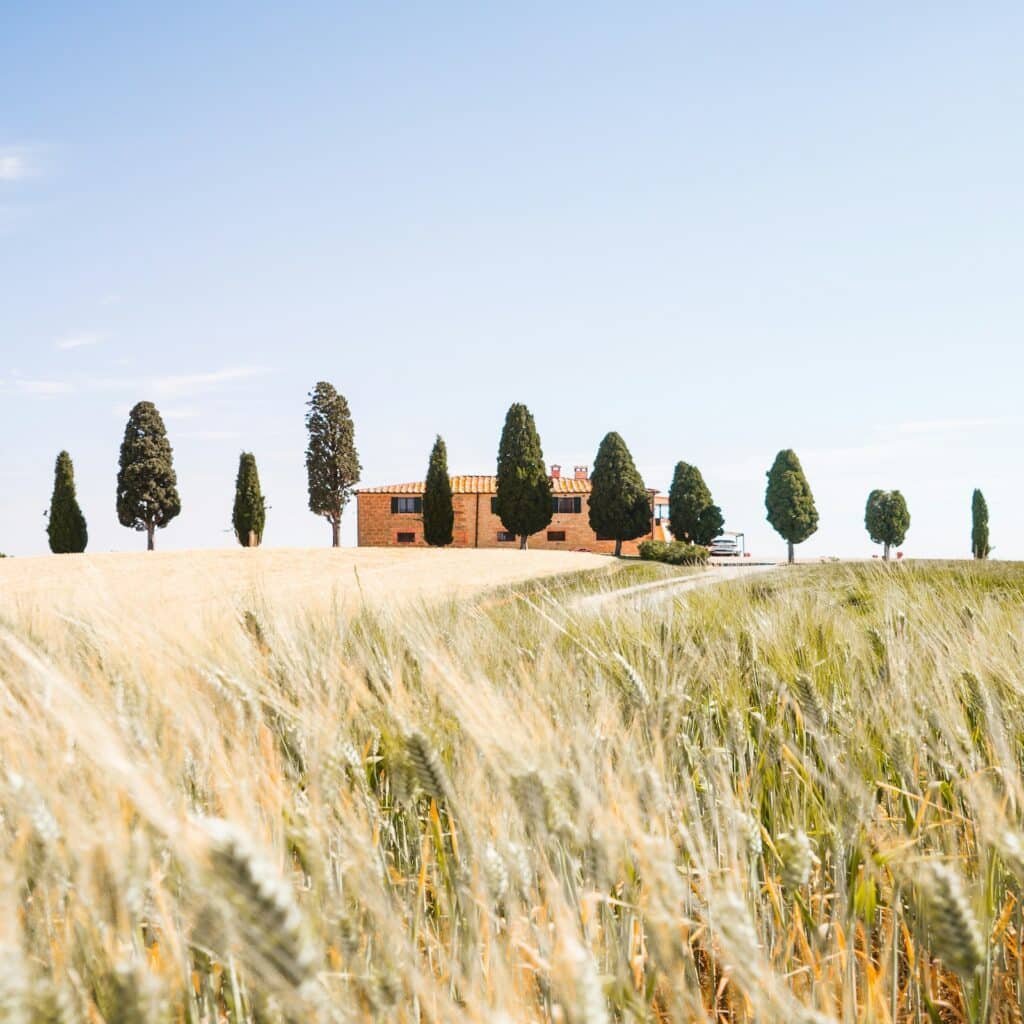
Double-check all your reservations, including flights, accommodations, and activities. Ensure all details are correct and print copies of them for easy reference. Gather any necessary visas and your passport.
Credit Cards:
I always recommend taking two credit cards. I keep one with me and the other I leave behind in my accommodation in a secure location. It’s good to have a backup if your card is lost or stolen.
Notify your bank of your travel plans to avoid any surprises with card freezes due to international activity. Inquire about foreign transaction fees – you might want to obtain a credit card with no fees for the duration of your trip.
Also, take pictures of the front and back of your credit cards so that you have copies in case they are stolen or you lose them.
Euro:
Order Euro to take with you at your bank or local AAA office. Take as little cash as possible. Start off with €200 or whatever amount makes you feel the most comfortable.
You can use your credit card pretty much everywhere in Italy. There really isn’t a reason to bring a lot of cash that could get lost or stolen.
Take a debit card with you and get more cash at ATMs which are easily accessible throughout Italy.
Don’t use money exchange stores unless it’s an emergency. They are very expensive and you’ll pay a much higher rate than at an ATM.
International Phone Plans:
Check with your current phone carrier to see if they offer international roaming plans. Most major carriers do and have additional fees associated with using your phone abroad.
Digital SIM Card:
A digital SIM card , also known as an eSIM, is a digital version of a traditional physical SIM card that you would put in your phone. eSIMs are becoming increasingly popular for travelers because they offer several advantages:
- Convenience: There’s no need to physically swap out your SIM card or carry around a bulky adapter. You can purchase and install an eSIM online before you even leave for your trip.
- Flexibility: eSIMs allow you to have multiple mobile data plans on your phone at the same time. This can be handy if you want to keep your existing phone number active while also having a local data plan for Italy.
- Speed and Activation: eSIMs can be activated quickly and easily by scanning a QR code. You’ll be connected to the local mobile network in no time.
- Security: eSIMs are more difficult to lose or steal than traditional SIM cards. If your phone is lost or stolen, you can simply disable the eSIM remotely.
Before purchasing, make sure your phone is compatible with eSIM technology. Most newer smartphones are, but it’s always a good idea to check with your manufacturer.
Airalo: With eSIMs from Airalo, travelers can download and install a digital data pack for over 200 countries/regions and get connected anywhere in the world as soon as they land.
Italian SIM Card:
If your carrier doesn’t offer international roaming plans, or if the fees are too high, you can consider purchasing a prepaid SIM card from an Italian carrier which is a very cost-effective option. Most carriers have tourist plans for around €15 per month. Popular Italian carriers include TIM , and Vodafone . Each offers a variety of prepaid plans with different data, call, and text allowances.
You can do this at airports, train stations, and other major tourist destinations, but going directly to a carrier store has its benefits. They offer the widest selection of plans and the staff can help you choose the right one and even install the SIM card for you.
If you plan on using an Italian SIM card, check with your current carrier to make sure your phone is unlocked so you can use it with a SIM card from a different carrier while in Italy.
Portable WIFI Hotspot:
You can also consider turning off data roaming and using Wi-Fi whenever possible or staying connected with a portable WIFI hotspot that you can rent for your time in Italy.
I RECOMMEND >>> Solis portable WIFI hotspots (get 15% off with the coupon code AWAYTOITALY)
Emergency Services:
When facing an urgent situation in Italy, dial 112 , the nation’s unified emergency number. This toll-free number connects you directly to the appropriate emergency service- the police, fire department, or ambulance.
If your emergency is strictly medical, you can dial 118 .
Regardless of your location in Italy, you can dial these numbers from any mobile phone without adding any prefixes.
You could also research travel insurance for any unexpected situations.
Stay updated with the weather forecast for your travel dates. Adjust your packing if needed.
Italy is notorious for regular labor strikes. Do a quick Google search for “transportation strikes Italy [your month and year of travel]”. It’s good to be aware ahead of time of a strike that could affect your travel plans and troubleshoot as needed.
Day of Departure: The Adventure Begins
- Charge all of your electronic devices.
- Download your airline’s app to your phone for flight updates and electronic boarding passes.
- Go online to check in for your flight (24 hours before departure time).
- Print copies of boarding passes to have as a backup in case your phone battery dies and you can’t access digital boarding passes.
- Arrive at the airport 2 1/2 to 3 hours before your flight departure time.
Plan your first day in Italy carefully. If possible, schedule an easy, low-stress activity for arrival day, such as a leisurely walk or a relaxing dinner. Adjusting to a new time zone can be challenging, so give yourself some time to acclimate.

Italy is renowned for its culinary excellence and dining in this beautiful country is an experience in itself. For first-time travelers, navigating the Italian dining scene can be as thrilling as it is bewildering. Here are some tips to enhance your dining experience:
- “Aperitivo” Time: Many Italian bars and restaurants offer an ‘aperitivo’ in the early evening, typically around 6-8 PM. This is a social tradition where Italians enjoy pre-dinner drinks, such as a spritz, accompanied by snacks. It’s a wonderful way to begin your evening.
- Understand the Menu: Italian menus are typically divided into several sections – antipasti (starters), prime (first courses, usually pasta), second (main courses, often meat or fish), contorni (side dishes), and dolci (desserts). It’s not necessary to order from every section – feel free to mix and match according to your appetite.
- Water and Bread Charges: Unlike in some countries, it’s common for Italian restaurants to charge a small fee for bread (‘pane’) and water ( ‘coperto’ ). This is not optional, but a part of the dining tradition, so expect it to be added to your bill.
- Local Specialties: Each region of Italy has its own culinary specialties. Be adventurous and try local dishes and ingredients. For example, order pesto in Liguria, carbonara in Rome, and seafood in Venice.
- Timing is Everything: Italians usually eat later than in many other countries. Lunch can start from 1:30 PM onwards, while dinner often doesn’t begin until 8 PM or later. Plan accordingly and consider making a reservation, especially for dinner.
- Coffee Culture: Ending your meal with a coffee is quintessentially Italian, but be mindful of local customs. Cappuccinos and other milk-based coffees are typically enjoyed only in the morning . After lunch or dinner, opt for an espresso or ‘caffè’.
READ: My guides on 7 Ways to Avoid Tourist Trap Restaurants in Italy and The Coperto in Italy (and How to Understand Your Restaurant Bill)
By keeping these tips in mind, you can confidently navigate Italy’s vibrant restaurant landscape and indulge in the incredible food that Italy is known for.
Italy is a sensory overload in the best way possible.
From the cobbled streets of Rome echoing with history to the vibrant markets overflowing with fresh produce and the aroma of espresso wafting from every corner, your Italian vacation will be a whirlwind of sights, sounds, and smells.
But how do you ensure these incredible memories stay vivid long after you return home? Here are some essential tips to help you lock in the magic of “La Dolce Vita.”
Become a Chronicler: Ditch the bulky guidebooks and embrace a travel journal . This isn’t just a place to record landmarks – jot down your daily experiences. Describe the bustling energy of a morning cappuccino in a hidden piazza, the awe-inspiring view from a mountaintop hike, or even the frustration of navigating a crowded train station. These seemingly mundane details will become precious snapshots later, transporting you back to the heart of your Italian adventure.
Food is Memory: For many travelers, Italy is a culinary paradise. Take your journaling a step further with a dedicated food diary . Don’t just list dishes – capture the essence of each experience. Describe the creamy richness of a homemade pasta dish in a family-run trattoria, the explosion of flavors in a regional seafood stew, or the melt-in-your-mouth perfection of a perfectly prepared panna cotta. These details will not only jog your taste buds but also bring back the specific ambiance and emotions of each meal.
Souvenirs with Soul: Skip the generic keychains and cheesy fridge magnets. Instead, seek out unique, handcrafted treasures that tell a story. Look for beautiful, hand-painted pottery from regions like Tuscany or Umbria, a testament to the region’s artistic heritage.
Indulge in Italy’s long tradition of leather craftsmanship by investing in a bag, wallet, or even a phone case – a functional and stylish reminder of your trip. Explore local markets and shops for treasures specific to each region: hand-blown glass from Venice, intricate lace from Burano, or hand-painted silk scarves from Lake Como.
For the true foodies, consider bringing back a taste of Italy with specialty foods like cured meats, aged cheeses, or high-quality olive oil. Package them carefully and enjoy a taste of your trip long after you return.
By incorporating these tips, you’ll create a multi-sensory record of your Italian adventure. Your travel journal , food diary , and unique souvenirs will serve as a portal back to the sights, sounds, and tastes of Italy, ensuring the magic of your trip stays alive for years to come.
I hope this Italy travel planner has been helpful! With meticulous planning behind you, it’s time to savor every moment of your Italian adventure. The key is to balance preparation with a spirit of adventure, so you can enjoy the best of both worlds. And remember, while this guide provides a solid framework, some of the most memorable experiences come from the unplanned discoveries you make along your travel path. Buon viaggio!
FURTHER READING: • Dreaming Of A Blissful Summer in Italy? Tips To Know Before You Go • The Art Of Slow Travel In Italy
You’ll Also Love

- Privacy Policy
Copyright © 2024 · Theme by 17th Avenue
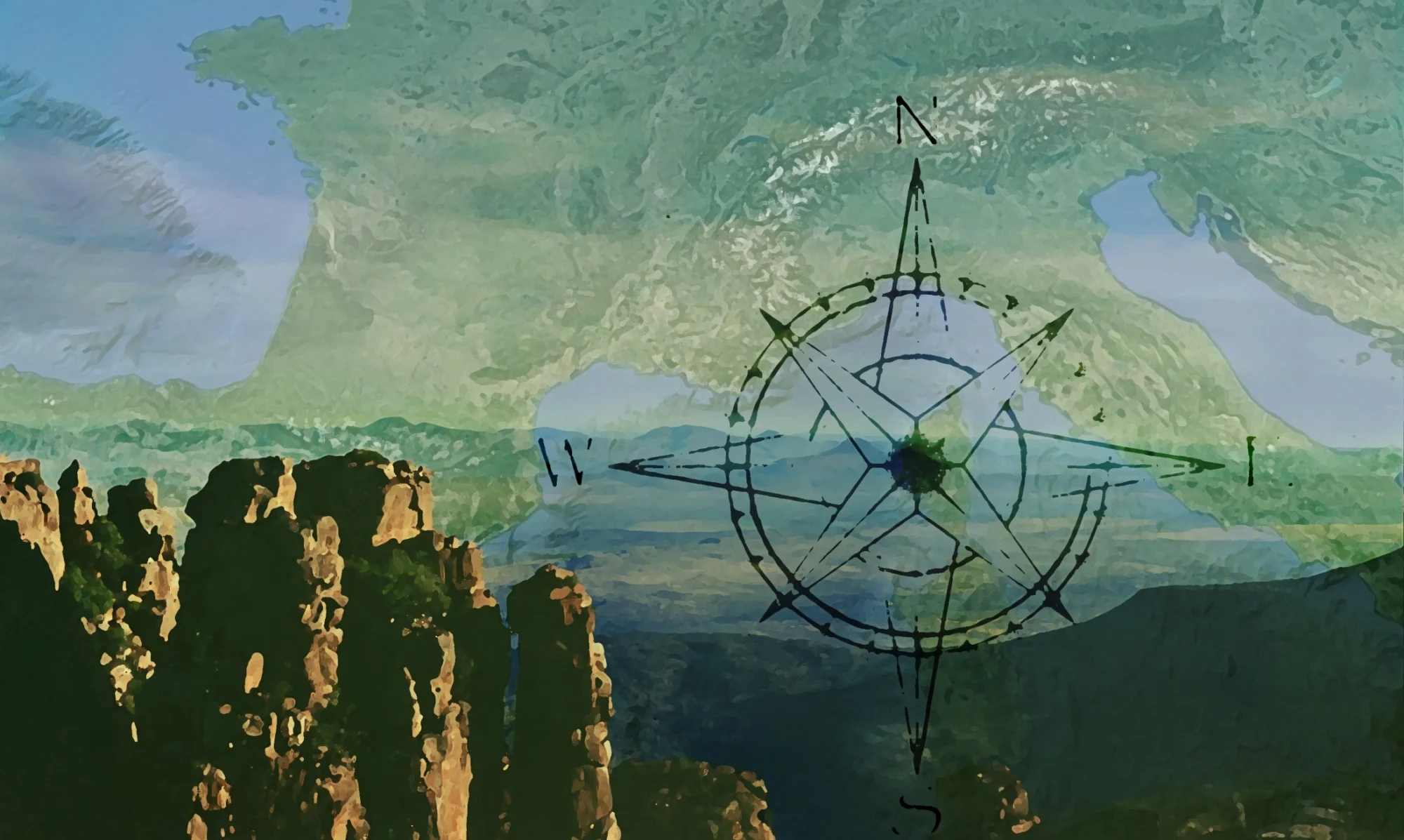
mytouristmaps.com
Travel & Tourist Maps, Utilities and Curiosities from the World
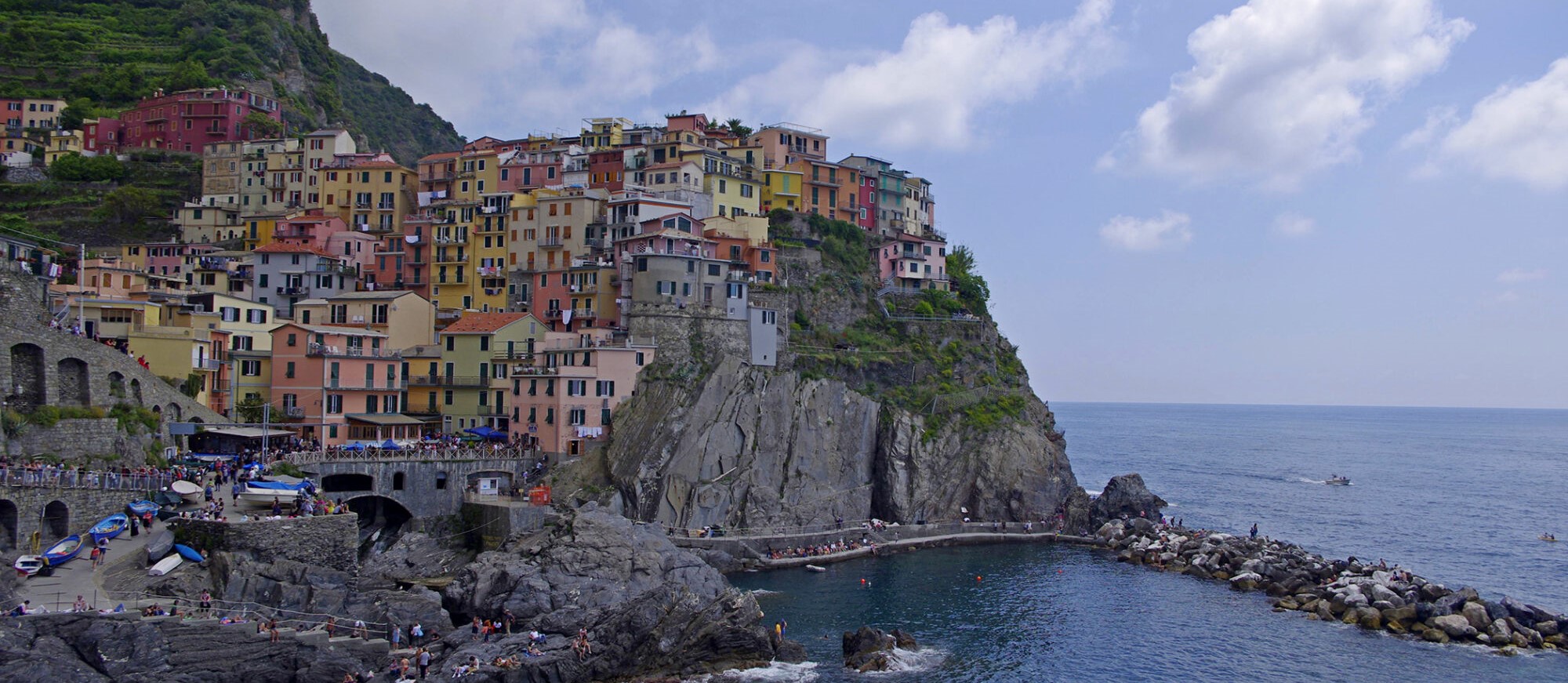
Tourist map of ITALY
Interactive travel and tourist map of Italy: click on icons and writings on the map to open web links.
Not only Venice, Florence, the Amalfi coast, Rome… just to mention some of the places for which Italy is famous all around the world. There is a lot more… The Dolomites are not just the northern mountains, UNESCO world heritage and one of the most spectacular mountain ranges in the world, in the south, there are the Lucan Dolomites, of which Castelmezzano is their hidden gem, Torre Sant’Andrea’s scenic cliffs in Apulia, the beautiful scenery of Malcesine village on the Lake Garda … and the delicious Cassoeula, the best Milanese dish.
The newly revised map, with more than 400 links, helps you to discover the best places of the country which has the world’s best artistic and cultural heritage … and unquestionably the best cuisine.
Population: 69.795.600 Area: 301.338 sq.Km Official Language: Italian Currency: €uro Drivers Lane: Right When to go: All year Book Now Climate Rent a Car Flights
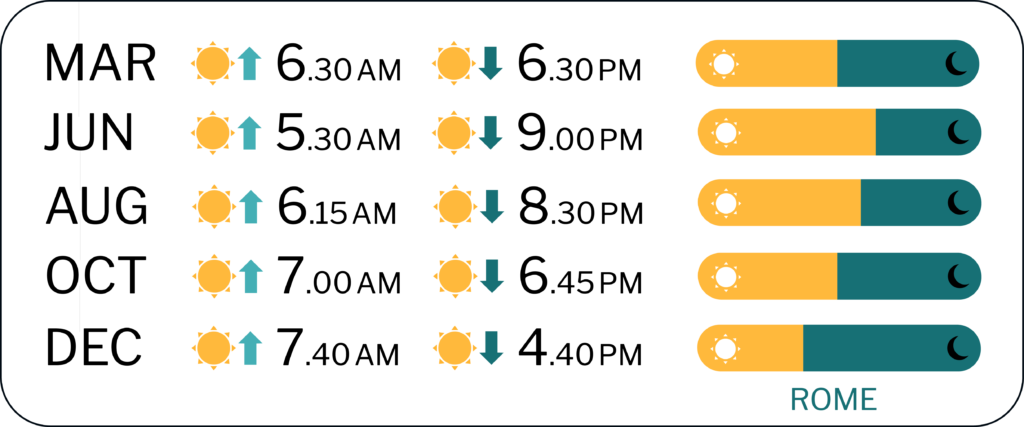
FURTHER LINKS
Italian tourism official website
Beautiful boroughs of Italy Italian Wine Map Como Lake Tourist Map Best Italian Agriturismi Margherita di Savoia Salt Pans Uriezzo Gorges (Baceno, Piedmont) Brent de l’Art (Borgo Valbelluna, Veneto) Cinque Terre Express Trenino Verde (Sassari-Palau) Bernina Express
Discover Italy’s best tourist attractions and top sights through our map! Which are the best places to visit in Italy and the best things to do in Italy? Simply click on the map’s links to be quickly redirected to images and useful websites for accommodation, activities, transport and much more about Italy travel.
photo © mytouristmaps (Manarola, Cinque Terre)
Privacy Overview
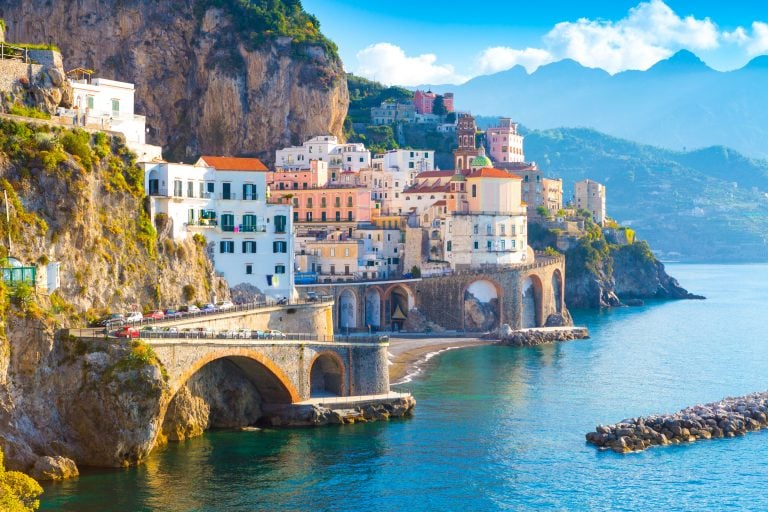
25 Best Places to Visit in Italy (+ Map to Find Them!)
Brainstorming the best places to visit in Italy before planning a big trip?
We have you covered: despite our temptation to list a hundred places to go in Italy on this list, we’ve narrowed it down to the top Italy travel destinations… plus thrown in just a few curveballs for good measure.
Italy has long been one of our absolute favorite places to travel, and despite cumulatively spending months exploring, we’ll be returning to enjoy the most beautiful places in Italy again and again for the rest of our lives.
Here are the best places to visit in Italy, from iconic cities to charming small towns to colorful islands!
Table of Contents
How to Choose Where to Go in Italy
The best cities to visit in italy, incredible small towns to visit in italy, nature-focused beautiful places in italy, map of the best places to visit in italy.
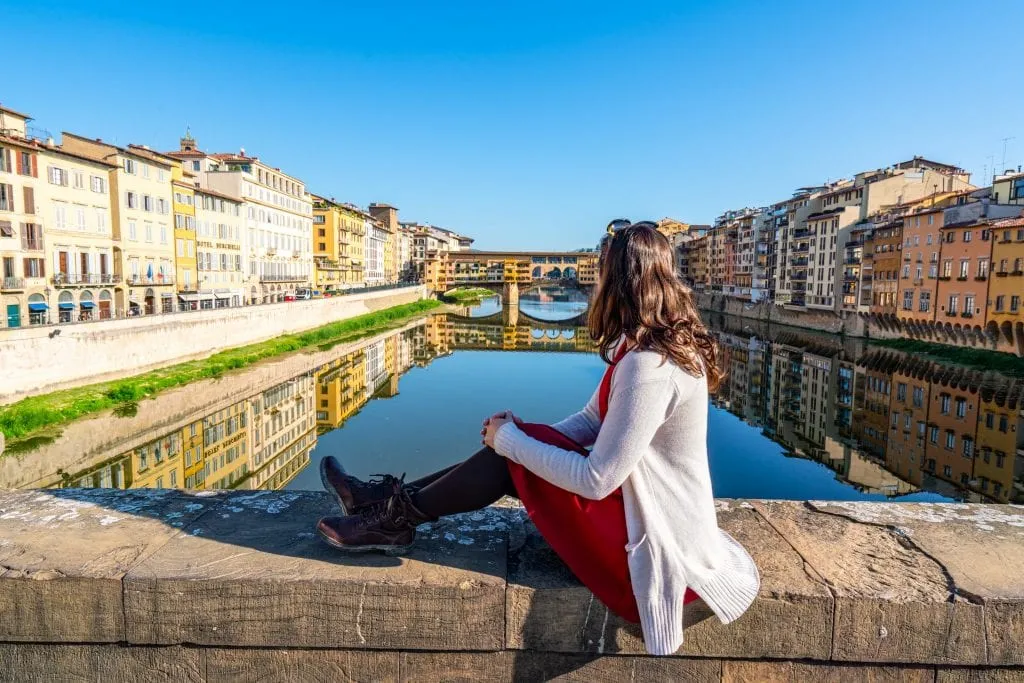
Some links in this post may be affiliate links. If you make a purchase through one of these links, we may earn a small commission at no extra cost to you. Please see our disclosure policy for more detail.
It’s downright impossible to visit all the best places to visit in Italy on one trip–so once you’ve compiled your personal bucket list, you’ll need to narrow it down!
We have almost 100 blog posts about Italy here on Our Escape Clause, covering everything from detailed breakdowns of what to do in certain cities, to the best day trips, to food guides for cities like Rome and Florence .
I’ll link many of our Italy blog posts throughout this guide to the most beautiful places in Italy, but to find additional posts on a specific place (some places, like Rome, have over a dozen), use the search bar in the top-right corner of the screen (or if you’re browsing on mobile, on the pop-out menu).
You can use these posts to help put the backbone of your Italy trip together, as well as plan the more detailed aspects of your vacation.
After reading this guide to where to go in Italy, we recommend reading our suggested 2-week Italy itinerary (with classic suggestions for first-time visitors), our guide to spending a week in Italy that provides several options for structuring your trip, and our step-by-step-guide to planning an Italy trip .
You may also want to check out our Italy road trip guide , our 101 top Italy travel tips , and our suggested Italy packing list .
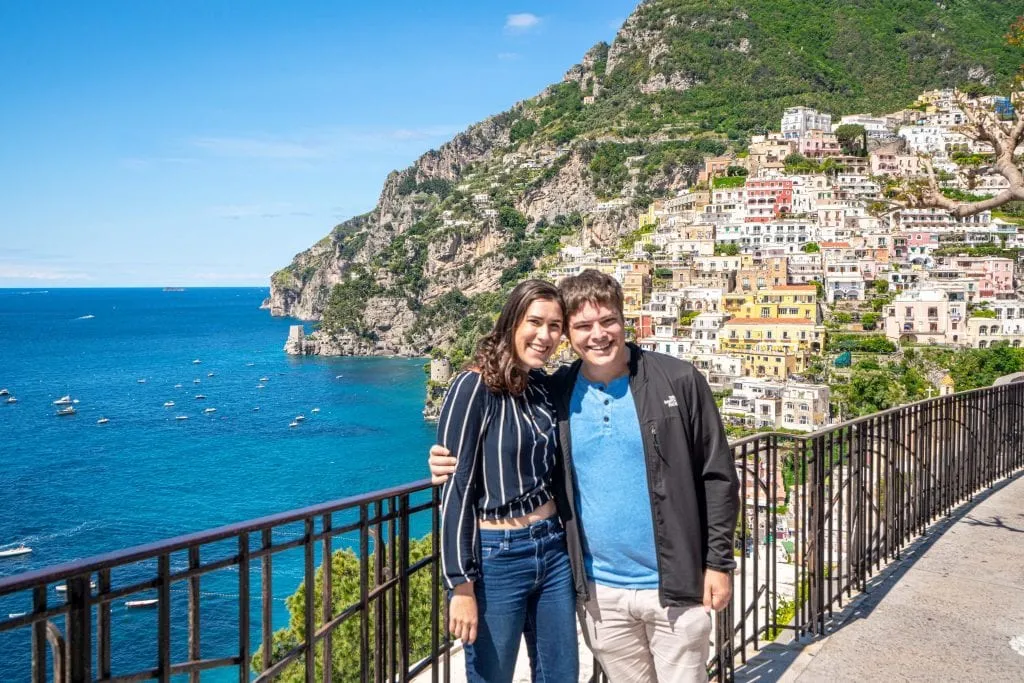
Nicknamed the Eternal City, Rome is a sprawling, complex city dotted with 2,000+ years of ruins, relics, and memories–and in our opinion, it’s one of the most captivating places to visit in Italy… and also in the world overall.
No trip to Rome is complete without visiting the Colosseum and Roman Forum, strolling up the Spanish Steps, stopping by Vatican City , eating a plate (or several) of carbonara, and tossing a coin in the Trevi Fountain to ensure you return to Rome.
We also highly recommend exploring a couple of Rome’s magnificent art museums, whether that’s the iconic Borghese Gallery or quieter options like Palazzo Spada .
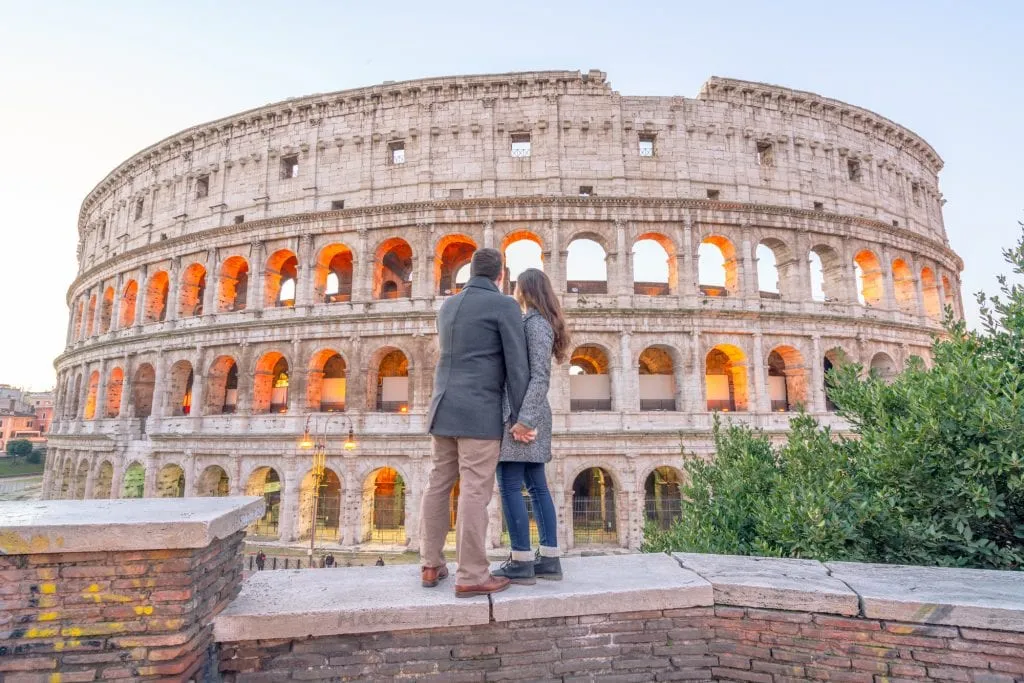
Beautiful, walkable Florence is known primarily for two things: its art, and its food.
As both the Cradle of the Renaissance and the capital of Tuscany, neither of these is surprising!
Touring the famous Uffizi Gallery and visiting Michelangelo’s David at the Galleria dell’Accademia is a must-do for art lovers in Florence.
Be sure to also stop by the Duomo, stroll across the Ponte Vecchio, watch the sunset at Piazzale Michelangelo, and eat plenty of delicious Tuscan food !
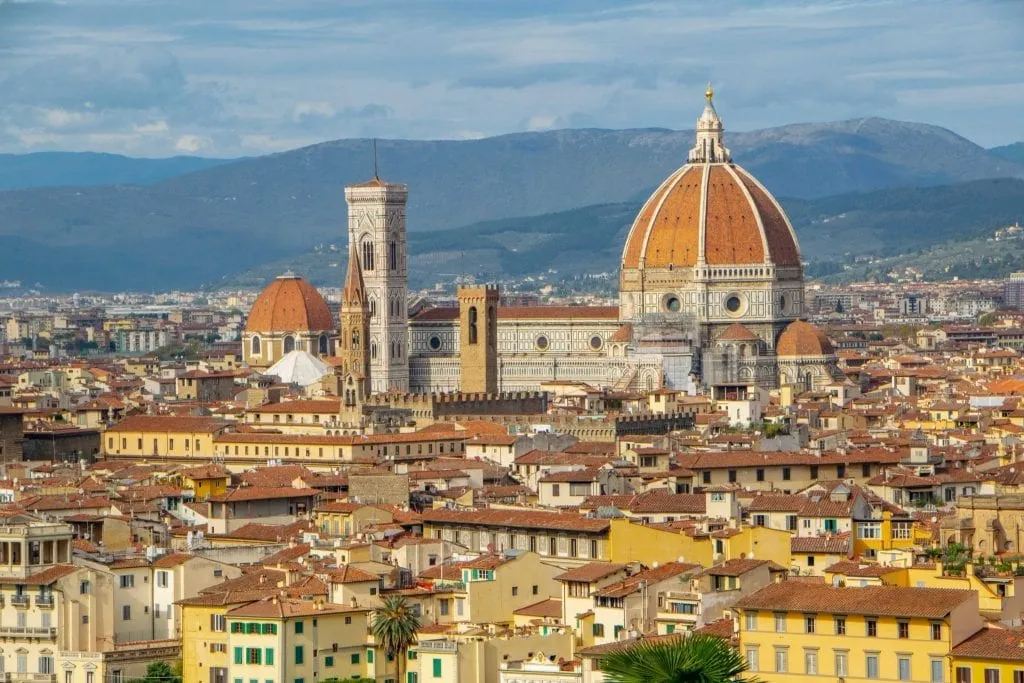
Of all the best places to go in Italy, Venice is arguably the most unique: there is simply nowhere else on the planet like the regal city of canals, with its iconic gondolas and architecture hinting at the history of the wealthy empire that once ruled from it.
The best things to do in Venice include visiting Piazza San Marco, marveling at St. Mark’s Basilica, taking a classic Venetian gondola ride, and wandering aimlessly through the less-crowded (but still stunning) corners of the city.
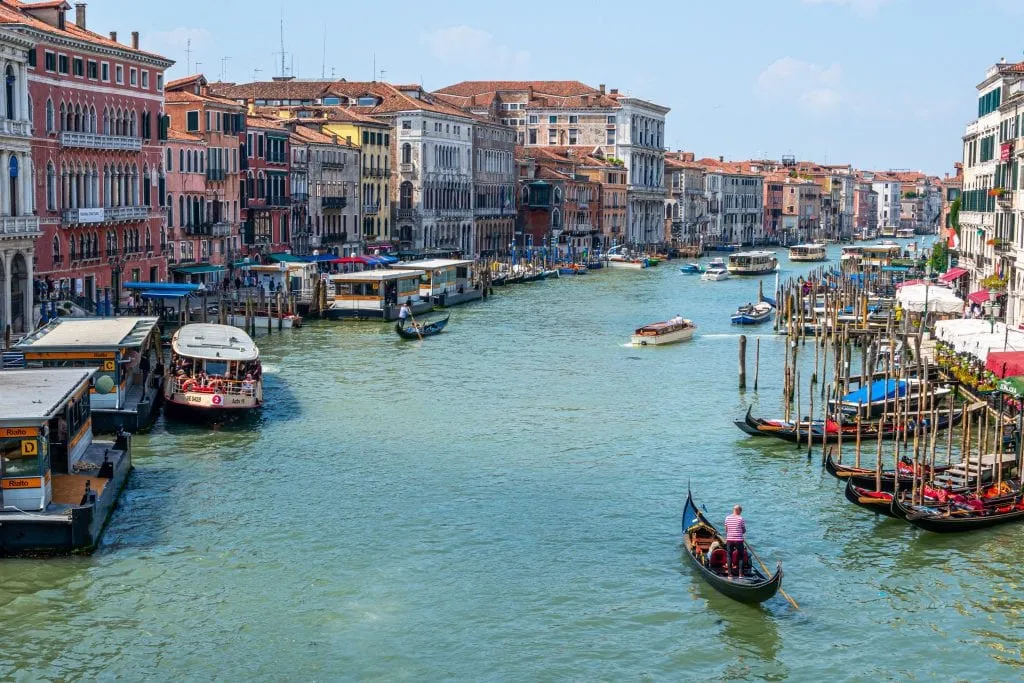
When looking for the best places to visit in Lombardy , you can’t start with anywhere except Milan.
The fashion and business capital of Italy is known for its luxury brands, beautiful architecture, and more modern vibe as compared to many Italian cities–but it still has plenty of history behind it, too, and belongs on any list detailing where to go in Italy.
Visiting Milan’s incredible Duomo (and especially its epic rooftop) belongs at the top of any list of things to do in Milan, followed by getting a peek at Leonardo Da Vinci’s Last Supper.
Other sights include the Galleria Vittorio Emanuele II, Castello Sforzesco, and of course Milan’s famous La Scala Opera House.
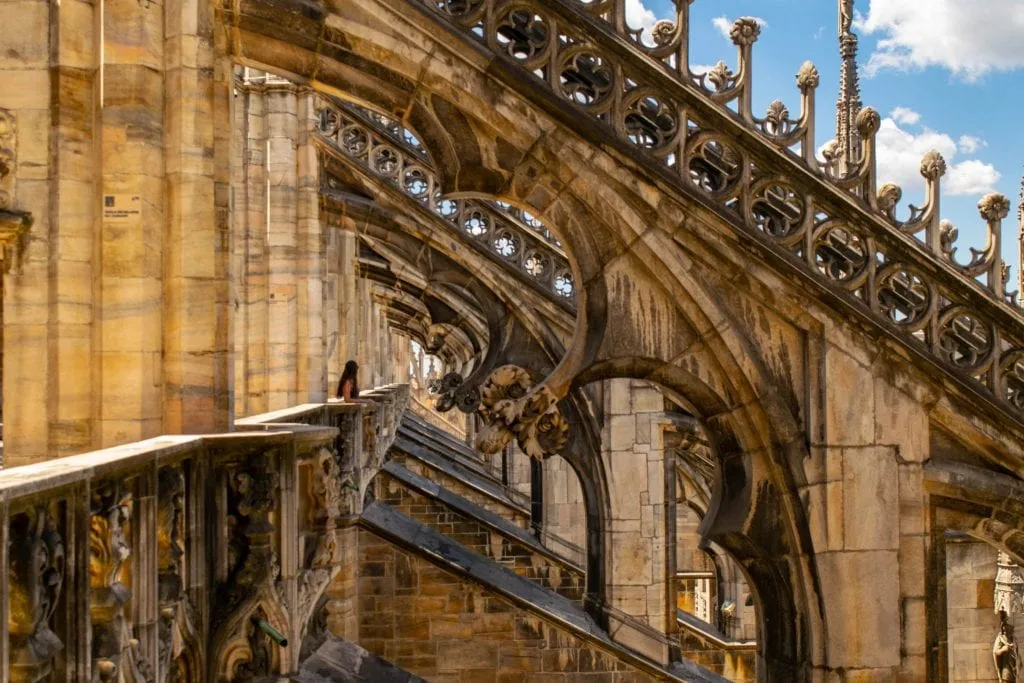
The capital of Emilia-Romagna is known, above all else, for its food, which just might be the best in Italy.
Its charms don’t end there, though. Bologna boasts 3 nicknames: la dotta (the educated, for its history university), la rossa (the red, for its unique architecture), and la grassa (the fat, for the aforementioned epic food). It lives up to all of them.
While in Bologna, be sure to climb the Asinelli Tower for incredible views of the city, hunt down the city’s hidden canals, and visit the Sanctuary of the Madonna di San Luca.
Plus, of course, enjoy plenty of food: tagliatelle al ragu, mortadella, and traditional balsamic vinegar are just a few of the delicacies that the region is known for.
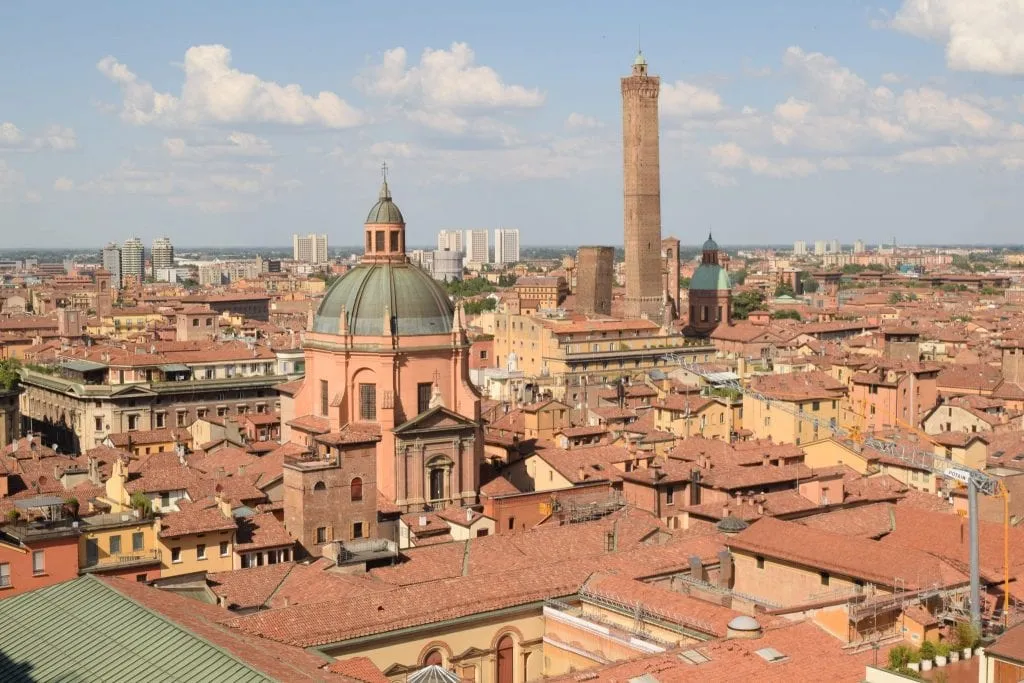
The bustling port city of Naples isn’t everyone’s cup of tea–some would even argue that it doesn’t belong on a list of where to go in Italy. We disagree, though.
Naples has a very, very different vibe than Italian cities located further north, but its unique history, interesting things to do, and of course, pizza, make it well worth a visit.
In Naples, be sure to visit the Piazza del Plebiscito, get underground at the Bourbon Tunnel, San Gennaro Catacombs, or Naples Underground, and visit the magnificent archaeological museum, which is one of the best in Italy and where many of the most impressive artifacts from Pompeii ended up!
Plus, of course, visiting Naples means eating at least a couple of classic Napoli-style pizzas –they truly are better there than anywhere else.
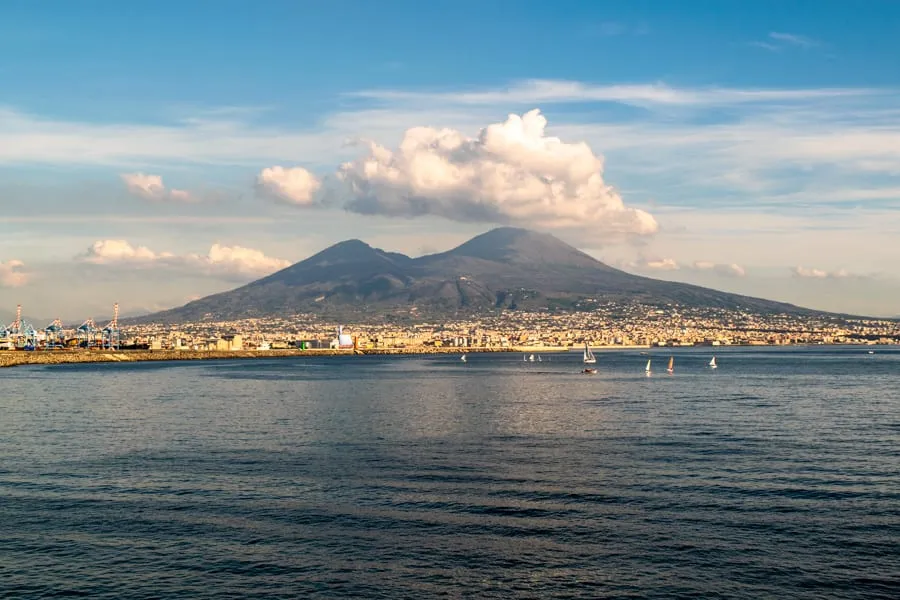
Sicily’s stunning capital city is certainly a bit rougher around the edges than many of the best places to visit in Italy, but that’s no reason to stay away.
With a long and storied history impacted by half a dozen empires or so, plenty of palm trees, and even catacombs filled with mummies, Palermo is an unforgettable place, and utterly captivating if you give it the chance to be.
A trip to Palermo should definitely include a visit to the Palermo Cathedral, a food tour through the city ( Sicilian food is distinctly different from what many foreigners associate with Italian food–plus, you get to eat cannoli), and a stop to check out the Quattro Canti.
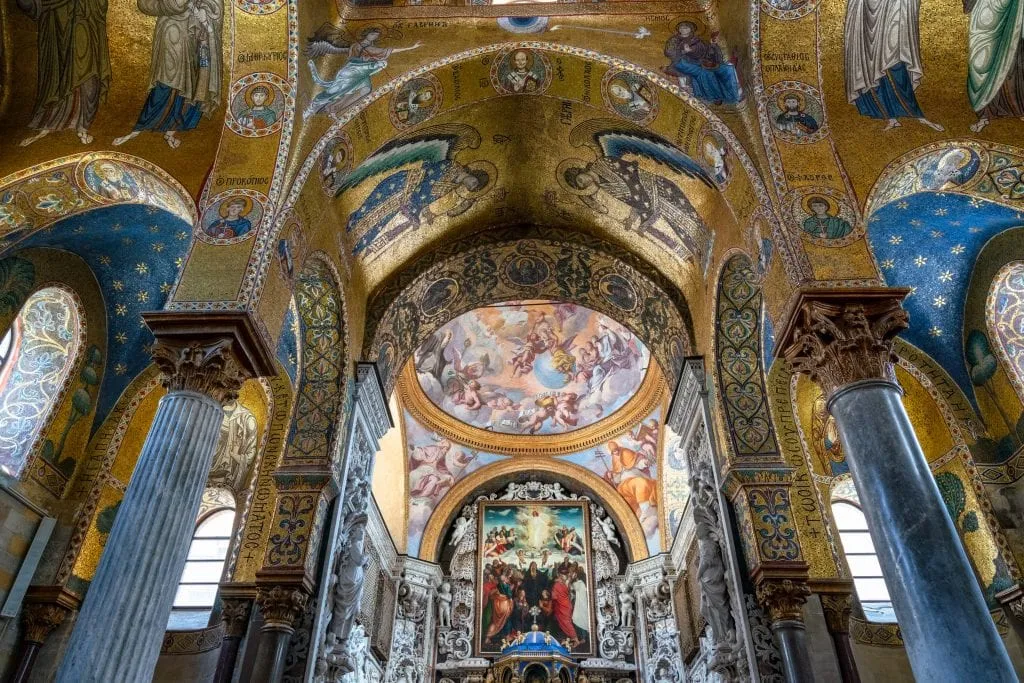
The city of Romeo and Juliet is located along the Adige River in Veneto and is arguably one of the most beautiful cities in Italy.
Packed with gorgeous views, colorful architecture, and interesting sights, Verona gets far fewer international visitors than, say, Venice or Florence–but it is easy to add onto a typical Italy vacation and well worth the effort!
While in Verona, be sure to enjoy the view from Castel San Pietro, visit Juliet’s House, and walk across the Ponte Pietra.
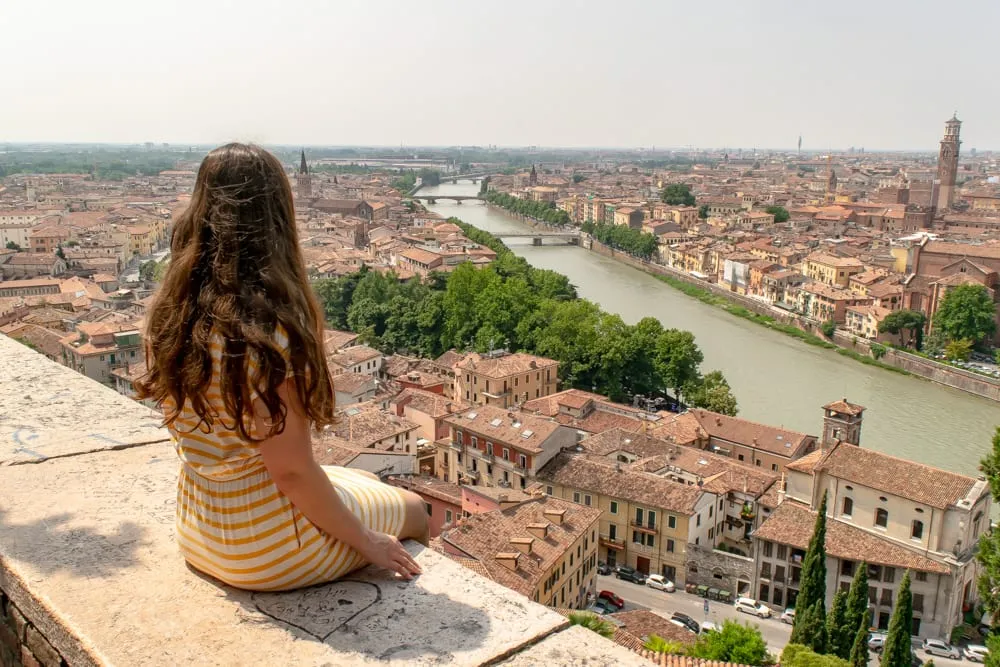
Tuscany’s second city was once the military rival of Florence–today, it is better known for its oval-shaped central piazza, its excellent food, and the Palio di Siena, a bi-annual horse race that takes place in the Piazza del Campo, and is a tradition that dates back around 800 years!
Visiting Siena’s Duomo (considered by some to be even more beautiful than Florence’s!) is a must-do when visiting the city, as is strolling around the oval-shaped Piazza del Campo and enjoying the view from the top of the Opera della Metropolitana.
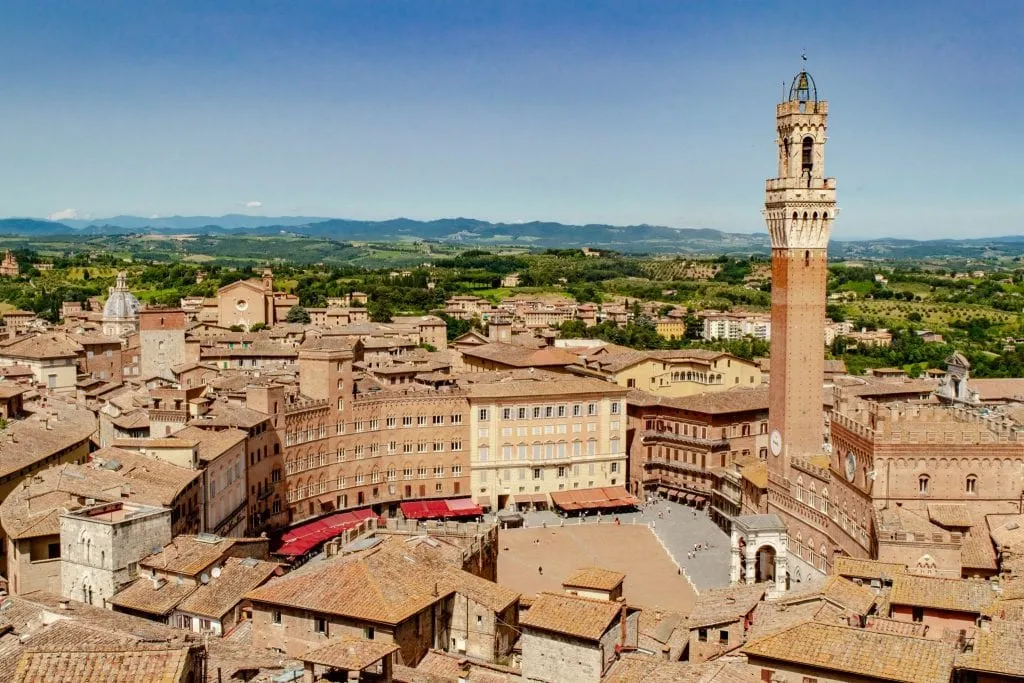
Located on the eastern coast of Sicily, the beautiful city of Siracusa is home to beautiful views and history that dates back to the ancient Greeks (fun fact: the famous Greek mathematician Archimedes was from Siracusa!).
The best things to do in Siracusa include wandering the island of Ortigia (home to Siracusa’s old town), stopping by the many baroque churches (especially the Duomo), visiting the ancient Greek and Roman ruins scattered around, and seeing the Fort of San Giovannello.
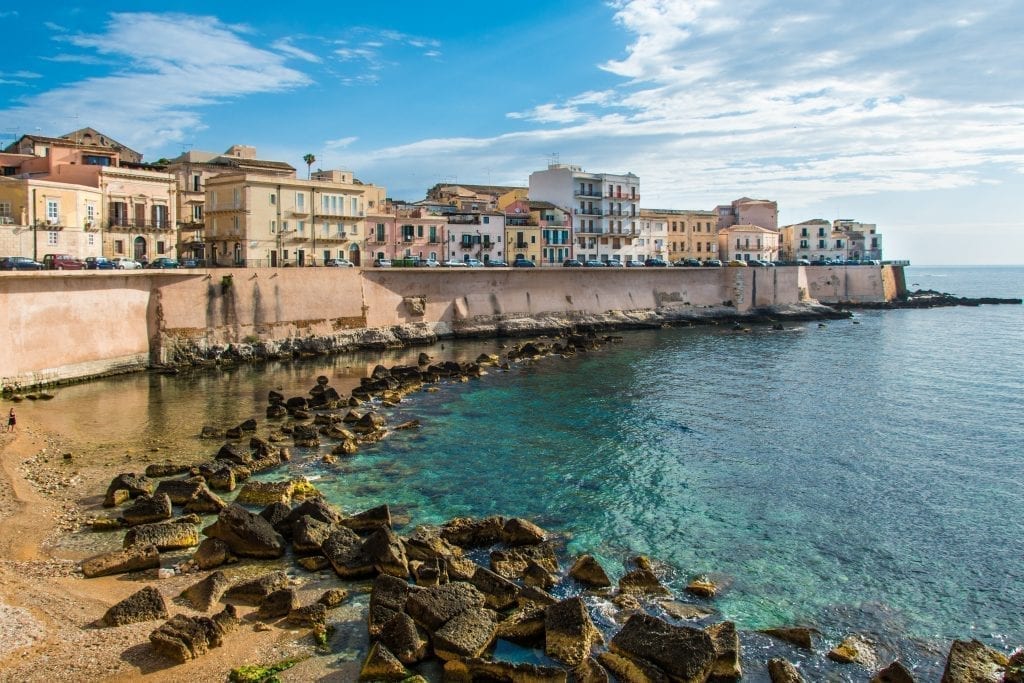
Alberobello
With its distinct white-washed trulli (round buildings with cone-shaped roofs), Alberobello is one of the most unique places to visit in Italy and Puglia’s most famous inland sight.
The trulli are absolutely the biggest draw of Alberobello, so the most important thing to do in town is stroll through the Rione Monti, where you will find the biggest concentration of them! However, the quieter part of town, Aia Piccola, also has plenty of trulli and is well worth a visit.
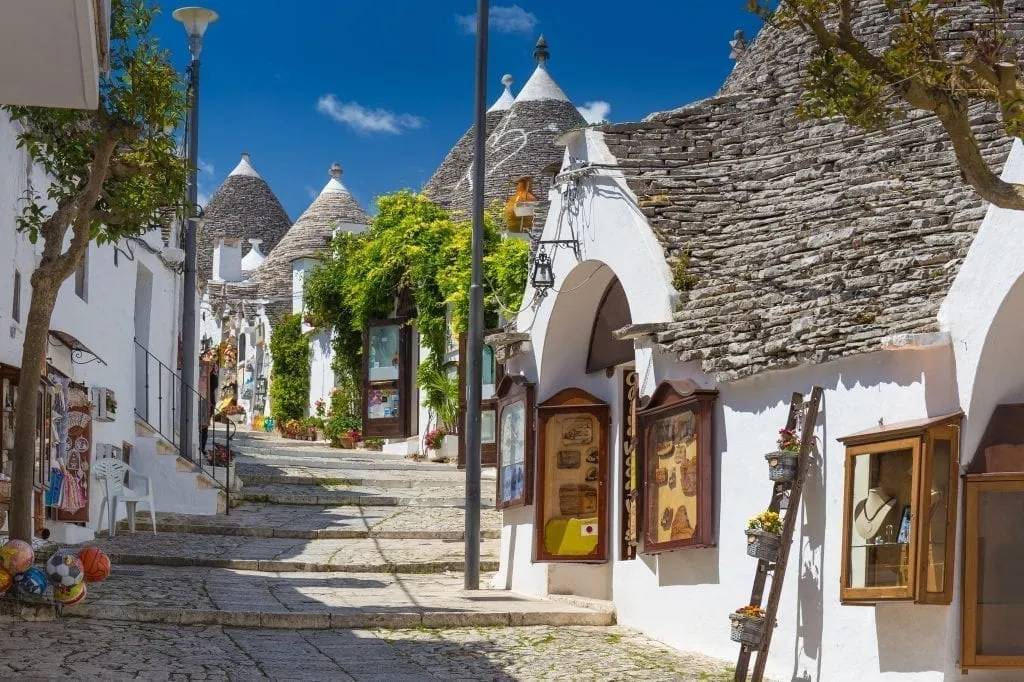
Cinque Terre
Technically, I could list each of the five villages of Cinque Terre separately here (in order: Monterosso al Mare, Vernazza, Corniglia, Manarola, and Riomaggiore), but even though they are technically separate places, Cinque Terre as a whole is one of the best travel destinations in Italy.
These five traditional fishing villages are known for their colorful buildings, their location right on the sea, and of course, their seafood.
When in Cinque Terre, hike from Monterosso al Mare to Vernazza (if you have limited time for hiking, this is the one to do!), enjoy a meal featuring seafood and/or pesto, and watch the sunset over Manarola.
If you have time, consider making it a point to visit all five villages and choose your favorite–ours are Vernazza and Riomaggiore, but ask me again tomorrow. It’s nearly impossible to choose!
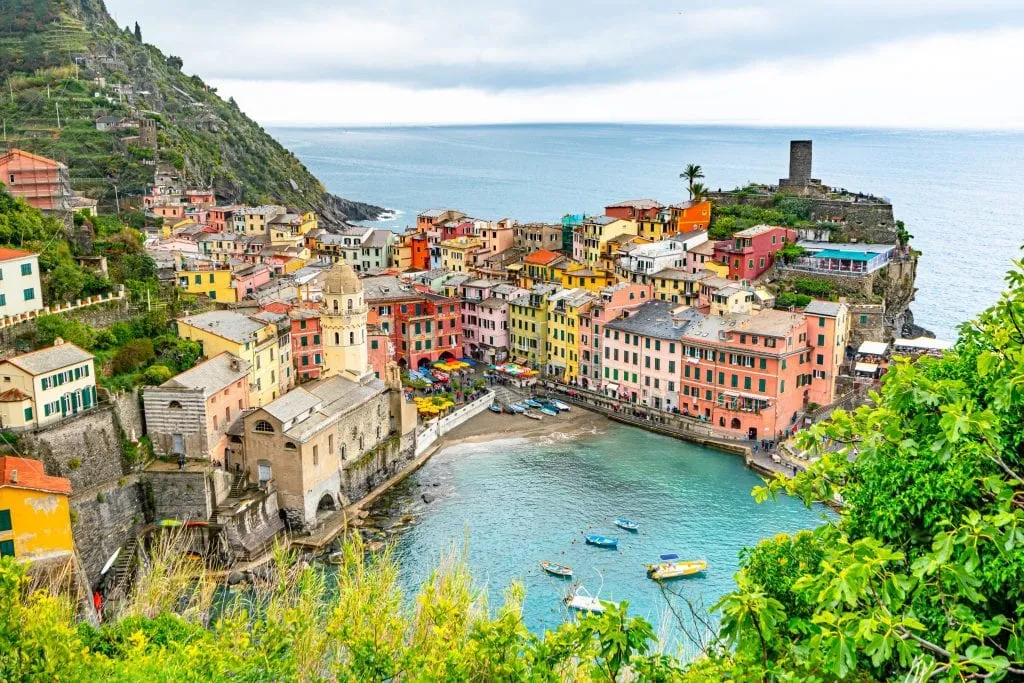
Located in the Basilicata region of southern Italy, Matera is known for its ancient “sassi” cave dwellings, which were forcibly emptied by Mussolini in 1952.
Today, the city has reopened and been given new life, and its remarkable beauty has made it one of the most unique places on this guide of where to go in Italy.
In Matera, be sure to visit the Church of Saint Peter and its incredible viewpoint, see the city’s rock churches, and take a walking tour through the maze-like city center in order to learn about complex history dating back 10,000 years while also seeking out incredible views along the way!
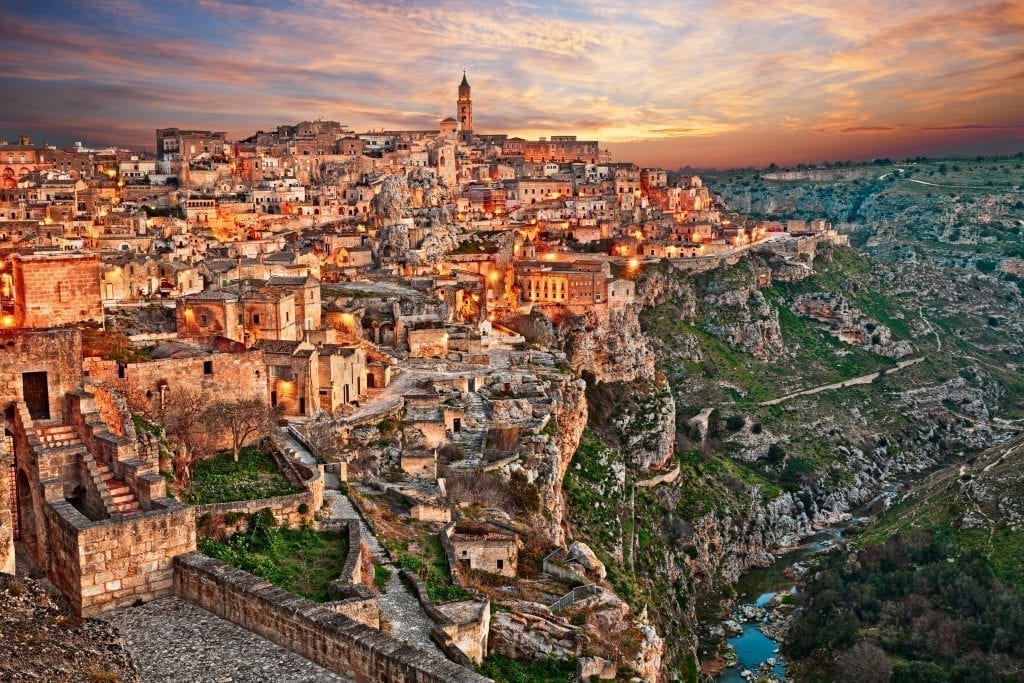
Polignano a Mare
As one of the most picturesque beach towns in Italy , Polignano a Mare is primarily known for its visually stunning Cala Porto beach–but like other places in Puglia, the whitewashed architecture, historical buildings, and seafood also shine.
Visiting Cala Porto is at the top of everyone’s Polignano al Mare bucket list–be sure to also enjoy the view of it from above at Balconata sul Mare!
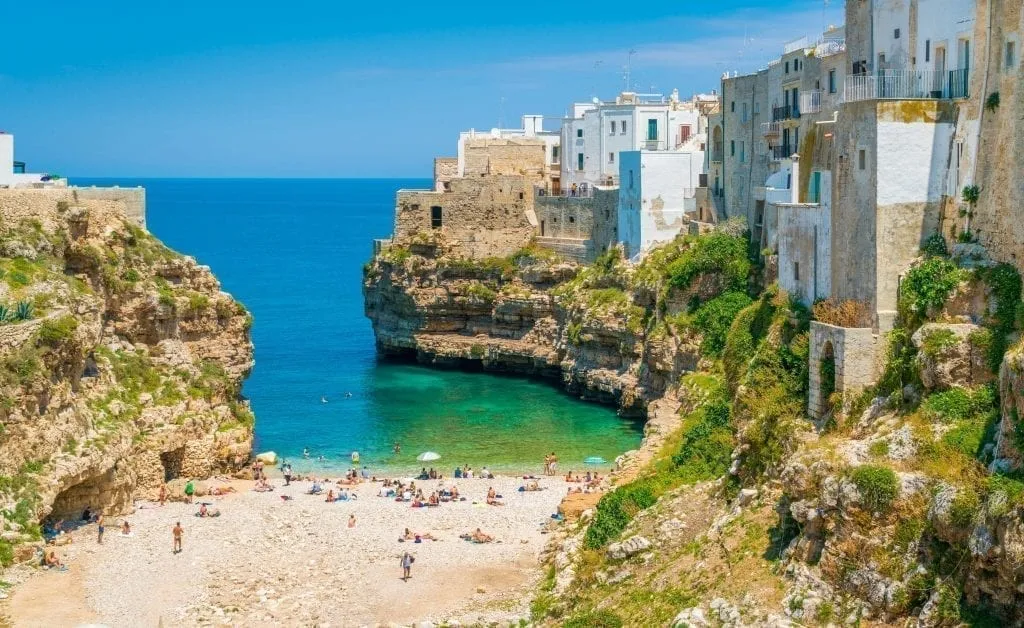
Montepulciano
Truthfully, there are many hilltop towns in Tuscany that are worthy of being considered among the most beautiful places in Italy, but I chose Montepulciano to include here because it is such a delightful example of an idyllic Tuscan town.
With its winding cobblestone streets, beautiful churches, fantastic views of the countryside, and excellent local wine, Montepulciano is not to be missed!
When in Montepulciano, sample the delicious Vino di Montepulciano (ideally at the wine cellar in the center of town), seek out views of the beautiful Church of San Biagio and snap photos at Piazza Grande.
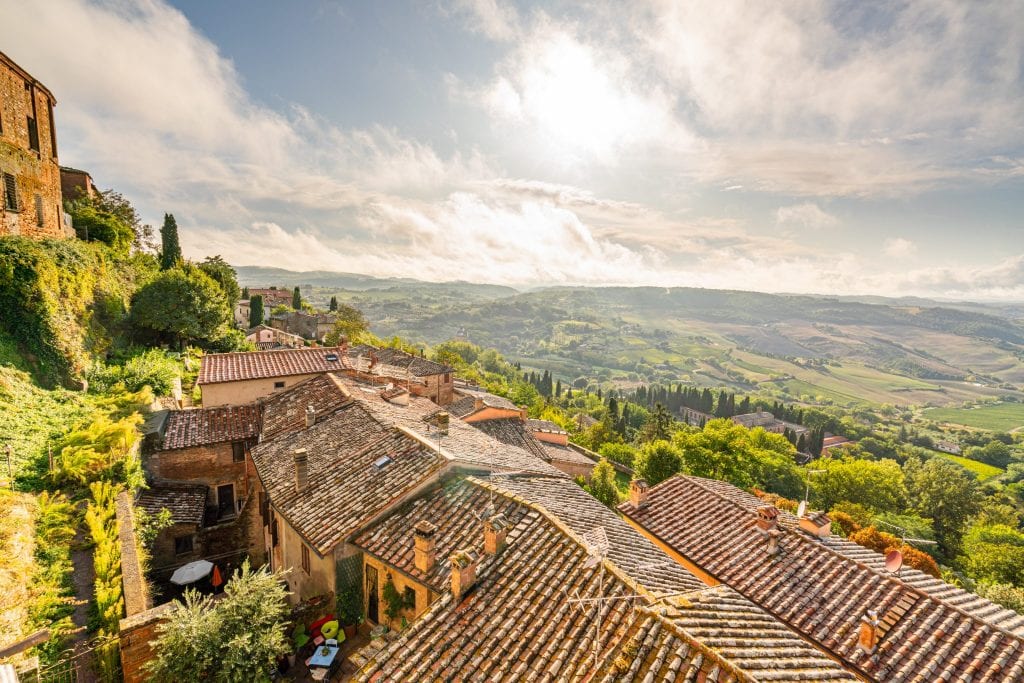
Val di Noto’s Baroque Towns
The Baroque towns of Sicily’s Val di Noto are known for their remarkable architecture, excellent food (especially Modica’s chocolate), and incredible natural setting. They’re also, collectively, a UNESCO World Heritage site!
Siracusa, also included in this guide to beautiful spots in Italy, is technically among these towns, as is the city of Catania. However, the grouping of Ragusa (home to stunning views), Scilici, and Modica (home to incredibly unique chocolate) are a popular and worthy collection of villages to visit in their own right!
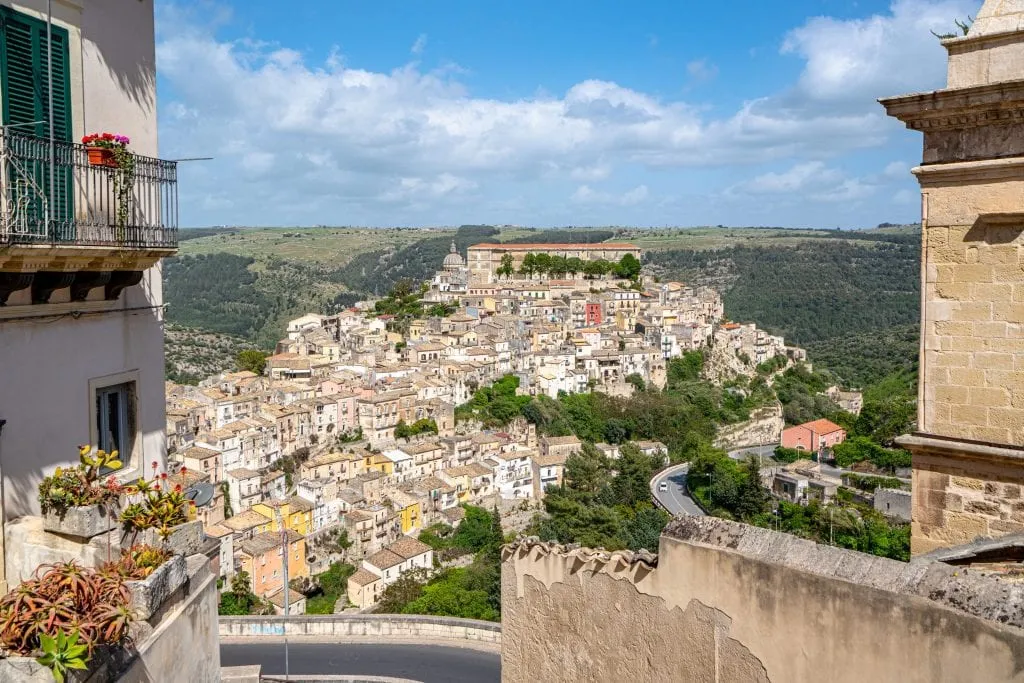
Pompeii isn’t exactly a small town, of course, but this incredibly famous archaeological site doesn’t quite fit into any of our categories on this guide to the best places to see in Italy, so I’ll include it here.
In 79 AD, Pompeii (as well as other nearby cities like Herculaneum) was buried by an enormous volcanic eruption from Mount Vesuvius… and it wasn’t seen again until the 18th century.
For this reason, Pompeii offers a positively incredible look into daily life in the ancient Roman empire.
Tour the city on foot (we highly recommend a guided tour), see the haunting plaster casts of victims who were buried alive, and marvel at the small details of life 2,000 years ago that are on display in Pompeii.
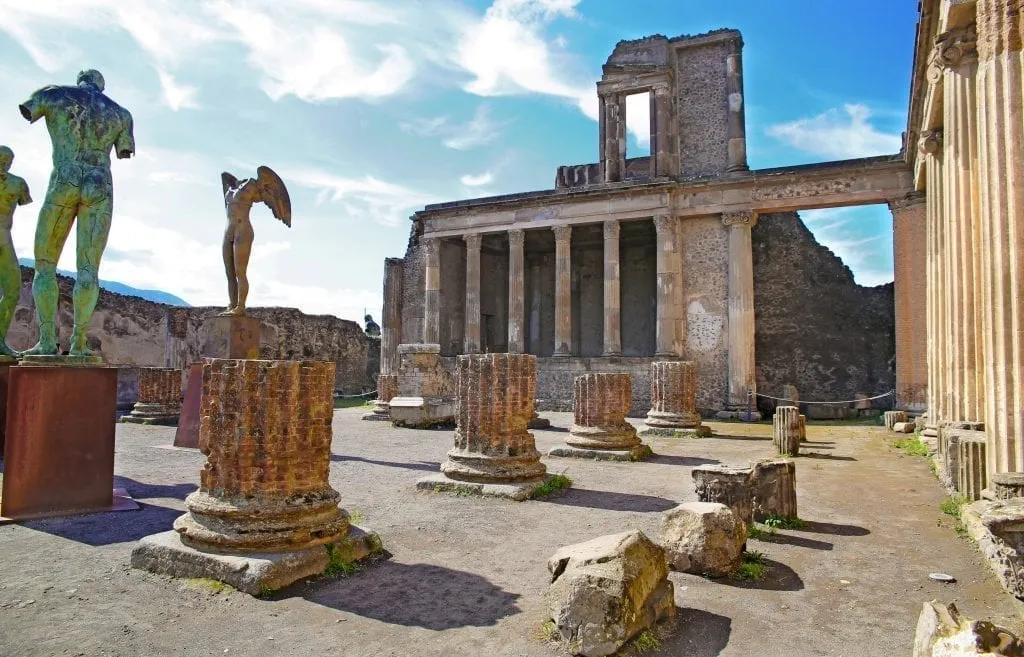
Glamorous Lake Como has long been considered one of the most beautiful places in Italy, and the resort-style feel of the gorgeous villas and villages that dot the lake is a testament to its overwhelming beauty.
While visiting Lake Como, be sure to sample a few of the different villages on the lake ( Bellagio , Varenna, and Como are all popular), tour a villa or two, take a hike above the lake for stunning views, and hit the water in a boat!

The stunning island of Capri has been captivating visitors with its gorgeous vistas and otherworldly grottos since the time of Roman Emperors–and 2,000 or so years later, it’s still just as captivating.
When visiting Capri, be sure to take a boat tour around the island, admire the views from the Garden of Augustus (don’t miss the view of Via Krupp looking straight down), ride the chairlift up Monte Solaro, and if you have enough time, tour the magical Blue Grotto.
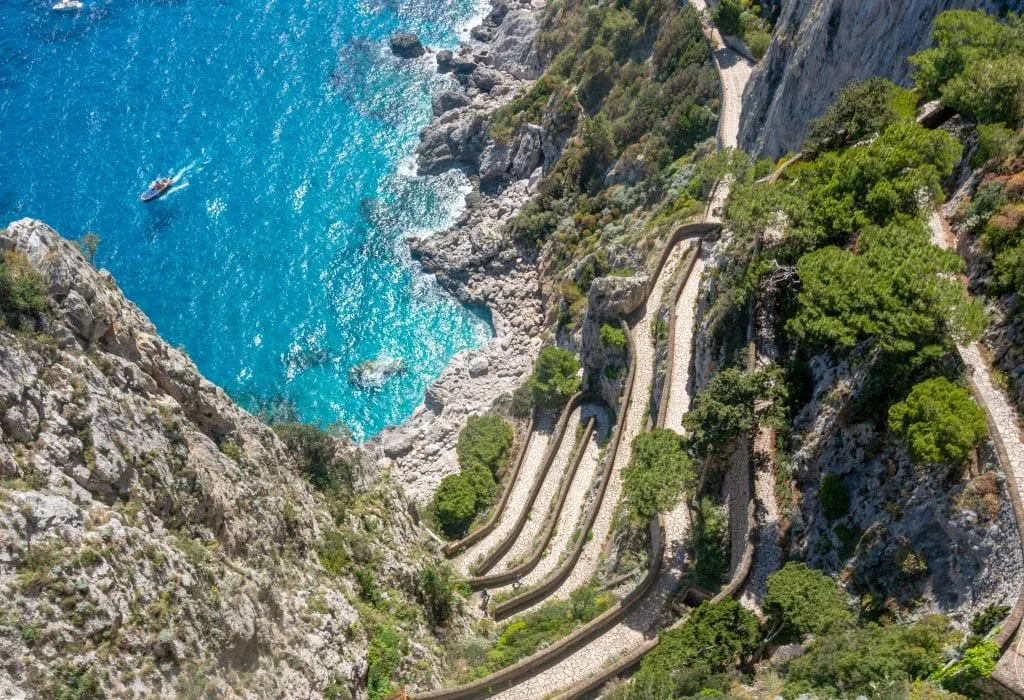
The magnificent Dolomites are arguably one of the most dramatically beautiful mountain ranges in all of Europe, and whether you’d like to visit for a summer hike or a winter ski session, they are absolutely among the best places to visit in Italy.
The best things to do in the Dolomites include visiting the charming small cities of Bolzano and Cortina d’Ampezzo, hiking to stunning mountain lakes, taking funicular rides to small mountainside towns, and road-tripping the Great Dolomites Road.
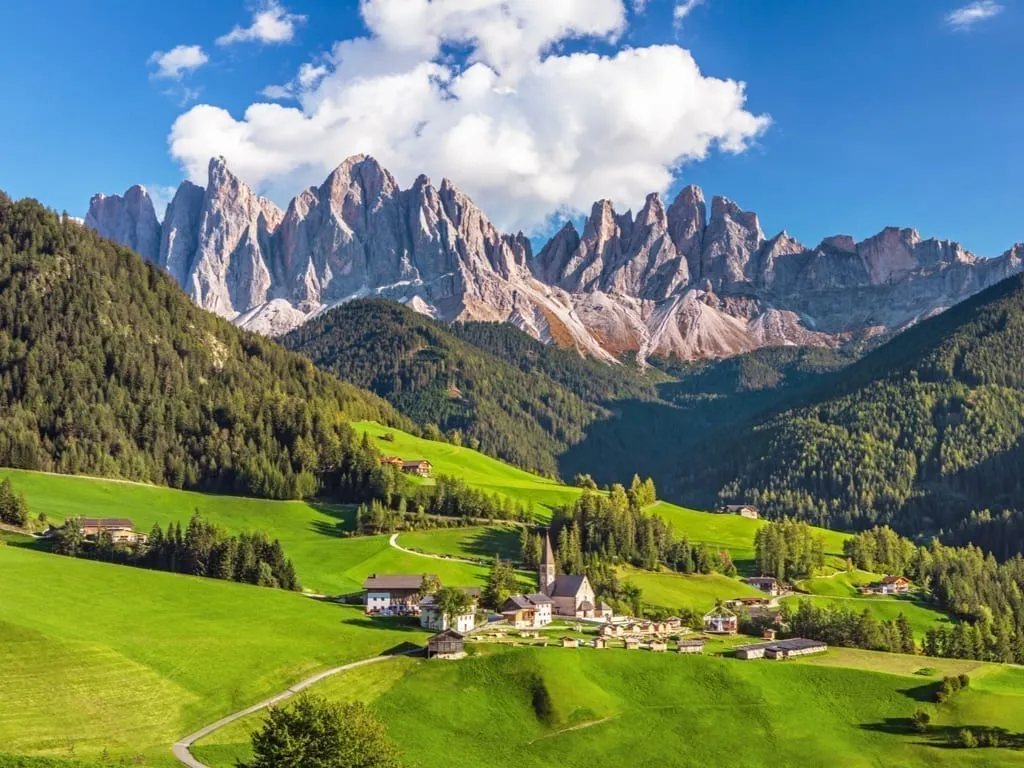
Lago di Braies
Instagram-famous Lago di Braies is known as one of the most beautiful places in Italy.
Framed by the Dolomites and populated by picturesque wooden rowboats, it’s truly a sight to behold.
Renting a rowboat to admire the lake from the water and hiking the circumference of the lake (it takes about 1.5 hours) are among the best things to do at Lago di Braies.
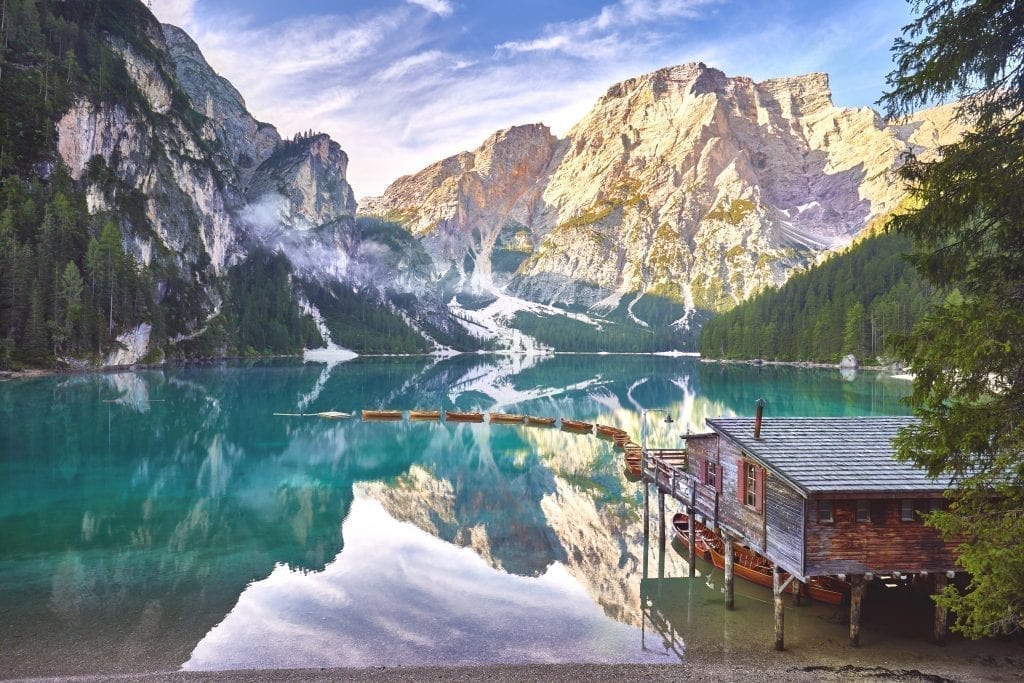
Tuscan Countryside
Known for its rolling hills, golden light, beautiful vineyards, charming villages, and even its hot springs, Tuscany has long been one of the most popular places to visit in Italy–for a very good reason.
In addition to touring its cities and small towns (Florence, Siena, and Montepulciano are also included on this list and are in Tuscany), consider visiting a hot spring, taking a cooking class, going for a hike, and of course enjoying several wine tastings while in the Tuscan countryside.
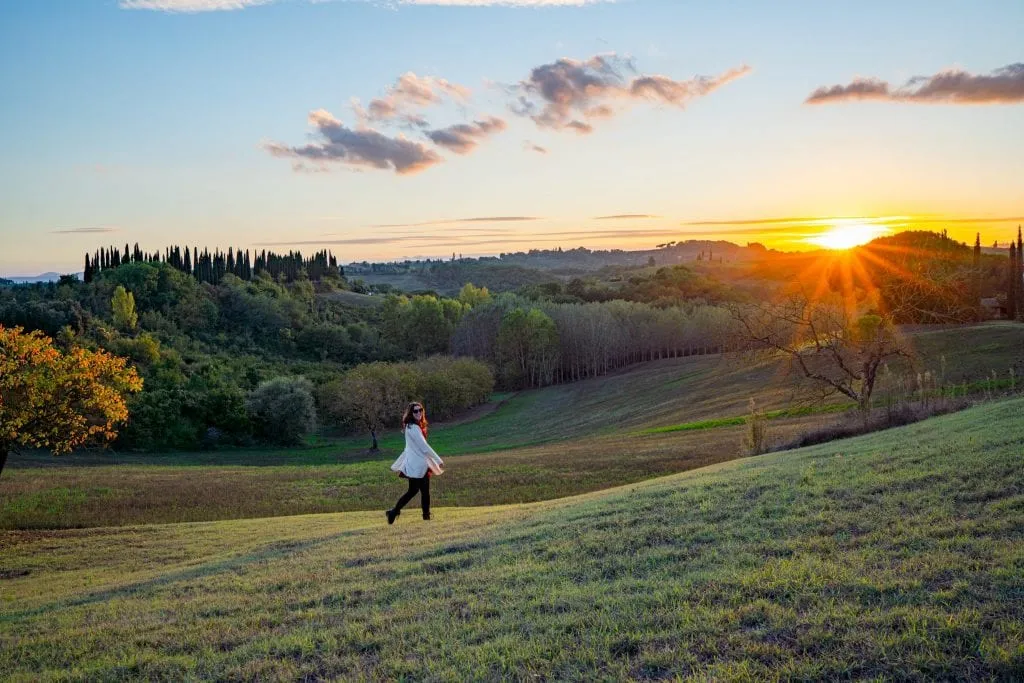
The Amalfi Coast
Of course, no list of the most beautiful places in Italy would be complete without mentioning the utterly magical Amalfi Coast, which is home to quite possibly some of the best coastal views on the planet.
When visiting the Amalfi Coast, be sure to village-hop a bit–Positano, Amalfi, and Ravello are among the most popular–enjoy views of the coast from the water with a boat tour or rental, and for some of the best views of all, hike the aptly-named Path of the Gods.
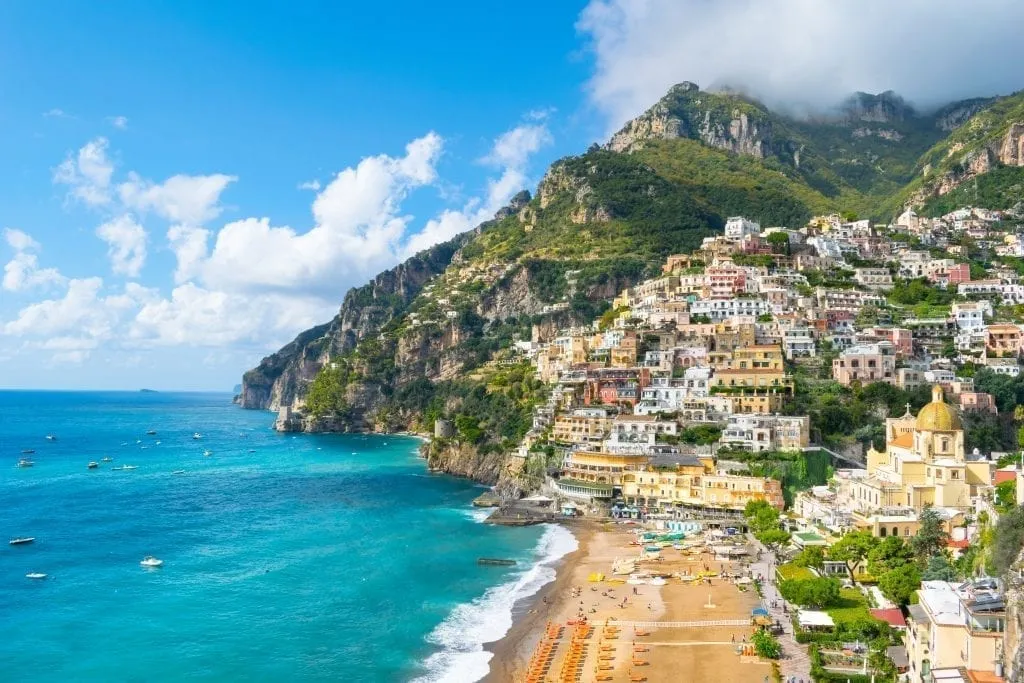
The gorgeous island of Sardinia gets far fewer non-Italian–and especially non-European–visitors than coastal retreats like the Amalfi Coast, Cinque Terre, or even Sicily, but that’s too bad… because it is, without a doubt, one of the most beautiful places in Italy.
Sardinia’s beaches are known for being some of the best in Italy (and in Europe overall) , so be sure to add several to your list of things to do on the island!
Visiting ancient ruins, sailing around the island (either yourself or on a tour), visiting the charming city of Cagliari, and checking out the many unique castles and caves all also belong on your list of what to do in Sardinia.
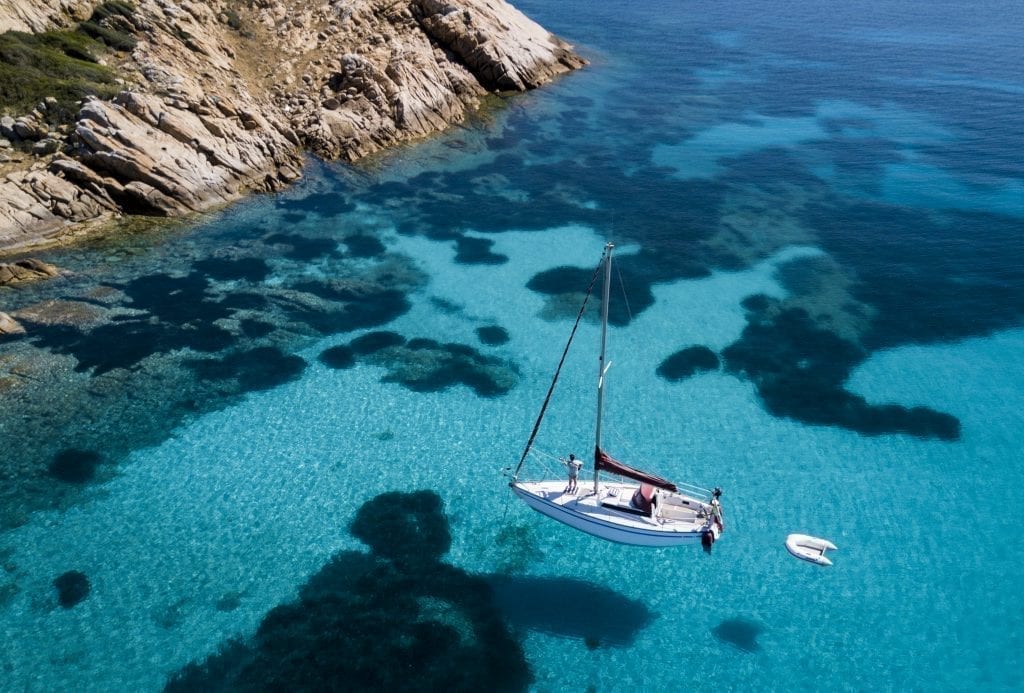
Mount Vesuvius
Mount Vesuvius, primarily known for the 79 AD eruption that buried Pompeii and Herculaneum, is the most famous volcano in Italy and an incredible place to visit.
Visit the crater of Mount Vesuvius (it’s about a 25-minute walk up, you can drive most of the way) to marvel at the smoldering volcano crater and to soak in magnificent views of the Bay of Naples.
Take This Map With You! Click each highlight to pull up the name of the destination. To save this map to “Your Places” on Google Maps, click the star to the right of the title. You’ll then be able to find it under the Maps tab of your Google Maps account! To open the map in a new window, click the button on the top right of the map.
[convertkit form=828904]
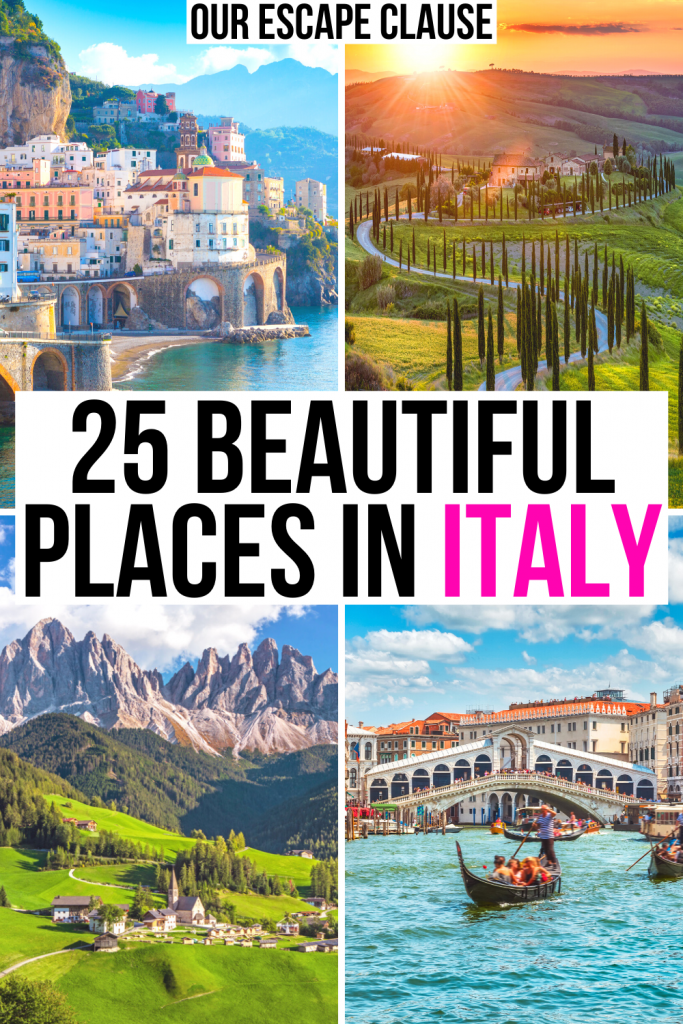
About Kate Storm

In May 2016, I left my suburban life in the USA and became a full-time traveler. Since then, I have visited 50+ countries on 5 continents and lived in Portugal, developing a special love of traveling in Europe (especially Italy) along the way. Today, along with my husband Jeremy and dog Ranger, I’m working toward my eventual goal of splitting my life between Europe and the USA.
6 thoughts on “25 Best Places to Visit in Italy (+ Map to Find Them!)”
Kind of glad you didn’t mention my favorite place in Italy, Luca. Let’s keep it under the radar.?
Ah, if I included everywhere amazing in Tuscany, the post would never end! Lucca is my grandmother’s favorite too, we’ve spent some lovely trips there. 🙂
You’re welcome! 🙂
I will be visiting Italy in Sept 2023 for 8 days. Is it reasonable to spend time in Rome, Florence and Cinque Terre in that time period? If so, how would you recommend I break up the trip?
It’s a tight squeeze, but doable, especially if you visit Cinque Terre on an organized day trip from Florence.
Assuming the 2 days on either end of the trip are travel days, I’d recommend 3 full days in Rome, 1 day in Cinque Terre, and 2 days in Florence.
We talk a lot more about planning a week in Italy here: https://www.ourescapeclause.com/7-days-in-italy-in-a-week/
And we talk about visiting Cinque Terre from Florence here: https://www.ourescapeclause.com/florence-to-cinque-terre/
Leave a Comment Cancel reply
A first-time guide to Italy

Feb 28, 2024 • 8 min read
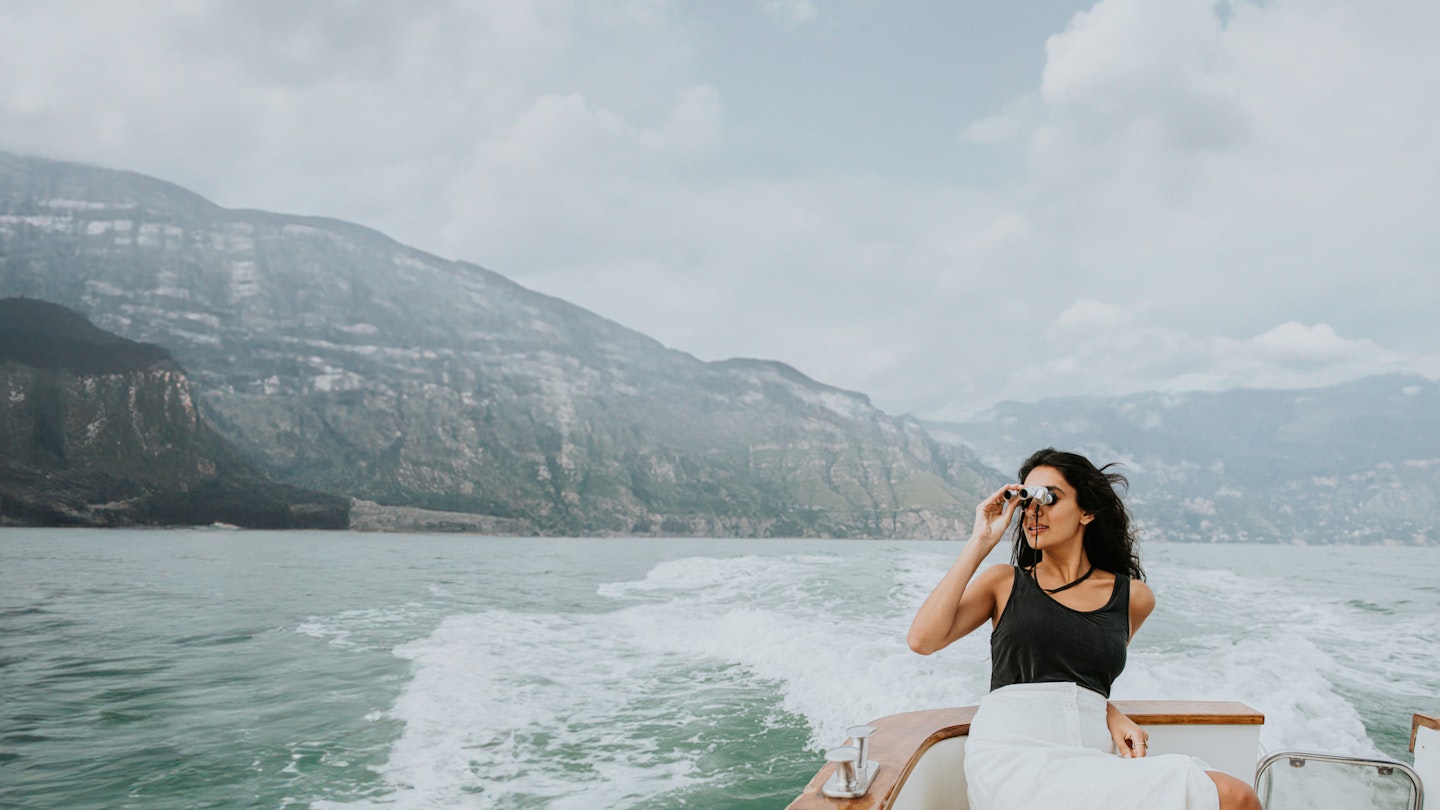
One of the best things to do in Italy? Spend time on the water (coast, lake or canal) © Catherine Falls Commercial / Getty Images
With its iconic monuments, timeless landscapes and irresistible food, Italy is one of Europe’s most alluring destinations. Its historic cities promise thrilling art and architecture at every turn while its varied coastlines and Alpine heights provide a stunning outdoor playground.
In fact, the country is so packed with possibilities that it can seem almost overwhelming. Where should I go? How do I get there? How much will it cost? This planning guide tackles these questions and provides clear practical advice on how to get the most out of your first Italian trip.

When should I go to Italy?
The short answer is anytime. Spring and fall are best for sightseeing , touring and seasonal food. It’s warm without being stifling and nature is in full color. But with the glorious blue-sky weather come crowds and high-season prices in the main cities.
Summer sees cities empty as holidaymakers head to the coast. Prices skyrocket in popular areas, peaking in mid-August when beaches are packed and resorts full. Meanwhile, the festival season swings into gear with high-profile events such as Il Palio di Siena, featuring a wild bareback horse race around Siena 's Piazza del Campo , and Spoleto’s Festival dei Due Mondi , with musicians, artists and actors performing to passionate throngs.
Winter is generally quiet – except in ski resorts – and it can be wet and cold. But low season rates and empty museums make it a decent option for a city break.
How much time do I need to visit Italy?
Realistically, you’ll need at least two or three days in top cities such as Rome , Florence and Venice . That won’t give you enough time to cover everything, but it will allow you to get a feel for the place and explore some of the headline attractions.
If you’re happy to move fast, you could cover Italy’s highlights on a whistle-stop 10-day tour. That would give you a couple of days each in Venice and Florence, a day in Bologna , Pisa and Naples , and three days in Rome. Alternatively, you could focus on a particular area. For example, with a week you could explore southern Tuscany and parts of neighboring Umbria , or cut a swathe through Sicily’s baroque southeast .

Is it easy to get in and around Italy?
Italy is well served by air with flights from across the world. Major airports include Rome Fiumicino (officially Leonardo da Vinci) and Milan Malpensa , the two main intercontinental gateways, Venice Marco Polo , Pisa International (for Florence and Tuscany), Naples International and Catania (Sicily’s busiest airport). There are also excellent rail and bus links, especially to northern Italy, and ferries to Italian ports from across the Mediterranean.
Once in Italy, you've got transport options . Trains are best between major cities and along the coasts, while buses are better for the mountains and hilly inland areas. For more remote parts you’ll really need your own wheels. Most major cities have decent public transport, though you can often cover their historic centers on foot.

Top things to do in Italy
Tour rome’s greatest hits.
First port of call for many travelers is Rome, Italy’s charismatic capital. You’ll never be able to cover all of its monuments and masterpieces, but there are some you won’t want to miss. The Colosseum and Pantheon are obvious highlights, along with the Roman Forum and Palatino . Then there’s the Vatican where you’ll find St Peter’s Basilica and the Sistine Chapel (in the Vatican Museums ). And, of course, you’ll want to toss a coin into the Trevi Fountain to ensure you return to the Eternal City.
For a taste of authentic Roman cuisine, try a slice of pizza from Forno Roscioli or a pasta carbonara at Flavio al Velavevodetto in the Testaccio neighborhood.
Marvel at masterpieces in Florence
One and a half hours north of Rome by train, Florence is the second of Italy’s ‘big three’ (Venice completes the trio). Visitors have been rhapsodizing about the city for centuries and still today it thrills with its Renaissance palazzi (palaces), frescoed churches and artworks such as Michelangelo's David at the Galleria dell'Accademia , Botticelli’s Birth of Venus at the Galleria degli Uffizi , and Brunelleschi’s red dome atop the landmark Duomo . Art apart, there are markets and boutiques to explore and Negroni cocktails to be sampled, including at the historic Caffè Rivoire .
With more time, you could add a day-trip to Siena or a tour of the Chianti wine country .

Get lost in Venice’s backstreets
As soon as you set foot in Venice you know it’s special. And confusing. To get your bearings take vaporetto (water bus) No 1 along the Grand Canal to Piazza San Marco where you’ll find several landmark sights. Chief among these are the Basilica di San Marco and the Gothic Palazzo Ducale , former residence of the ruling Doge. Elsewhere, you can catch modern art at the world-class Peggy Guggenheim Collection and browse colorful produce at the centuries-old Rialto Market .
To fuel your wanderings, Venice is famous for its cicchetti (bar snacks). A top spot for these is the canal-side Bracaro ae Bricoe bar in the Cannaregio sestiere (neighborhood).
Feast on pizza, art and street life in Naples
With Mt Vesuvius brooding on the horizon, Naples is sprawling, loud, sometimes edgy and often magnificent. Its Dickensian backstreets are a joy to explore and its regal palaces showcase world-class collections of Greco-Roman antiquities and baroque art – check out the Museo Nazionale Archeologico and Cappella Sansevero for a glimpse. Then, of course, there’s the city’s revered pizza, served at historic pizzerias such as Da Michele .
Beyond the city, Pompeii is an easy day trip and the Amalfi Coast is within striking distance via the sunny resort town of Sorrento .
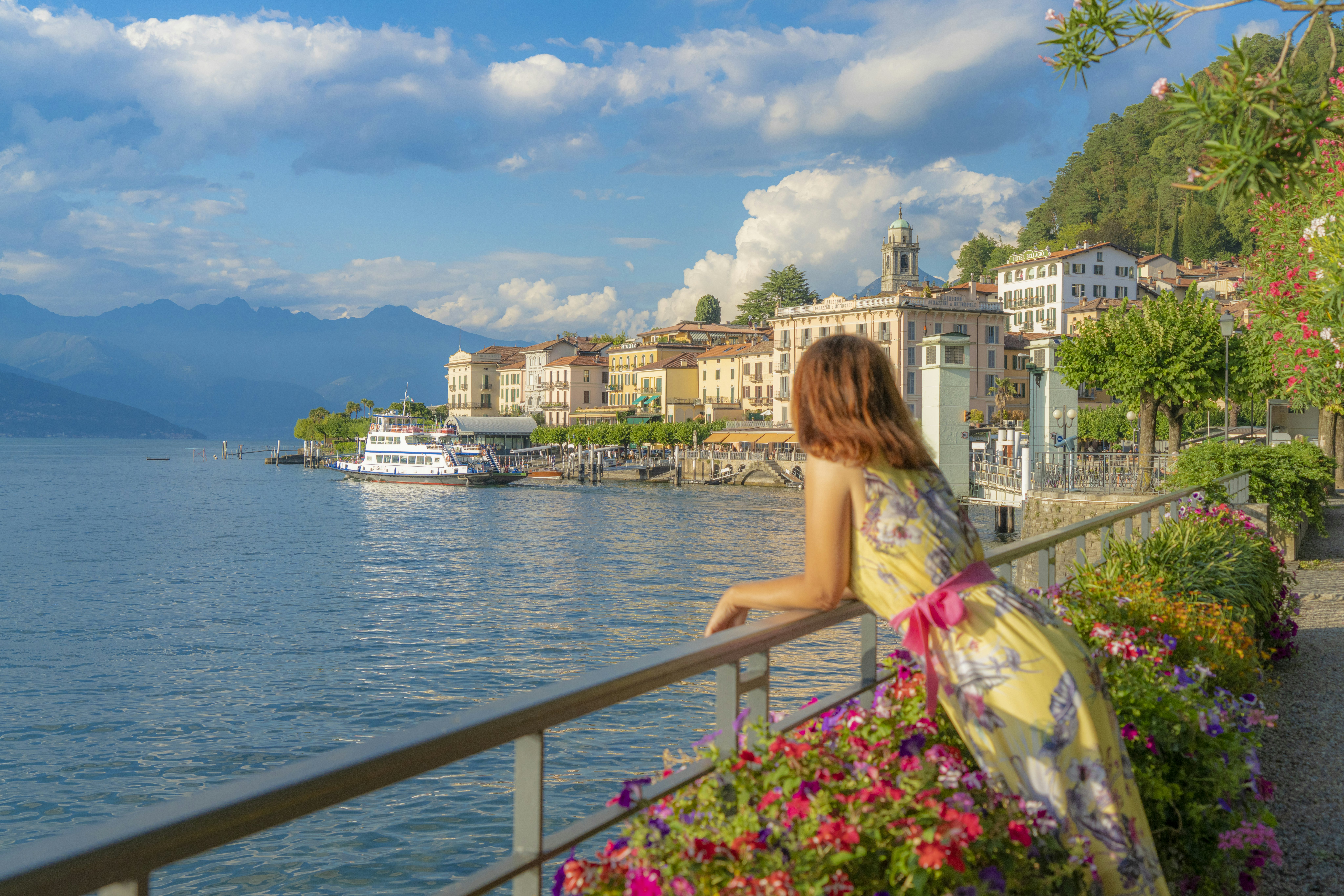
Cruise the Italian Lakes
Ringed by brooding Alpine summits and steep wooded slopes, the Italian Lakes have been a popular holiday spot since ancient times. At Lake Maggiore , you can explore the Isole Borromee with their ornate palaces and lavish gardens, while further east you can go celeb-spotting on Lake Como , cruising around its exquisite villas and villages.
To reach the lakes you’ll often have to pass through Milan , Italy’s northern powerhouse. A day here would be enough to take in some of its signature sights: Leonardo Da Vinci's Last Supper , the fairy-tale Duomo , the Quadrilatero d’Oro shopping district.
My favorite thing to do in Italy
Italy’s obvious beauty and blockbuster sights abound, but what I love are its simple pleasures: a leisurely lunch in a favorite trattoria, the sight of pine trees towering over Roman ruins, a glass of prosecco on a Venetian canal-side.
I also love wandering around Rome and seeing how its life plays out against a backdrop of ancient monuments and historic palazzi . There’s always something going on and even without trying I usually come across something special, an amazing baroque fountain or a teeming market in a medieval square. The city’s streets really are an experience in themselves. I mean where else can you wait for a tram just yards from where Julius Caesar was stabbed?

How much money do I need for Italy?
Italy isn’t cheap. Accommodation rates vary enormously between places and seasons but prices are universally high in popular destinations. That said, you can still find deals if you book early and avoid peak periods. Sightseeing can also add up with top sites charging top dollar. On the plus side, eating out doesn’t have to cost the earth, especially if you stick to pizza and gelato.
Some average daily costs:
- Double room in an agriturismo (farm stay) €40-80
- B&B room €60-140
- Coffee (standing at a bar) €1.10
- Midrange meal €25-35
- Glass of wine €5-8
- Museum admission €10-20
- Public transport ticket (Rome) €1.50 for 100 minutes unlimited travel (but only one metro ride)
- High-speed train ticket Rome to Florence €55
Frequently asked questions
This is italy, so do i have to dress up all the time.
In a word, no. When sightseeing go for comfort, especially when it comes to shoes – you’ll be walking a lot and cobbled streets can be murder on the feet. Note also that major religious sights often enforce dress codes, so make sure you can cover your shoulders, torso and thighs. For going out in the evening, smart casual is the way to go.
What’s the score with tipping?
Tipping is not strictly necessary in restaurants as most places add servizio (service) to the bill. If they don’t or if you want to leave something, a few euros is fine in pizzerias and trattorias; 5% to 10% in smarter restaurants.
What’s this about not drinking a cappuccino after 11am?
Italy has a whole (unwritten) rule book on the dos and don’ts of drinking. As a foreign visitor you’ll get a pass if you order the wrong drink at the wrong time, but it helps to know that Italians regard cappuccinos as breakfast drinks, call an espresso un caffè , and drink beer with pizza.
What’s the card vs cash situation?
Businesses are legally obliged to accept digital payments but it’s always best to have some cash on you. You probably won’t have any problems but it’s not unheard of for payment machines to be mysteriously broken in smaller bars, shops, museums or restaurants. Major credit cards are widely accepted (Amex less so).
This article was first published May 24, 2019 and updated Feb 28, 2024.
Explore related stories
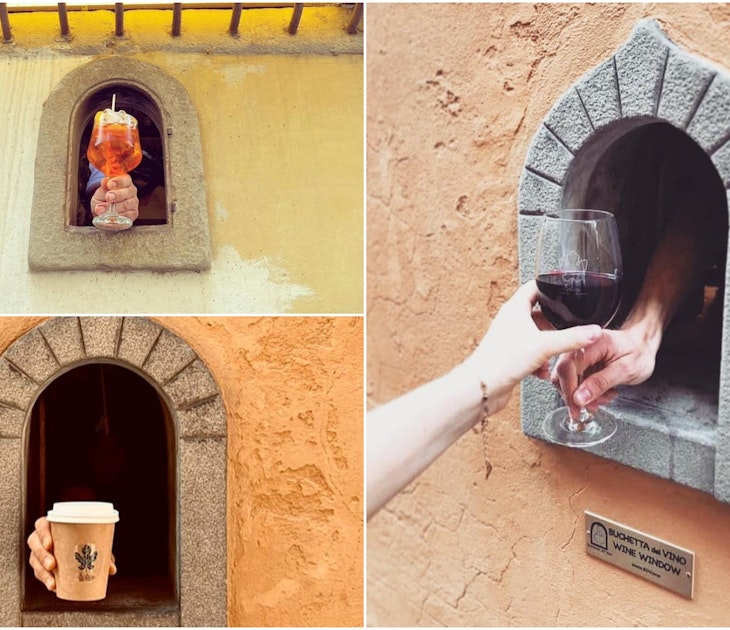
Aug 7, 2020 • 2 min read
Businesses in Italy are reviving the tradition of selling wine and other drinks from tiny wall hatches known as wine windows.

May 7, 2024 • 11 min read

May 7, 2024 • 4 min read

Apr 20, 2024 • 9 min read
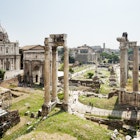
Apr 19, 2024 • 4 min read

Apr 12, 2024 • 9 min read

Apr 9, 2024 • 7 min read
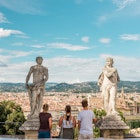
Apr 5, 2024 • 10 min read

Mar 18, 2024 • 4 min read
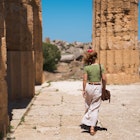
Mar 16, 2024 • 6 min read
As an experienced travel enthusiast, I have just got back from Italy and would love to share this travel experience with friends planning to visit this beautiful country. In this post, I will share about how to plan an Italian vacation and share my personal Italy travel map created on exping-route planner , wish it could help you understand the distribution of attractions and travel routes across Italy.
- Italy Travel Map
I planned my Italy trip on exping and made this travel map, Click to view it .

- My Italy Itinerary and Route
We spent about 11 days in Italy, starting from the Dolomites mountain area in northern Italy and making my way southwards, finally arriving at the seaside city of Naples in southern Italy, passing through Florence and Rome along the way.
- Day 1 - Rome Fiumicino Airport - Bolzano
We landed in Rome by plane, then transferred to trains and high-speed rail to reach the small town of Bolzano in the Dolomites. The entire journey took about 6 hours. If the Dolomites are part of your travel plan, I'd recommend starting from Milan instead, it will save you a lot of time. I spent the night in Bolzano, and suggest staying near the train station there.
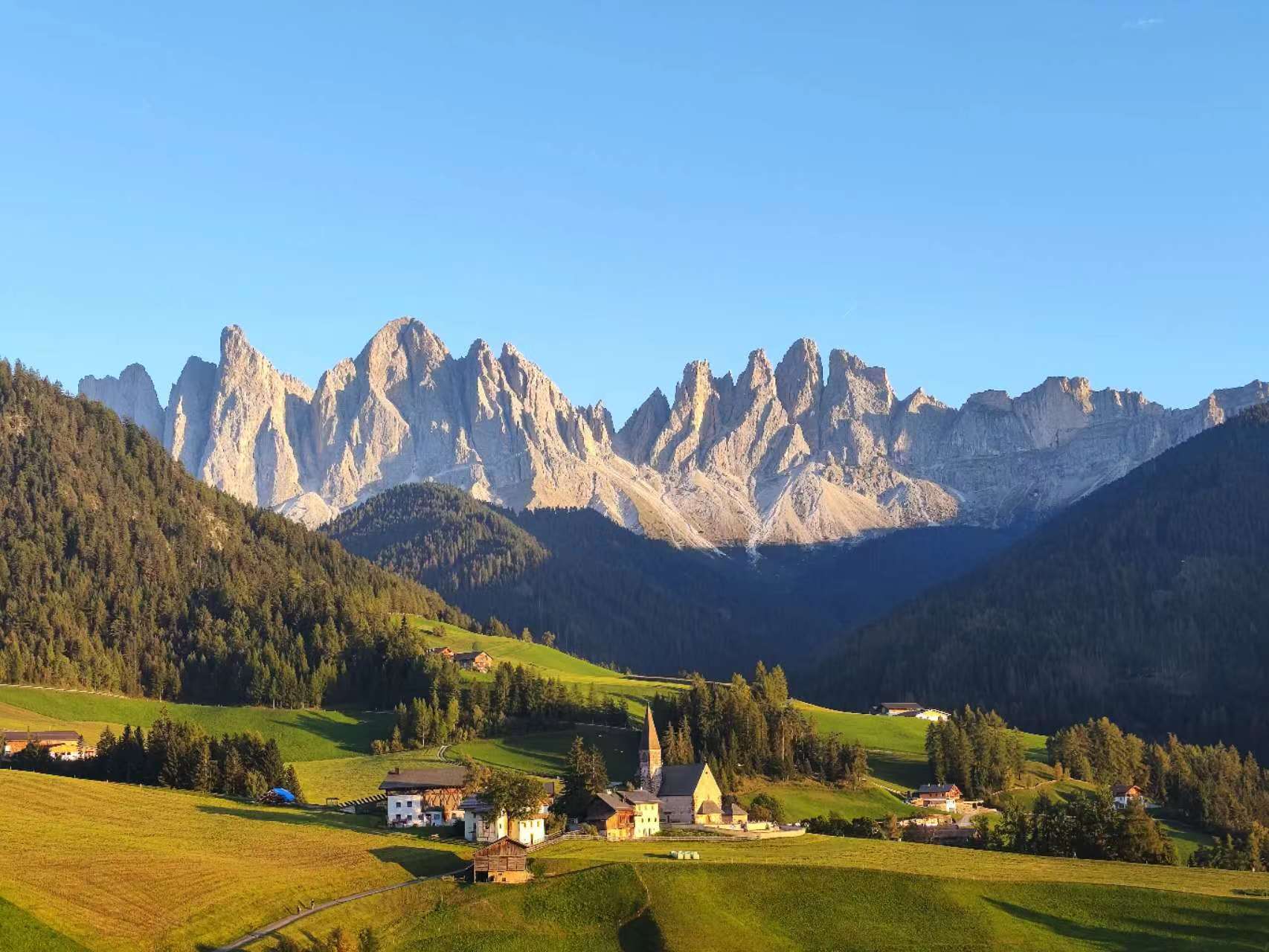
- Day 2 - Bolzano - Ortisei - Funes Valley
We went to the beautiful small town of Ortisei early in the morning. It's close to cable car stations for accessing several attractions in the Dolomites. In the afternoon, went to Funes Valley, walked to the Church of St. John first, then visited some scenic viewpoints along the valley.
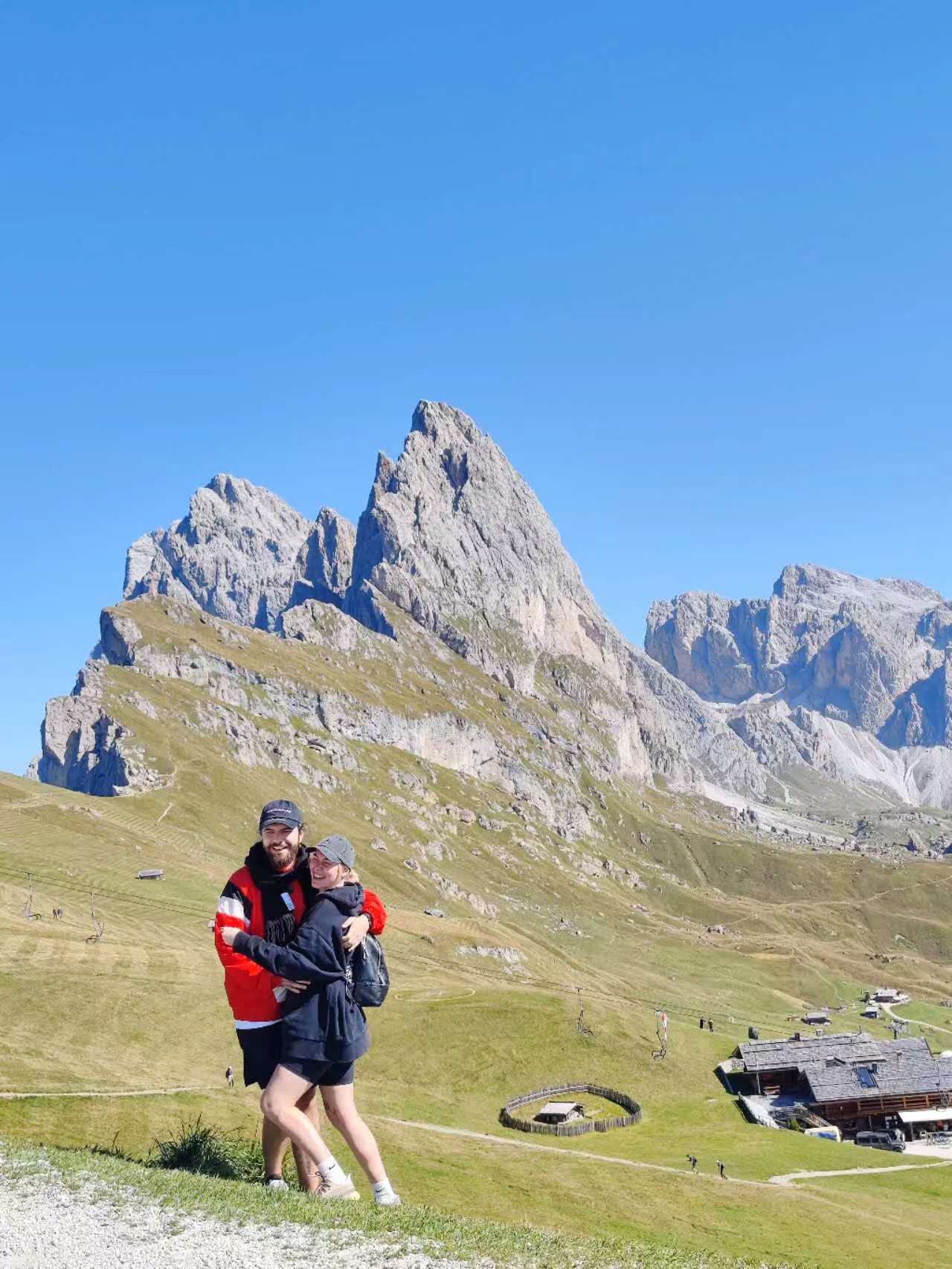
- Day 3 - Ortisei - Seceda - Seiser Alm
We walked from Ortisei to the c station for Seiser Alm. Spent the morning hiking one of the many trails on Seiser Alm. In the afternoon, I took the cable car up to Seceda. The magnificent scenery there is truly breathtaking.
- Day 4-6 - Ortisei - Florence
We spent 3 days in Florence. On arrival in the late afternoon of the first day, we went straight to Piazzale Michelangelo to see the sunset. It was lively and relaxing.
Over the next two days, we visited the iconic Galleria dell'Accademia and Uffizi Gallery, the magnificent Florence Cathedral, strolled across the Ponte Vecchio, enjoyed delicious Italian pasta and ravioli, and tasty steaks.
Make sure to book tickets for the museums online in advance to avoid long queues.
- Day 7-9 - Florence - Rome
On the last day in Florence, we drove to Rome in the afternoon. With so many famous ancient sites in Rome, we chose to visit the Colosseum, Pantheon, Trevi Fountain that we most wanted to see, frequently amazed by the ancient wisdom and grand architecture.
We also spent a full day visiting the Vatican, the world's smallest country, toured the Vatican Museums and St. Peter's Basilica, with so many artistic treasures that it was overwhelming. The Basilica is definitely the most lavish and divine church I've ever seen.
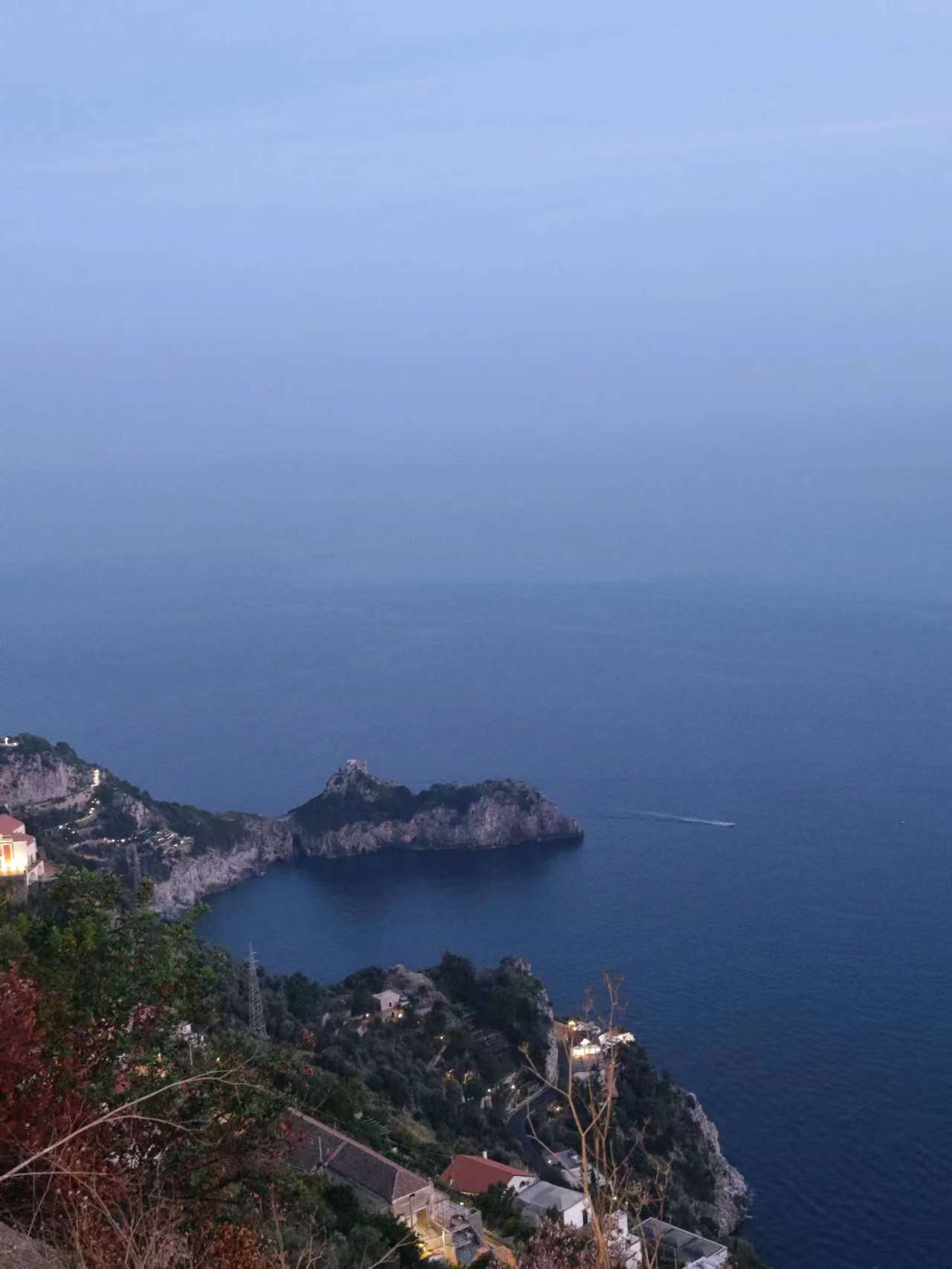
- Day 10-11 - Rome - Naples
In the last two days of the trip, we went to Naples, the birthplace of pizza and one of the oldest cities in Europe.
After tasting delicious centuries-old pizza, we drove along the cliff-hugging Amalfi Coast road towards the south, amazed by the expansive coastline and colorful houses on the cliffs. It's a must-see in Naples.
And so we spent a beautiful and comfortable holiday in Rome. I'd love to visit again as there are still so many places I only caught a glimpse of and didn't have time to fully appreciate.
- Major Tourist Attractions on the Italy Map
As a country with a long cultural history, Italy has many world-famous tourist destinations. On the Italy map, the capital Rome stands out first and foremost. It not only has historic ruins of the Roman Empire, such as the Colosseum and Trajan's Forum, but also showcases artistic treasures from Renaissance to Baroque, including the Sistine Chapel frescoes and Castel Sant'Angelo. Northwards is Florence, known as the art capital, where the Renaissance originated and left behind a legacy of artworks by masters like Dante and Da Vinci. Eastwards along the coast is the romantic Cinque Terre. Down south is the ancient city of Naples.
High-speed trains directly connect major cities, offering the fastest transportation between them. Tickets can be purchased online in advance to plan your trip.
- Italy Travel Plan Tips
Routes should be tailored to trip duration. Here are some of my recommendations, which you can use as a reference when creating your own Italy route map on exping :
- One week Italy trip
Recommended cities: Rome, Florence, Venice
Route: Rome (3 days) → Florence (2 days) → Venice (2 days)
Key attractions: Roman ruins, Florence museums, Venice canals
- Two week Italy tour
Recommended cities: Rome, Florence, Venice, Milan, Siena, Pisa, etc.
Route: Rome (4 days) → Florence (3 days) → Venice (2 days) → Milan (2 days) → Siena, Pisa (3 days)
Key attractions: Ancient sites, art capitals, nature, UNESCO sites, etc.
- One month in-depth Italy tour
Can also include Dolomites, Amalfi Coast, Capri, Campania, Tuscan towns to experience coastlines, nature, and local life.
- Hidden Gems on the Italy Map
Along the Amalfi Coast are charming small towns like Positano and Amalfi to admire the fusion of mountain and sea views. Sunsets here in summer are glorious.
The famed Capri has many undiscovered beaches and trails beyond the Blue Grotto. I recommend bringing a map to explore the natural beauty.
The medieval hilltop town of San Vito, a Habsburg legacy with medieval architecture and distant sea views. Perfect for escaping the crowds and finding tranquility.
Ancient villages in Tuscany like Pienza and Montalcino that retain original character to experience local life.
Agrigento on Sicily's east coast has ancient Greek ruins to discover exotic culture.
- Practical Tips Beyond the Map: Culture and Local Customs
Italians care about dining etiquette e.g. no drinking while eating pasta, eating quietly. Learning some Italian phrases can help.
Remain quiet and dress modestly in churches or solemn settings. Shoulders and knees should be covered in religious sites.
Avoid loud noises on public transport. Let the driver know when you're getting off.
Be polite and a little patient with service staff to get better service.
Interact with locals in an open and friendly way. Respect different views, don't get too fiery.
Experiencing local food and festivities is highly recommended. Italians value family and social gatherings.
I hope through this post, you have better understand the Italy and better plan your future trip to Italy. You can try using exping to map out your itinerary by marking the places you want to visit and generating a route map, making travel arrangements much smoother. I wish you a wonderful time in Italy!
Cover Photo Credit by Heidi Kaden on Unsplash
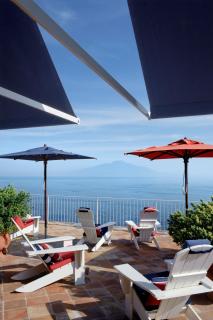

Italy Travel Guide
Last Updated: June 3, 2024

Italy is one of Europe’s most iconic and popular destinations. Home to incredible food, fabulous wine, tons of ancient ruins, undying romance, and picturesque landscapes, it should come as no surprise that this is one of the most sought-after travel destinations in the world.
I’ve been visiting since 2006 and I never tire of it.
The vineyards in Tuscany, history in Florence , ancient streets of Rome , gorgeous views and hills Cinque Terre , romantic canals in Venice — I love it all.
Italy is best experienced slowly so pace yourself. Soak in the atmosphere and way of life as you explore. Italians move slowly and enjoy la dolce vita and so should you! Relax, take in the scenery, enjoy a cappuccino or a glass of wine. The slower you go, the better you’ll be able to appreciate the charms and nuance of this iconic southern European gem.
This travel guide to Italy can help you plan your trip, save money, and make the most of your time here.
Table of Contents
- Things to See and Do
- Typical Costs
- Suggested Budget
- Money-Saving Tips
- Where to Stay
- How to Get Around
- How to Stay Safe
- Best Places to Book Your Trip
- Related Blogs on Italy
Click Here for City Guides
Top 5 things to see and do in italy.
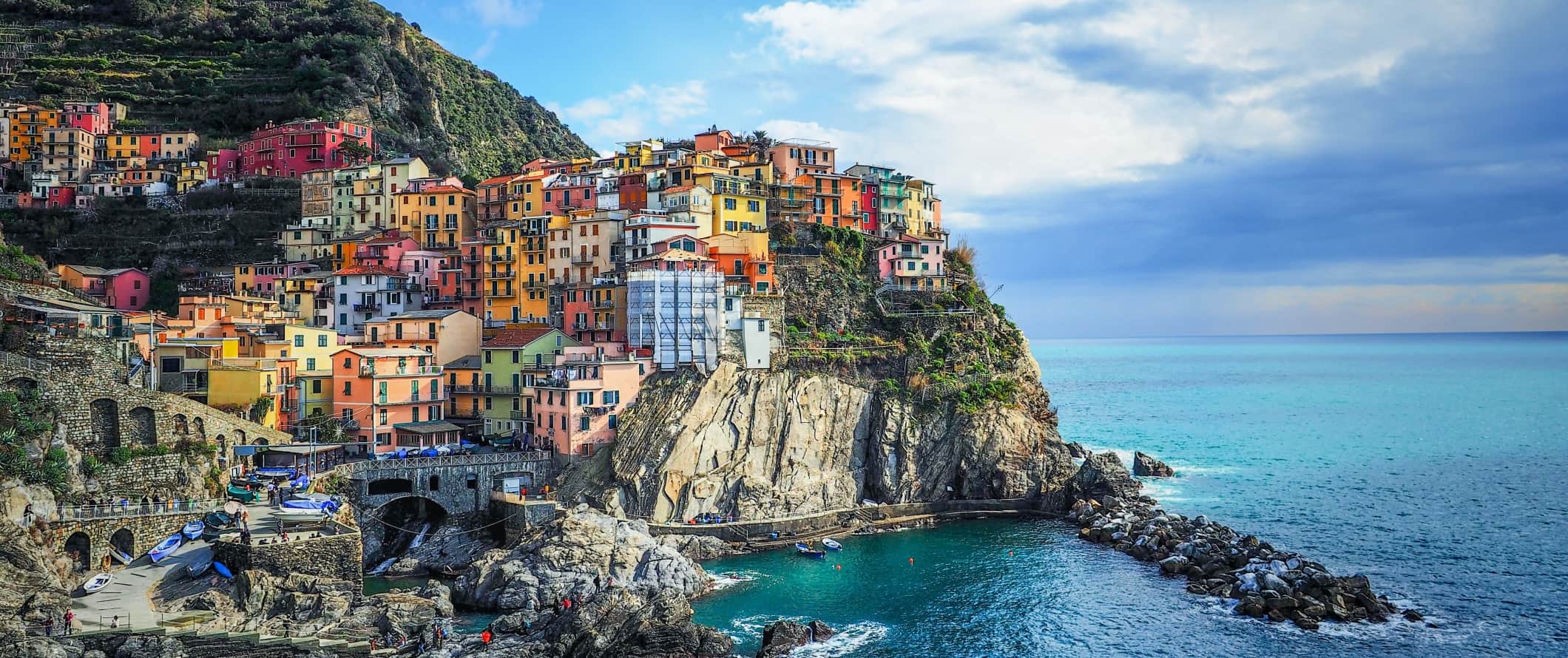
1. Explore Venice
While crowded, Venice is an astounding place to visit. I love the city’s iconic architecture and picturesque canals. Don’t miss the Piazza San Marco, Doge’s Palace, Rialto Bridge, the Basilica San Marco, and the city’s countless museums. Moreover, be sure to head to the old Jewish Ghetto for hip bars and cheap drinks (the English word ghetto comes from this area of Venice). Venice is also home to several world-class festivals. In late winter, the epic Carnival takes place here and, in August, the prestigious Venice Film Festival takes over the nearby island of Lido. If you have time, be sure to explore the neighboring islands on a day tour. They are charming in their own right.
2. Wander Rome
Rome has so much to see and do that you’ll need to make several trips to even scratch the surface. Besides obvious highlights like the Colosseum, Forum, Palatine Hill, and Trevi Fountain, make sure you explore the Trastevere neighborhood. It’s my favorite area in Rome and feels almost like a village inside a big city. Trastevere offers delicious food, funky bars, and ancient winding streets. I love the family pizzerias and cafes here for people-watching and the gelato. Vatican City, the smallest independent city-state in the world, is nestled within the heart of Rome and is home to the Pope, St. Peter’s Basilica, the Sistine Chapel, and many fantastic museums. You can fill an endless amount of time here so don’t try to rush your visit!
3. Tour Pompeii
Located a 20-40-minute train ride from Naples , Pompeii is an ancient city that was destroyed by a volcano, preserving it in a blanket of ash still frozen in time. Walk around the Roman city as it stood the day that Mount Vesuvius exploded in 79 CE, moving in and out of homes, villas, baths, and businesses where pots and vases still lay. What really struck me was entering the houses and seeing that the fountains and most of the beautiful frescoes are still intact. Admission is 22 EUR while a guided tour with a professional archeologist is 55 EUR. It’s a huge site and will take a full day to visit in depth.
4. Hike the Cinque Terre
The Cinque Terre consists of five colorful coastal villages on the west coast of Italy, backed by steep vineyards and mountains. These small towns are by no means undiscovered by tourists but still absolutely beautiful and teeming with great shops and cafes. Each village has its own unique charm and personality so be sure to visit all of them. I absolutely love the fun hikes in the stunning hills high above the sea between the villages that range in difficulty. The Cinque Terre express train makes it super easy to pop around to the different villages if you don’t want to hike between the towns. Trail #7 is my favorite.
5. Relax on the Amalfi Coast
Other things to see and do in italy, 1. party at the venice carnival.
Carnival is ten days of masquerade madness every February leading up to Mardi Gras. The tradition goes back centuries, starting in the 12th century and reaching the height of popularity in the 18th century. Today, it’s one of the biggest festivals in Italy, with millions of people attending every year. Though it’s too crowded for my taste, the iconic and diverse masks are a central part of the festivities and every year there is a contest for the most beautiful mask. If you want to splash out, you can even attend a traditional masquerade ball! Just be sure to book your accommodation early as the city fills up months in advance.
2. Explore Milan
Milan is the fashion capital of Italy. Spend some time taking in the glamor but don’t spend more than a day or two here unless you’re looking to splash out. While you’re here, don’t miss the beautiful Milan Cathedral, which boasts 3,500 statues, 135 spires, and five bronze doors. Sforzesco Castle, a 15th-century castle that houses Michelangelo’s last sculpture, is also worth a visit. There’s also Leonardo da Vinci’s The Last Supper , located inside Santa Maria delle Grazie church (which is itself a UNESCO World Heritage Site) as well as Leonardo’s Horse, one of the largest equine statues in the world. To get away from the crowds, spend some time relaxing in Parco Sempione, Milan’s most famous city park. It’s a vast oasis of green space and perfect for a picnic when the weather is nice.
3. See the Leaning Tower in Pisa
The entire city of Pisa is focused on taking photos of this famed tower. Started in 1173 and finished in 1399, it’s the bell tower of Pisa’s cathedral, located next door. Although it was meant to be perfectly vertical, the tower started leaning during construction due to the weight of the building on an unstable foundation. Most people come for the tower, but I find the entire complex to be stunning! The white marble buildings of the Baptistry and the Duomo are equally impressive but don’t get the same attention as the tower. They’re worth a visit. Admission to the top is 20 EUR or 27 EUR for a ticket that includes all the monuments in the complex. DiscoveryPisa runs a guided tour of all three sites for 40 EUR if you want a more in-depth experience.
4. Visit Siena
Everyone who visits Siena walks away loving it. Located in Tuscany, it’s one of the best-preserved medieval cities in Italy and boasts a labyrinth of lanes gathered around the arena of Piazza del Campo. Spend a few days admiring this charming city and exploring one of Italy’s most popular and famous regions. The main draw to the city is the stunning Siena Cathedral, which was constructed with white and black marble and is one of the most beautiful cathedrals in the country (the interior is massive and ornately decorated and lined by huge columns). Be sure to also visit the Torre del Mangia, a narrow 14th-century tower that offers stunning views of the area, as well as the 14th-century Fonte Gaia fountain, which is decorated by centuries-old marble panels.
5. Wander Naples
Naples , made famous as the birthplace of pizza, is a gritty city home to a wealth of historical treasures. There’s the medieval Naples Cathedral, the 18th-century Villa Comunale Park, and nearby Naples , Pompeii , one of the most amazing and important sites to visit in the country. The Archaeological Museum of Naples is also worth a visit, and if you enjoy hiking you can climb up the iconic Mount Vesuvius. Naples is the gateway to the south so you’re very likely to come here if you’re crisscrossing the country. Its location near Pompeii, Capri, and Sorrento makes it the perfect starting point for exploring the region. Best of all, it’s a foodie city like no other; I ate my weight in pizza during my visit!
6. Explore Florence
There’s no real need to explain why one should visit Florence — the city speaks for itself. Everything people say about it is true: great food, amazing museums, ancient buildings, small streets, awesome gelato. The city has it all. Be sure to visit The Uffizi, which holds the world’s most important collection of Renaissance art (including the The Birth of Venus and La Primavera by Botticelli, Bacchus by Caravaggio, and Doni Tondo by Michelangelo). The famous David statue is also in Florence, housed in the Galleria dell’Accademia. It’s one of the most impressive sculptures in the world and at 5.17 meters (17 feet) tall, it’s a lot bigger and more detailed than you think it would be! While here, make sure you take a few wine tours throughout the region to get a feel for the verdant countryside. Don’t miss the view from the highest point in the Piazzale Michelangelo. It was my favorite and well worth the hike to get there.
7. Drive around “the Heel”
Few travelers ever visit the southern heel of the Italian “boot.” But, if you have time, it’s worth the trip. This is where most of the fruits and vegetables in Italy come from so a trip down here will give you the best glimpse into rustic Italian life far from the maddening crowds of Rome and Italy’s other tourist hotspots. Don’t miss the picturesque Polignano a Mare, with its rugged cliffs and white-washed houses. Gallipoli, with its labyrinth of narrow lanes and historic port, is also worth visiting. There are tons of amazing beaches in this part of the country too, including Marina di Pescoluse (Salento), Cala Porto (Polignano a Mare), and Torre Guaceto (Brindisi).
8. Eat your way around Sicily
There’s Italian culture and then there’s Sicily. Sicily has its own unique cooking style, traditions, and customs. It’s unlike the rest of Italy. Be sure to spend some time in Taormina and Palermo (the capital of Sicily). The UNESCO Valley of the Temples is also in Sicily, a national park home to incredible Greek ruins that are over 2,000 years old. Don’t miss the stunning Mount Etna , an active volcano that you can ski on it in the winter or take a tour of the top in the summer.
9. Stroll through Sorrento
Sorrento is a small city in southwestern Italy surrounded by a dreamy landscape of rolling hills, deep valleys, and the Lattari Mountains. There’s not a lot to do in the town itself but Sorrento makes an ideal starting point for numerous excursions to nearby cities and islands around the famous Amalfi Coast, like Capri and Ischia. I especially love driving along the winding coastal roads overlooking the sea. Don’t miss a visit to the nearby Blue Grotto .
10. Attend Settimana Santa (Holy Week)
This is the last week of Lent, known as Holy Week. During this time, there are several processions throughout Italy, drawing crowds of thousands. Throughout the week, there are various gatherings in Puglia, Abruzzo, and Sicily but the major event occurs on Easter Sunday and is led by the Pope himself. It’s an amazing time to visit, but expect huge crowds and for accommodation to sell out months in advance.
11. Visit Alberobello
A UNESCO World Heritage Site, this is an interesting and picturesque little town just south of Bari (a port city on the Adriatic Sea) known for its unusual white cone-shaped houses (they’re super peculiar). It’s well worth a visit between the months of November and April (to avoid the flocks of tourists) as there are a couple of museums to peruse, in addition to some great restaurants, bars, and markets.
12. Tour the Vatican Museums
Founded in the early 16th century, it is a complex of museums spanning over 12 acres. There are so many priceless highlights, including Michelangelo’s works in the Sistine Chapel. You could easily spend hours here so don’t rush your visit. Consider getting a guide to make the museum come to life and give you some context and history of what you are seeing. Admission is 20 EUR and skip-the-line guided tours with Get Your Guide start around 40 EUR.
13. See Chiesa di Sant’Efisio
When you find yourself in Cagliari on Sardinia, wander over to the Stampace quarter to see this church. Dedicated to the patron Saint Ephisius, this is the most important church in the city. The original building dates to the 13th century, though it was rebuilt and expanded in the 16th century and then again in the 18th century, this time in the Baroque style. Admission is free.
14. Take a cooking class
Italy is a dream destination for foodies and the best way to learn about this amazing cuisine is to take a cooking class . You’ll get to visit a local market, learn about the history of some of the country’s best dishes, and then learn how to make them yourself so you can impress friends and family back home. You can find cooking classes all over the country. They are very common. Prices vary depending on what city you take a class in, but most cost at least 40 EUR and last a few hours.
15. Take a walking tour
Walks of Italy offers incredible, detailed tours all around the country. They are my favorite tour company in the country. And they are relatively inexpensive and you definitely get your money’s worth. If you are big into history, culture, or architecture these tours are for you. You’ll walk away with a much richer understanding of the country. Don’t miss them.
For information on specific cities in Italy, check out these city guides:
- Cinque Terre Travel Guide
- Florence Travel Guide
- Milan Travel Guide
- Naples Travel Guide
- Pisa Travel Guide
- Rome Travel Guide
- Sorrento Travel Guide
- Venice Travel Guide
Italy Travel Costs
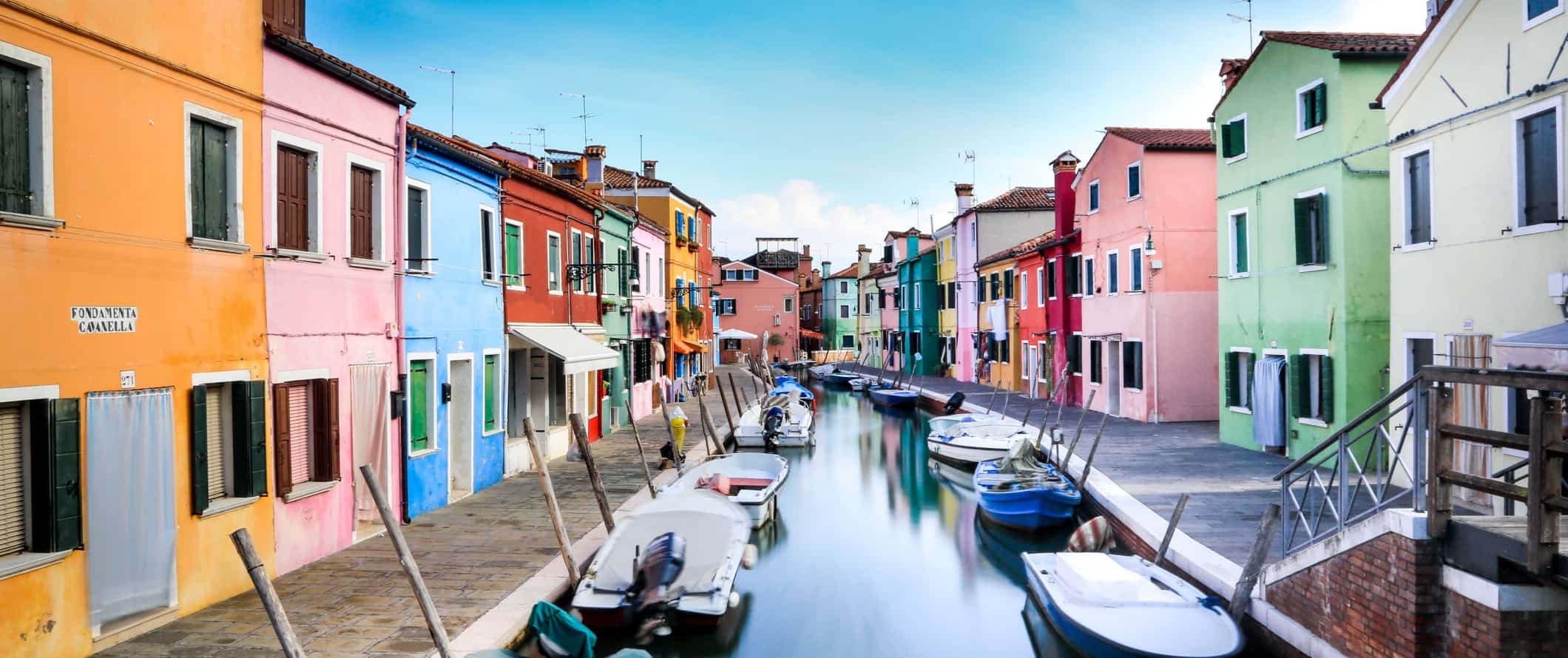
Hostel prices – Hostel dorms average 30-70 EUR per night for rooms with 6-8 beds. Private rooms are usually between 100-140 EUR per night. Free Wi-Fi is standard and most hostels also have self-catering facilities and include breakfast. During the summer months, expect prices to double. In Rome and Florence, prices throughout the year are about 20% higher than anywhere else.
For those traveling with a tent, campgrounds are available around the country, usually costing between 15-40 EUR per night for a basic plot for two people.
Budget hotel prices – A night in a two-star budget hotel ranges between 70-125 EUR per night. Expect basic amenities like free Wi-Fi, TV, AC, and occasionally free breakfast. Prices are on the higher end in cities like Rome and Venice and also double during the summer.
On Airbnb, private rooms start around 45-90 EUR, while entire apartments usually start around 70-150 EUR. Expect prices on the higher end in hotspots like Rome and Venice. Prices can also double (or triple) when not booked in advance. Additionally, expect even higher prices in the busy summer months.
Food – Italian cuisine is beloved around the world, though every region in Italy offers its own distinct flavor. Tomatoes, pasta, olives, and olive oil form the backbone of most dishes, with meat, fish and various cheeses rounding out the menu. Gelato and pizza, of course, are also super popular. Some traditional dishes include bigoli in salsa (pasta in anchovy sauce), risotto al nero di seppia (risotto with cuttlefish ink), gnocchi alla Sorrentina (potato gnocchi), cassoeula (a meat and cabbage stew), and tagliatelle funghi porcini e tartufo (pasta with mushrooms and truffles).
A casual restaurant meal of pizza or pasta usually costs 15-25 EUR. In tourist hot spots, add 5-10 EUR to that.
Quick eats like pizza by the slice, paninis, and light snacks cost between 3-8 EUR. Snacks like croissants are less than 2 EUR.
Fast food (think McDonald’s) costs around 10-12 EUR for a combo meal while Chinese, Thai, or Indian food is 10-12 EUR for a main dish. Dessert is usually around 4-8 EUR for something like tiramisu.
Your average restaurant meal costs around 30 EUR with a drink. Most main dishes cost around 15-20 EUR while a pizza is around 10-15 EUR. For higher-end meals, expect to spend about 70 EUR for a three-course meal with a drink.
Beer costs around 4-5 EUR while a glass of wine costs 4-8 EUR. For non-alcoholic drinks, a latte or cappuccino is around 1.50 EUR and bottled water is 1 EUR.
If you plan on cooking your own groceries, expect to spend 50-65 EUR per week. This gets you basic staples like pasta, rice, seasonal produce, and some meat or fish.
Backpacking Italy Suggested Budgets
If you’re backpacking Italy, my suggested budget is 65 EUR per day. This assumes you’re staying in a hostel, cooking all your meals, limiting your drinking, taking public transportation to get around, and sticking to mostly free activities like hiking, free walking tours, and the beaches. If you plan on drinking a lot, add at least 15 EUR to your daily budget.
On a mid-range budget of 140 EUR per day, you can stay in an Airbnb or budget hotel, eat out for a couple of meals, enjoy a few drinks, take the occasional taxi, and do more paid activities like touring the Colosseum or exploring Pompeii.
On an upscale budget of 255 EUR or more per day, you can stay in a budget hotel, eat out for all your meals, drink as much as you want, rent a car, and do whatever tours and activities you want. This isn’t a real luxury budget but it’s a budget that affords you the ability to do anything you want. If you want real luxury, you’ll need to read a different blog for that!
Italy Travel Guide: Money-Saving Tips
Italy is one of the most expensive Eurozone countries. It’s very easy to break the bank in Italy, owing to all the historic sites, expensive accommodation, and delicious but pricey restaurants. You’re going to be spending a lot on a visit here. However, there are still lots of ways to reduce your expenses. Here are some tips to help you save money in Italy:
- Skip the bread – Many restaurants offer you bread when you sit down — but they don’t mention that it’s not free. If you’re on a budget, decline the bread and save a few Euros each dining experience.
- Picnic – Head to the store or one of the many markets in the country and grab food for a picnic. It’s cheaper than eating out and you can lounge in one of the many parks to watch the day go by. Food markets are a good place to try things, get fresh cheese and cold cuts, pasta, and snacks like ‘arancini,’ a super-filling rice ball stuffed with meat or cheese.
- Drink the tap water – When out at a restaurant, ask for tap water or you will automatically get expensive bottled water included on your bill. Since the tap water is safe to drink, bring a reusable water bottle to save money and reduce your plastic use. LifeStraw is my go-to brand as their bottles have built-in filters to ensure your water is always clean and safe.
- Buy wine at the store – You can buy a great bottle of wine for 6-10 EUR at the store. It’s a lot cheaper than drinking at the bar. Take it outdoors and sit around and enjoy the day/evening or skip expensive nightlife and go out for a long dinner and just drink it at the hostel. Just make sure you have a travel corkscrew on you if you’re going to sit outside somewhere!
- Take the bus – Budget bus companies like Flixbus can take you across the country for cheap. It isn’t glamorous, but with tickets starting at 6 EUR you really can’t complain! (And it’s cheaper than the train.) Taking the bus in town inside big cities instead of taking taxis everywhere or renting a car will save you lots of money.
- Redeem hotel points – If you sign up for hotel credit cards, you can use those points when you travel. It’s always nice to have free accommodations and most cards offer at least 1-2 nights free when you sign up, which can save you a lot. Use this post can to get started with the basics so you can start earning points now and have some built up for your trip.
- Take a free walking tour – Most cities in Italy offer free walking tours that cover all the main highlights. It’s the best budget-friendly way to explore and also a great way to meet other travelers if you’re alone. Just be sure to tip your guide at the end!
- Stay with a local – Accommodation is expensive in Italy, even in the hostels. Use Couchsurfing to stay with locals who have extra beds or couches for free. It’s the best way to save money and meet people. Just be sure to send your requests early (especially in the summer). Also, it’s a good idea to research the area you’re staying in first so you’re not so far away from the city center (or city!) that you need to spend a lot of time/money getting into town to see the sites.
- Get a city tourist card – Many tourism offices offer tourist cards that provide free or discounted entry to the main attractions. Some even include restaurant discounts and free transportation. If you plan on sightseeing a lot, these cards can cut your costs drastically. Check the local tourism board in each city for info when you arrive.
- Rideshare – If you’re flexible in your schedule, use the ridesharing service BlaBlaCar to catch rides with locals between cities. I used this service and not only did I save money, I got to meet interesting people and learn more about life in Italy. This is a good option to book a few days in advance. Just make sure to pick someone who has good ratings because newer drivers can have a tendency to be unreliable or cancel at the last minute.
Where to Stay in Italy
There’s a lot of hostels and hotels in Italy to choose from. Check out my city guides for a more complete list of favorites but, below, are some of my top recommended hostels and budget hotels in Italy:
- Loly Boutique Hotel (Rome)
- The Beehive (Rome)
- Hotel Montecarlo (Venice)
- Generator (Venice)
- Hostel of the Sun (Naples)
- Ulisse Deluxe (Sorrento)
- Hotel Bologna (Pisa)
- Hostel Pisa Tower (Pisa)
How to Get Around Italy
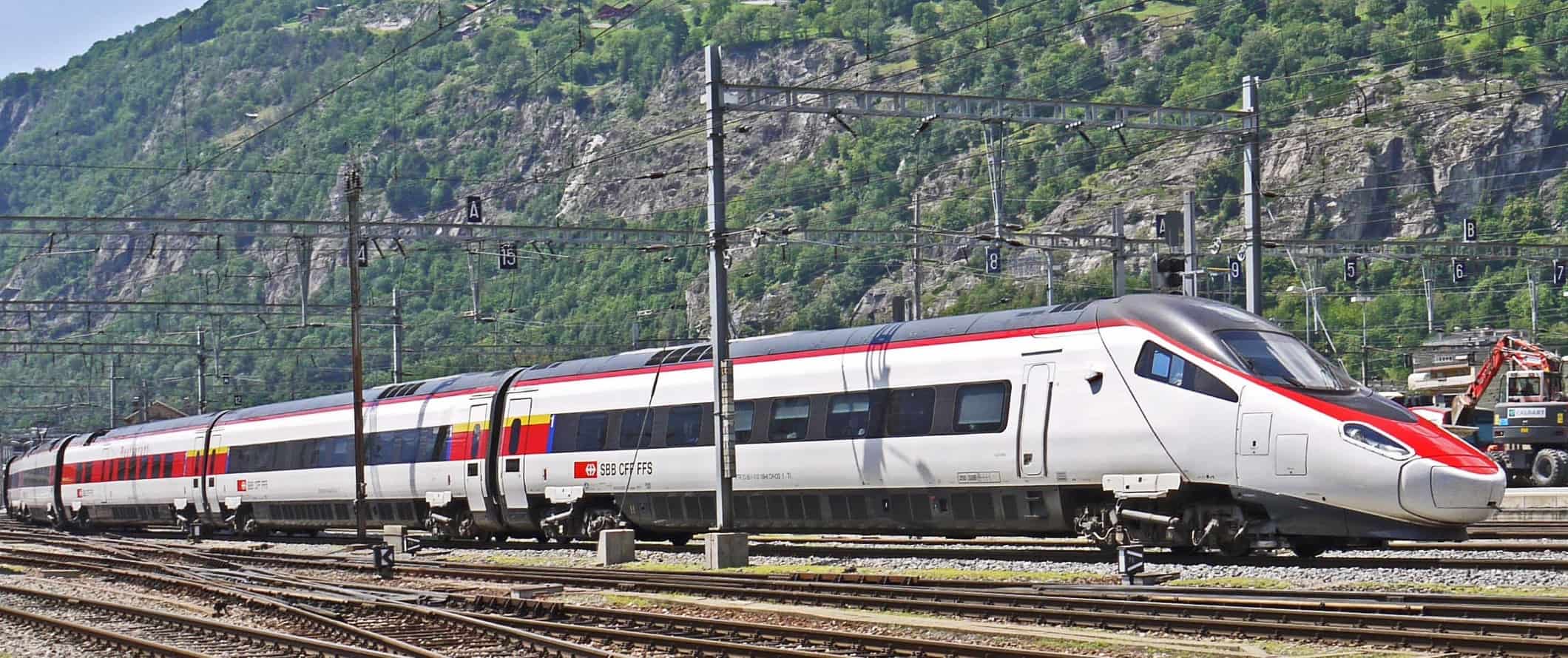
Public transportation – Public transportation is available in all the major cities in Italy (many of which have comprehensive metro systems). Tickets usually cost between 1-2 EUR for a single journey. Some cities also have day passes that offer unlimited travel. In Rome, you can purchase a one-day pass for unlimited travel for 7 EUR. A three-day pass costs 18 EUR, for example. While public transportation is generally reliable, traffic can be a nightmare — especially in Rome.
Train – The best way to get around Italy is via their extensive train network. Prices are affordable too, with most trips costing just 10-30 EUR. Rome to Florence takes just 90 minutes (on the fast train) with tickets starting at 25 EUR. Rome to Venice takes around 4 hours with tickets starting around 45 EUR. Rome to Naples is just over one hour and costs around 20 EUR.
Italo and Trenitalia are the two main rail systems. Tickets on Trenitalia are often a standard price, while Italo’s ticket prices fluctuate more widely.
To find routes and prices for trains around Italy (and Europe), use Trainline .
Bus – The bus is slower than the train but cheaper, with prices on FlixBus starting as low as 6 EUR. This isn’t the most convenient or fastest way to travel, but the buses are comfortable and good for short and medium journeys. Most buses come with outlets and free Wi-Fi too.
The 4-hour trip from Rome to Florence costs around 3-12 EUR, while a longer trip like Venice to Naples takes 10-15 hours and costs just 7-26 EUR.
Flying – If you’re pressed for time and are looking to jump from one city to the next, a budget airline might be the way to go. Prices can be incredibly low on airlines like Ryanair.
That said, when you factor in the time spent at airports, you’re likely not going to save much time when compared to high-speed trains. Also, keep in mind that you’ll have to pay to check your baggage on these cheap flights and you usually need to print your boarding pass out too (or pay a fee).
Ferry – If you want to visit some of Italy’s amazing islands, you’ll have to book a ferry. Ferries are frequent and you don’t need to book too far in advance, but during peak season it’s a good idea to book at least a few weeks ahead. You can use FerryHopper to find routes and prices. The popular one-hour ferry from Naples to Capri starts from 27 EUR.
Car rental – Car rentals are generally quite affordable here, usually starting around 25-35 EUR per day for a multi-day rental. Just make sure you have an International Driving Permit (IDP) as it’s required before you rent a car. Also, keep in mind that Italian drivers can be on the aggressive side so drive cautiously. For the best rental car deals, use Discover Cars .
When to Go to Italy
There’s no wrong time to visit Italy. Historically, the peak season has been July and August, but post-COVID cities like Rome, Florence, and Venice are busy pretty much year-round.
There’s a huge variation in climate across the country. Temperatures can soar as high as 36°C (98°F) during the summer in the southern part of the country, and popular cities like Rome, Venice, and Florence experience a huge influx of visitors. I’d try to avoid visiting these cities in the summer if you can as it’s just too crowded, too hot, and prices increase during this time as well. However, if you want to visit the Alps in the northern part of the country, near Milan, summer is when the weather is best. Temperatures are around 24°C (76°F), but you’ll have to deal with the crowds.
Personally, I think the best time to visit Italy is during the shoulder season (March-May and September-October). It’s still warm in the south but the crowds have thinned and prices are lower. This is a particularly great time to hang out in the Mediterranean. Expect daily highs around 22°C (72°F). It’s still nice in the northern part of the country too. Average temperatures are around 14°C (57°F), so you’ll want layers for the cool mornings and evenings. If you want to get into the higher elevations, plan on colder temperatures and the possibility of snow.
Winter is from November to February. It gets cold, and tourist crowds thin out considerably. Temperatures vary quite a bit from north to south, with it sometimes dropping to 2°C (36°F) in Milan and 4°C (39°F) in Rome. In the south, near Sorrento and Naples, average temperatures are closer to 12°C (54°F) and you won’t have to worry about snow. On the other hand, November to December is fantastic — you’ll find Christmas markets and festivals galore!
How to Stay Safe in Italy
Italy is a safe country to travel as violent crime against tourists is very rare. However, scams and pickpocketing are incredibly common, especially around high-traffic tourist sites in places like Rome and Venice. Always keep your valuables secure and out of sight on public transportation and when out and about. The biggest things to watch out for are pickpockets on public transportation and in crowds. Don’t leave your bag open or put your mobile phone in loose jacket pockets on the tram or subway.
Be wary of people selling discounted tickets on the street. Chances are they are fake so always buy tickets from reputable sellers only. If you take a taxi somewhere, make sure the driver uses the meter so you don’t get ripped off.
You can read about other common travel scams to avoid here.
Solo female travelers should generally feel safe in Italy. However, the standard safety precautions apply (never leave your drink unattended at the bar, never walk home alone intoxicated, etc.). Catcalling is not uncommon in Italy. Also, on public transport be mindful of groping on public transport. For specific tips, check out one of the many solo female travel blogs on the country as they will have better advice for you.
If you rent a car, make sure you drive carefully and also have extra insurance. The roads in much of the country are very winding and narrow and drivers here are on the aggressive side.
Natural disasters here are uncommon, but since there are several active volcanoes in the country they can occur. Venice is also prone to flooding, so always be mindful of the weather while you’re here and heed any warnings or advisories.
If you experience an emergency, dial 113 for assistance.
Always trust your gut instinct. Make copies of your personal documents, including your passport and ID.
The most important piece of advice I can offer is to purchase good travel insurance. Travel insurance will protect you against illness, injury, theft, and cancellations. It’s comprehensive protection in case anything goes wrong. I never go on a trip without it as I’ve had to use it many times in the past. You can use the widget below to find the policy right for you:
Italy Travel Guide: The Best Booking Resources
These are my favorite companies to use when I travel. They consistently have the best deals, offer world-class customer service and great value, and overall, are better than their competitors. They are the companies I use the most and are always the starting point in my search for travel deals.
- Skyscanner – Skyscanner is my favorite flight search engine. They search small websites and budget airlines that larger search sites tend to miss. They are hands down the number one place to start.
- Hostelworld – This is the best hostel accommodation site out there with the largest inventory, best search interface, and widest availability.
- Booking.com – The best all around booking site that constantly provides the cheapest and lowest rates. They have the widest selection of budget accommodation. In all my tests, they’ve always had the cheapest rates out of all the booking websites.
- HostelPass – This new card gives you up to 20% off hostels throughout Europe. It’s a great way to save money. They’re constantly adding new hostels too. I’ve always wanted something like this and glad it finallt exists.
- Get Your Guide – Get Your Guide is a huge online marketplace for tours and excursions. They have tons of tour options available in cities all around the world, including everything from cooking classes, walking tours, street art lessons, and more!
- The Man in Seat 61 – This website is the ultimate guide to train travel anywhere in the world. They have the most comprehensive information on routes, times, prices, and train conditions. If you are planning a long train journey or some epic train trip, consult this site.
- Rome2Rio – This website allows you to see how to get from point A to point B the best and cheapest way possible. It will give you all the bus, train, plane, or boat routes that can get you there as well as how much they cost.
- FlixBus – Flixbus has routes between 20 European countries with prices starting as low 5 EUR! Their buses include WiFi, electrical outlets, a free checked bag.
- SafetyWing – Safety Wing offers convenient and affordable plans tailored to digital nomads and long-term travelers. They have cheap monthly plans, great customer service, and an easy-to-use claims process that makes it perfect for those on the road.
- LifeStraw – My go-to company for reusable water bottles with built-in filters so you can ensure your drinking water is always clean and safe.
- Unbound Merino – They make lightweight, durable, easy-to-clean travel clothing.
- Top Travel Credit Cards – Points are the best way to cut down travel expenses. Here’s my favorite point earning credit cards so you can get free travel!
- Walks of Italy – This walking tour company provides inside access to attractions and places you can’t get elsewhere. Their guides rock and they have some of the best and most insightful tours in all of Italy.
- BlaBlaCar – BlaBlaCar is a ridesharing website that lets you share rides with vetted local drivers by pitching in for gas. You simply request a seat, they approve, and off you go! It’s a cheaper and more interesting way to travel than by bus or train!
Italy Travel Guide: Related Articles
Want more info? Check out all the articles I’ve written on backpacking/traveling Italy and continue planning your trip:
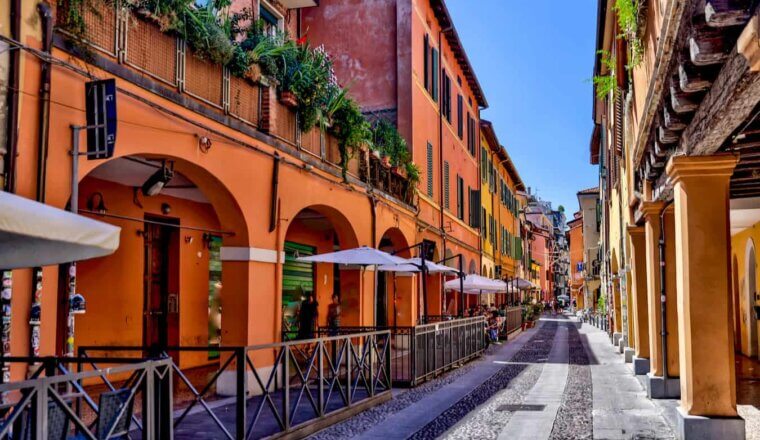
The Best Walking Tours in Bologna

The 6 Best Hotels in Florence
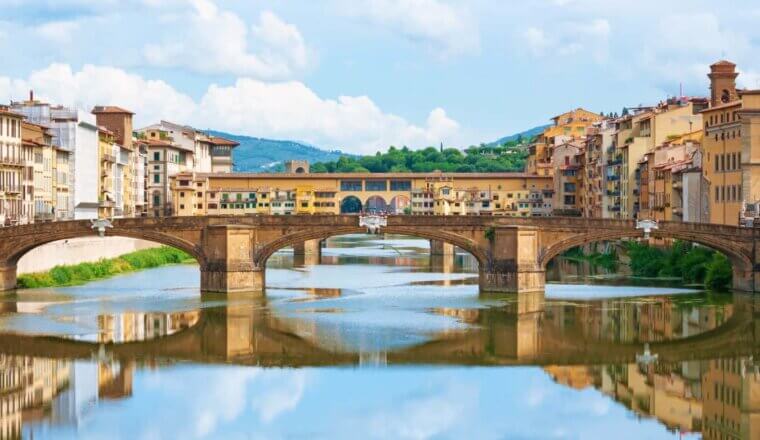
Where to Stay in Florence: The Best Neighborhoods For Your Visit
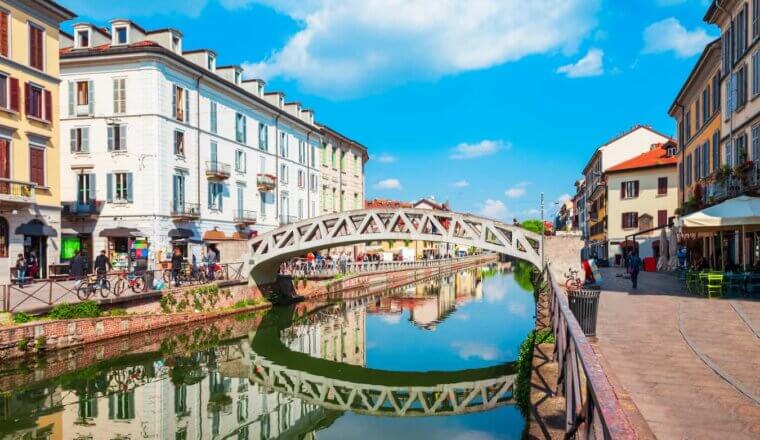
Where to Stay in Milan: The Best Neighborhoods for Your Visit
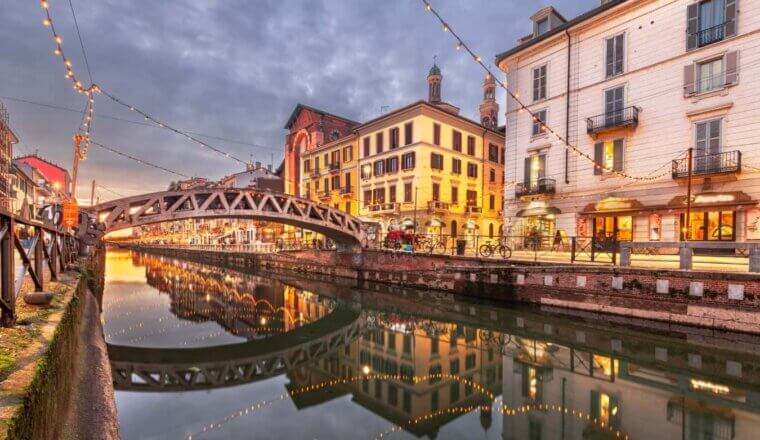
The 6 Best Hotels in Milan
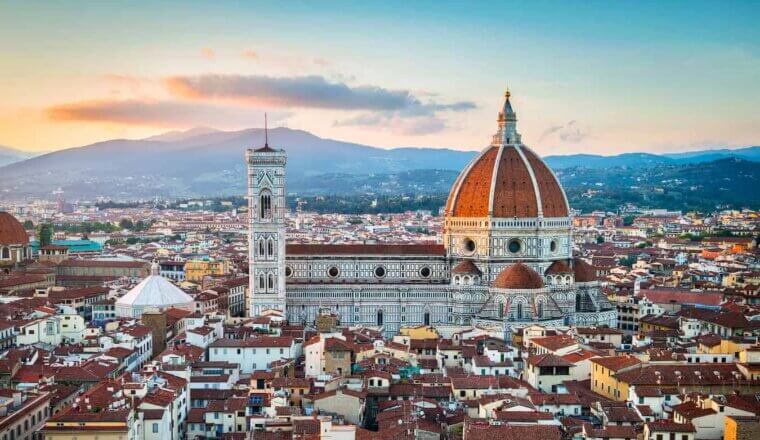
The Best Walking Tours in Florence
Get your free travel starter kit.
Enter your email and get planning cheatsheets including a step by step checklist, packing list, tips cheat sheet, and more so you can plan like a pro!

- Where To Stay
- Transportation
- Booking Resources
- Related Blogs
Maps of Italy
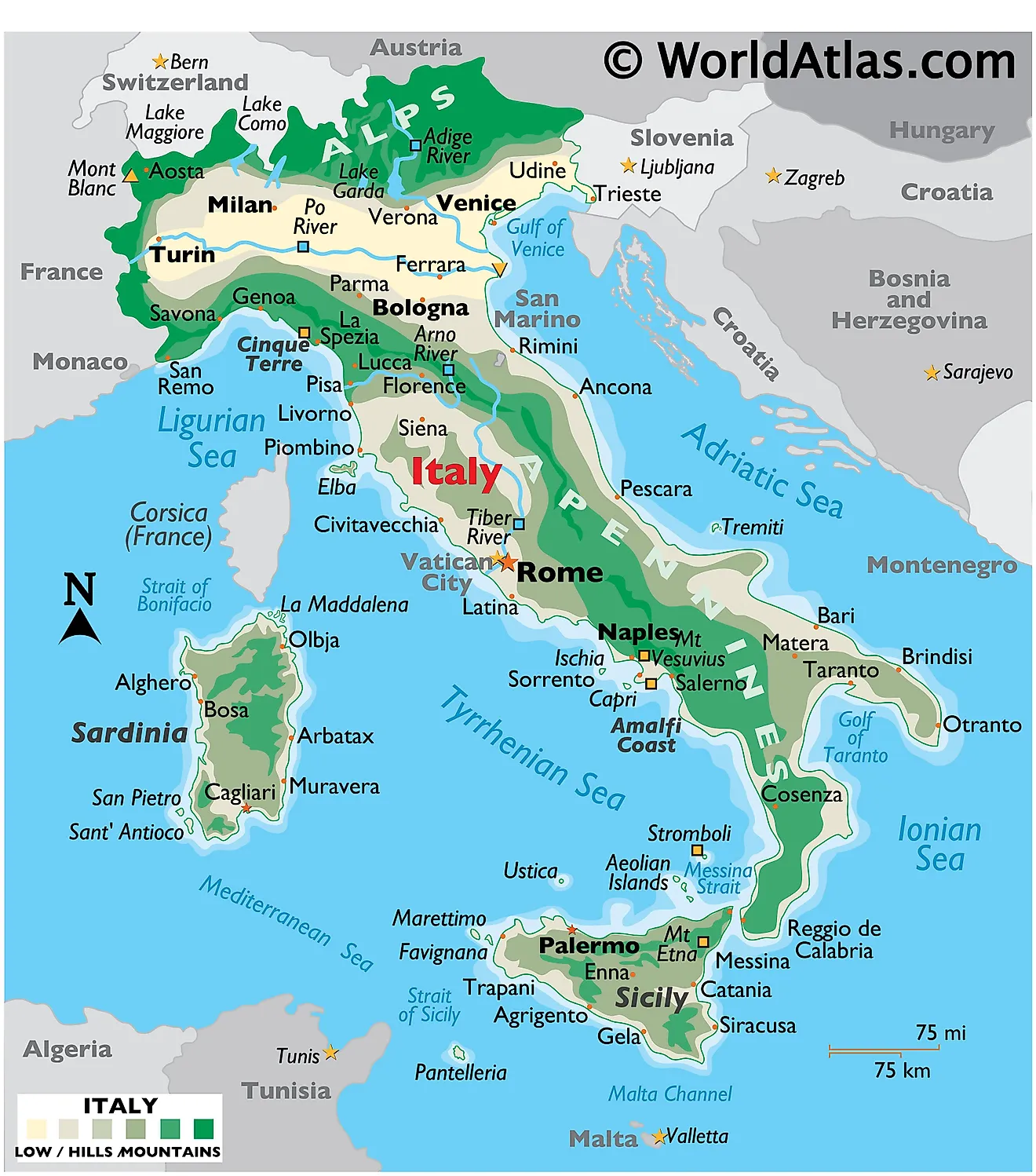
Italy is a sovereign nation occupying 301,340 km2(116,350 sq mi) in southern Europe.
As observed on Italy's physical map, mainland Italy extends southward into the Mediterranean Sea as a large boot-shaped peninsula. This extension of land has forced the creation of individual water bodies, namely the Adriatic Sea, the Ionian Sea, the Ligurian Sea, and the Tyrrhenian Sea.
Varied ranges of the Alps dominate the country's northern reaches, a massive stretch of mountains that extends from France to Austria and then south along the Adriatic Sea. Italy's highest point near the summit of Mont Blanc (or Monte Bianco), a mountain it shares with France, rises to 4,748 m. A yellow triangle marks its position on the map above.
The beautiful and rugged Lake District of northern Italy includes many mountain lakes, with the major ones being Como, Garda and MaggioreThe Po River Valley is positioned directly south of the Alps and runs from Turin to Venice. Rising in the Alps, the Po River is Italy's longest, and the valley it dissects is the country's most fertile farmland.
As observed on the map above, the Apennine Mountains (a range of the Alps) from the Italian peninsula's backbone extend south through Italy, then directly beneath the narrow Strait of Messina to cover much of Sicily. These mountains consist of several chains, and they form the peninsula's watershed, as several rivers rise in the upper elevations, including the Arno and the Tiber.
About 30% of Italy's land area consists of plains with some low, marshy areas, especially along the Adriatic Sea, from Ancona north to Venice. The coastline of the country features numerous large and small bays, as well as gulfs.
The Amalfi Coast south of Naples and the Cinque Terra to the north of Pisa offers some of the most spectacular coastal scenery imaginable as steep rocky slopes rush down to the sea, and tiny villages with colourful houses pack much of the cliffs.
Italy is renowned for its many rugged islands, most volcanic in origin. Significant ones include the large islands of Sardinia and Sicily and the smaller islands of Capri, Elba, Ischia, and the Aeolian Islands group. Much of Italy is volcanic in origin, and today a few of its many volcanoes are active, including Sicily's Mt. Etna, Stromboli in the Aeolian Islands. Volcanologists are constantly monitoring Mt. Vesuvius near Naples, as it has the potential to erupt at any time.
Regions of Italy Map
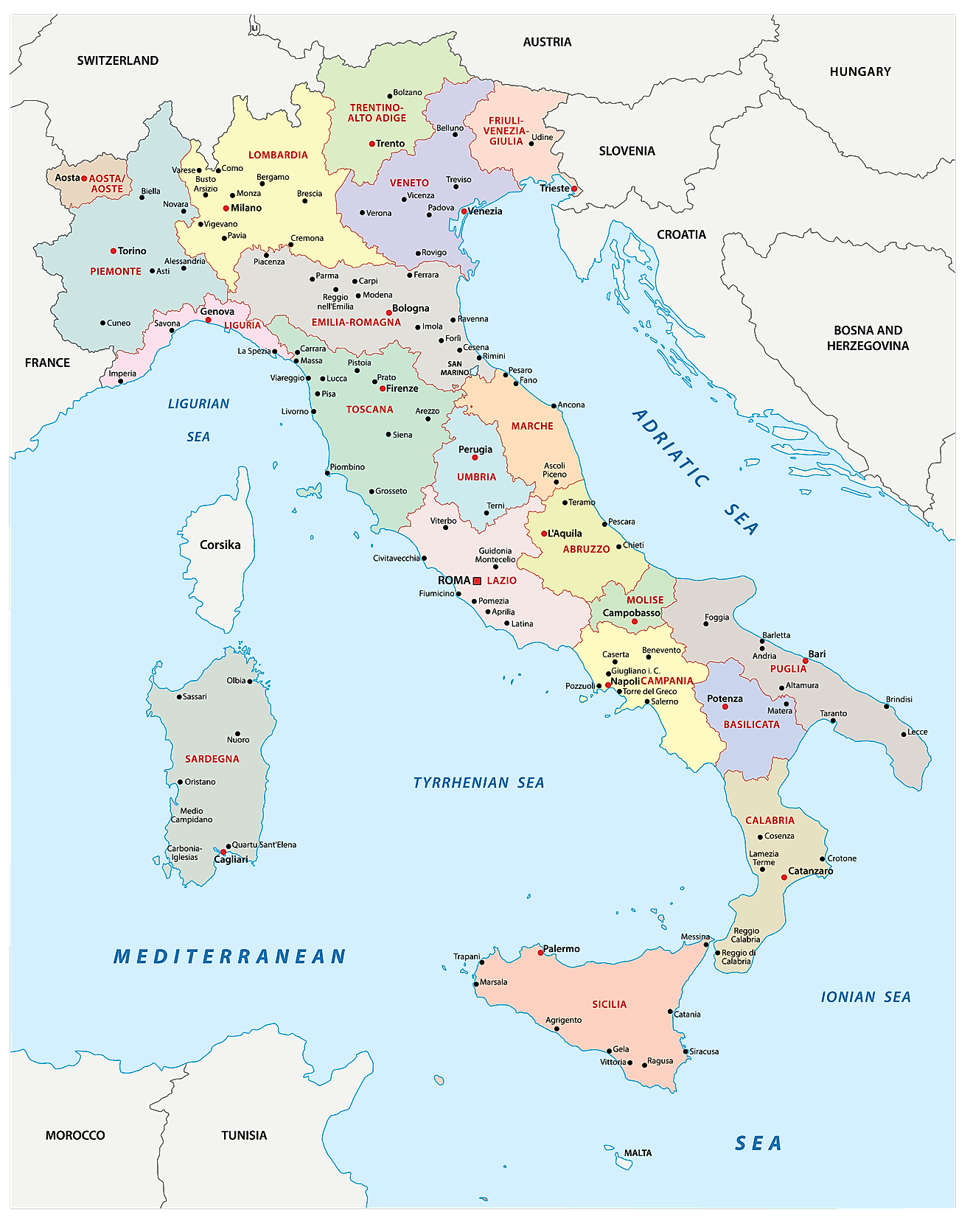
Italy (officially, the Italian Republic) comprises of 15 regions (regioni, singular - regione) and 5 autonomous regions (regioni autonome, singular - regione autonoma). The regions are: Abruzzo, Basilicata, Calabria, Campania, Emilia-Romagna, Lazio (Latium), Liguria, Lombardia, Marche, Molise, Piemonte (Piedmont), Puglia (Apulia), Toscana (Tuscany), Umbria, and Veneto. The autonomous regions are: Friuli Venezia Giulia; Sardegna (Sardinia); Sicilia (Sicily); Trentino-Alto Adige (Trentino-South Tyrol) or Trentino-Suedtirol (German); Valle d'Aosta (Aosta Valley) or Vallee d'Aoste (French).
The regions are further subdivided into 107 provinces, of which 14 are metropolitan cities. The different provinces comprise 7960 municipalities (comuni).
With an area of 301,340 sq. km, Italy is the 3 rd most populous member state of EU. Located in the central-western portion of the Italian Peninsula, along the shores of the Tiber River, Rome is the capital and the largest city of Italy. It is also the country’s most populated city and the 4 th most populous city in EU. Rome is often referred as ‘capital of two states’ – as Vatican City is an independent state within the boundaries of Rome.
Where is Italy?
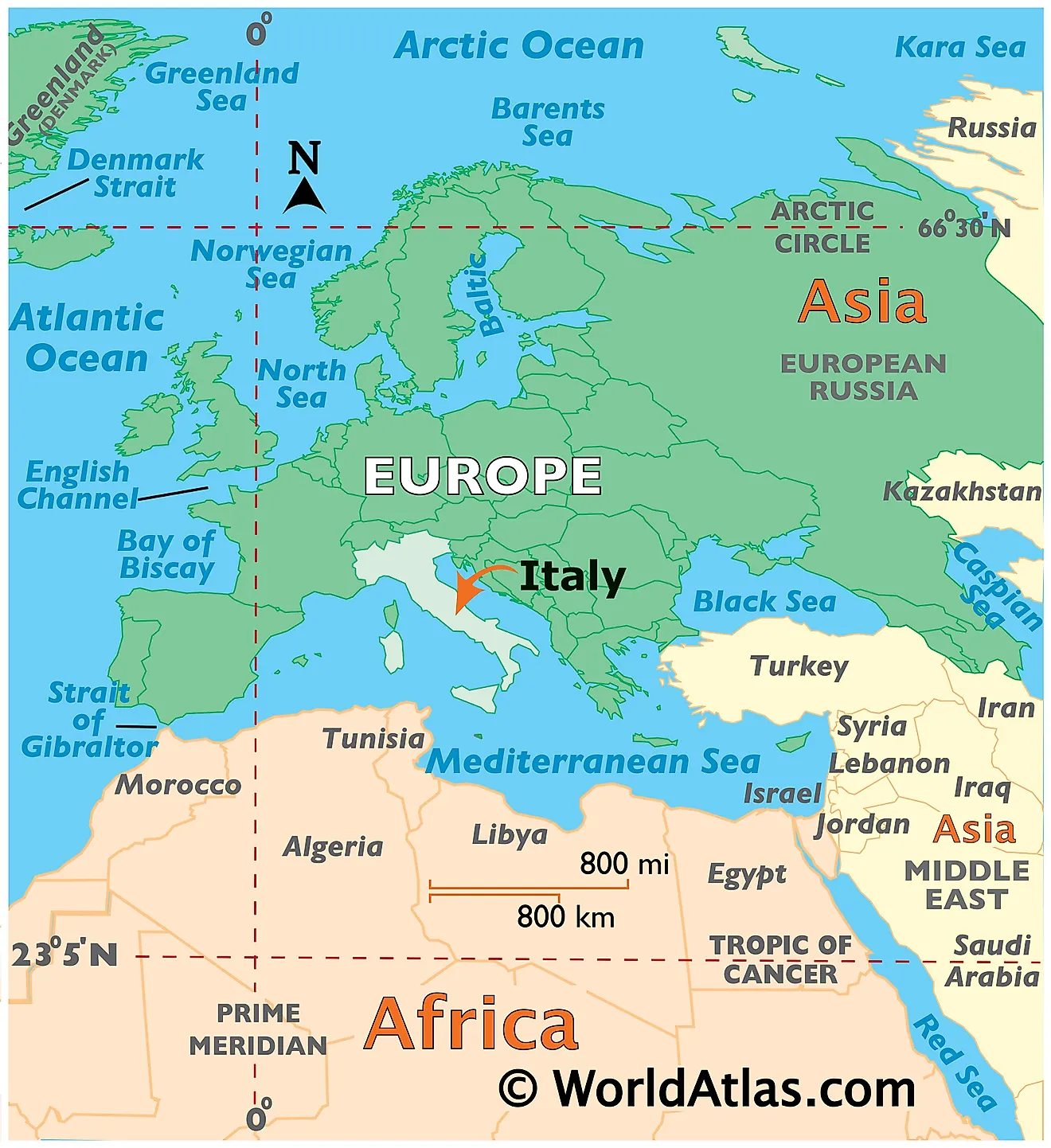
Italy is located in South-central Europe on the Apennine Peninsula. It is positioned both in the Northern and Eastern hemispheres of the Earth. Italy shares its borders with Switzerland and Austria in the north, with Slovenia in the northeast and with France in the northwest. Vatican City and San Marino are the two enclaved sovereign states within Italy. With its southern boundary extending into the Mediterranean Sea, the boot shaped Italian Peninsula is bordered by the Adriatic Sea in the east, the Sea of Sicily in the south, the Ionian Sea in the southeast, the Ligurian Sea, and the Tyrrhenian Sea in the southwest. The two largest Mediterranean Islands -Sardinia is located in the west and Sicily is to the south of Italy.
Italy Bordering Countries : Switzerland , Austria , San Marino , Slovenia , The Holy See [Vatican] .
Regional Maps : Map of Europe
Outline Map of Italy
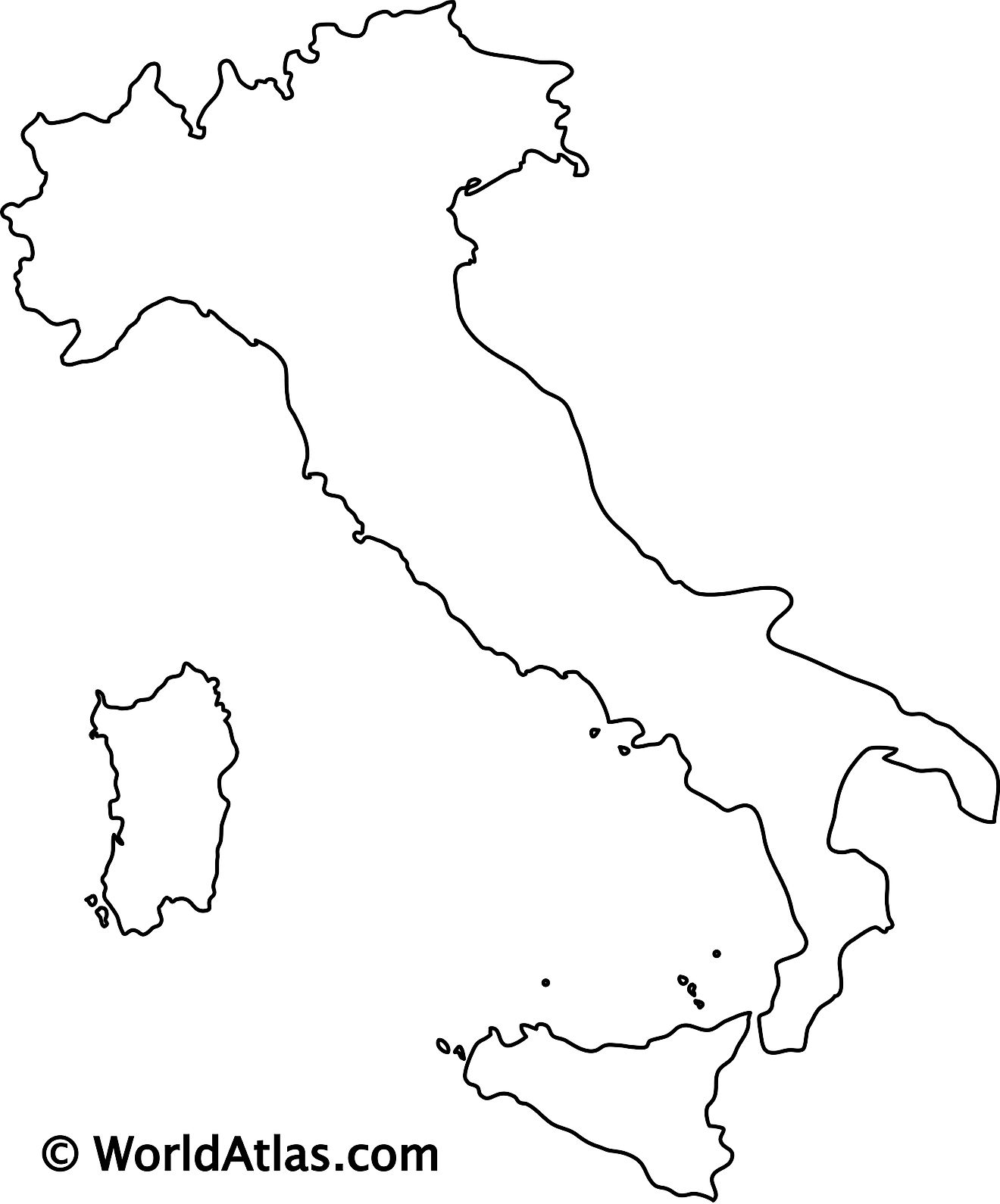
The above blank map represents Italy, a country located in South-central Europe on the Apennine Peninsula. The above map can be downloaded, printed and used for educational purposes like coloring and map-pointing activities.
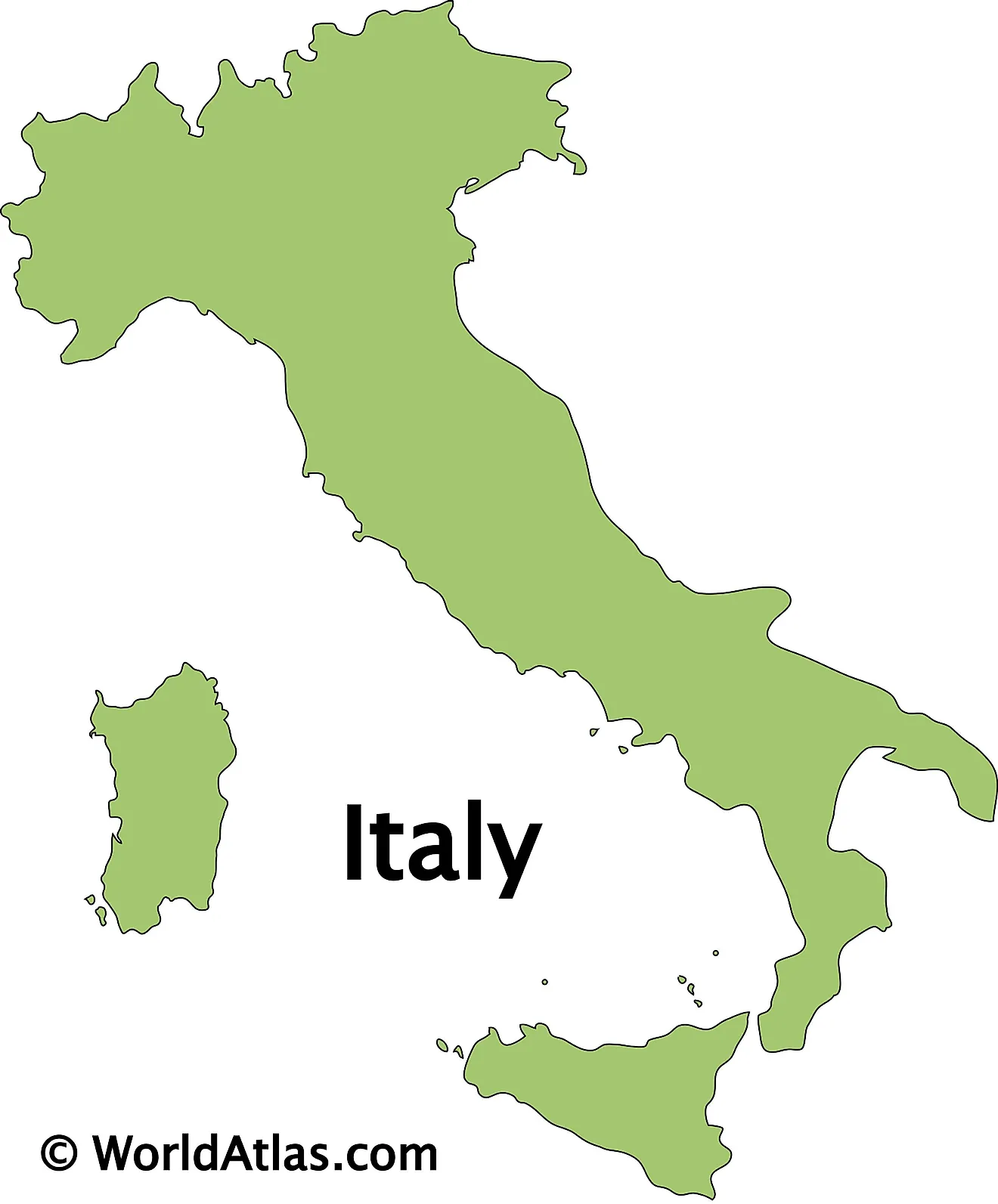
The above outline map represents Italy, a country located in South-central Europe on the Apennine Peninsula. Its distinct shape resembling a large boot-shaped peninsula, makes it easy to recognize on world maps.
This page was last updated on February 25, 2021
Latest by WorldAtlas
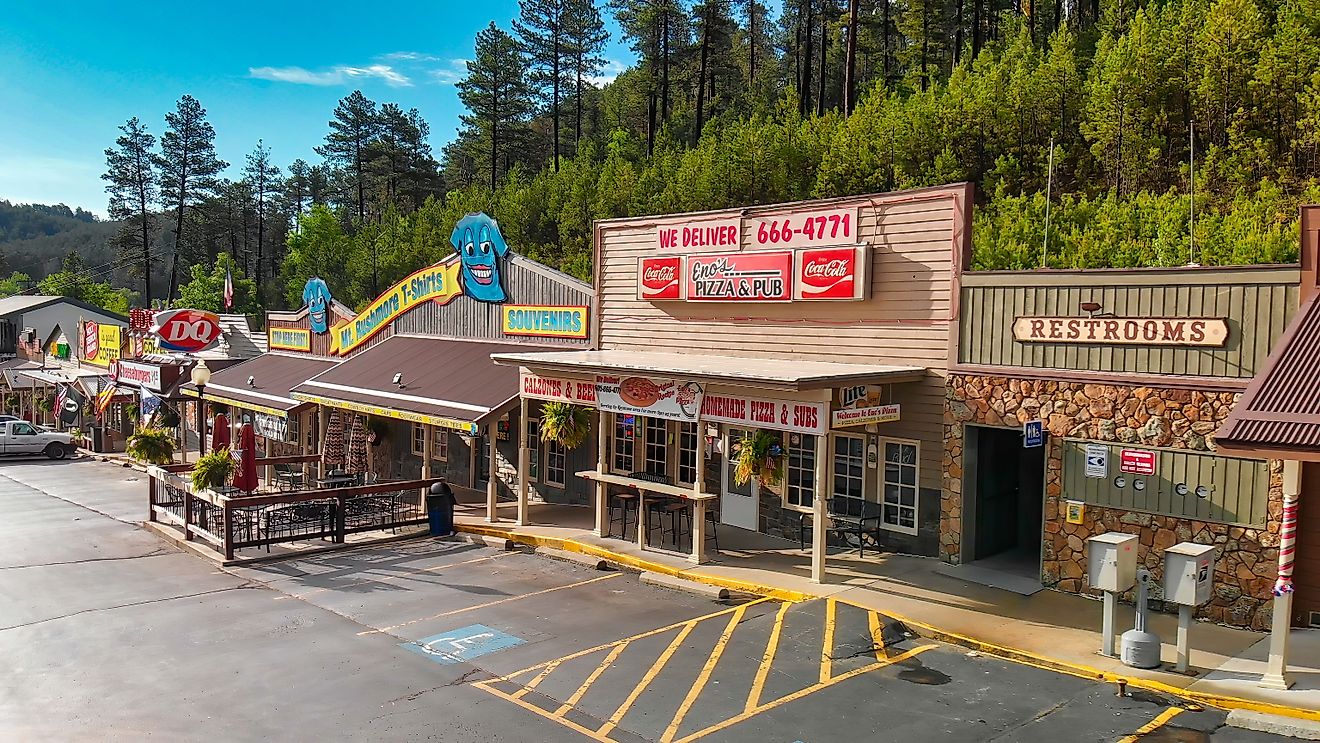
8 Cutest Small Towns In South Dakota To Visit In 2024
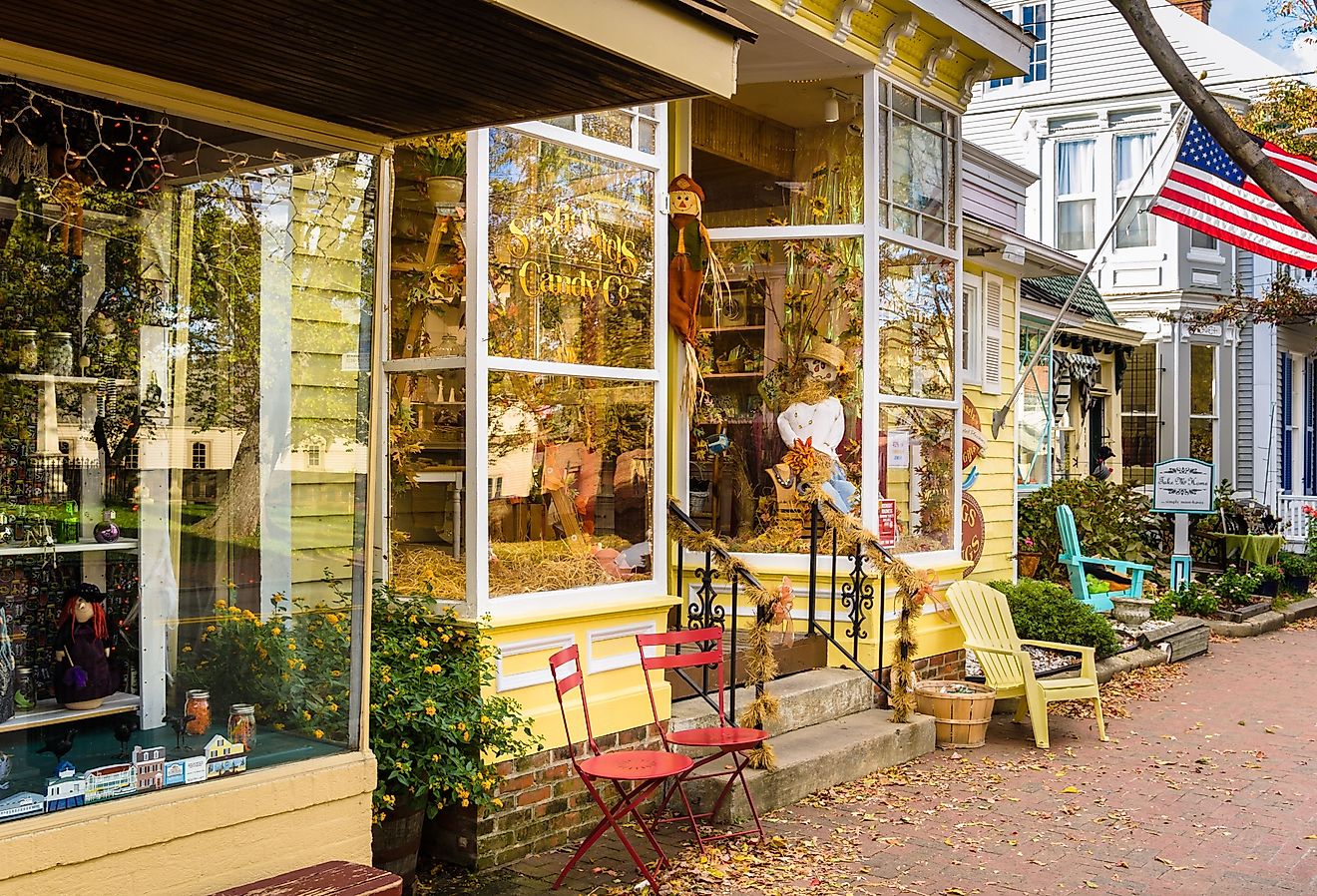
The Best Small Towns in Maryland to Chill Out In 2024
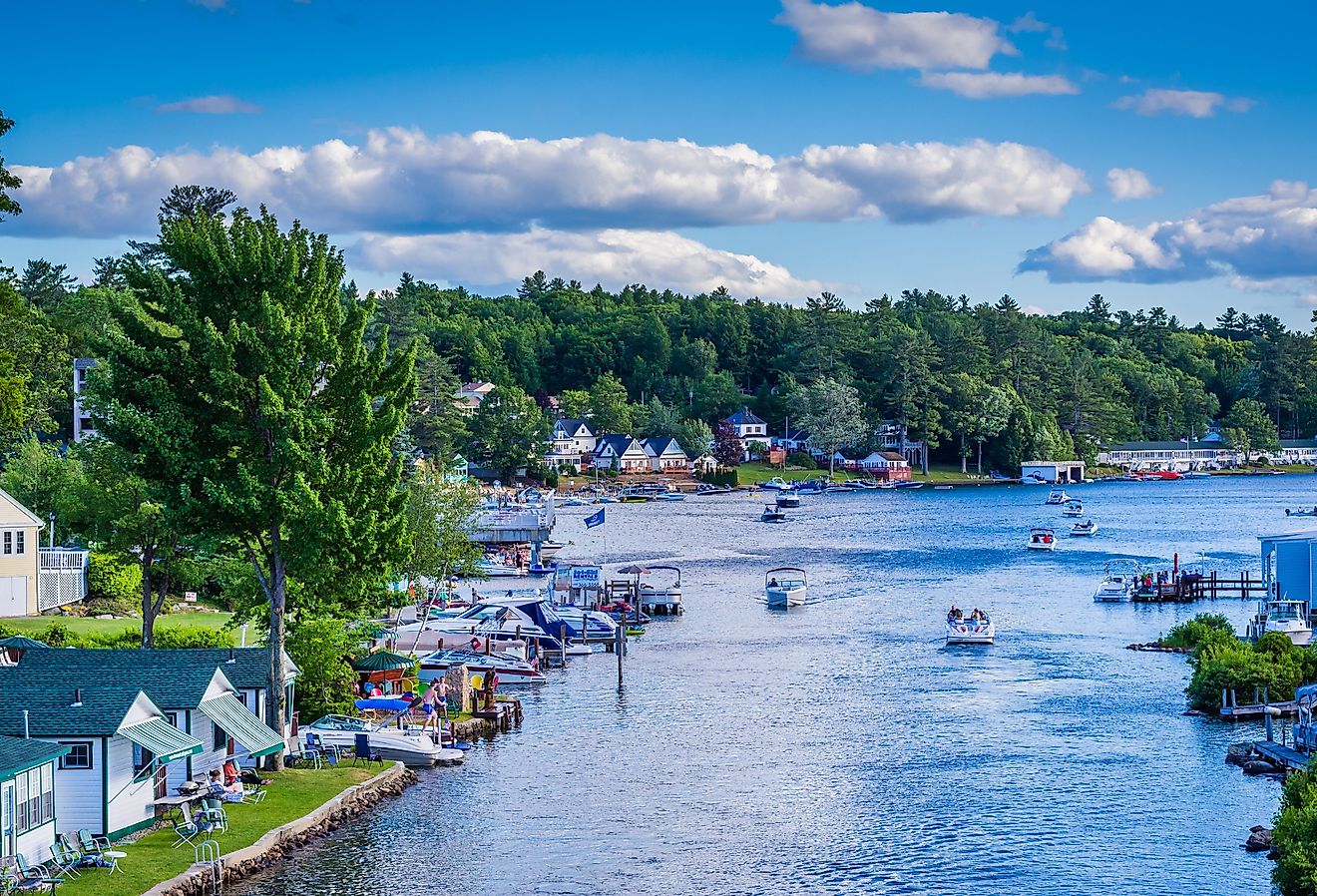
6 Budget-Friendly Towns in New Hampshire for Retirees
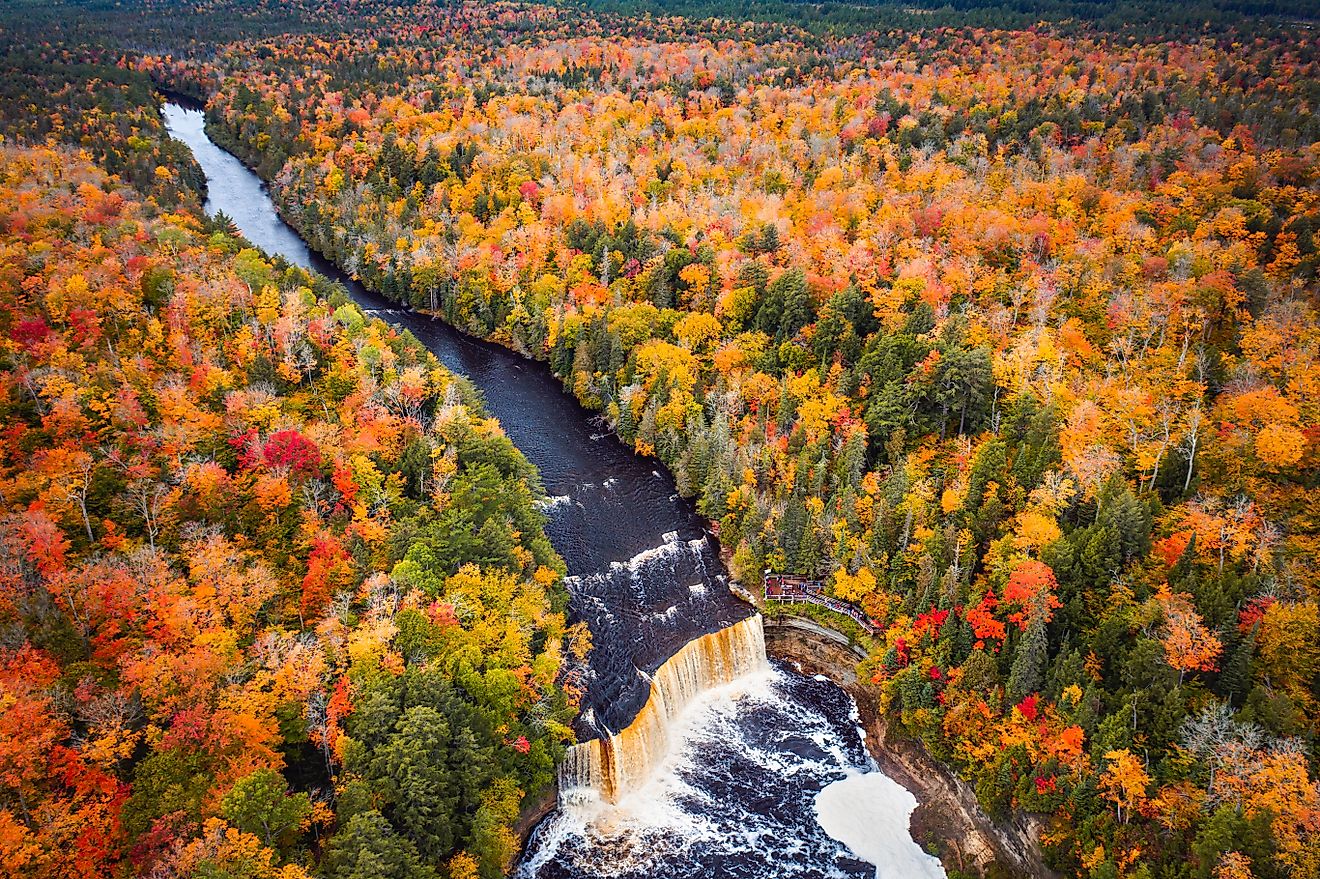
The Best State Parks to Visit in Michigan
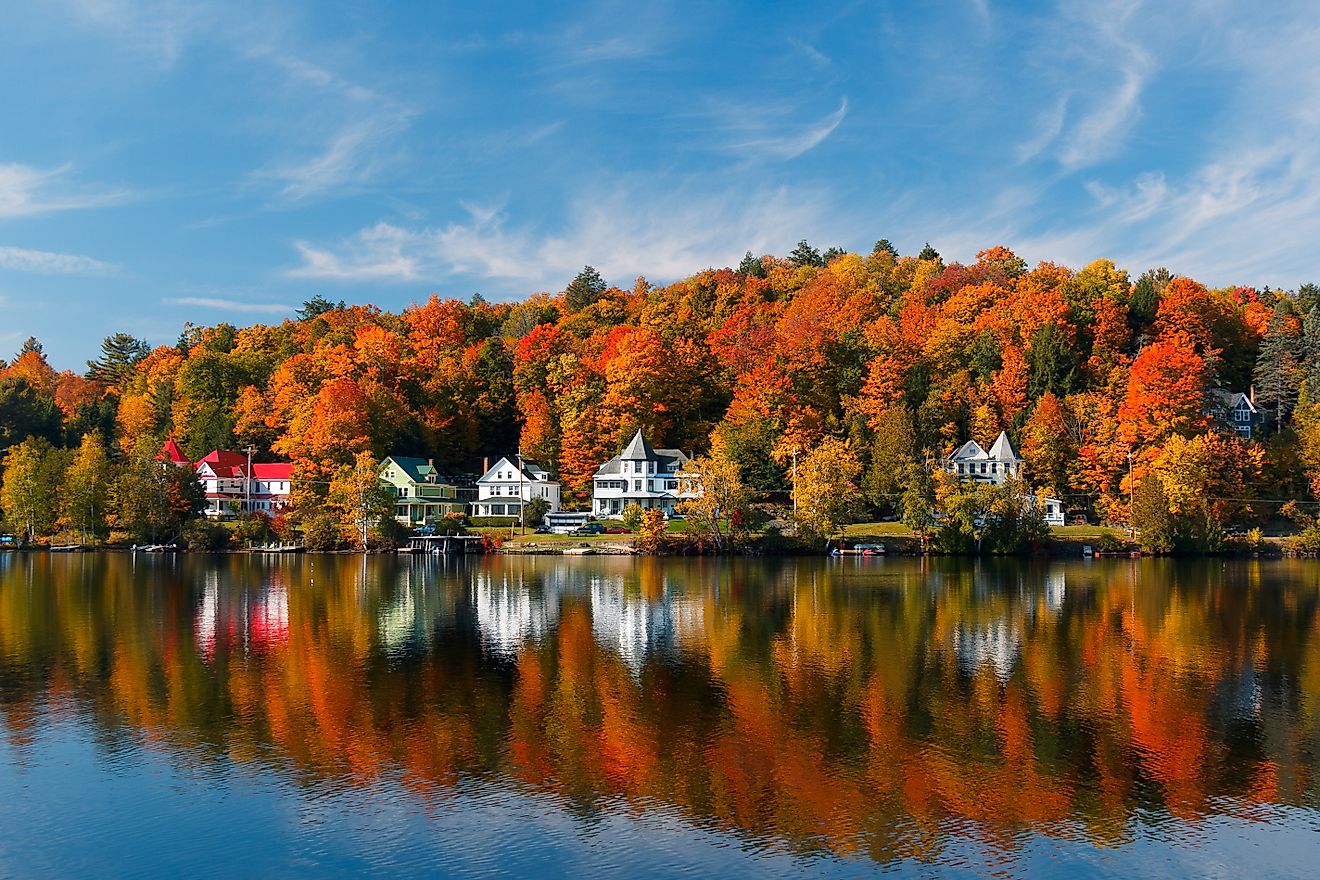
The Adirondack Mountains's Best Small Towns for a Weekend Escape
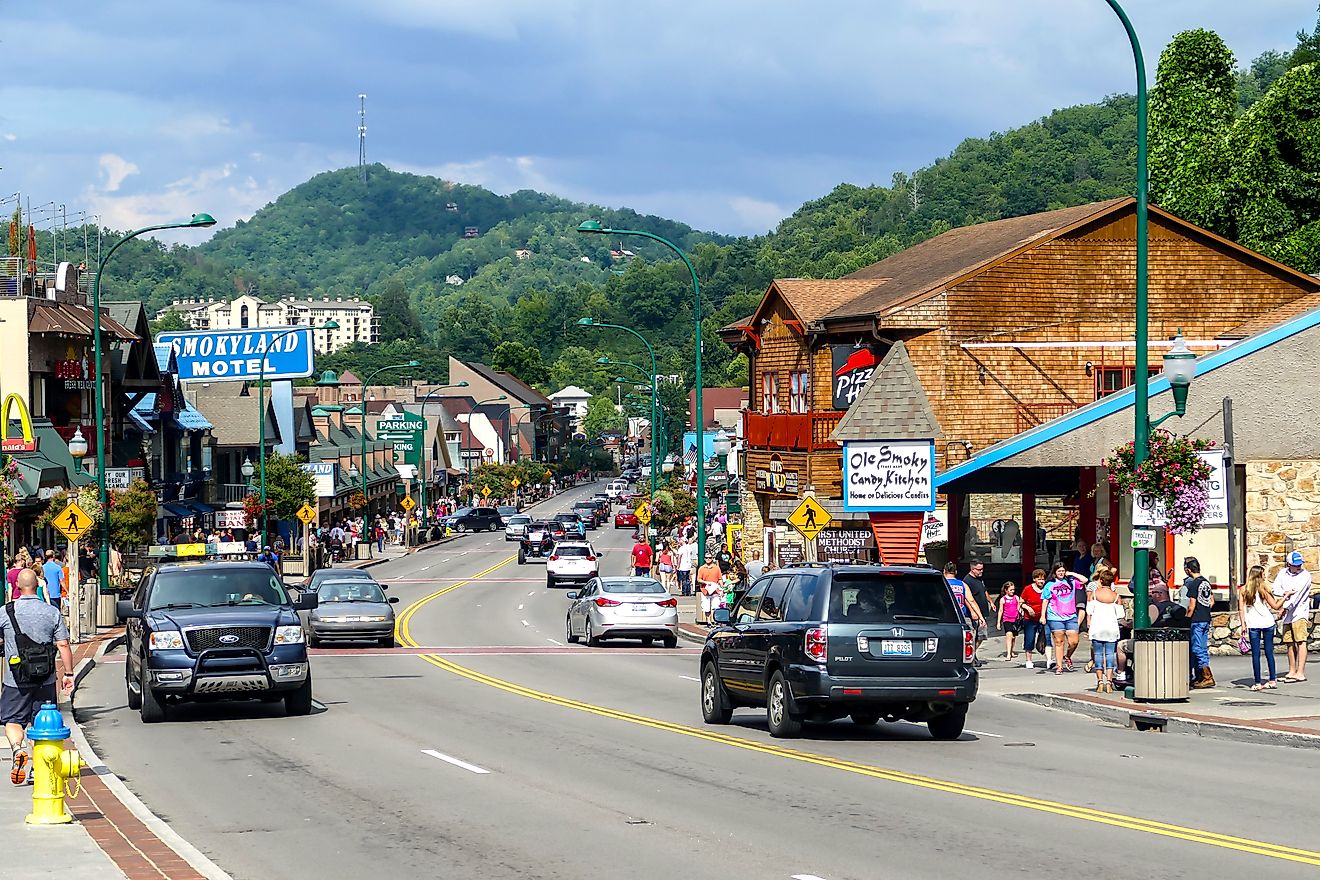
7 Delightful Towns To Visit In Mid-South
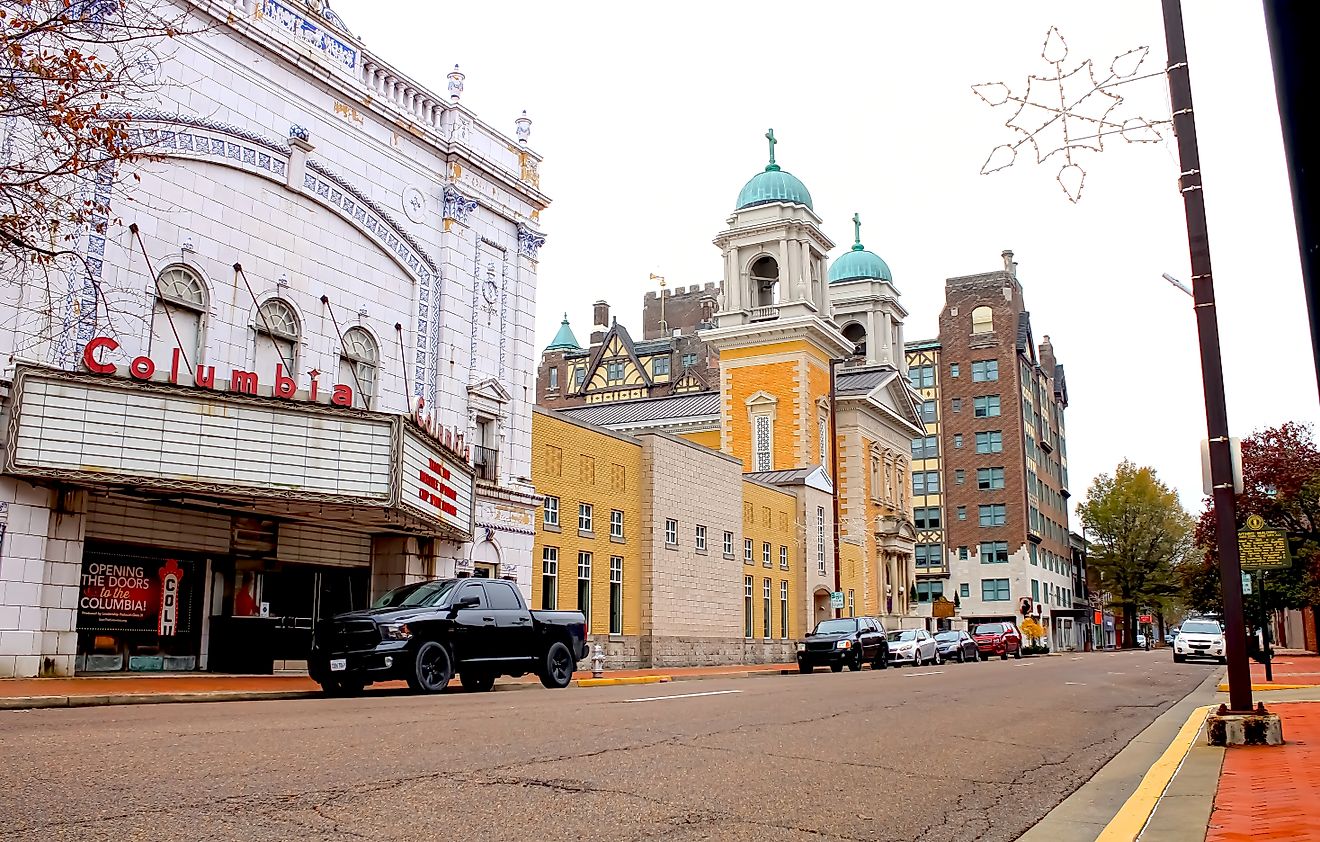
9 Lovely Small Towns To Visit In Kentucky This Summer
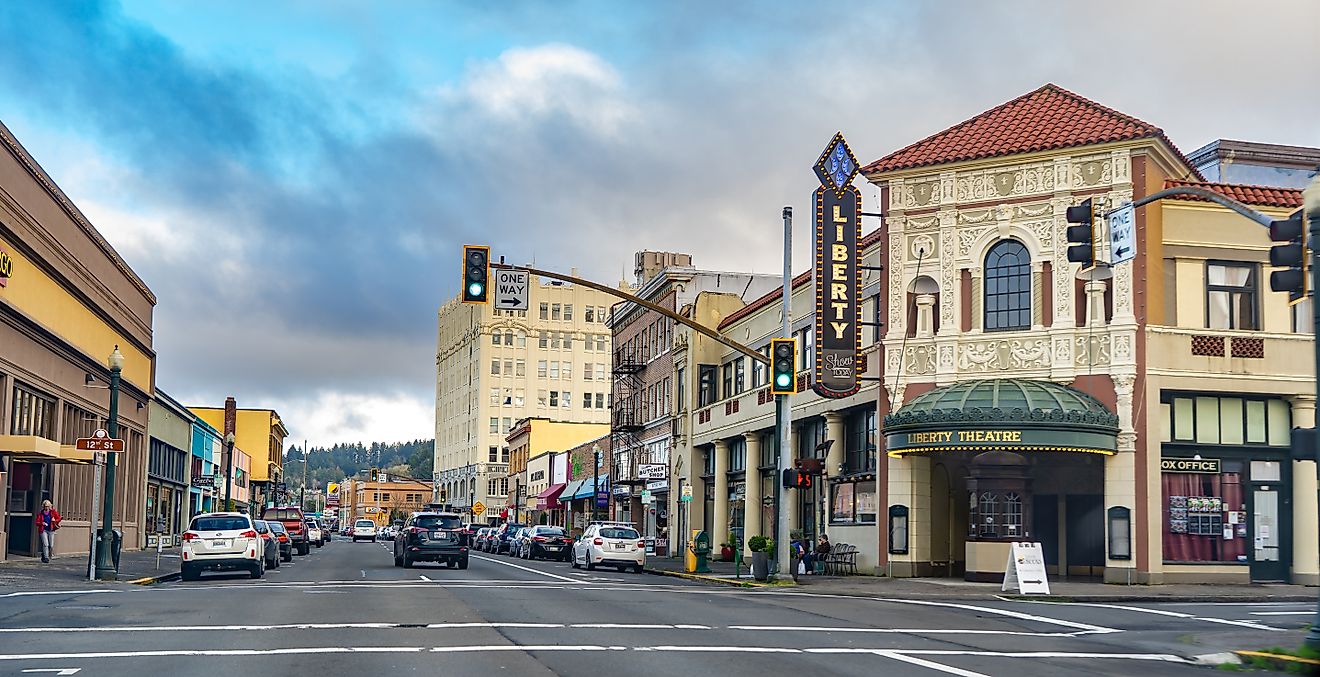
8 Ideal The Pacific Northwest Destinations for a 3-Day Weekend in 2024
I've traveled to many of the most popular spots in Italy. Here are the 4 places I'd return to and the 2 I'd skip next time.
- While working on an Army base in Vicenza, Italy, I got to visit many of the country's hot spots.
- I'd love to return to places like Vicenza, Verona, Florence, and Cinque Terre.
- However, I'm not in a rush to return to Venice or Pisa.

While working on the US Army base in Vicenza, Italy, I had the unique opportunity to visit many of the country's most popular destinations.
After getting a real taste of Italy's varied landscapes and experiences — from swimming in the Blue Grotto to hiking through Cinque Terra — I'm not surprised that Italy is such a popular travel destination . In fact, the country saw record tourism numbers in 2023 .
Still, Italy has 20 regions and many cities to explore. To help you narrow down your options when planning your dream trip , here are the four places I'd return to and the two I'd skip next time.
Vicenza is a charming city with delicious local cuisine.
Because Vicenza was my home base during my time in Italy, I had lots of opportunities to explore the city's offerings. I often found musicians playing their cellos outside and charming cafés where I'd sip a cappuccino.
I loved stopping by one of my favorite restaurants, Regina's, for delicious and authentic Italian cuisine at affordable prices.
I would definitely return to Vicenza again for the great food, warm, welcoming people, and charming atmosphere.
Verona has a lively arts scene.
Verona is home to a gorgeous outdoor opera house called Arena di Verona. Here, patrons can enjoy Italian vocalists, symphonic music, and ballet.
The city is also known as the setting for Shakespeare's "Romeo and Juliet." While in Verona, I loved visiting a popular tourist attraction called Casa di Giulietta (Juliet's House), which celebrates Shakespeare's fictional character, Juliet Capulet.
There are lots of things to do in Florence.
Florence is best known for Michelangelo's "David," which is located in the Accademia Gallery of Florence. Although I'd seen pictures of this iconic sculpture over the years, it was breathtaking to see in person.
The cathedrals in Florence are gorgeous, but if you'd like to visit, be mindful of the dress code. For example, bare legs and shoulders, sandals, hats, and sunglasses are not permitted inside Santa Maria del Fiore.
Cinque Terre is the perfect place for hiking and swimming.
Cinque Terre is a string of five small seaside villages in northwest Italy. The area has 48 different hiking trails connecting the five villages.
In addition to hiking, the coastline is a perfect place for swimming and enjoying the area's popular beaches.
For these reasons and more, Cinque Terre is a spot I'd definitely like to return to.
Venice is a gorgeous city, but I probably wouldn't go back.
Known for its gondola rides and iconic waterways, Venice is undoubtedly a beautiful city. However, I found it to be overpriced and overcrowded.
In fact, in an effort to combat over-tourism, the city recently imposed an entrance fee of 5 euros ($5.40) for some day-trippers traveling to Venice at certain parts of the year.
Next time I'm in Italy, I'd rather explore new places or visit some of my favorite cities again.
Next time I visit Italy, I'll skip Pisa.
Pisa is a quaint city best known for its beautiful leaning tower, which can get crowded with tourists .
However, aside from viewing the tower, I found there wasn't much else to do. For that reason, I probably wouldn't go back to Pisa.
- Main content

10 Rome Apps to Download Before You Go to Italy
B ack in the day, tourists had to lug around guidebooks and phrasebooks while looking like idiots gawking at outstretched maps and wandering aimlessly trying to find their way or a decent place to eat. While it still may be easy to pick out the tourists , at least you don’t have to haul all that gear. Now all you need is a smartphone and these Rome apps (and perhaps an extra battery pack.)
Even if you turn off your voice and data roaming while over seas, your smartphone can still be handy for more than just a camera when traveling. I have a number of mobile apps that I recommend when traveling internationally, but here some specific Rome apps to download before you leave on your trip.
Make Sure you Download These Rome Apps
Google maps.
I used to always download the local metro and maps apps when I traveled internationally, but recently I’ve found that Google Maps works just fine. In addition to driving and walking directions, the public transportation options are spot on and can be helpful in letting you know which platform to take, how many stops to go, etc.
There are times when I prefer Apple Maps for walking directions, as they can be a bit more descriptive. The key to either is to download maps to use offline if you plan on leaving your phone in airplane mode or turning off your data roaming.
Google Translate
As prevalent as English is in a modern city like Rome, it is still helpful to have Google Translate in your back pocket. This is helpful in scanning menus and signs using the camera function and overcoming language barriers with locals using the microphone. Just make sure you download the Italian dictionary before you go so that it is available offline and remember that the translation isn’t perfect!
Learn Italian
Learn Italian is an Italian phrases app. There are many on the app store and whichever one you go with, just make sure you pick one that operates offline and you download the content before you go (if needed.) I like to have a phrases app because it makes it easier to quickly look up common words and phrases based on different settings (restaurant, hotel, medical, greetings, etc.) This way the few words you need are easy to review and learn right before you need them.
For language learning before the trip, I use DuoLingo Italian and I’m on a streak of over 2 years!
Rick Steve’s Audio Europe
I’m a big fan of Rick Steve’s podcasts and guidebooks and his Rick Steve’s Audio Europe app offers guided walking tours of popular attractions in Rome like the Colosseum, Forum, Jewish Ghetto, Pantheon, St. Peter’s and the Sistine Chapel, Trastevere, and the Heart of Rome. So if you don’t want to hire a tour guide, this might be the next best thing.
The LivTours app from one of my favorite tour companies offers an overview (with a map) to some of Rome’s popular or more off-the-beaten-path attractions. You can find attractions or shops, filter by points of interest, and learn the history of each attraction.
The real wow factor is with their virtual reality features, which can only be unlocked when you are on one of their tours.
While you can use Uber in Rome, it will cost you more as only Uber Black is available. If you prefer to take a taxi, you usually have to find a local taxi stand or ask the restaurant to call one for you. Now, consumers have a little more control and you can call a taxi using Free Now. You need to download the app and set up an account (so maybe you prefer to pay the Uber premium for simplicity.)
This app can also help you locate and rent e-scooters. Another app that I use to set up airport transfers is Welcome Pickups .
If you use OpenTable in the United States, you can also try that in Rome, but you might find more options on its sister platform, The Fork . You can read reviews, sort by price, type, or neighborhood, and book reservations online.
If you enjoy fine dining, you can also download the MICHELIN Guide app to find and sometimes book Michelin star restaurants.
Italian Menu Decoder
Italy is probably one of the easier countries to travel to because most of us are fairly familiar with the menu. However, sometimes if you want to avoid foods like tripe or just get a better understanding of what something is before you order, download the Italian Menu Decoder . Someday I’ll have to tell you the story of how an app like this would have saved my husband a lot of embarrassment in France! This app provide an alphabetical index of foods and their descriptions so you can decide if that is really what you want to eat or not.
Acea Waidy WOW
Rome has public water fountains throughout the city so instead of buying bottles of water, you can bring along a refillable bottle and this app can help you find where to fill it. The digital map on Acea Waidy WOW includes the location of 3,000 public fountains. Other apps include I Nasoni di Roma and Fountains in Italy.
There may not be a lot of free public restrooms in Rome, but to find them, you can use the WC Rome app. There are also other apps such as Flush Toilet App and Whizzier.
Save this to Pinterest
The post 10 Rome Apps to Download Before You Go to Italy appeared first on We3Travel .


IMAGES
COMMENTS
As a general rule, for a 3-5 day trip we suggest choosing one destination - a city or region. If you have a week to 10 days then you can plan 1-3 places in either the north OR south of Italy. In a two week trip you could cover 3-4 places and see both north and south. Try not to squeeze too much in.
With Wanderlog's mobile travel planner on Android and iOS, access and edit your trips wherever you go — even while offline. 4.9 on App Store, 4.7 on Google Play. Keep your places to visit, flight/hotel reservations, and day-by-day itineraries for your trip to Italy in our web and mobile app vacation planner.
A car is most helpful for exploring the hill town regions and the Dolomites. Major car-rental agencies have offices in many towns. Day 1: Arrive in Milan (sleep in Milan) Day 2: Milan to Lake Como (sleep in Varenna) Day 3: Lake Como (sleep in Varenna) Day 4: To the Dolomites via Verona (sleep in Bolzano or Castelrotto)
Day 8: Florence to Venice & explore Venice. The second part of this 2-week Italy itinerary takes you to northern Italy. The next stop is Venice, just about 2.5 hrs from Florence by train. Venice is one of the most unique cities in the world and so no Italy trip itinerary would be complete without visiting here!
Planning Your Trip. Best Time to Visit: The best months to visit Italy depend on your preferences as a traveler. Springtime and early summer—April, May, and June—sees gorgeous weather, mostly mild temperatures and crowds that range from moderate to dense.
Tuscany Maps. Italy's largest region is the most popular. There's a lot of diversity in Tuscany, from the seaside resorts, luxurious spas, rustic mountain villages, and cities full of Renaissance art. Discover it with our Tuscany Guide. Inside Tuscany is the Val d'Orcia, a very compelling place to spend a week of your Italian vacation.
Italy Travel Maps. Unlock Italy's treasures with our detailed travel maps. Navigate the iconic cities, savor local cuisine, and find cozy accommodations effortlessly. Our maps are your trusted guides to Italy's best attractions, eateries, and hotels, ensuring you make the most of your Italian adventure.
Trip Planner - Italy. Easily plan your trip based on your preferences, budget, and style. Plan your trip with RoutePerfect's AI and optimize it by using RoutePerfect's crowdsourced database, based on proven and enjoyable, well-crafted itineraries of thousands of travelers. Explore Italy's famous cities, roam through its cobblestone ...
The Ultimate Italy Road Trip Itineraries: Routes, Sights, Guides, Maps And More. Last Updated: May 21, 2024. From the stunning scenery of Lake Como and the culture, art and beauty of Florence and Rome, to the epic views along the Amalfi Coast and traditional Italian towns of Puglia, this Italy road trip has it all!
Here's an estimate for two people weekly in Italy: Budget Trip: For a budget-style trip for two, plan to spend $1000 to $2000 weekly. This covers stays, meals, transport, and some attractions. Opt for budget lodgings, pizzerias, street foods, simple trattorias, and public transport.
Como Lake Tourist Map. Best Italian Agriturismi. Margherita di Savoia Salt Pans. Uriezzo Gorges (Baceno, Piedmont) Brent de l'Art (Borgo Valbelluna, Veneto) Cinque Terre Express. Trenino Verde (Sassari-Palau) Bernina Express. Discover Italy's best tourist attractions and top sights through our map!
Technically, I could list each of the five villages of Cinque Terre separately here (in order: Monterosso al Mare, Vernazza, Corniglia, Manarola, and Riomaggiore), but even though they are technically separate places, Cinque Terre as a whole is one of the best travel destinations in Italy.
The short answer is anytime. Spring and fall are best for sightseeing, touring and seasonal food. It's warm without being stifling and nature is in full color. But with the glorious blue-sky weather come crowds and high-season prices in the main cities. Summer sees cities empty as holidaymakers head to the coast.
Discover Aosta Valley, the land of Fontina Cheese, Roaming Ibex, and Medieval Castles. Aosta Valley (Valle d'Aosta) is Italy's smallest region. Surrounded by Europe's highest peaks and snuggled between France, Switzerland, and Piedmont (Italy), Valle d'Aosta is the ultimate destination for mountain lovers.
This 11-day Italy itinerary covers top attractions in Rome, Florence and Northern Italy. You can Get an Italy route map and insider tips on attractions, hidden gems, transportation, booking, and respecting local culture. It is your complete guide to planning a dream trip to Italy.
Find local businesses, view maps and get driving directions in Google Maps.
The MICHELIN Italy map: Italy town maps, road map and tourist map, with MICHELIN hotels, tourist sites and restaurants for Italy
Italy Travel Guide. Last Updated: June 3, 2024. Italy is one of Europe's most iconic and popular destinations. Home to incredible food, fabulous wine, tons of ancient ruins, undying romance, and picturesque landscapes, it should come as no surprise that this is one of the most sought-after travel destinations in the world.
Outline Map. Key Facts. Flag. Italy is a sovereign nation occupying 301,340 km2 (116,350 sq mi) in southern Europe. As observed on Italy's physical map, mainland Italy extends southward into the Mediterranean Sea as a large boot-shaped peninsula. This extension of land has forced the creation of individual water bodies, namely the Adriatic Sea ...
Air Serbia, Aeroflot Russian Airlines, and Turkish Airlines fly from Moscow Sheremetyevo (SVO) to Bari (BRI) twice daily. Alternatively, you can take a bus from Severnye Vorota Bus Terminal to Termini via Minsk Central Bus Station, Warszawa, Dworzec Zachodni, Roma, Autostazione Tiburtina, and Staz.Ne Tiburtina in around 2d 3h. Rome2Rio's Travel ...
Here are the 4 places I'd return to and the 2 I'd skip next time. Florence was one of the many cities I visited in Italy. Catarina Belova/Shutterstock. While working on an Army base in Vicenza ...
Acea Waidy WOW. Rome has public water fountains throughout the city so instead of buying bottles of water, you can bring along a refillable bottle and this app can help you find where to fill it ...
Find all the transport options for your trip from Italy to Moscow right here. Rome2Rio displays up to date schedules, route maps, journey times and estimated fares from relevant transport operators, ensuring you can make an informed decision about which option will suit you best. Rome2Rio also offers online bookings for selected operators ...
From a practical point of view, travel between the two countries can be difficult. I understand the Russians who traveled in the US this past winter had to go to the US Embassy in the country of Georgia to get visas because the Russians expelled American embassy personnel. If you do travel to Russia, you may be on your own.
Take your next trip with Atlas Obscura! ... Italy 44.2293, 11.0546 View on Google Maps . Nearby. Rocchetta Mattei. 0.48 miles. Grotte di Labante. 2.34 miles.